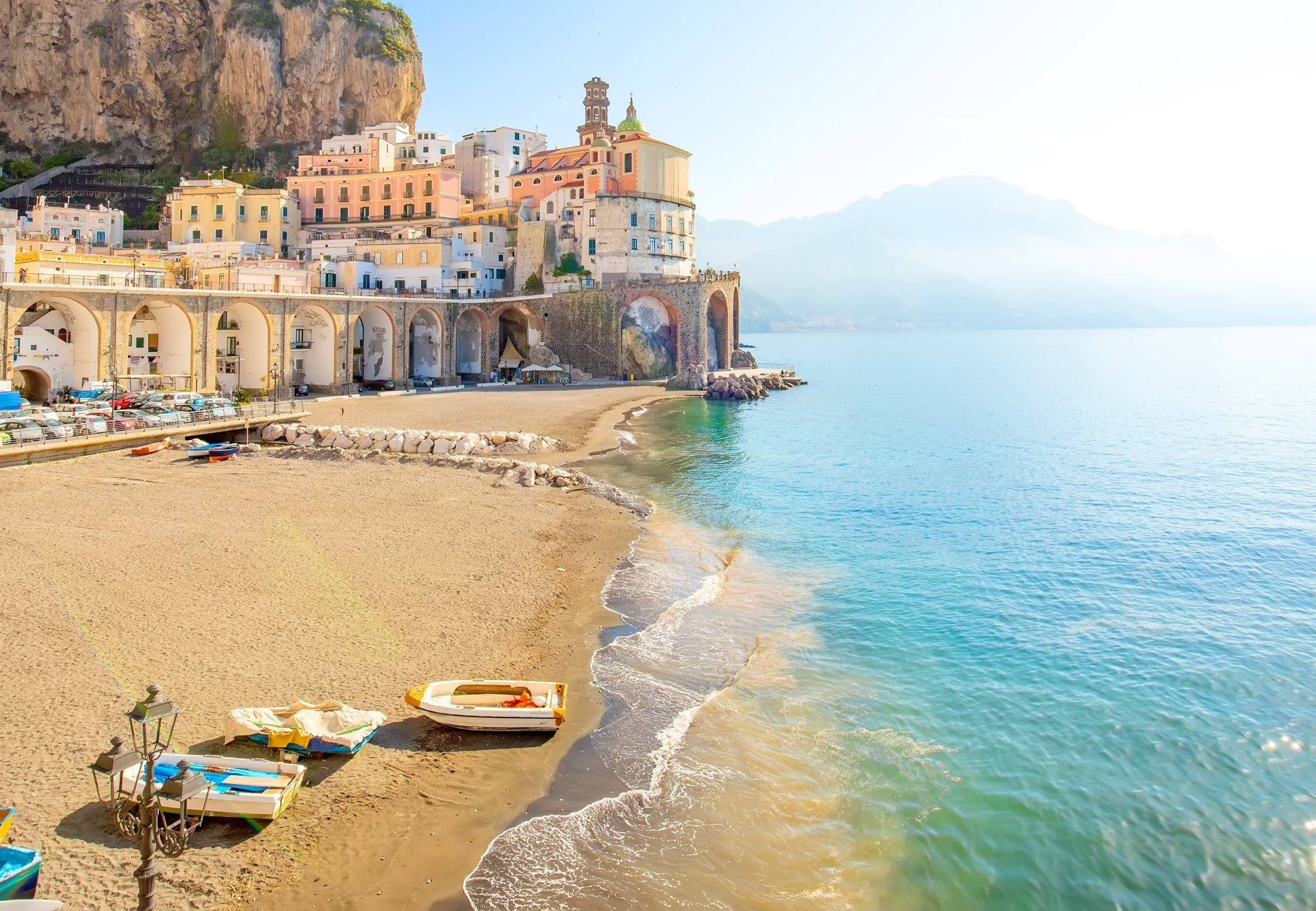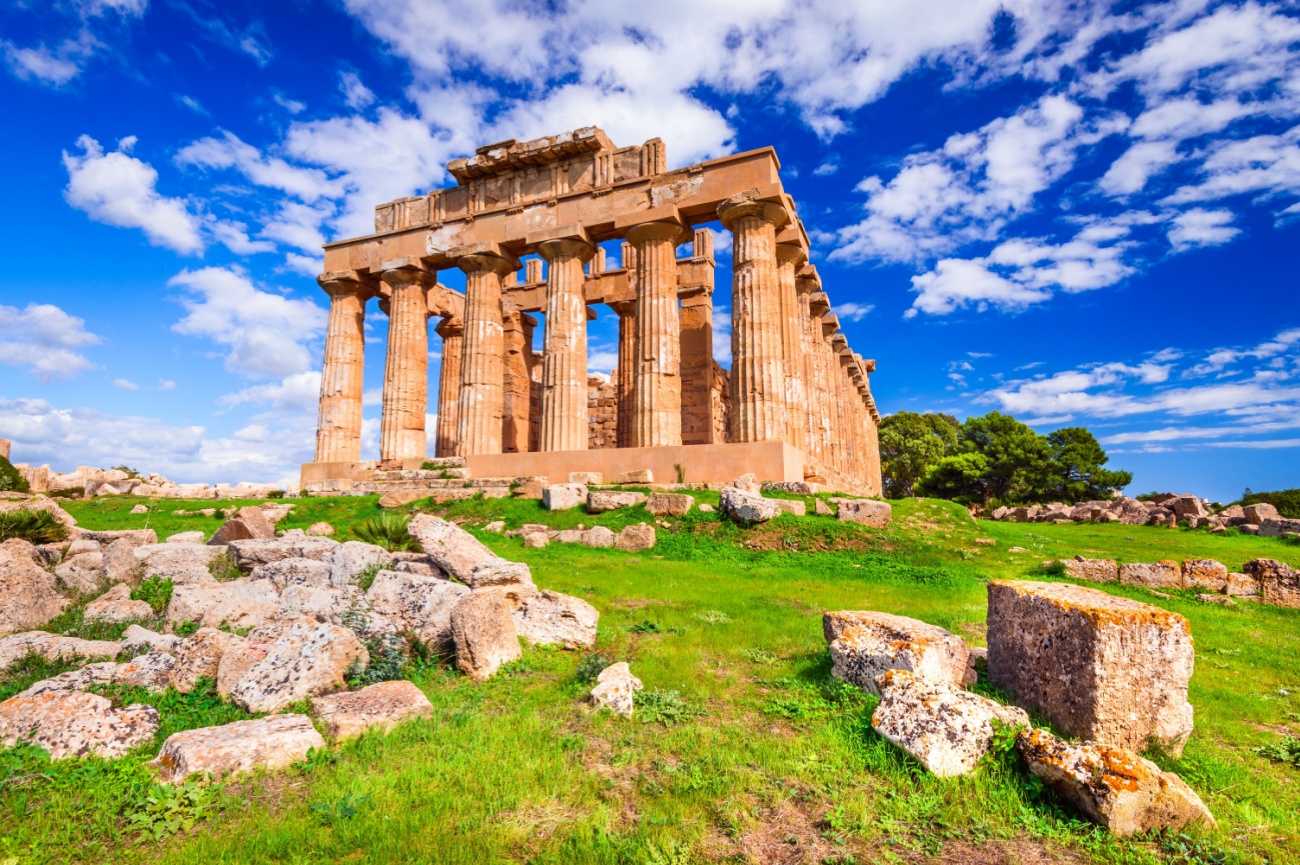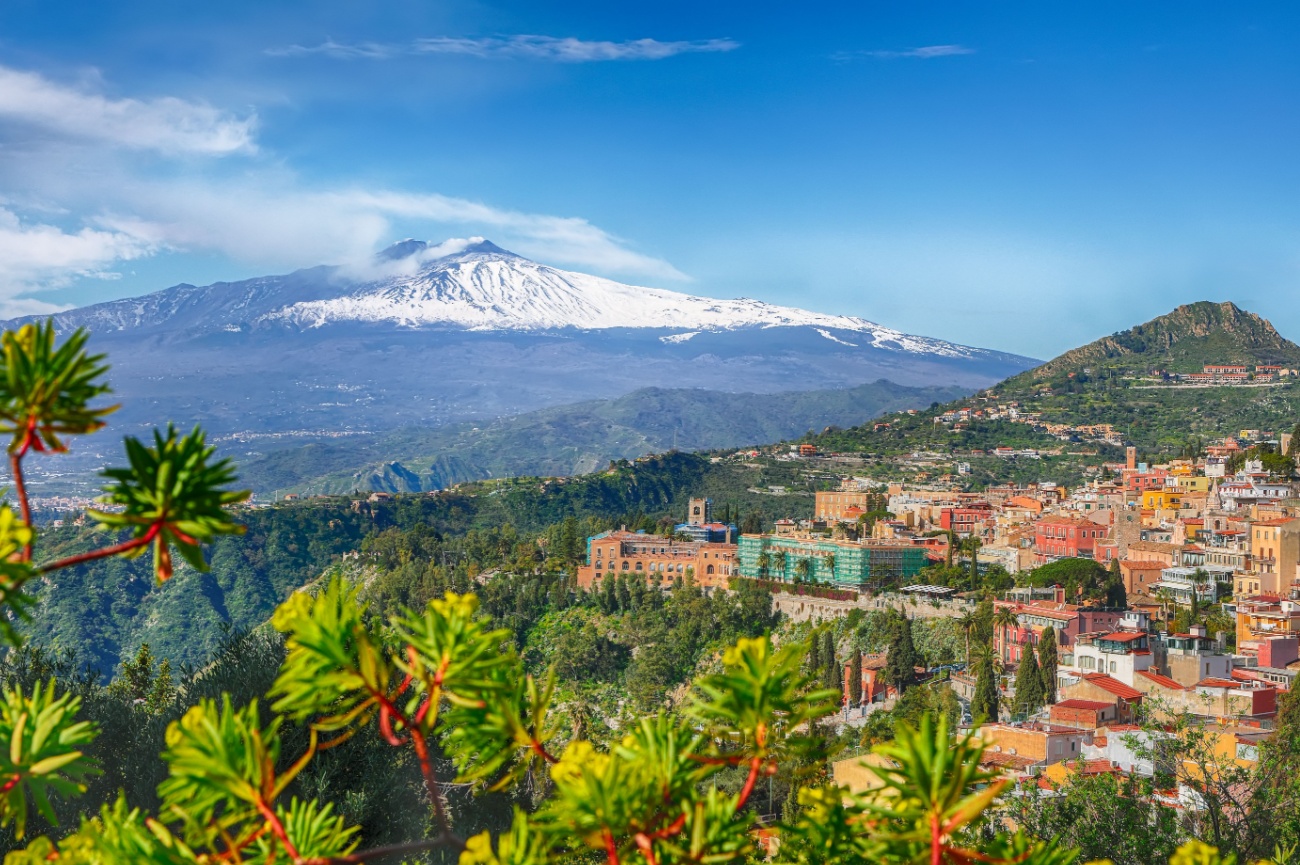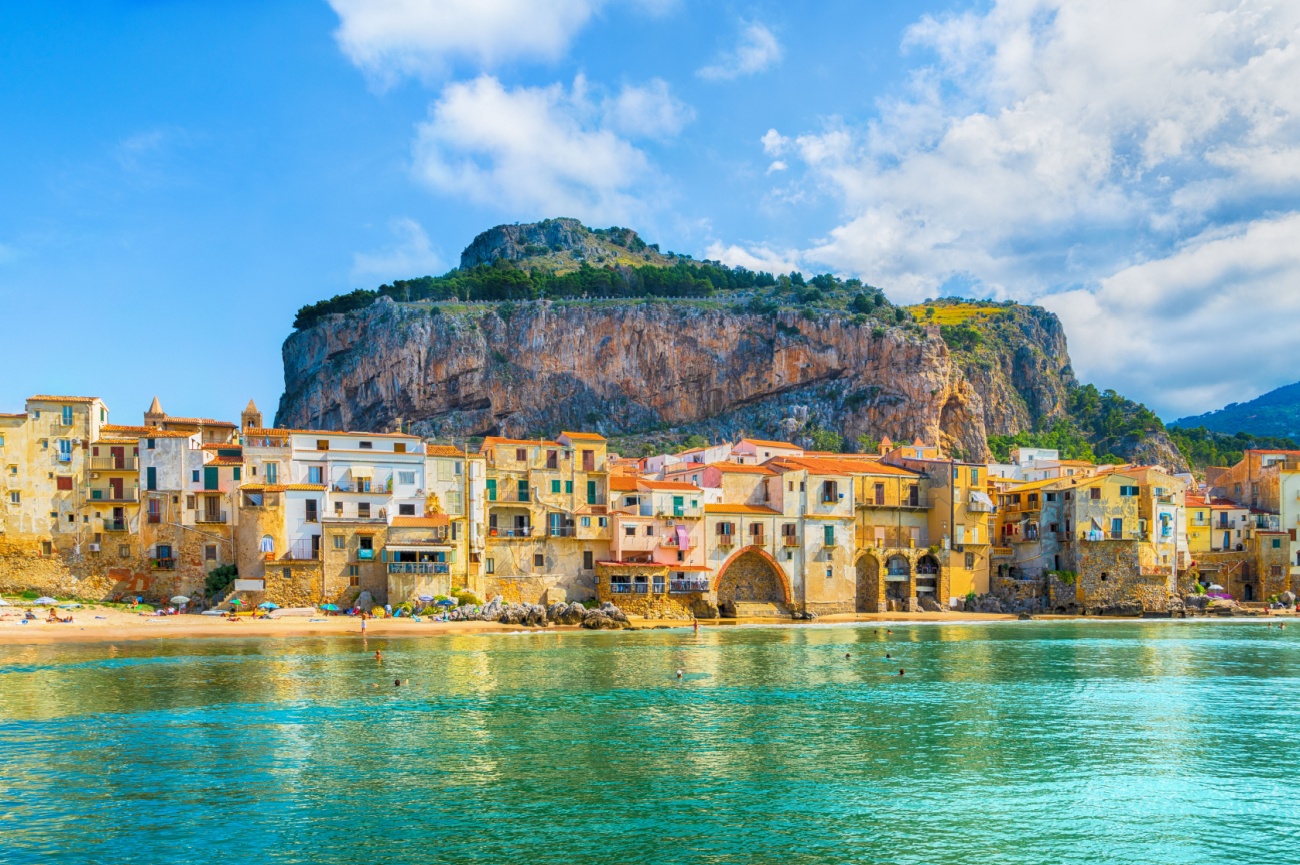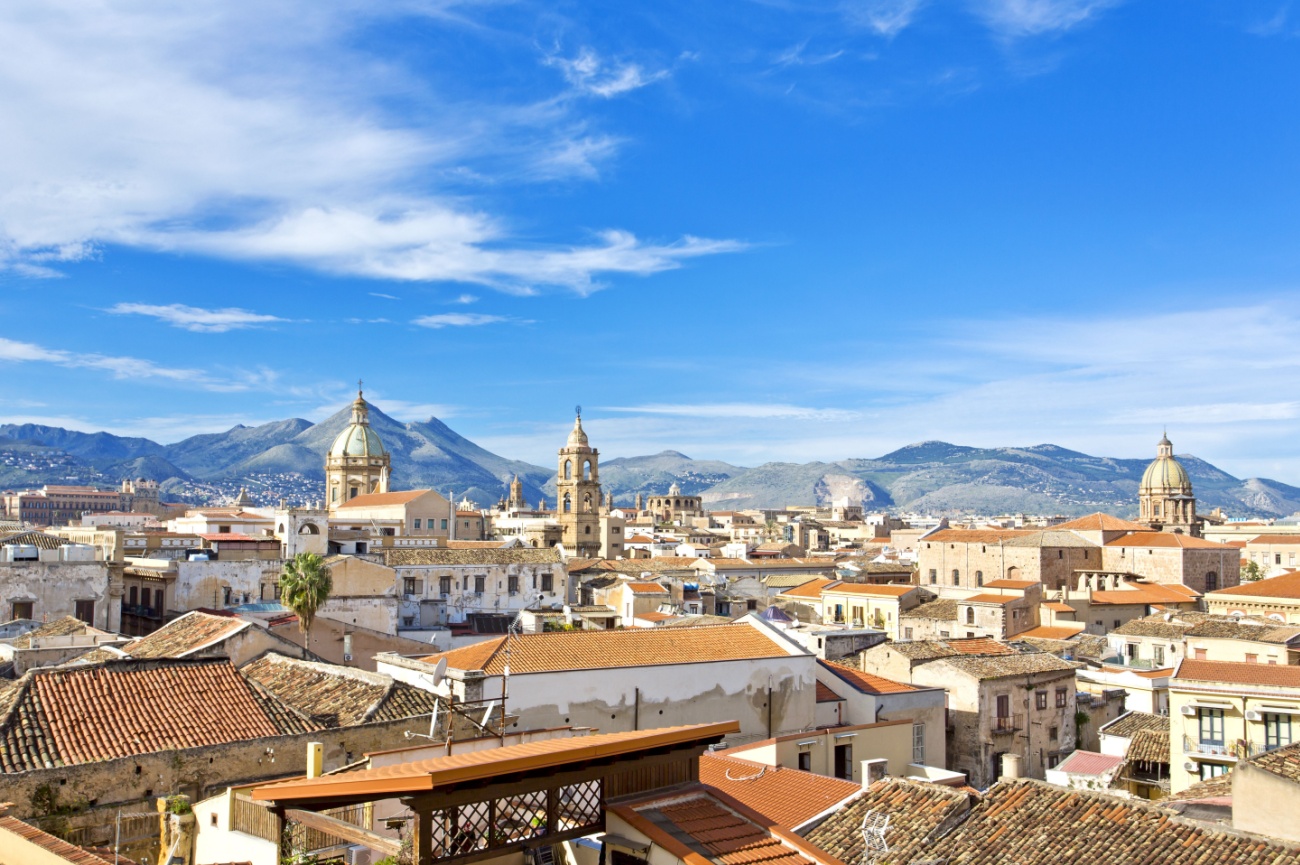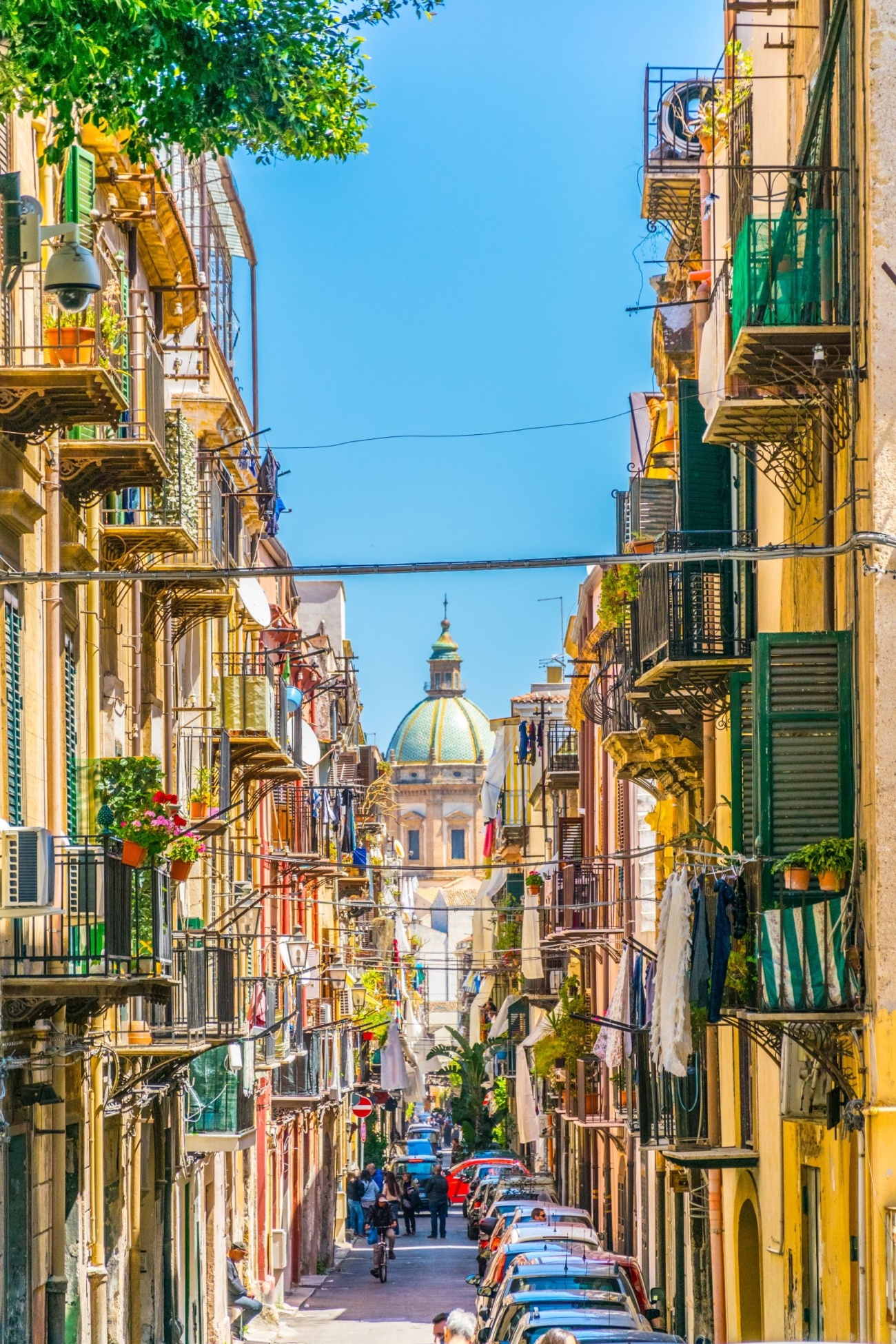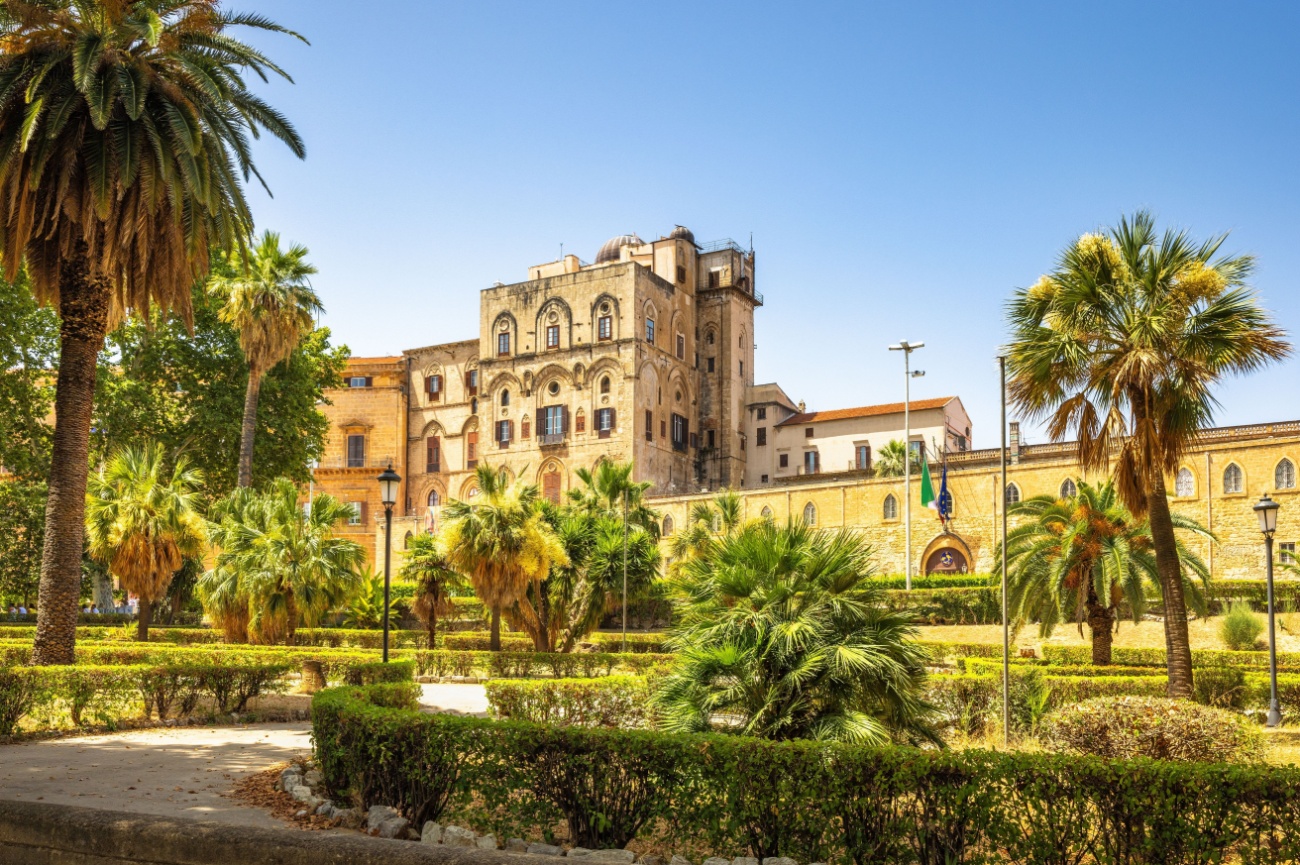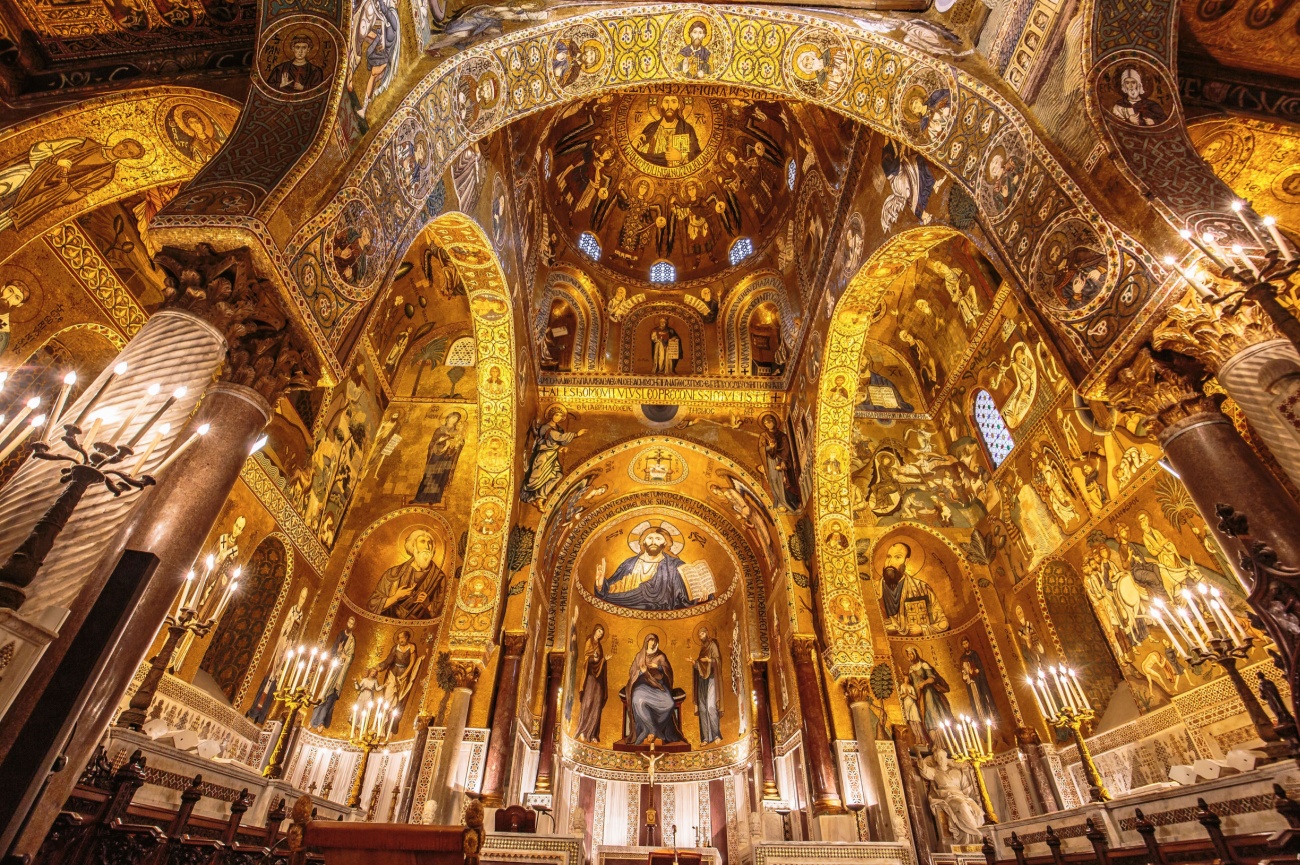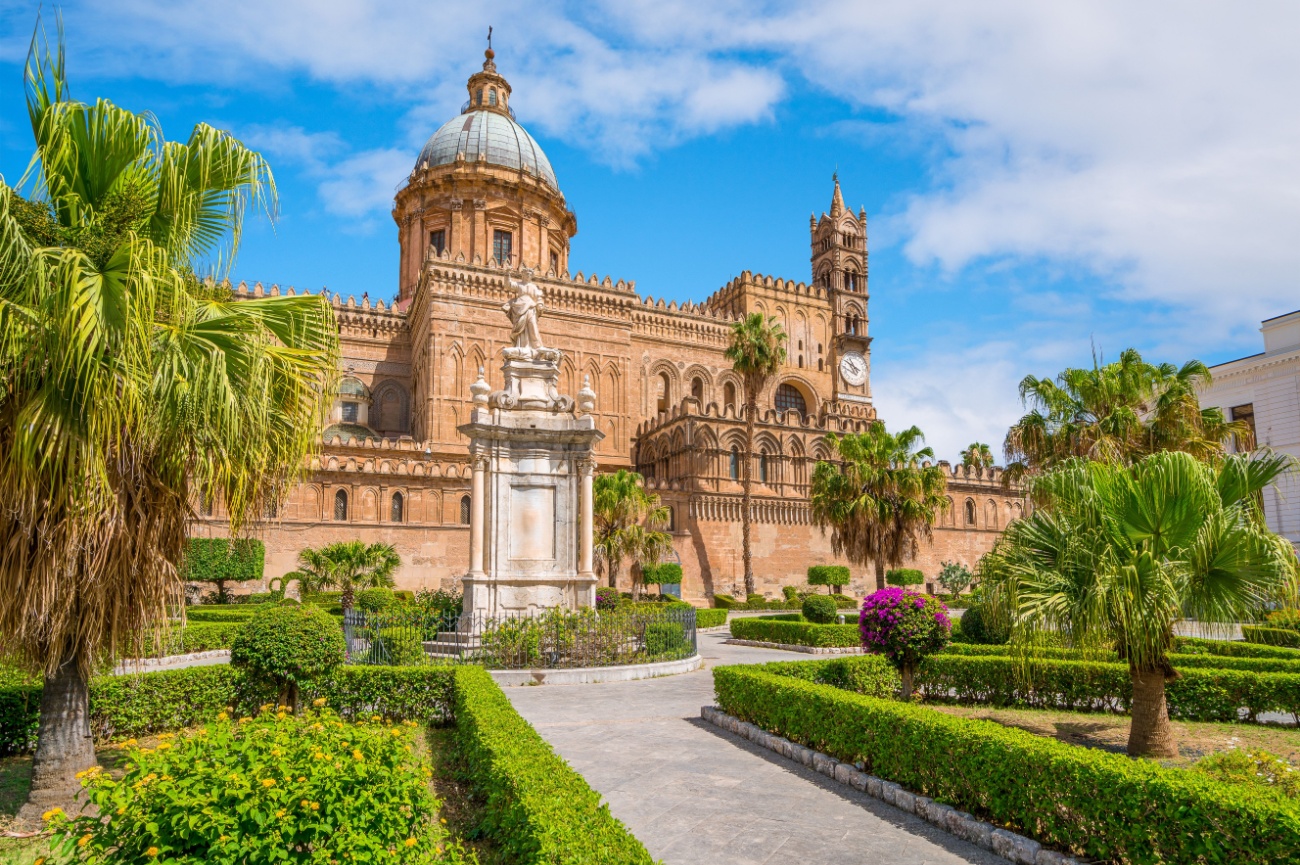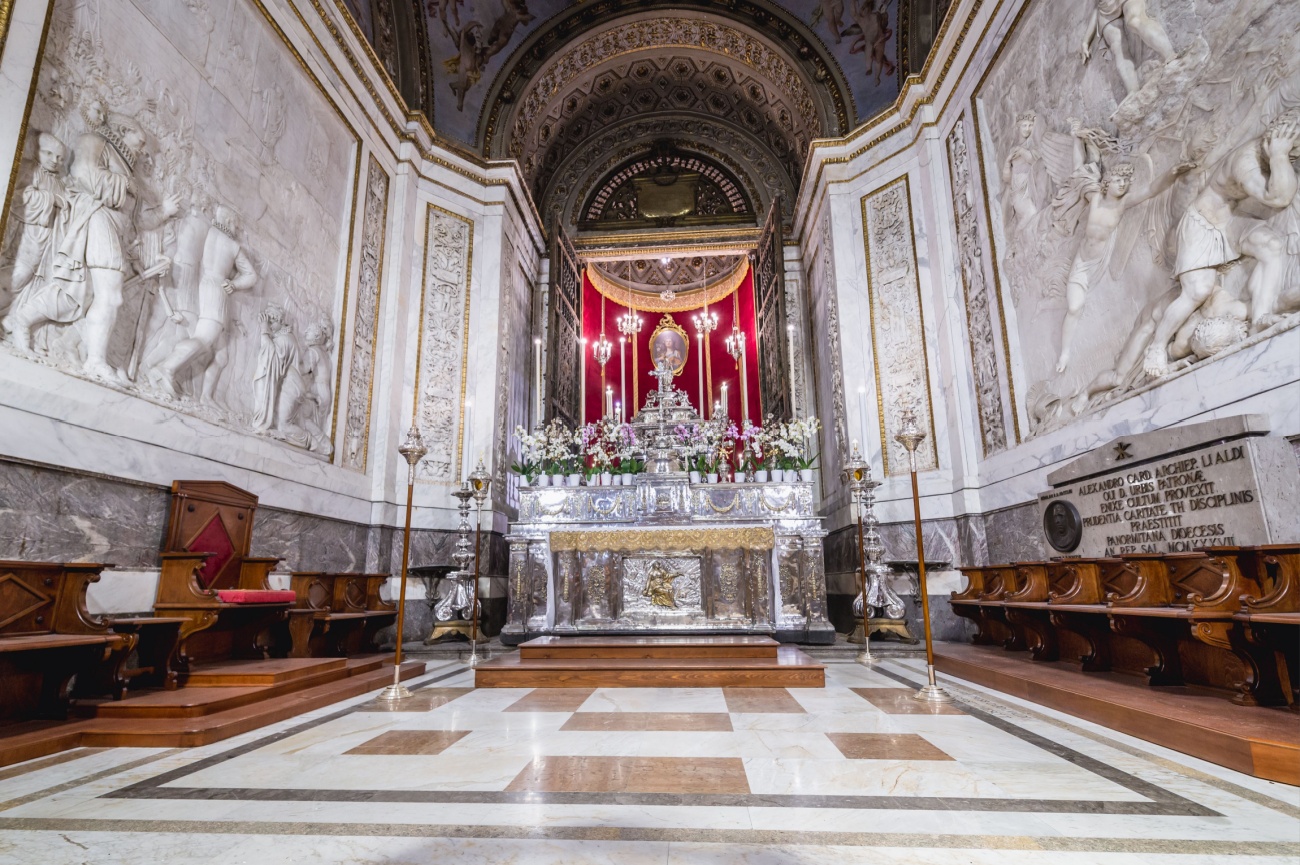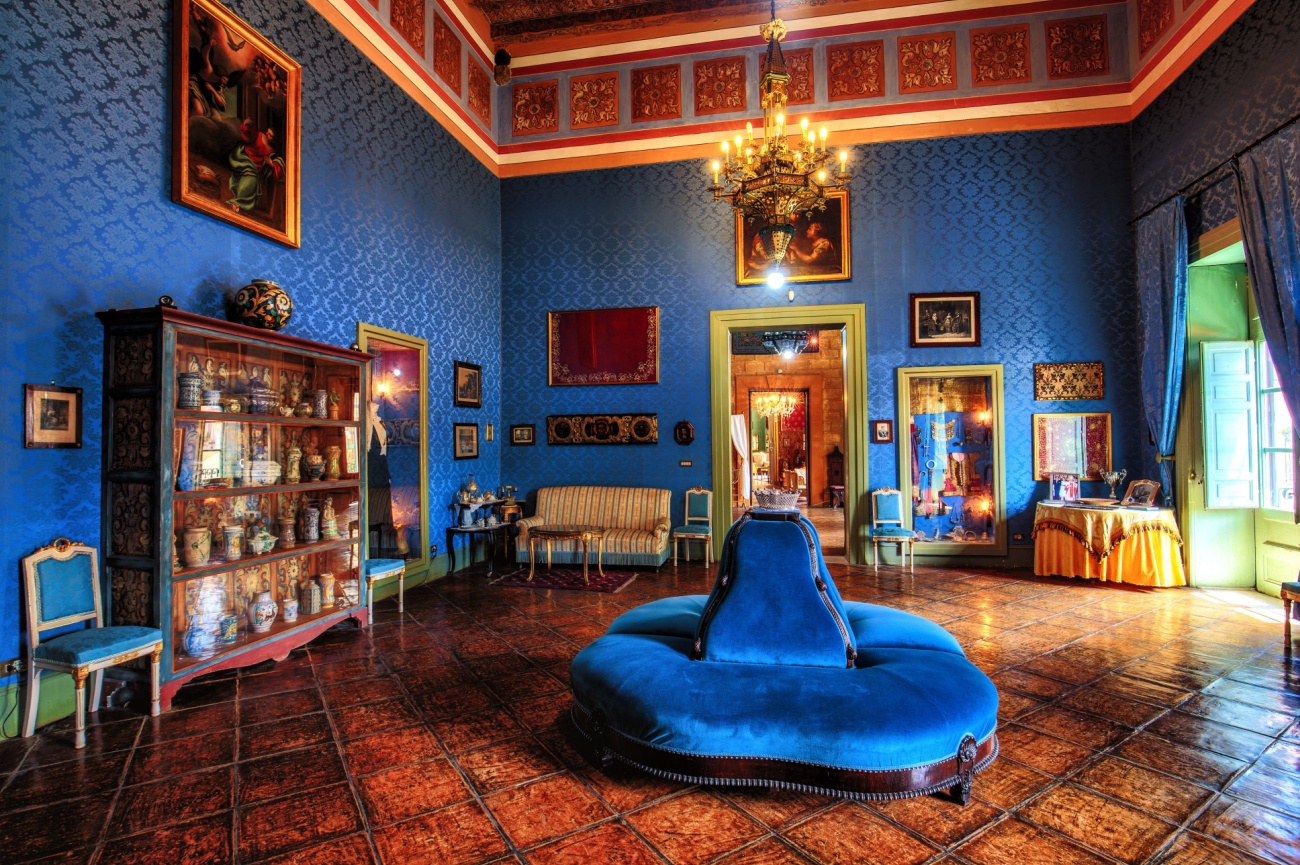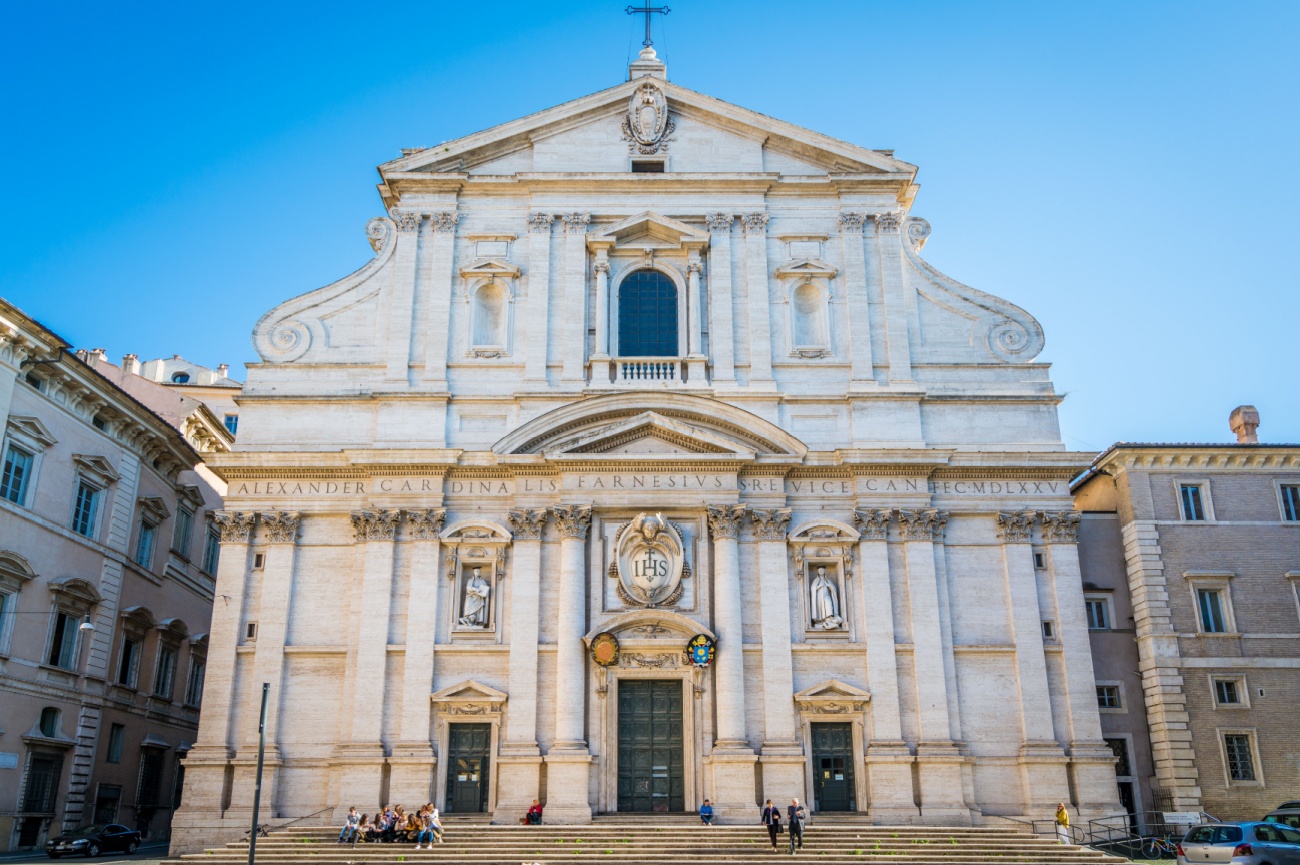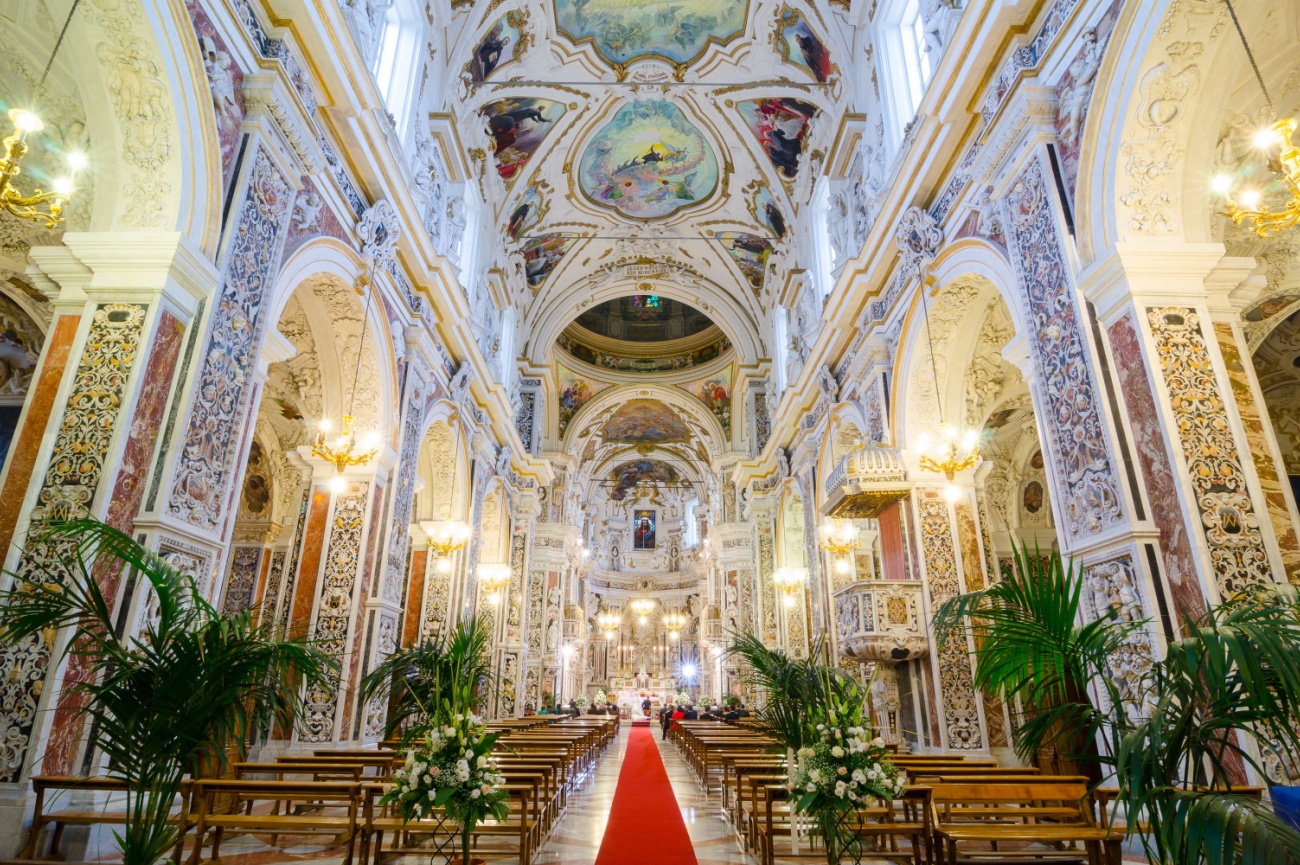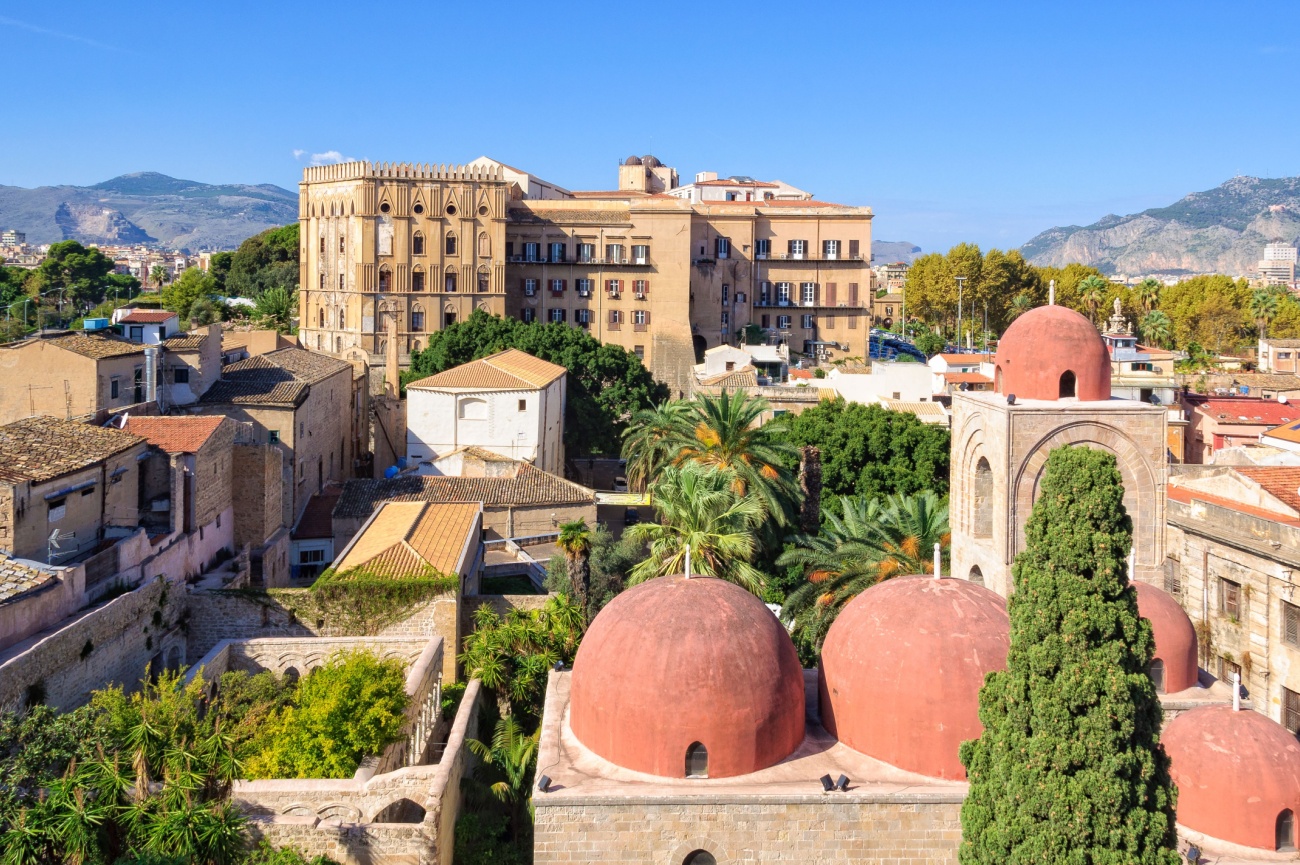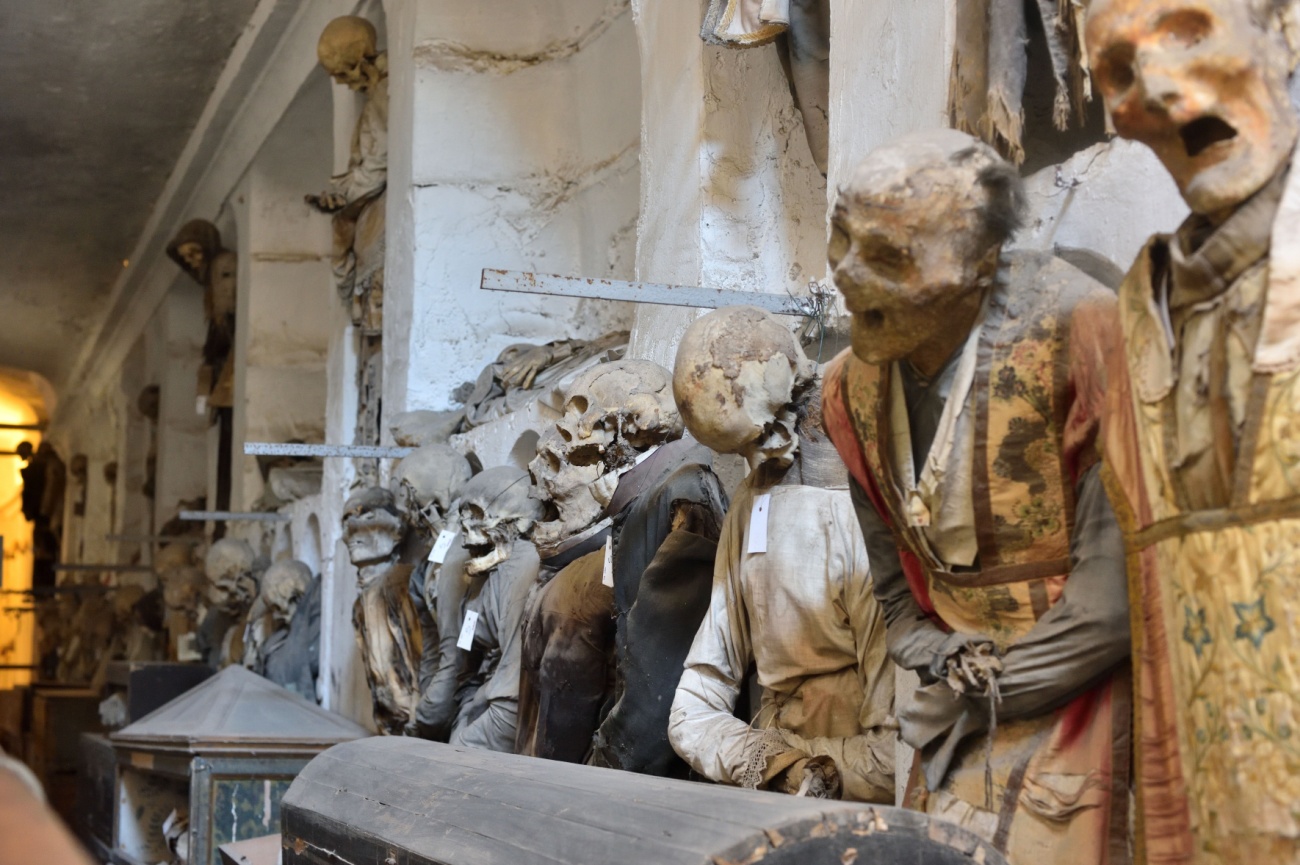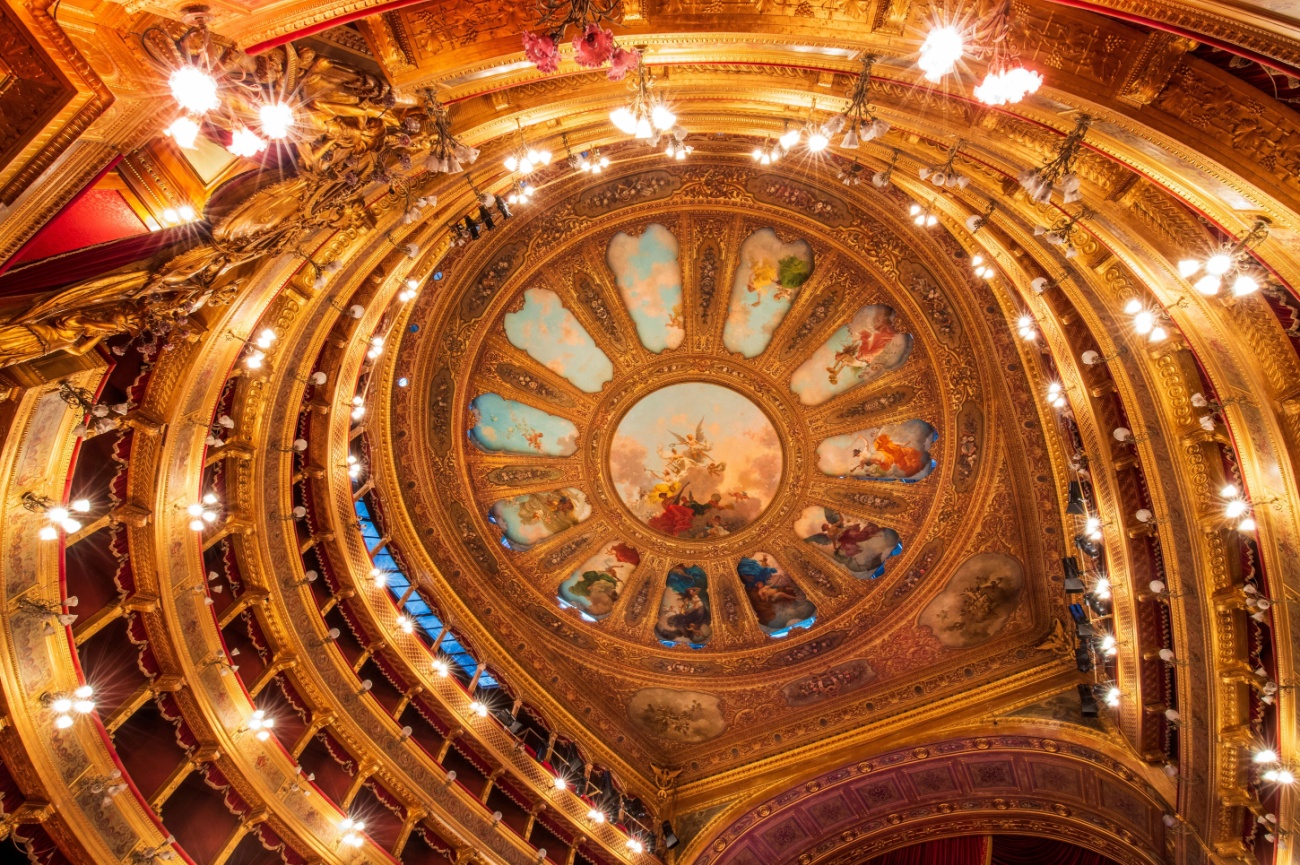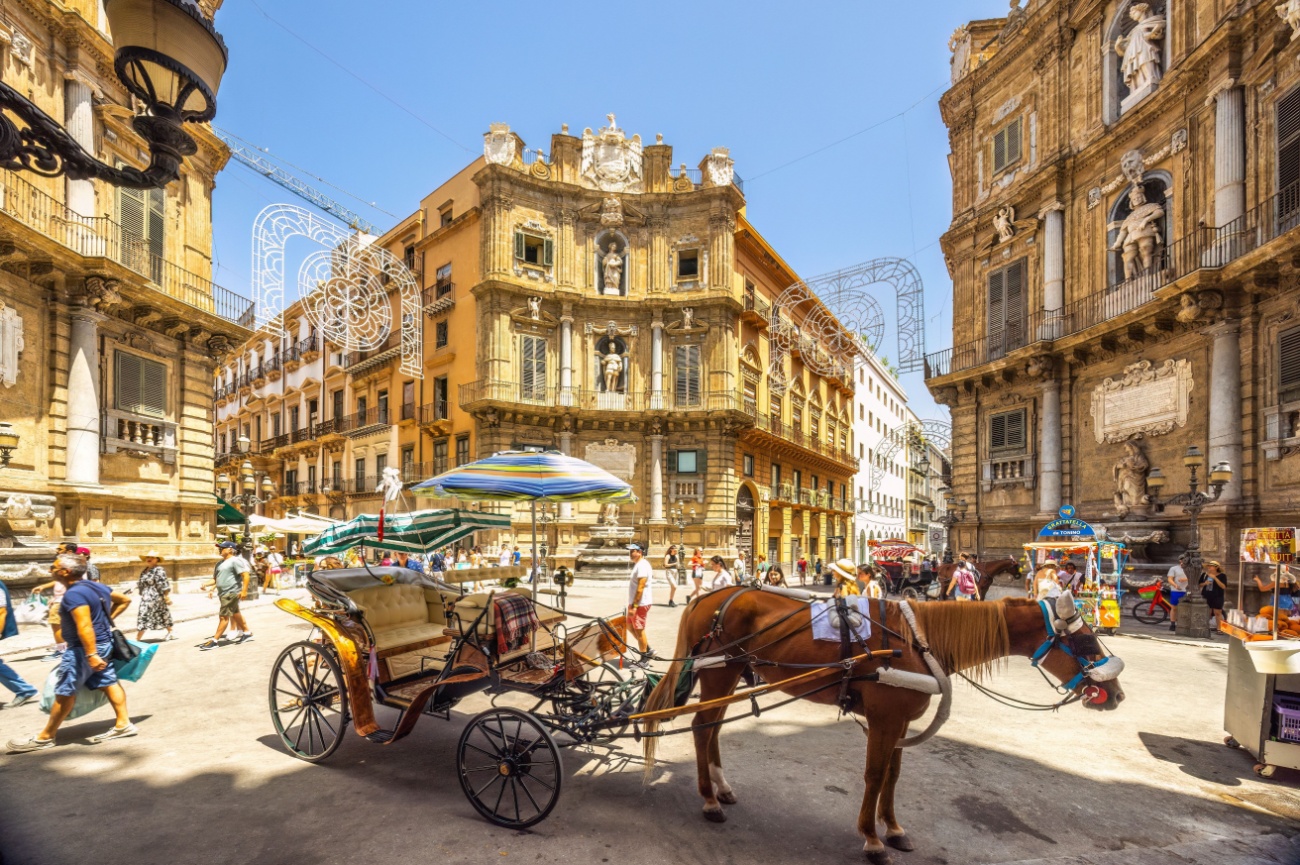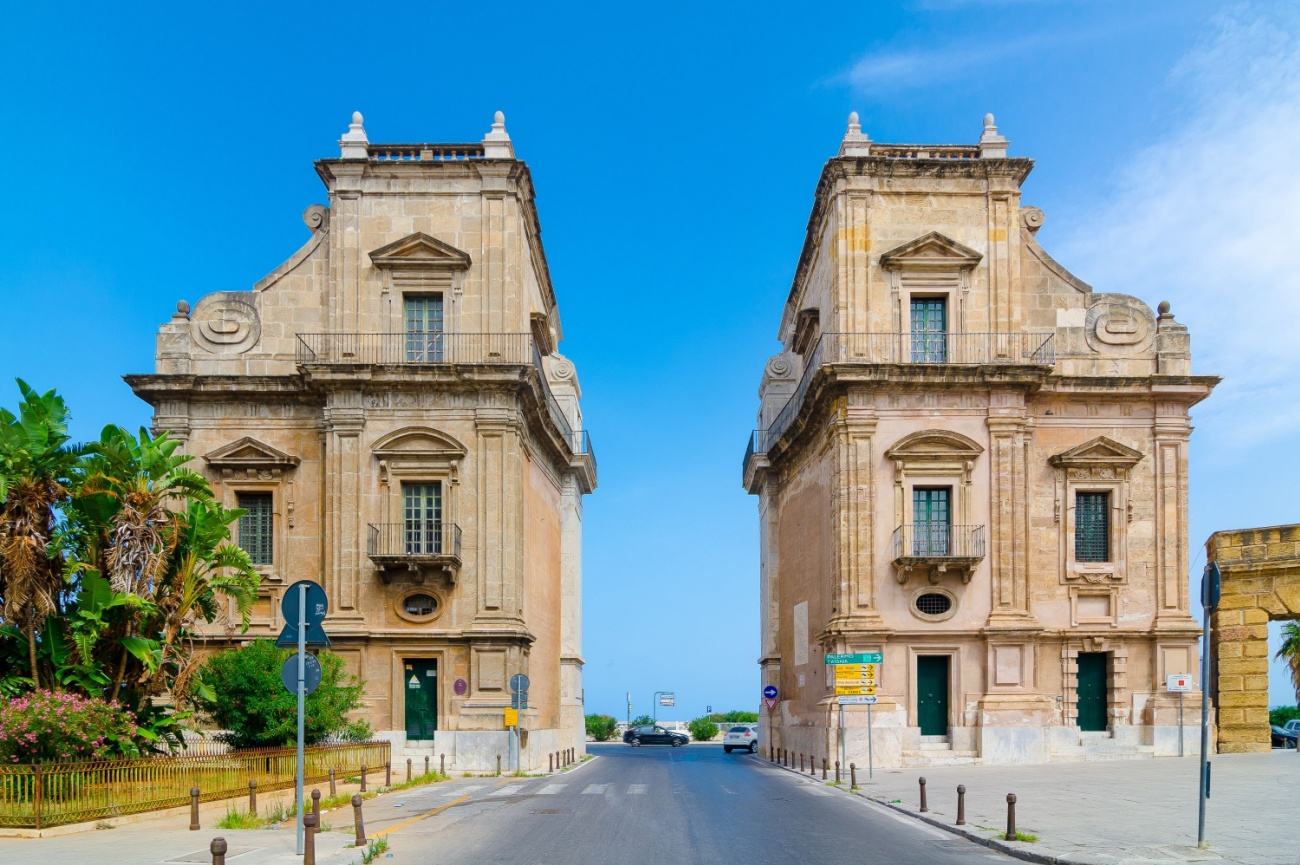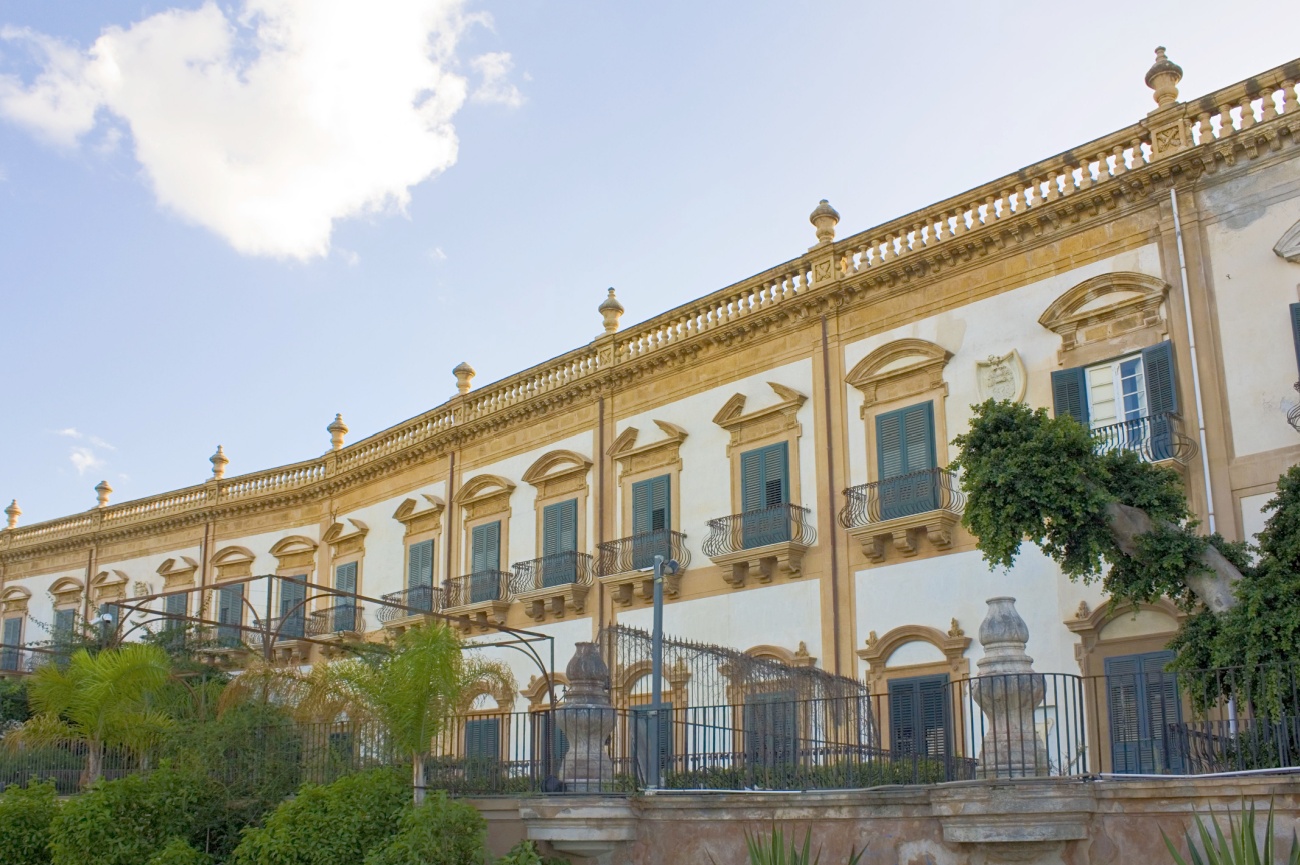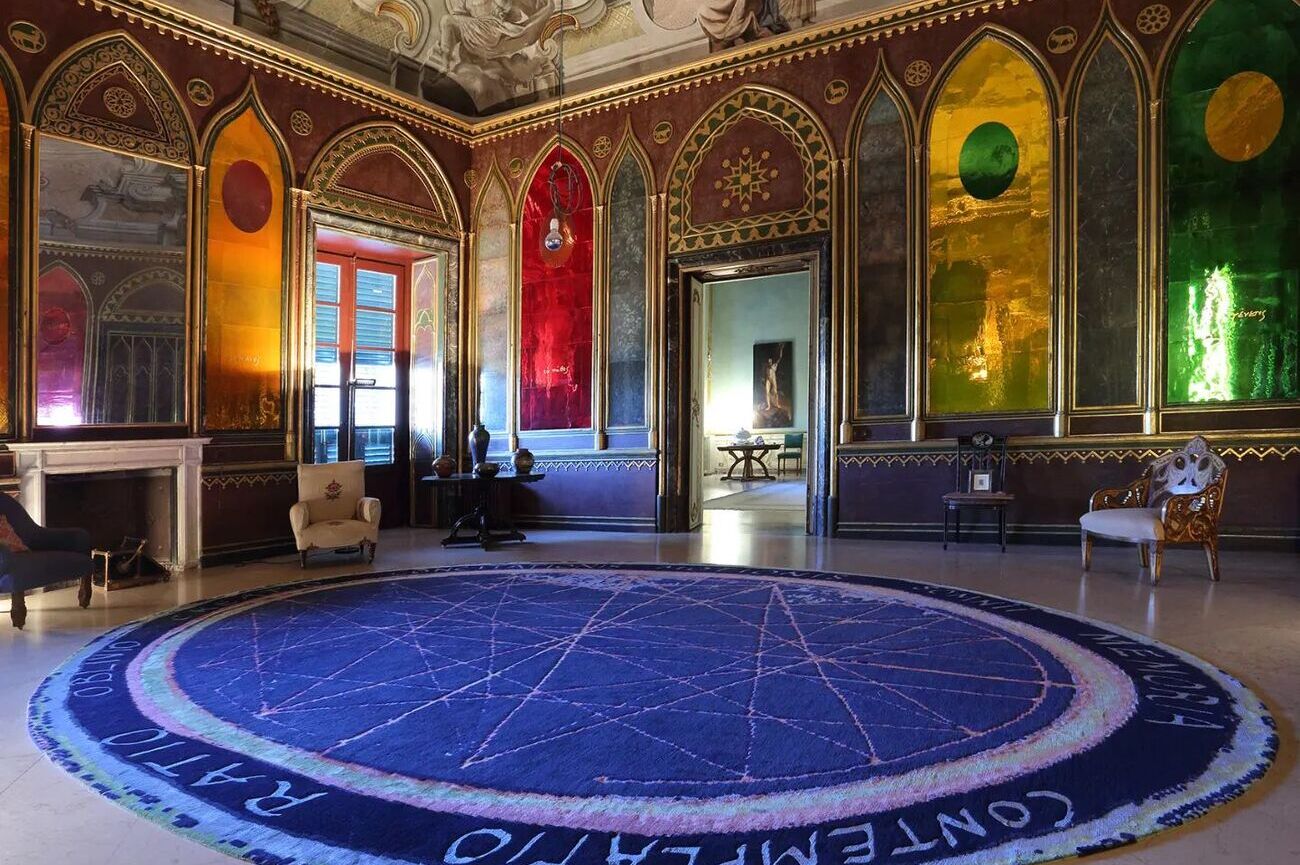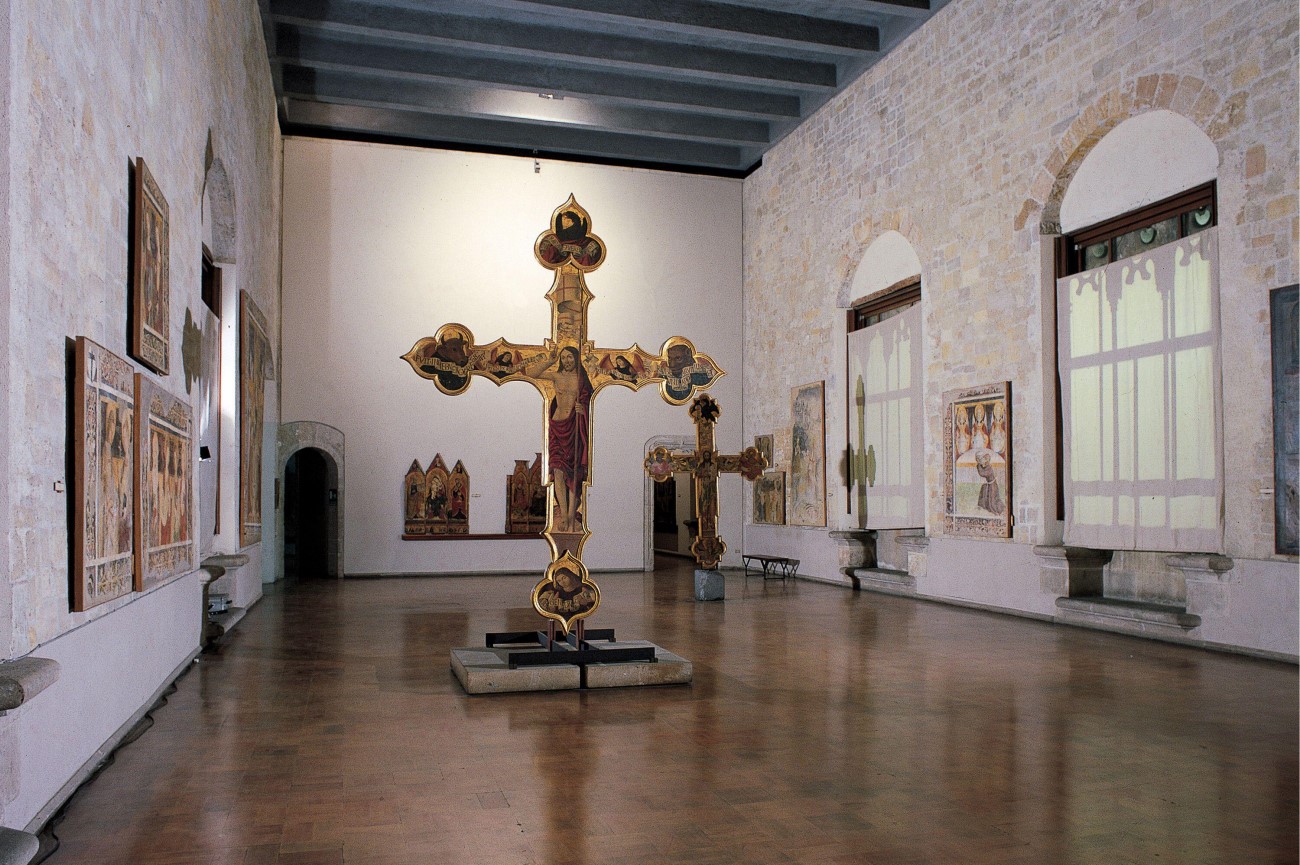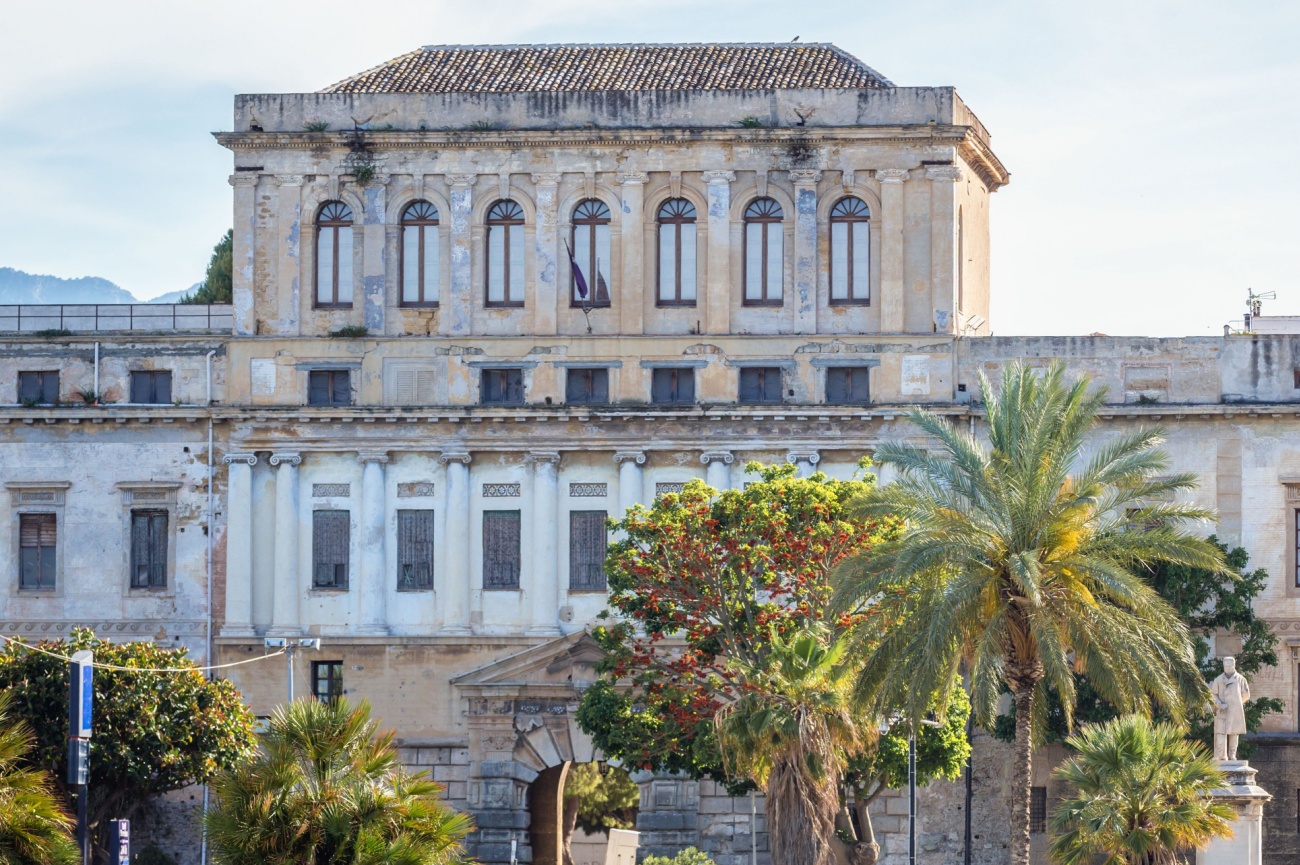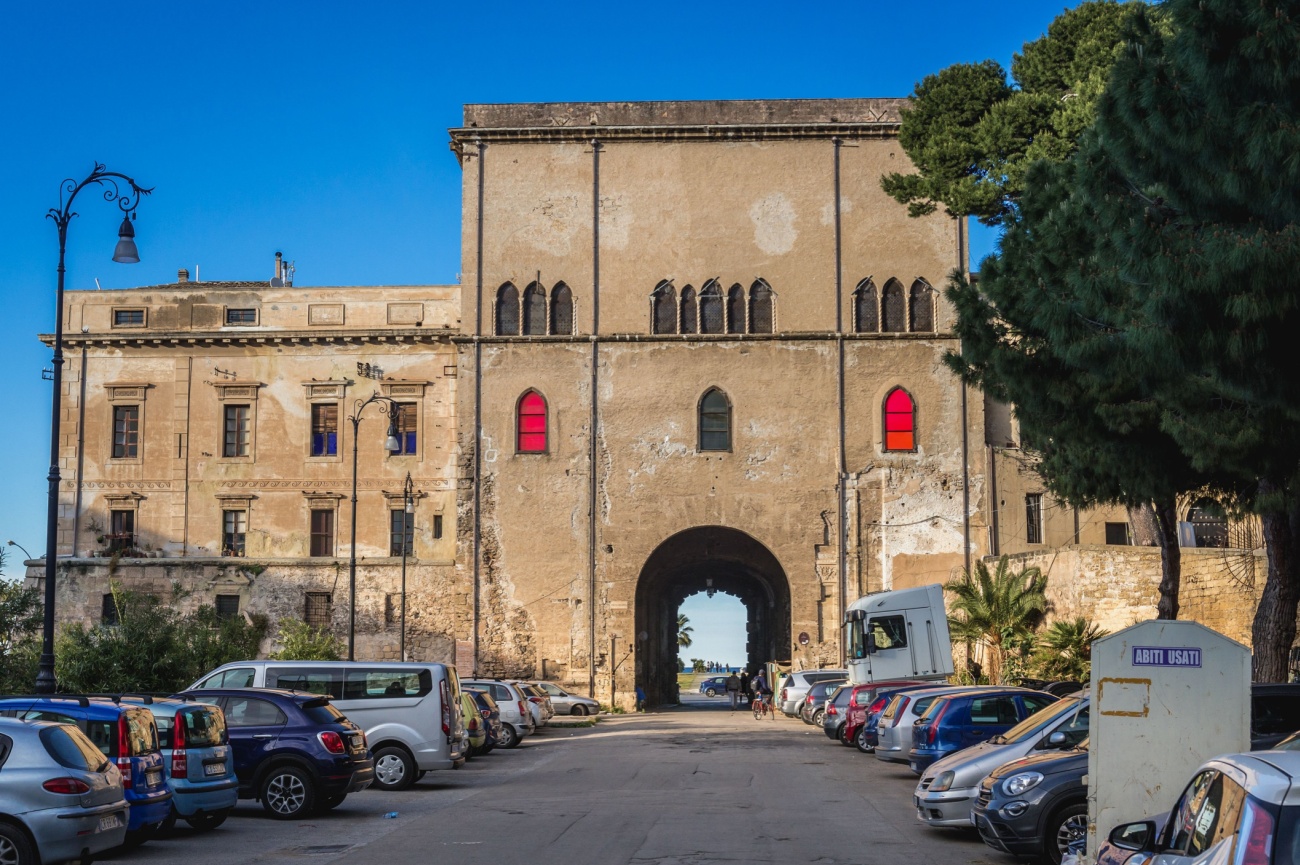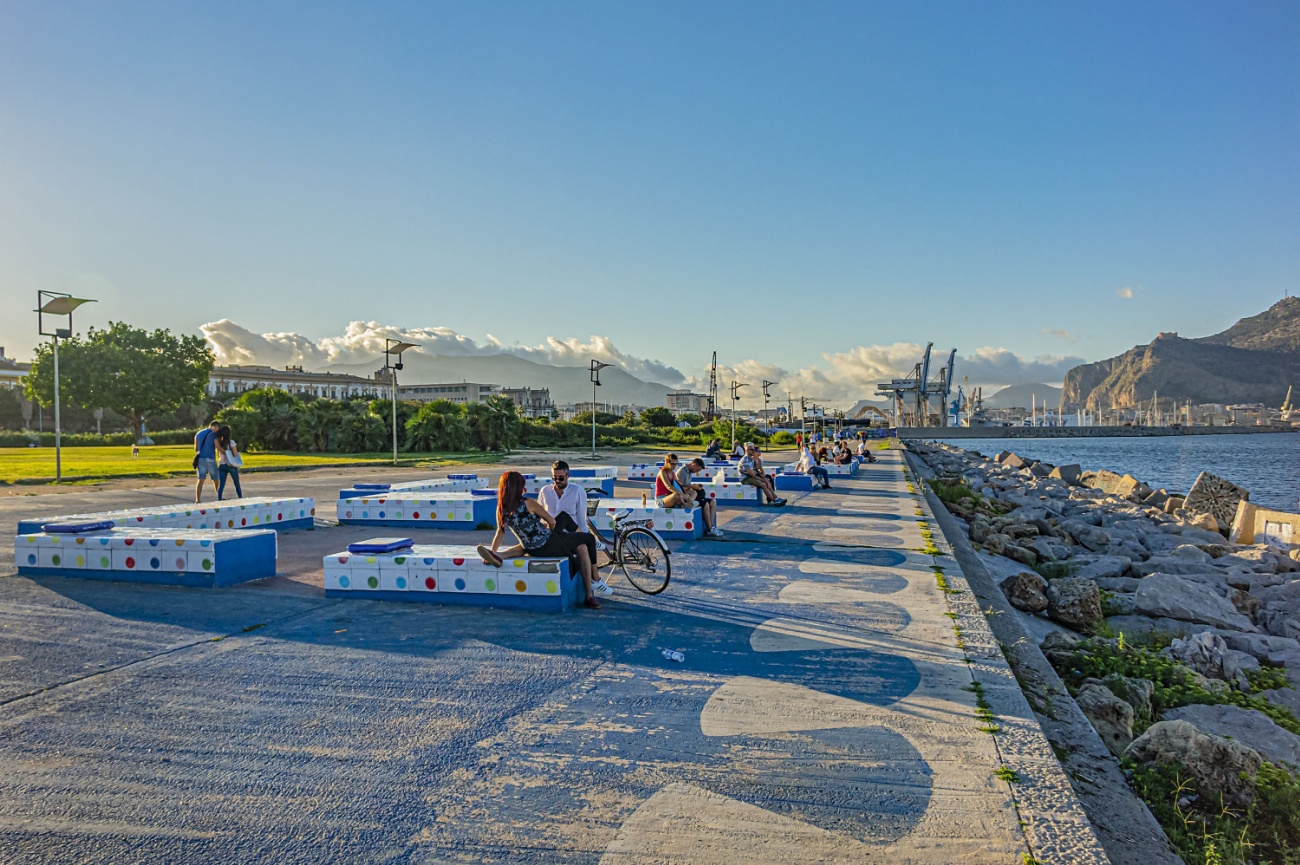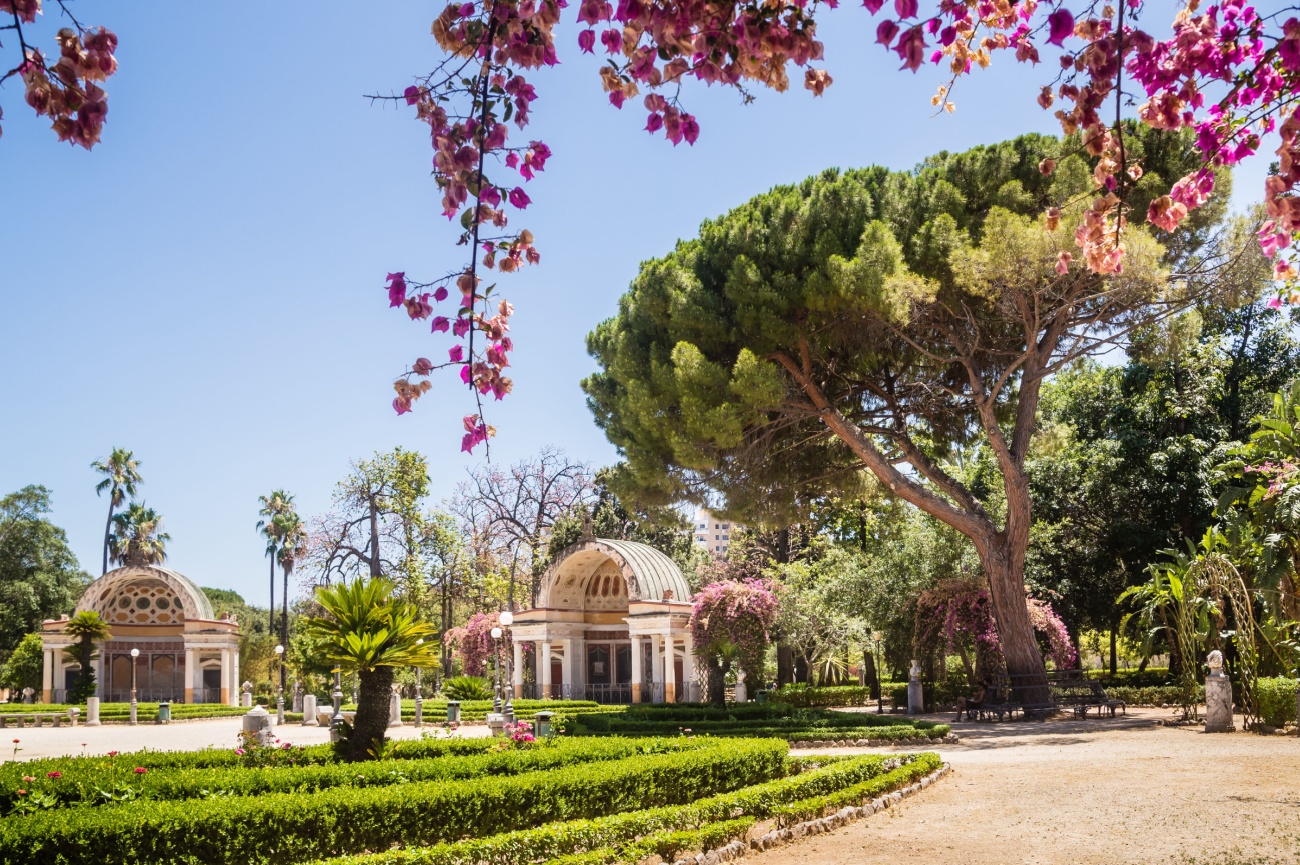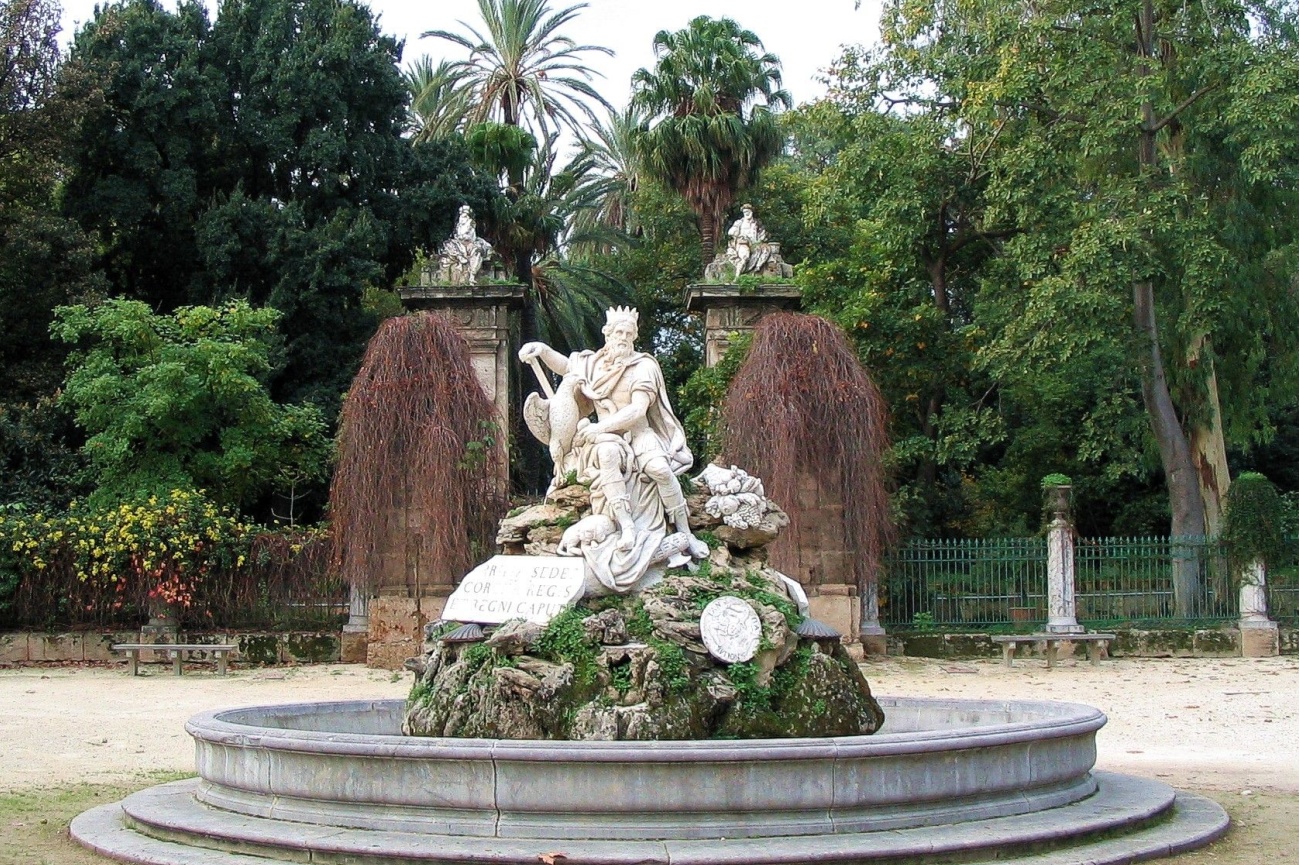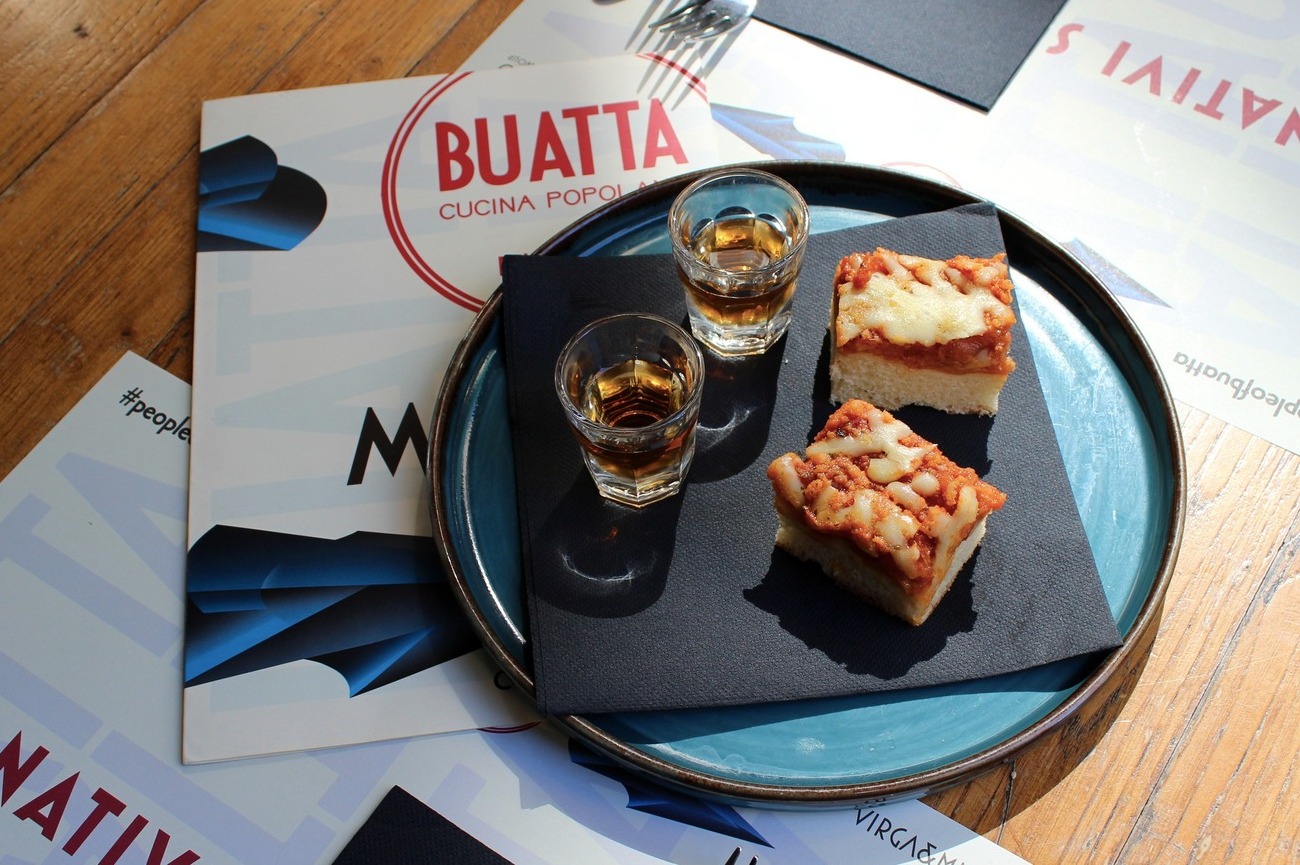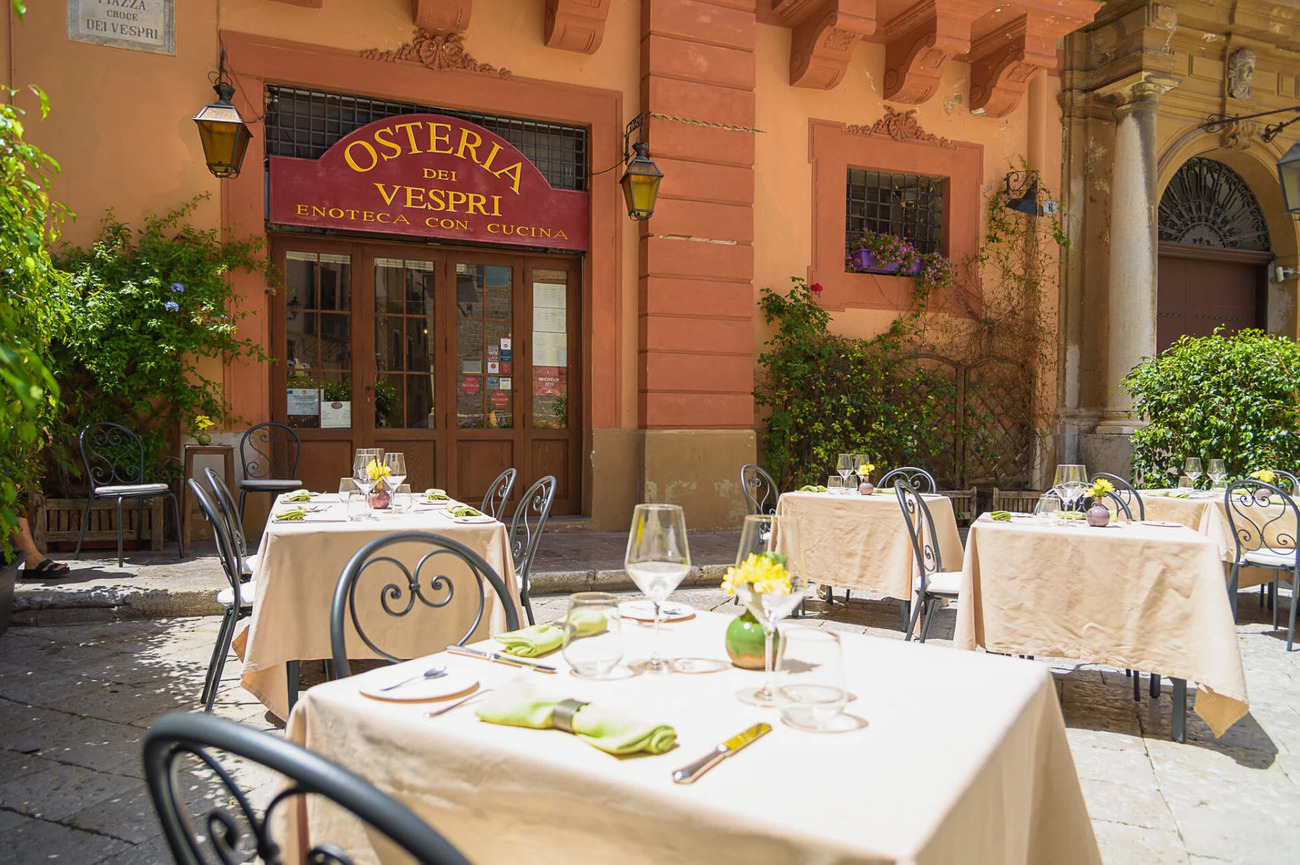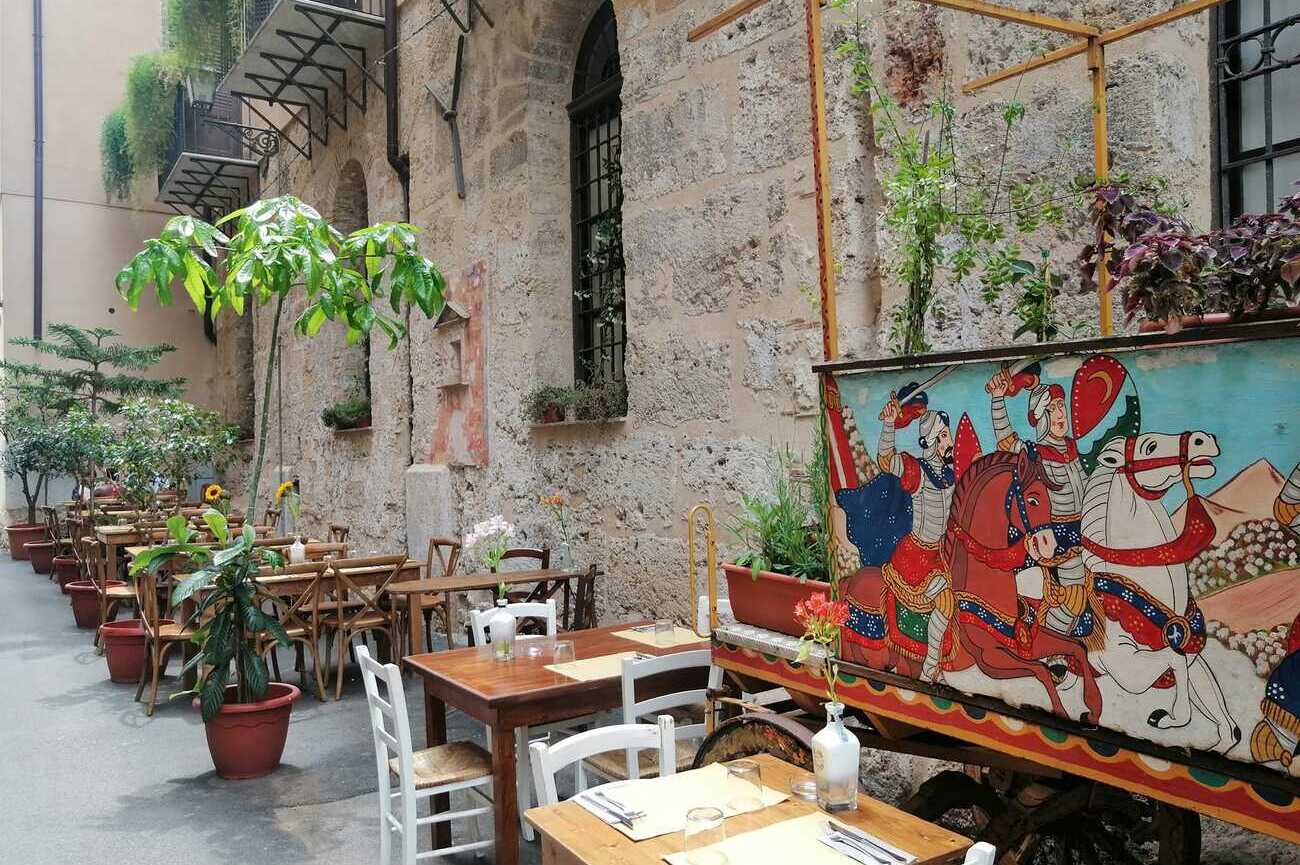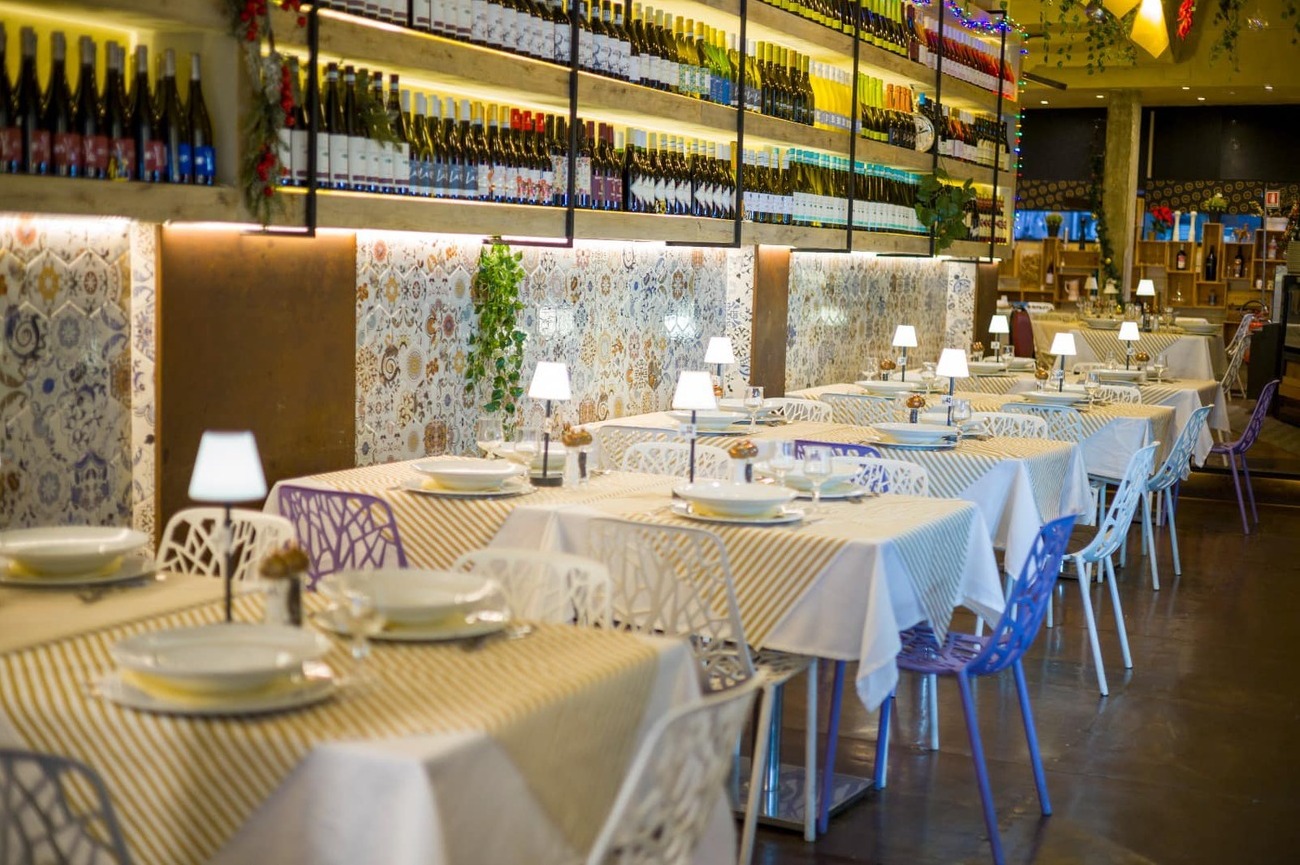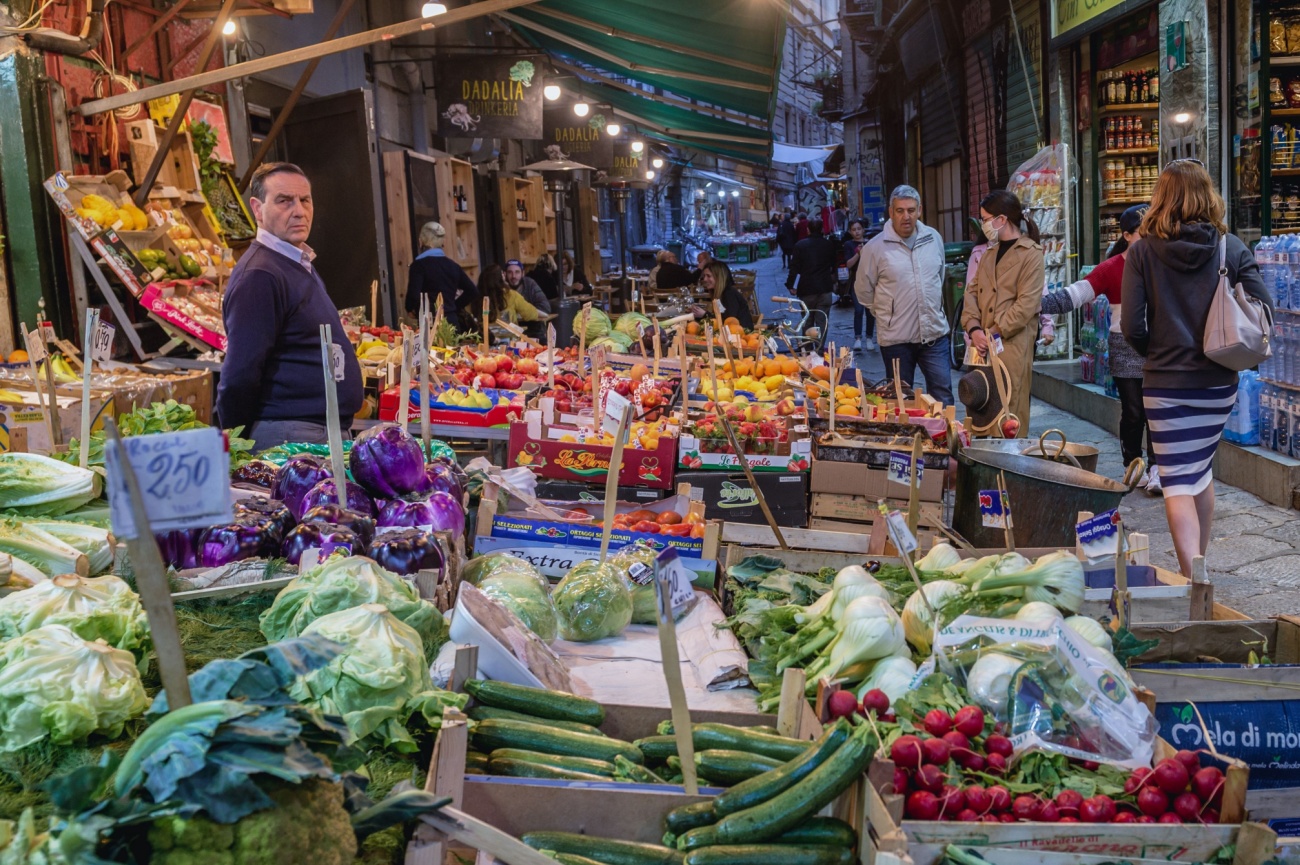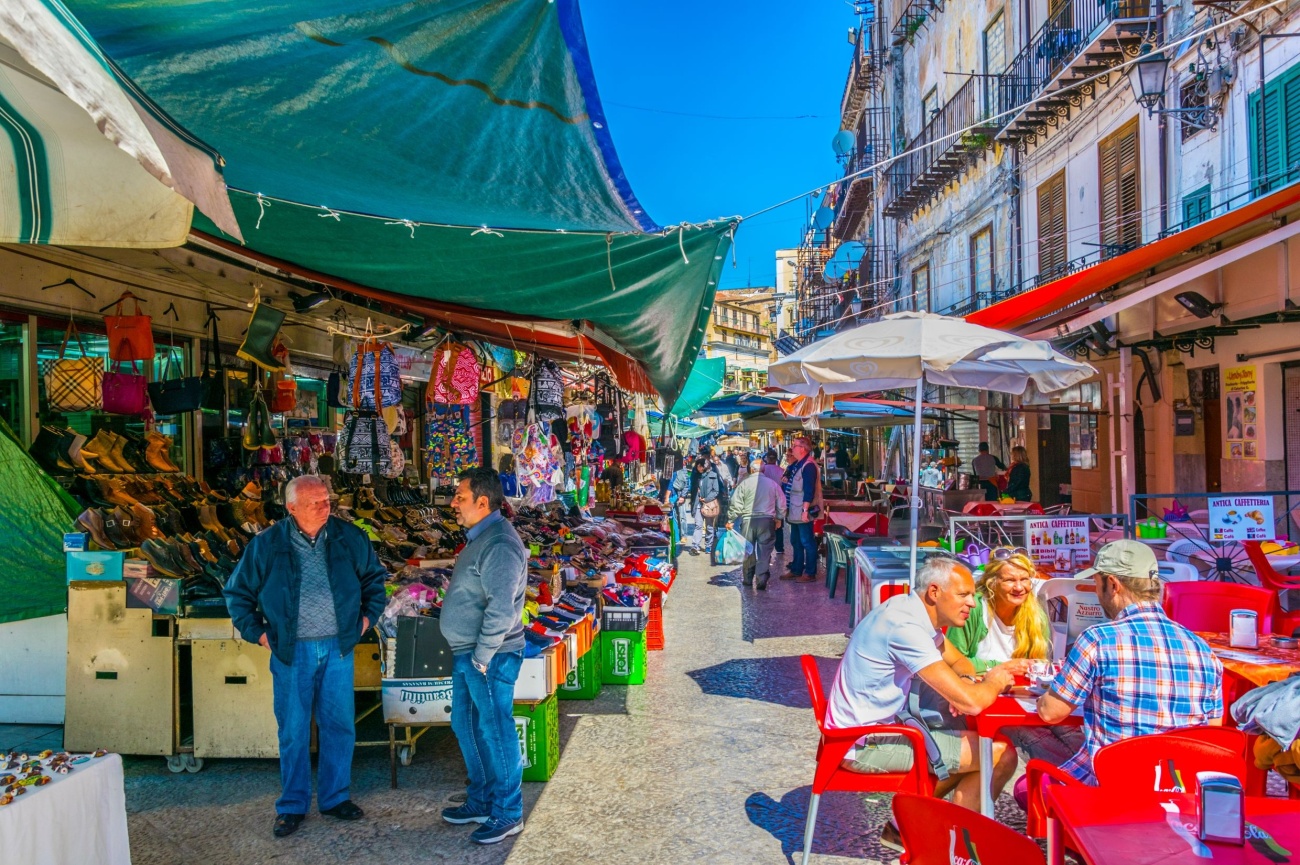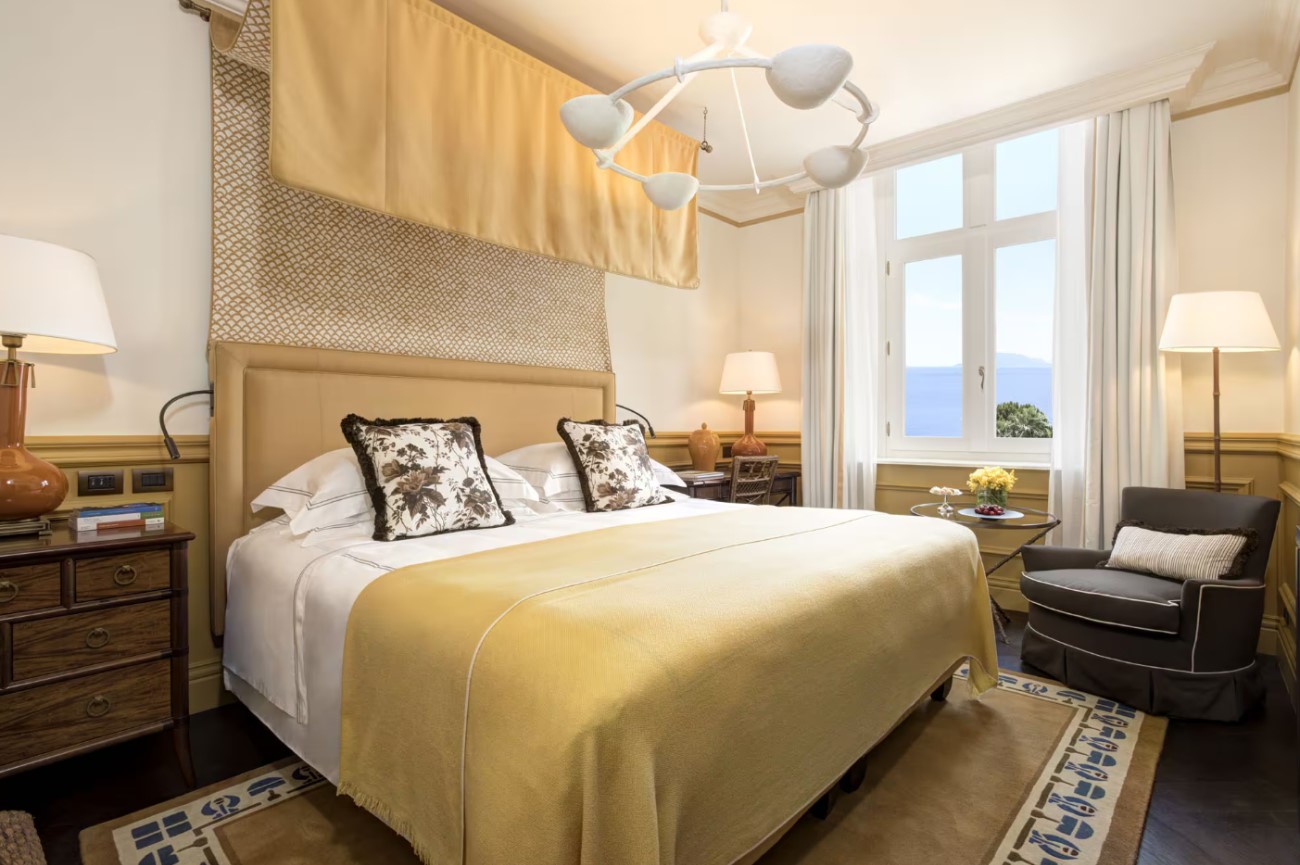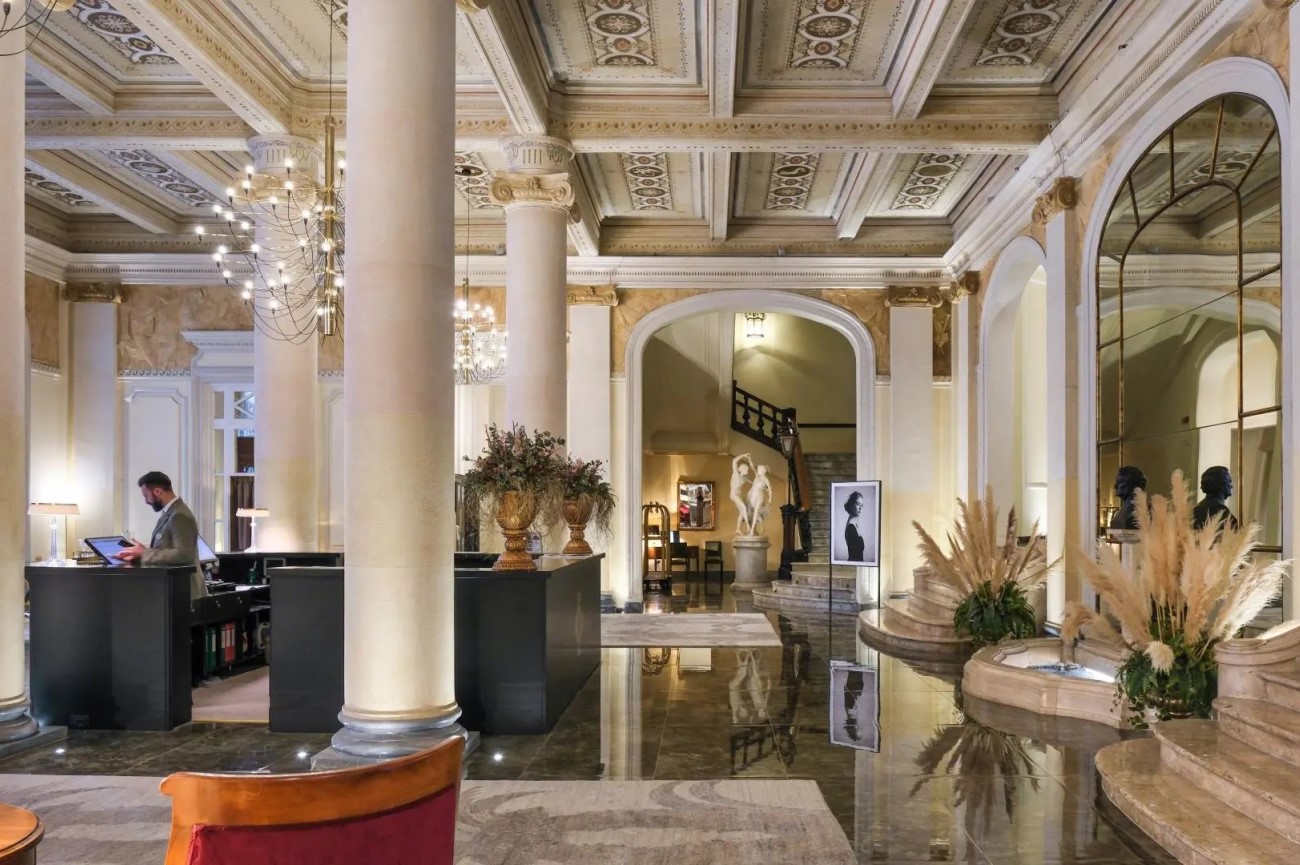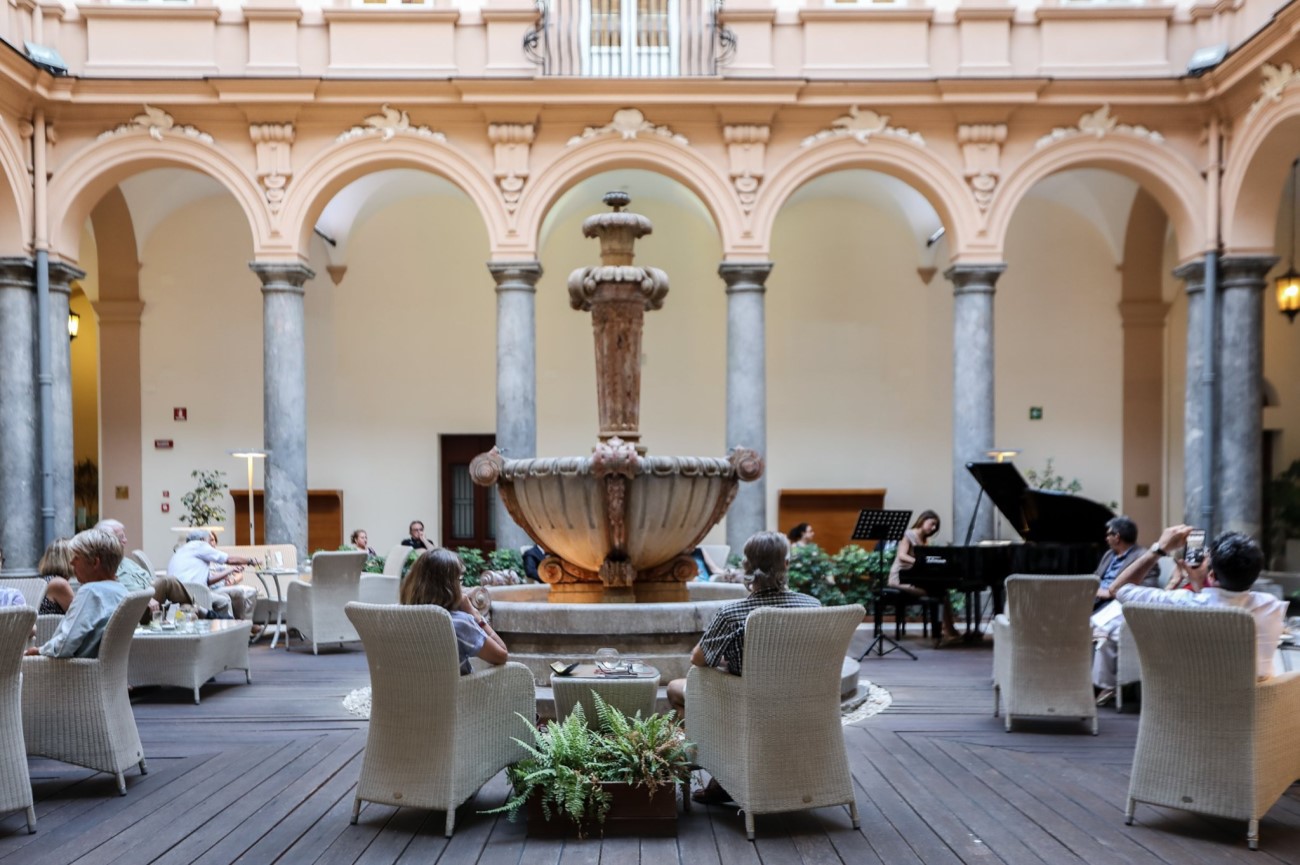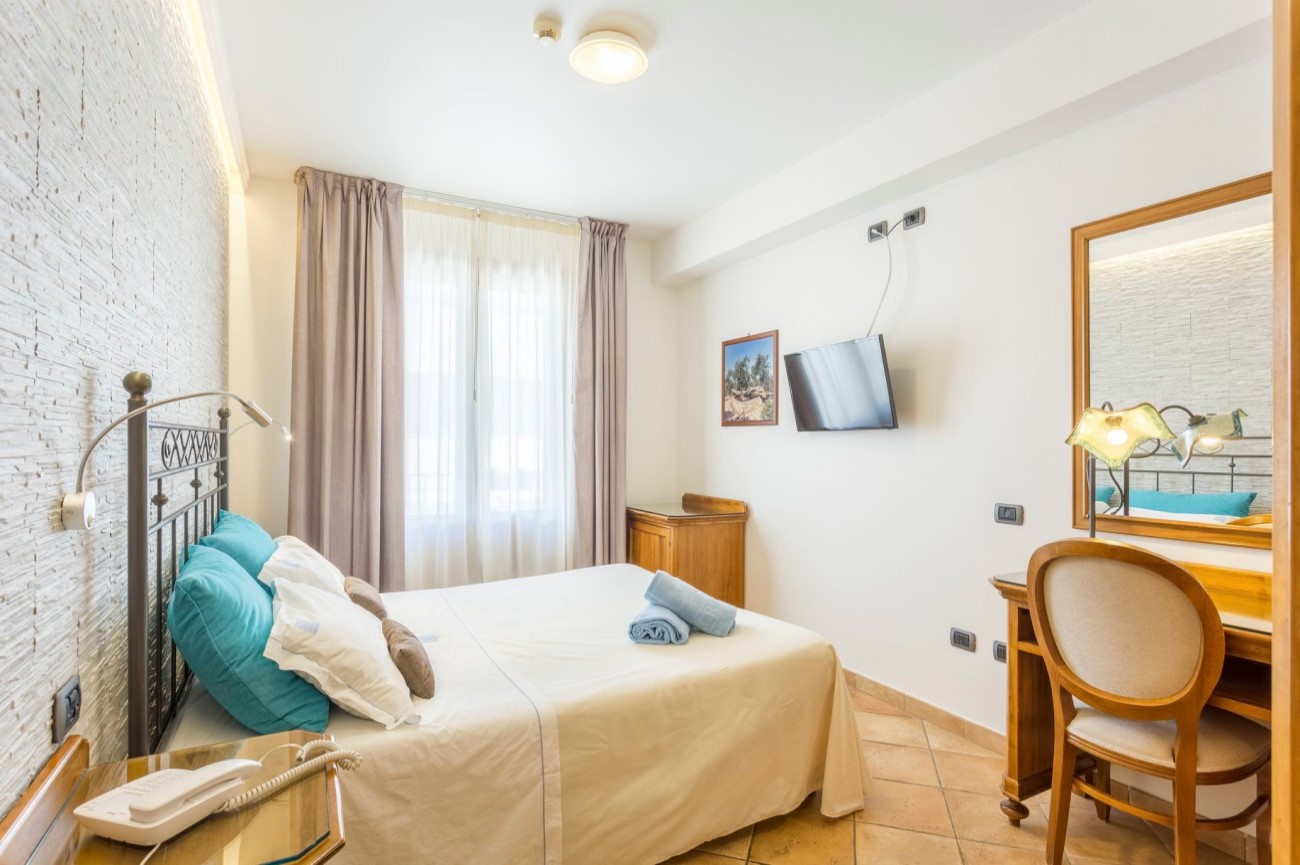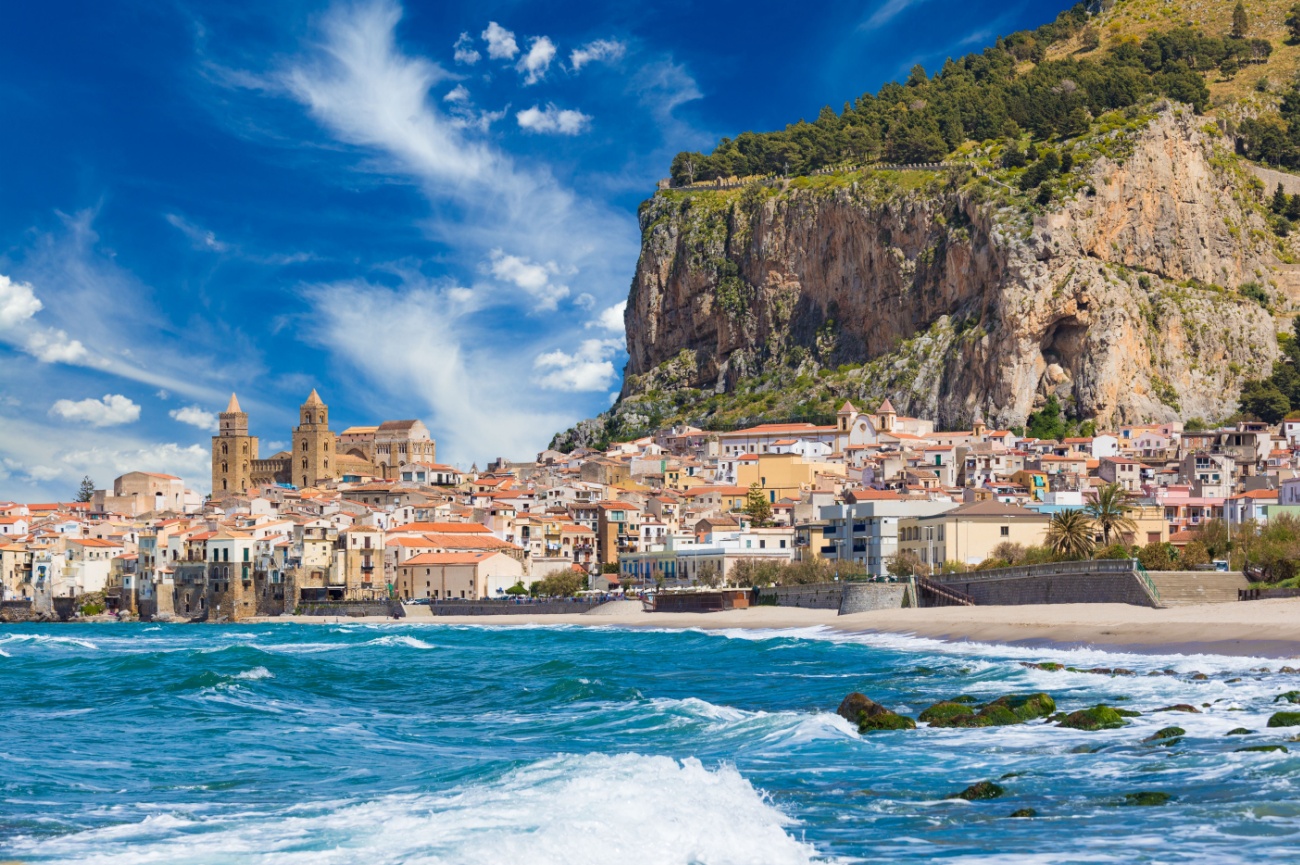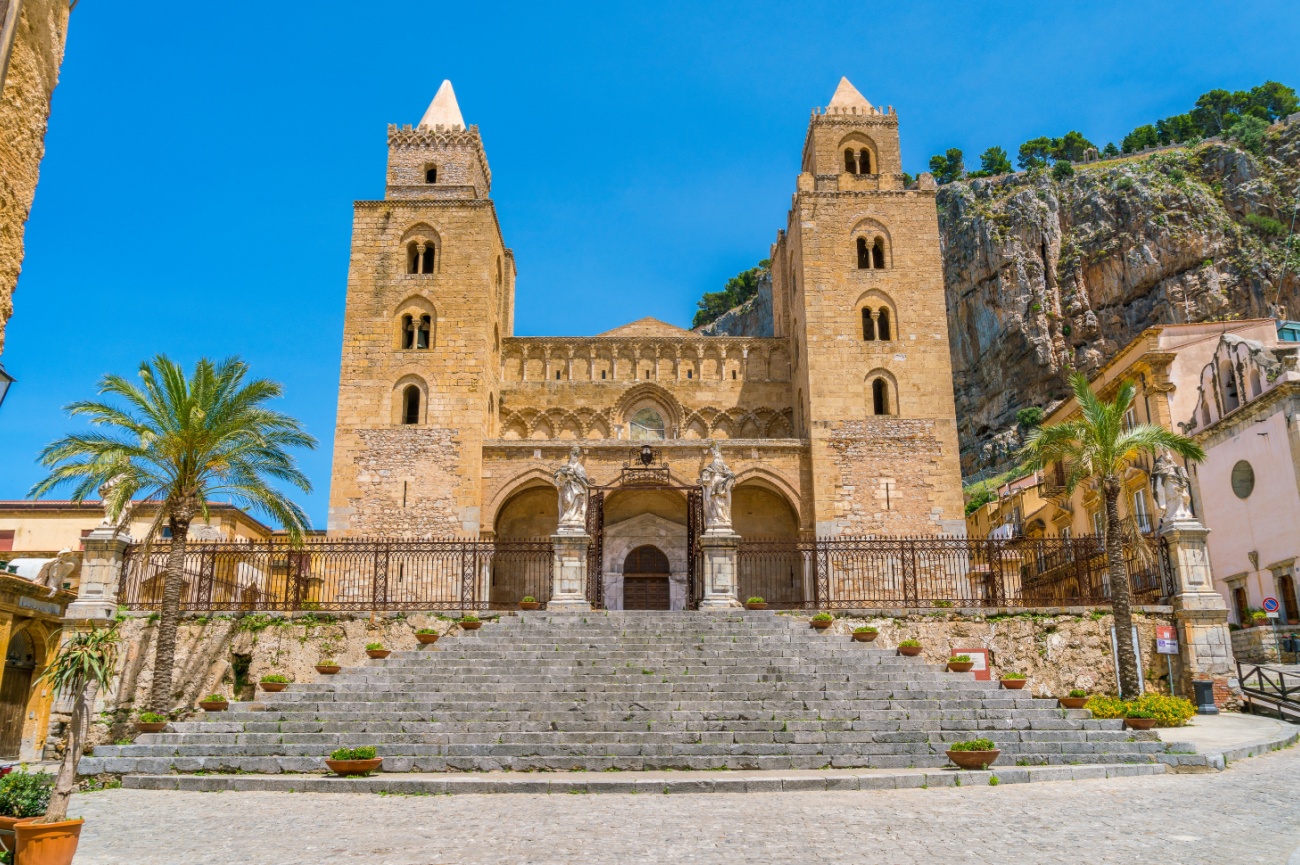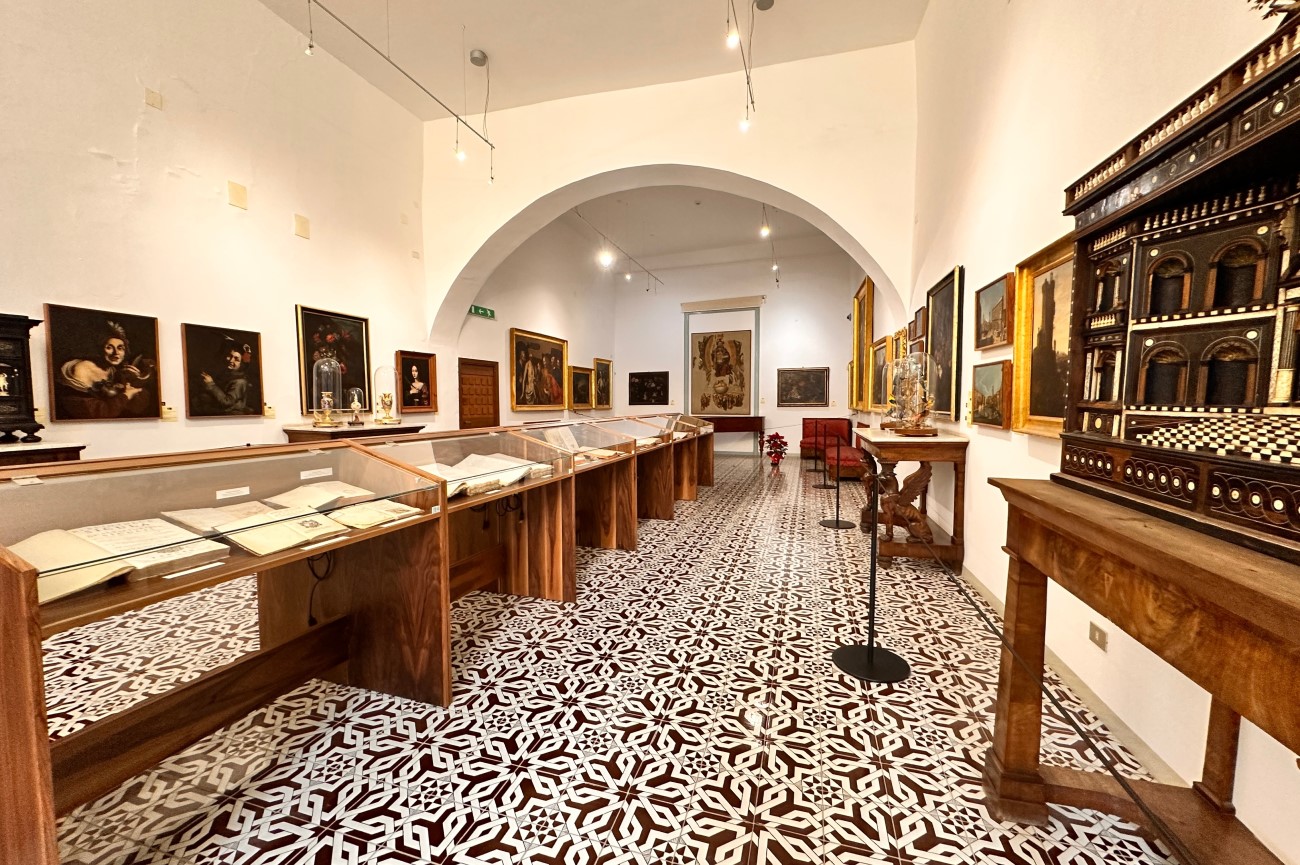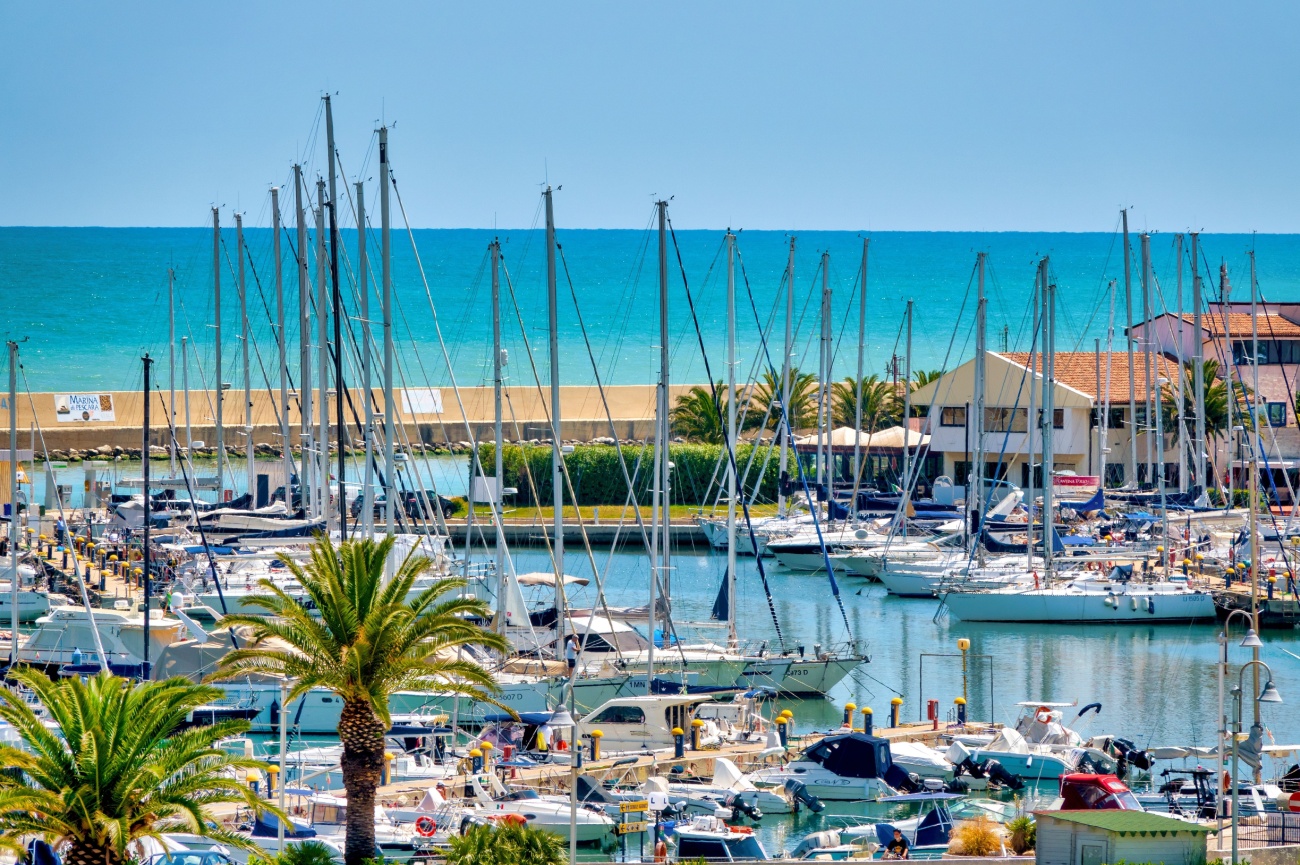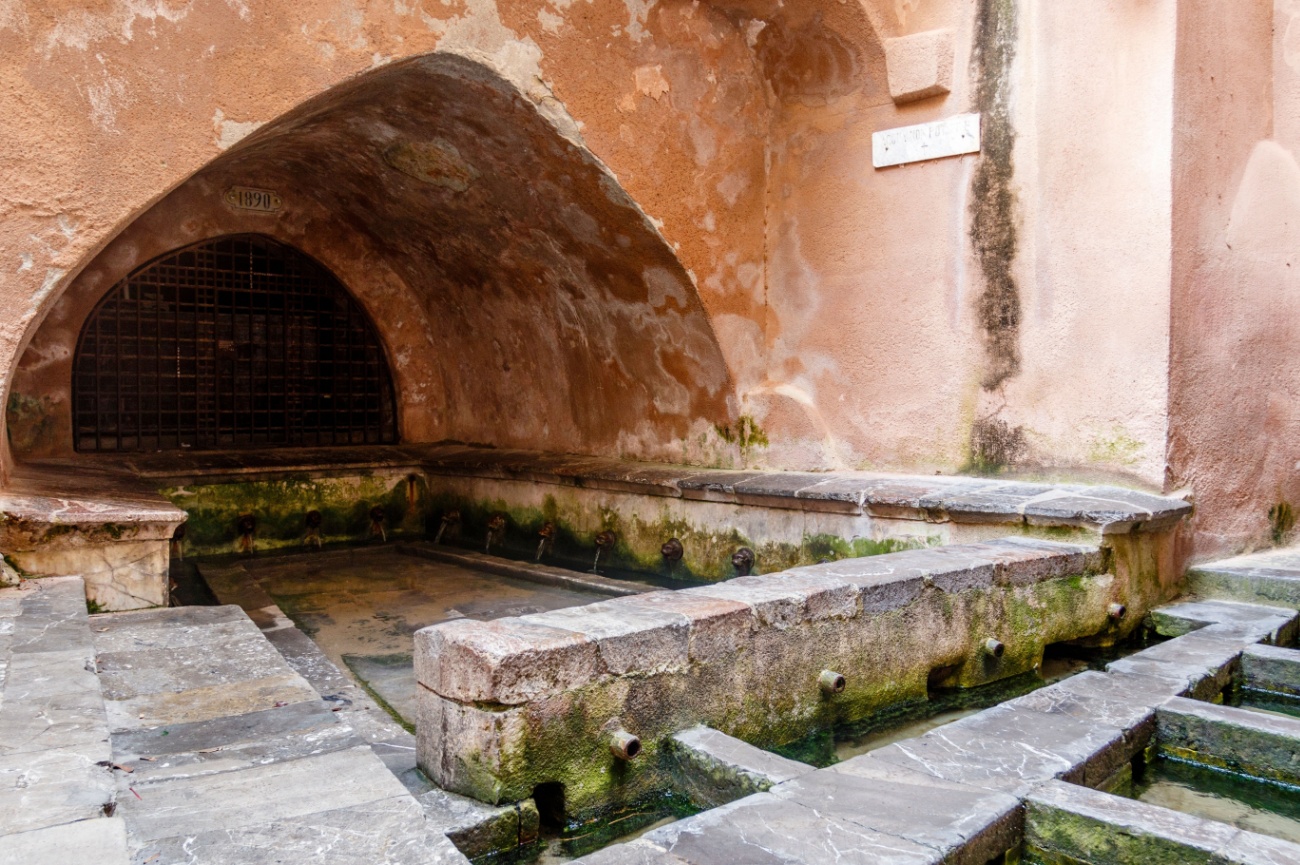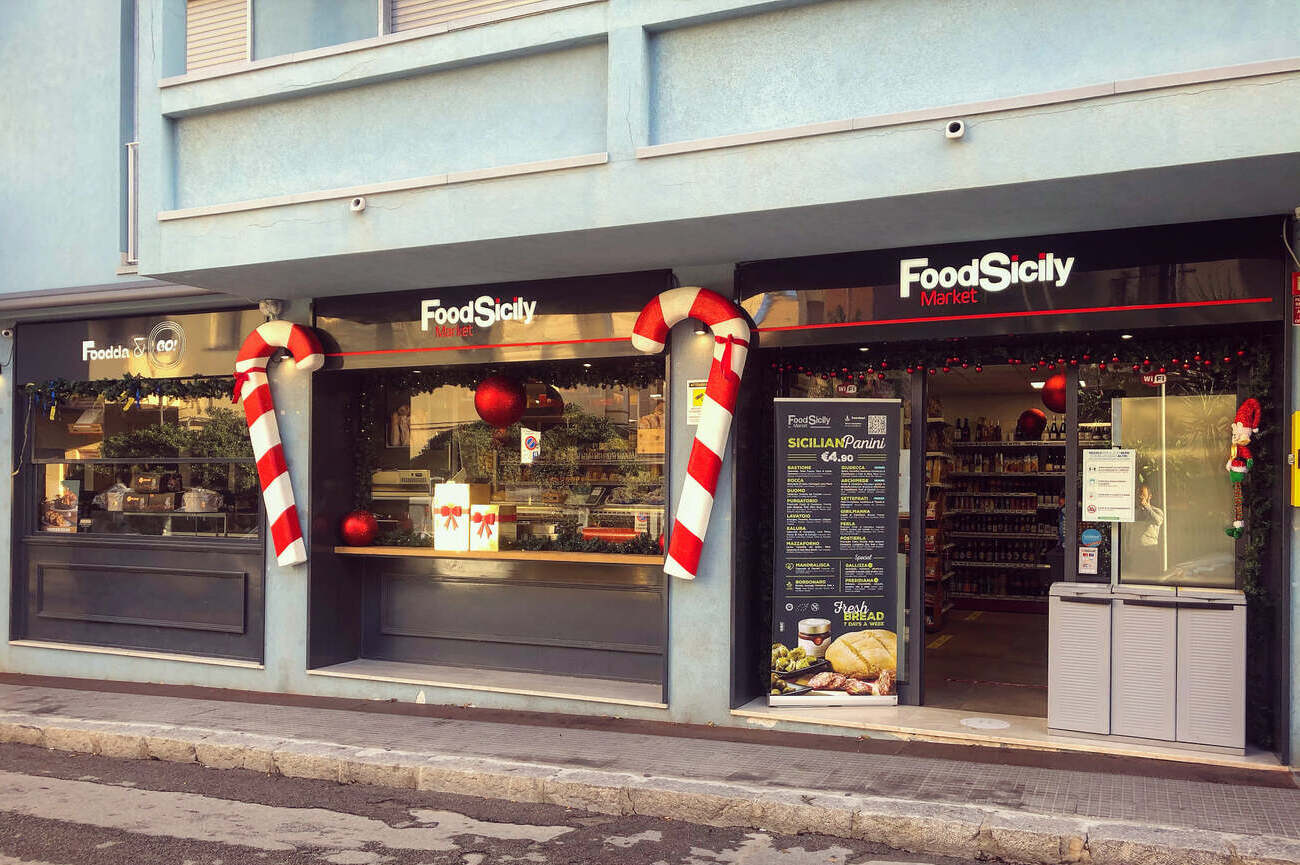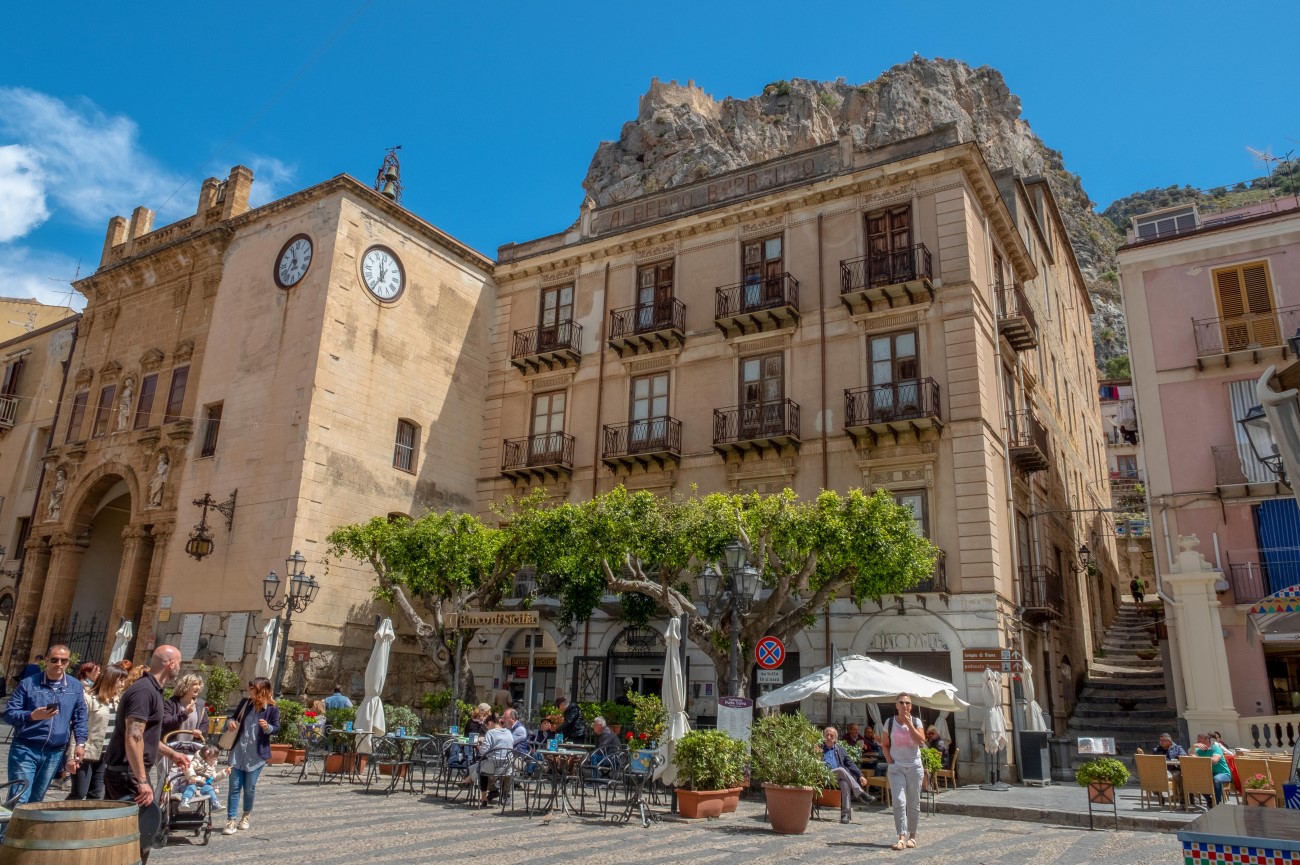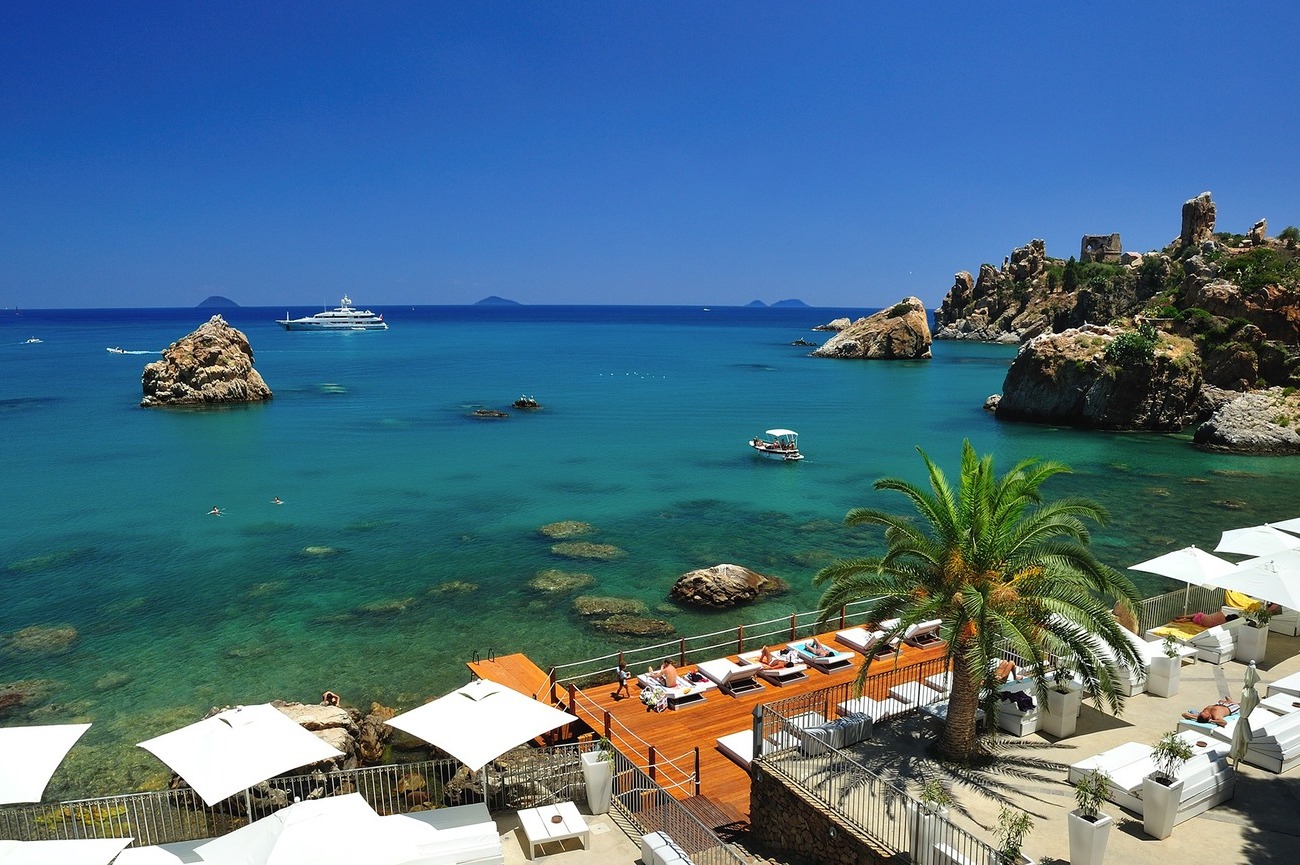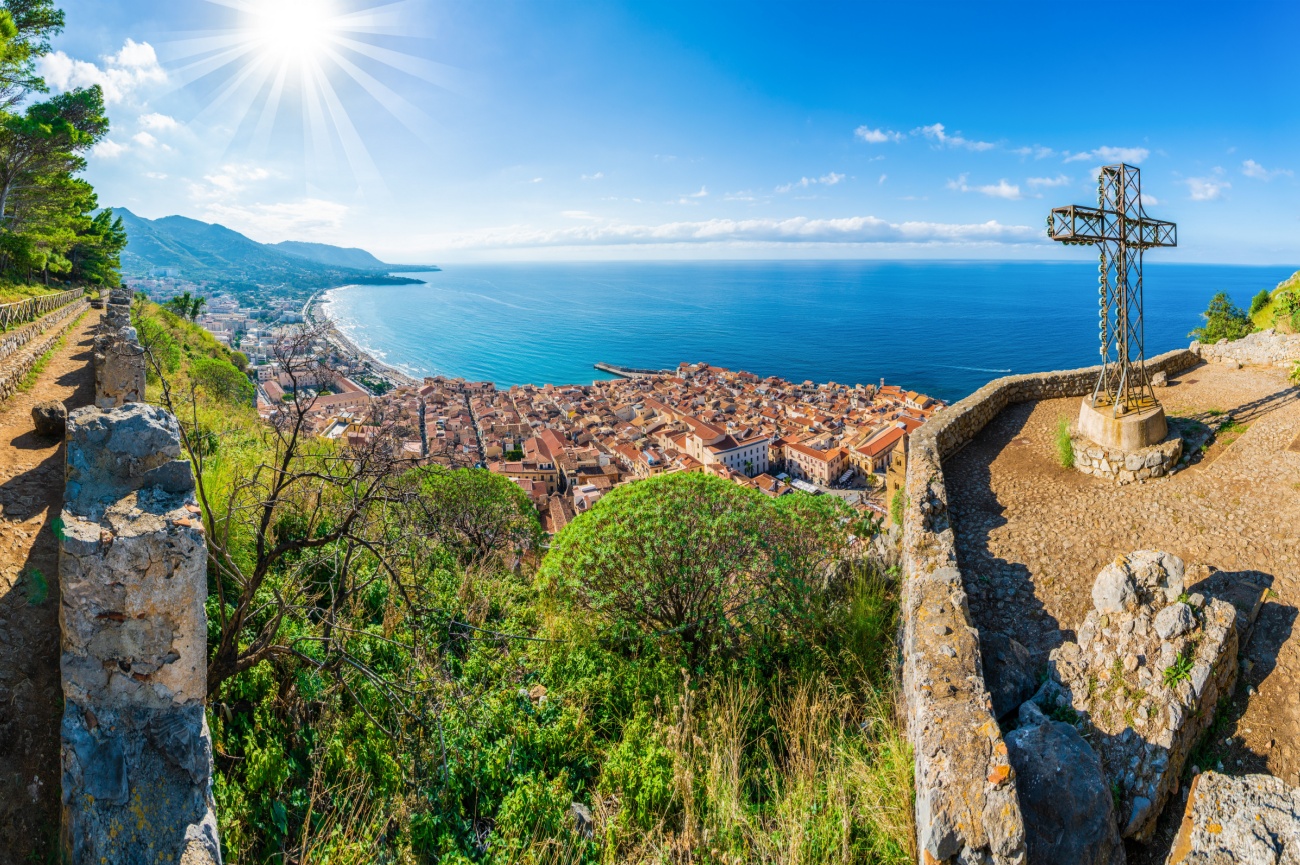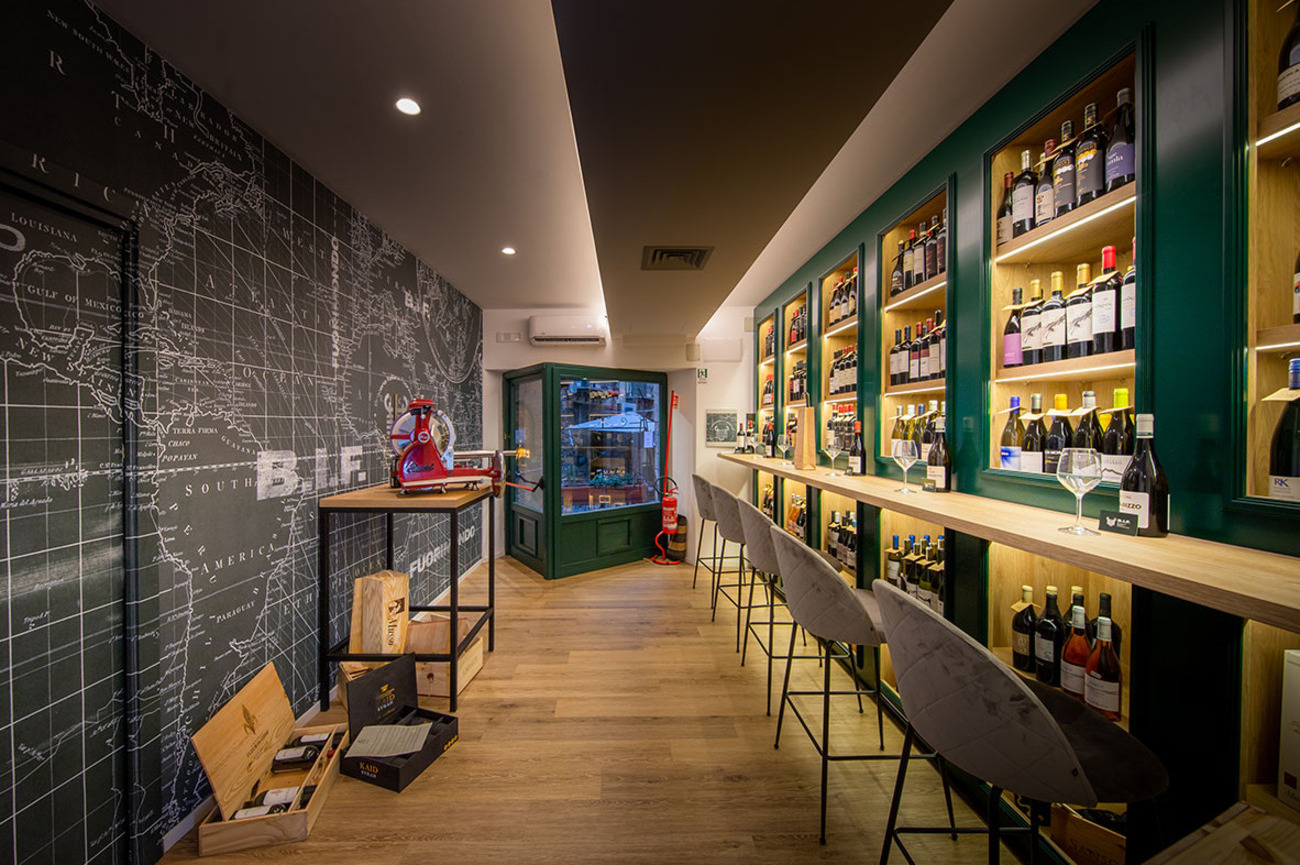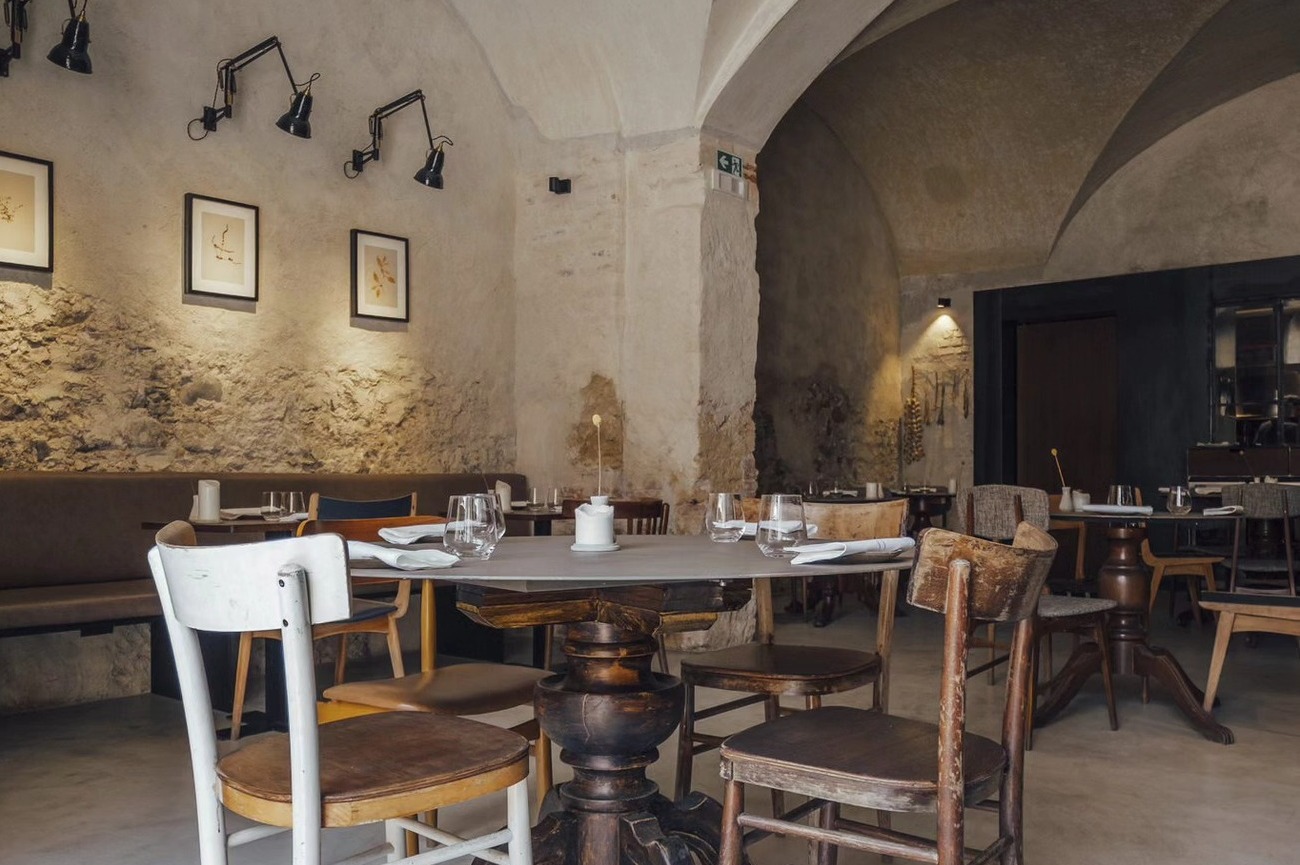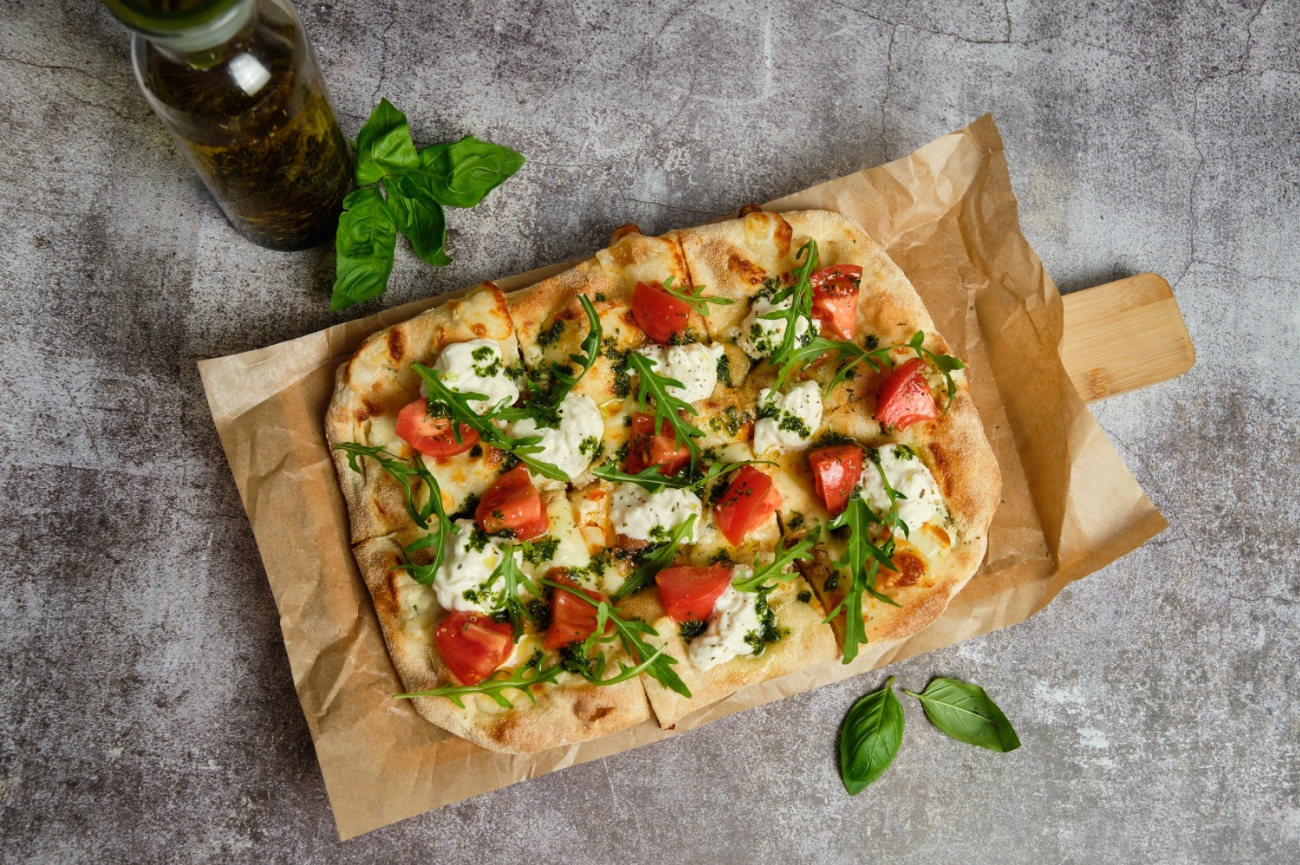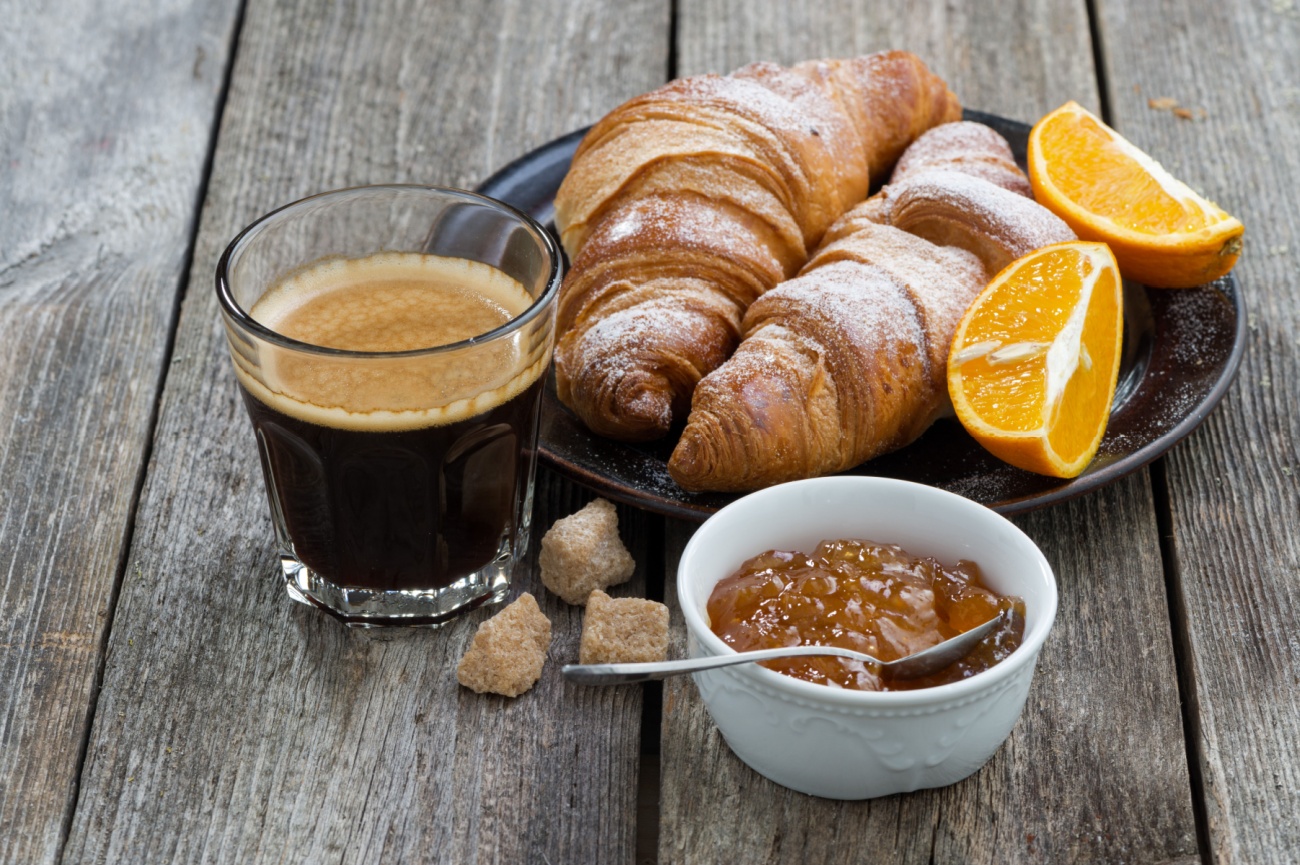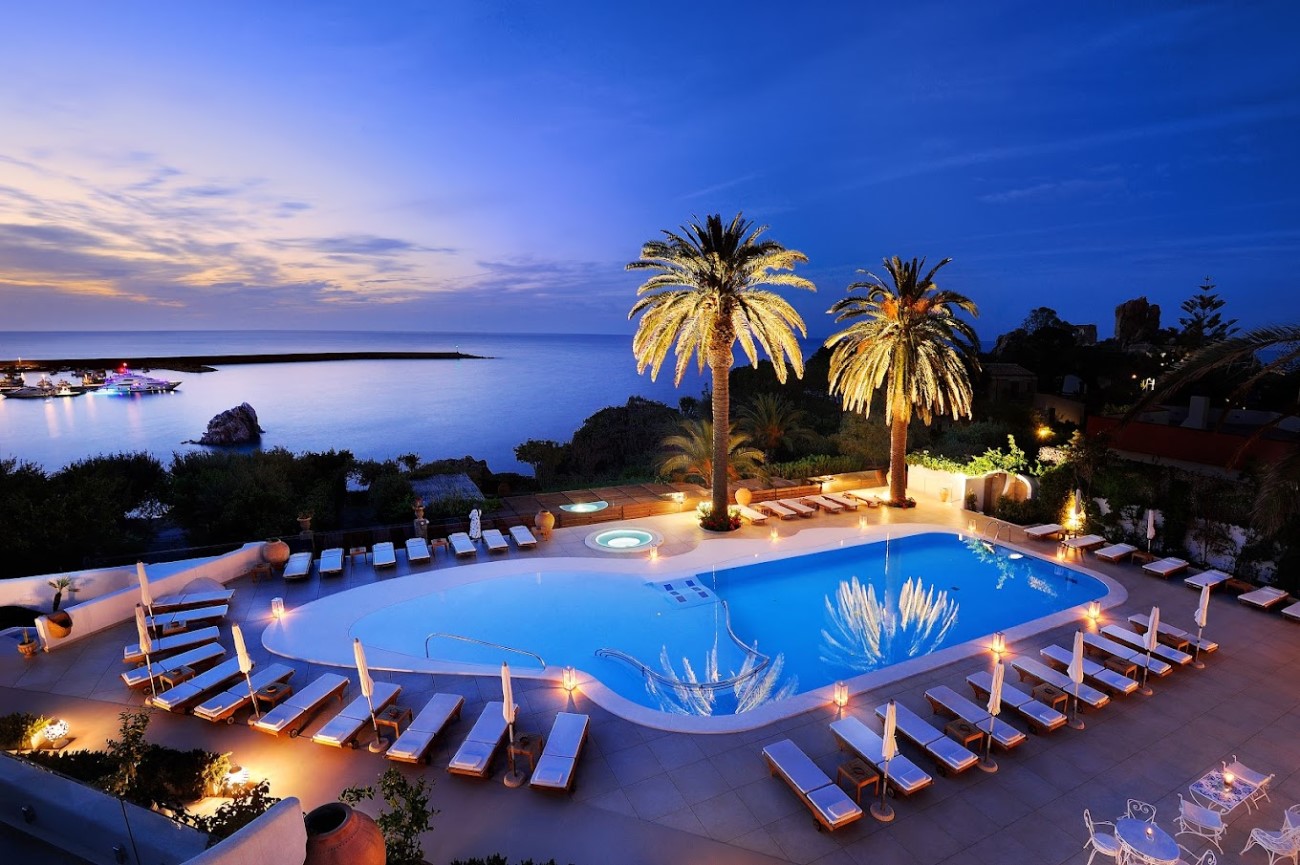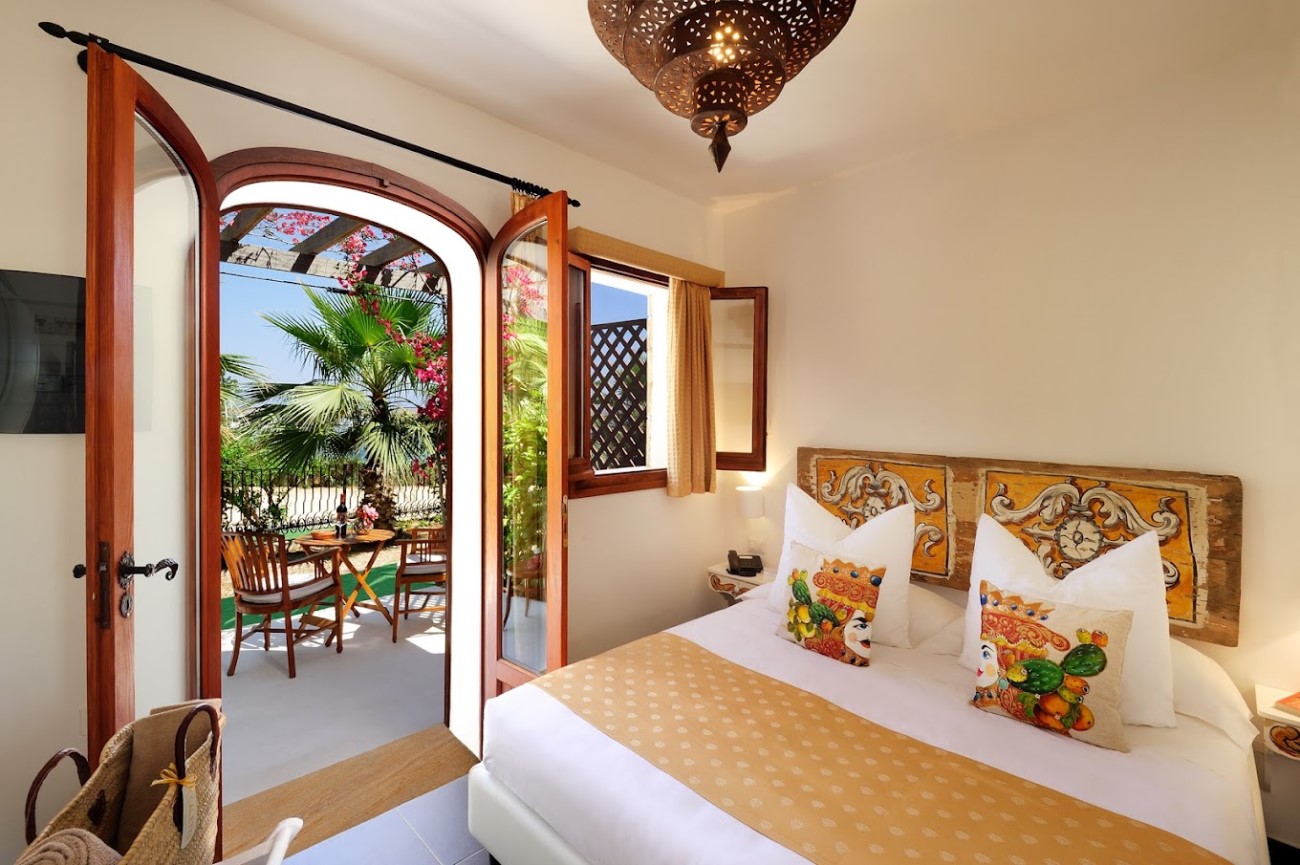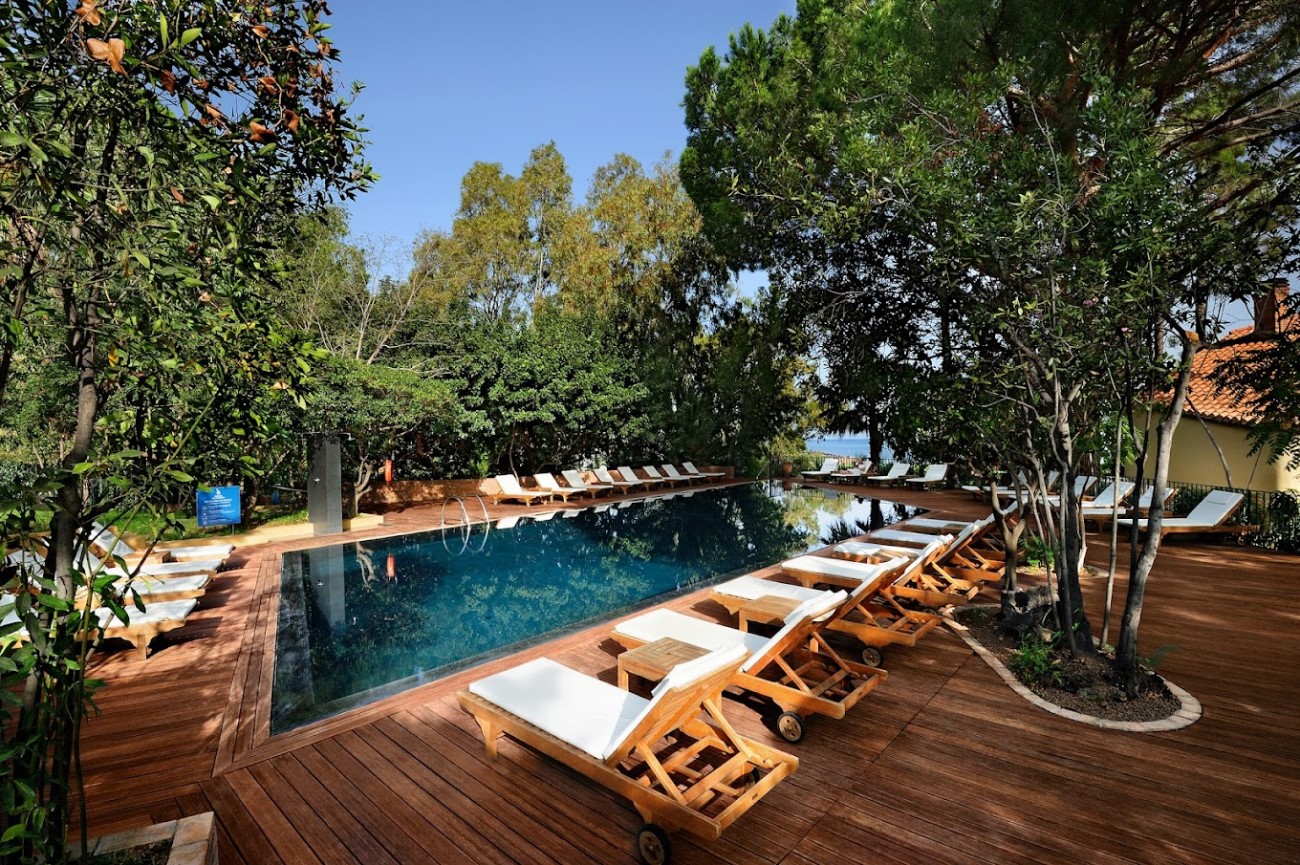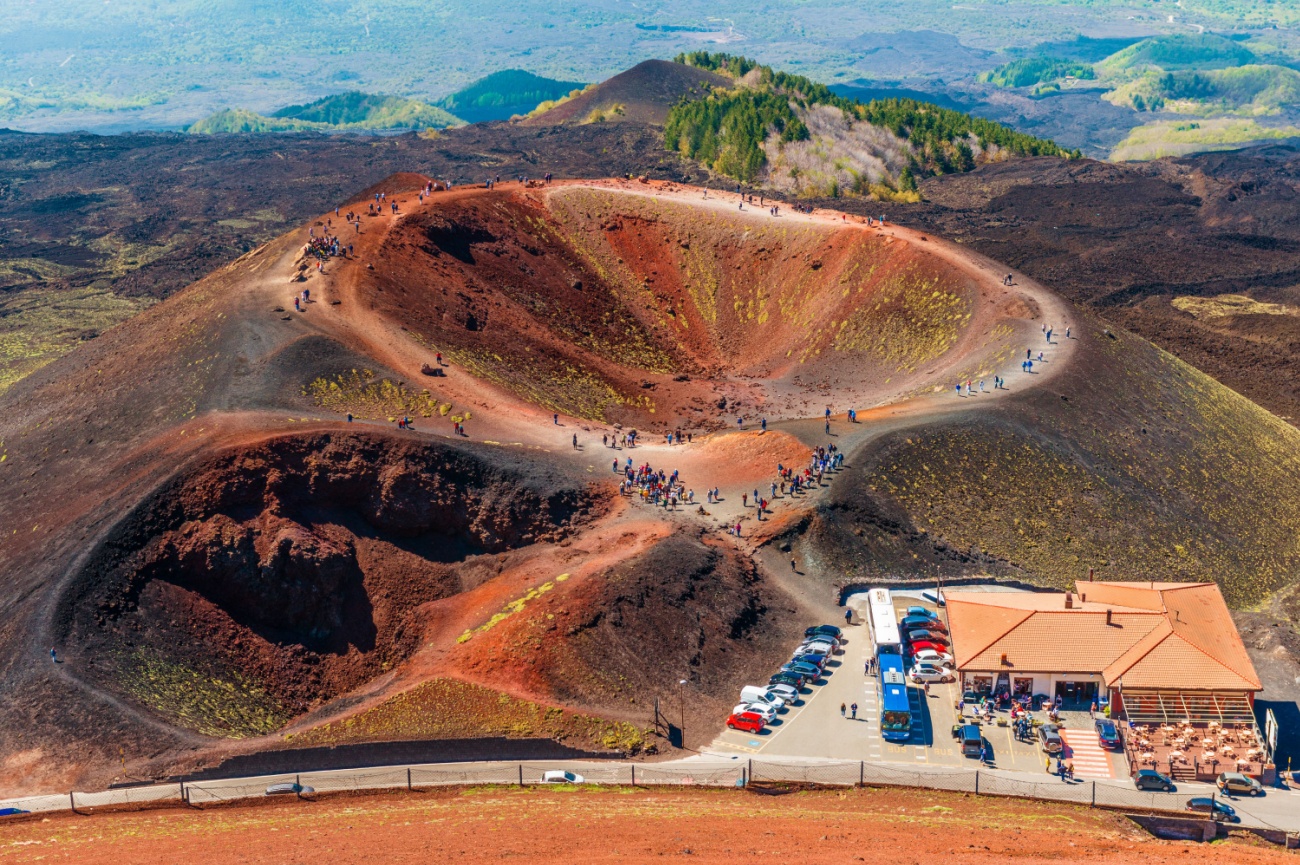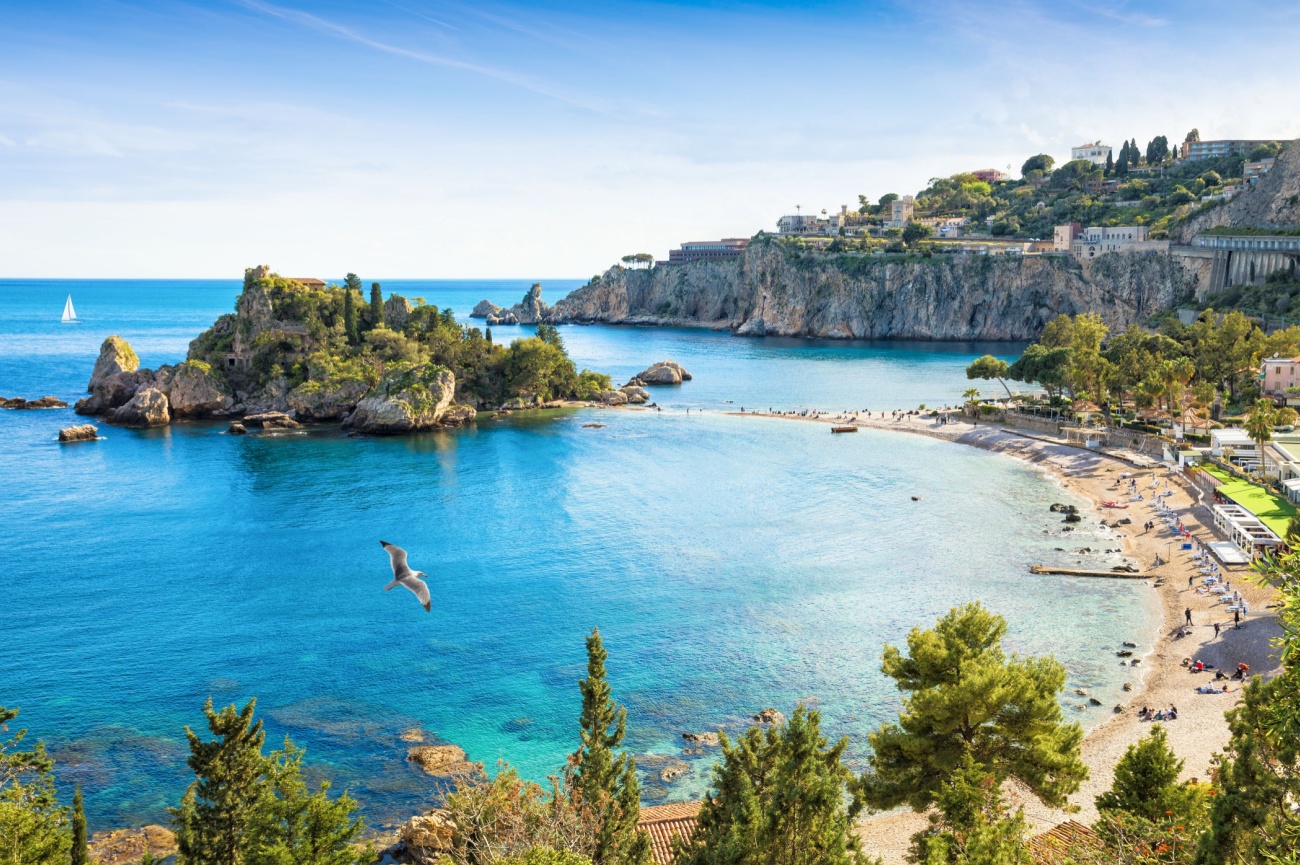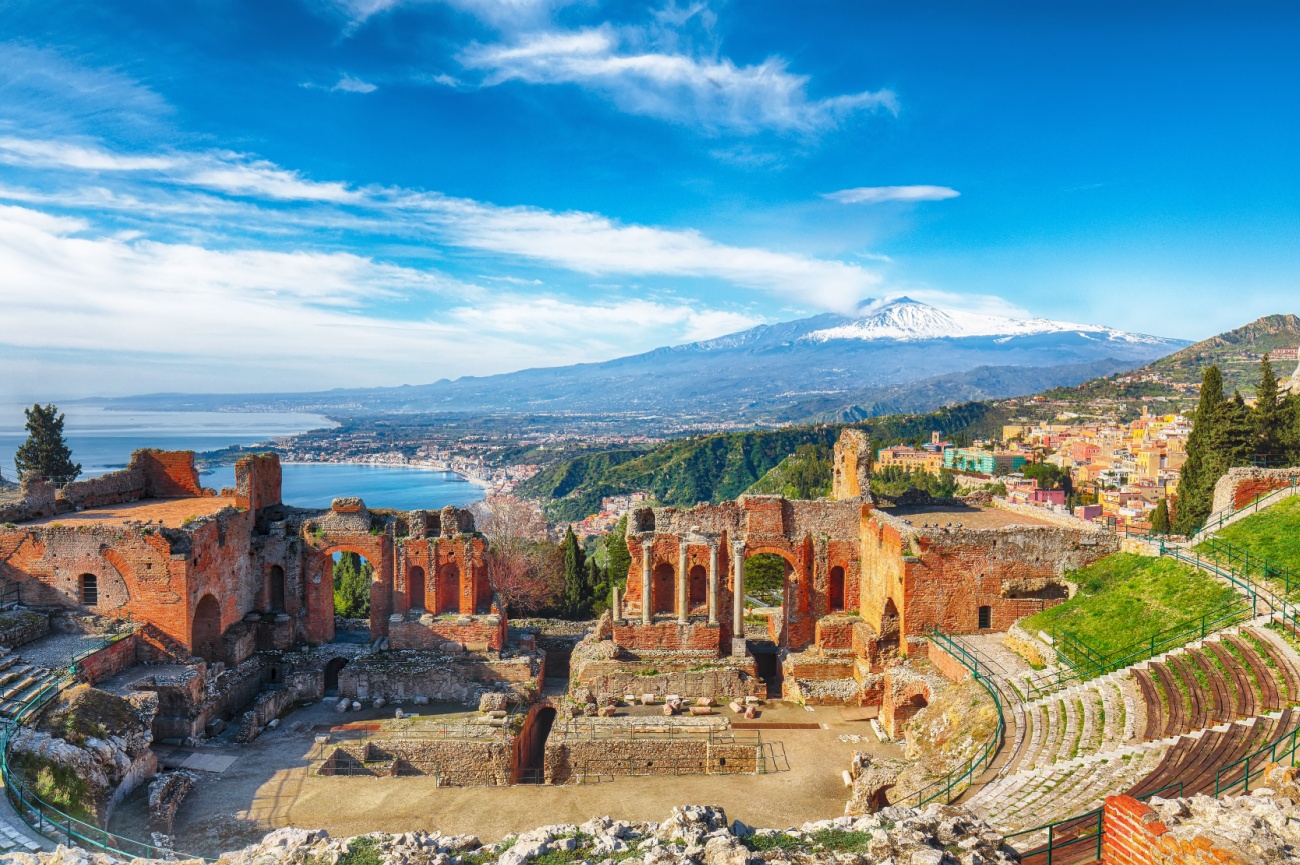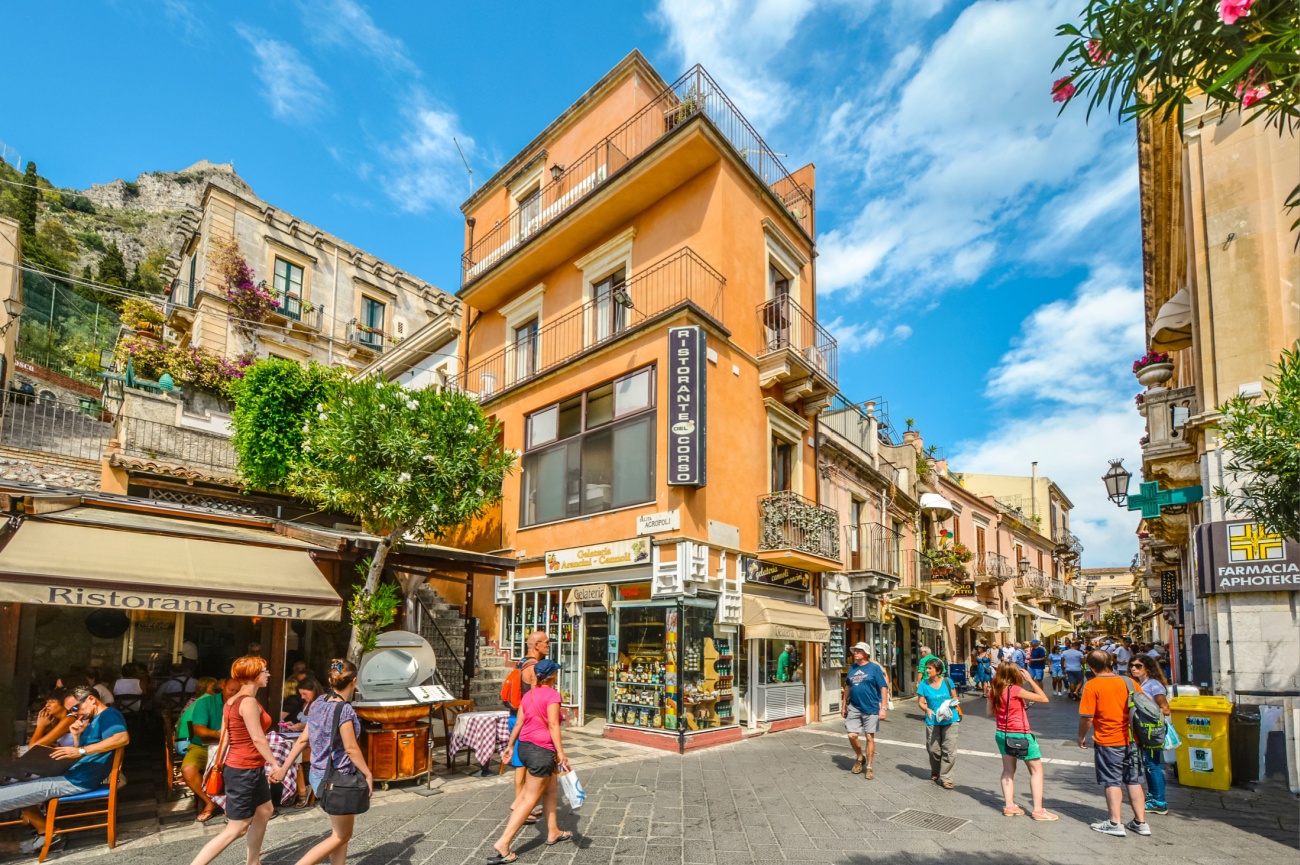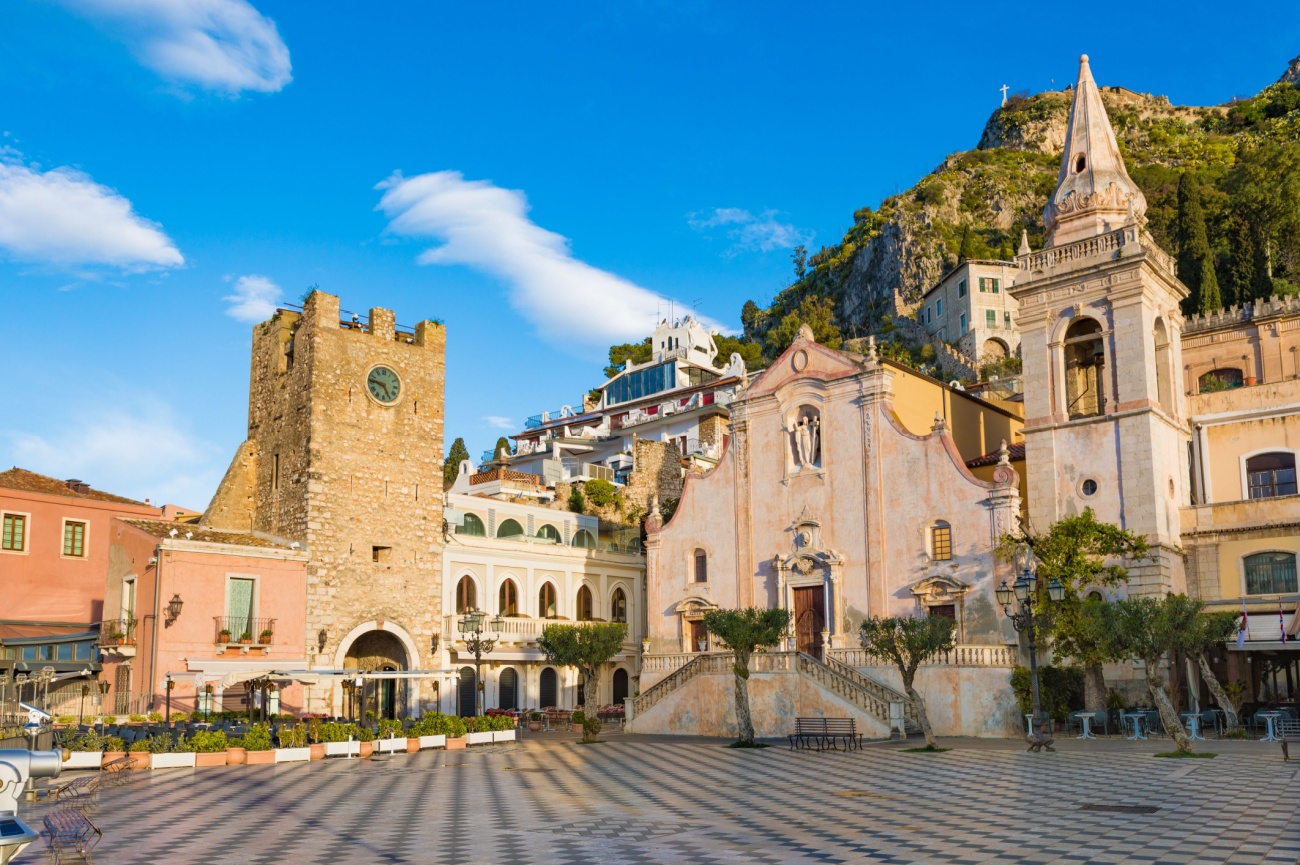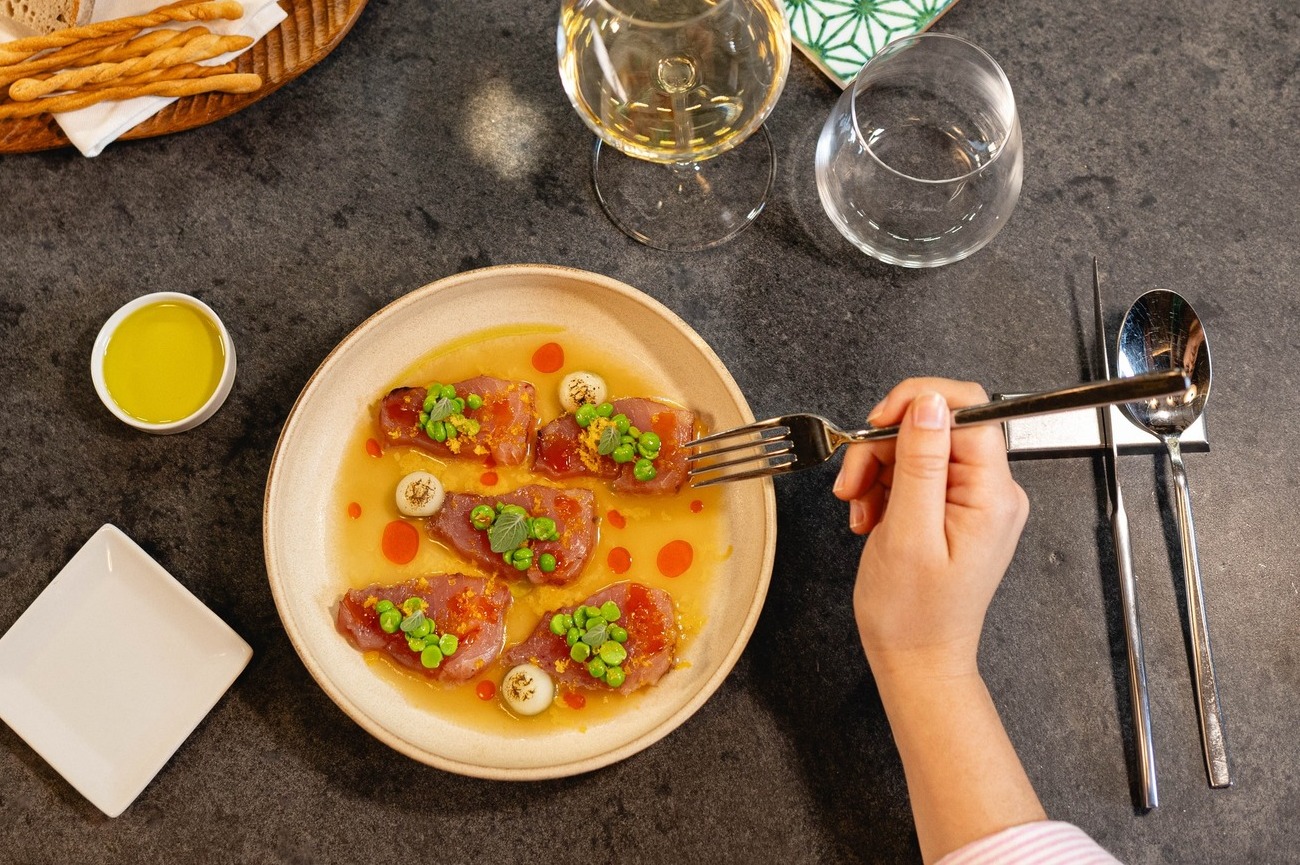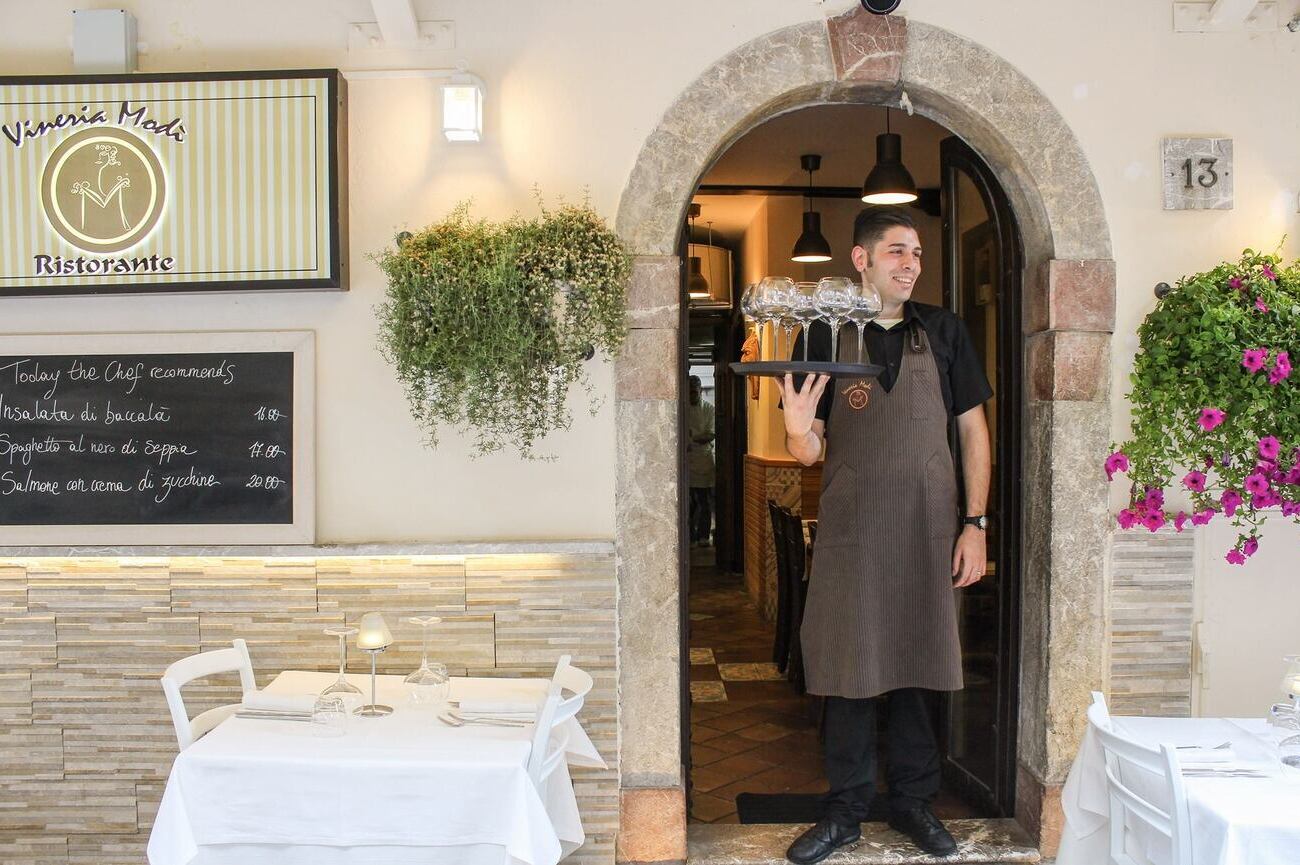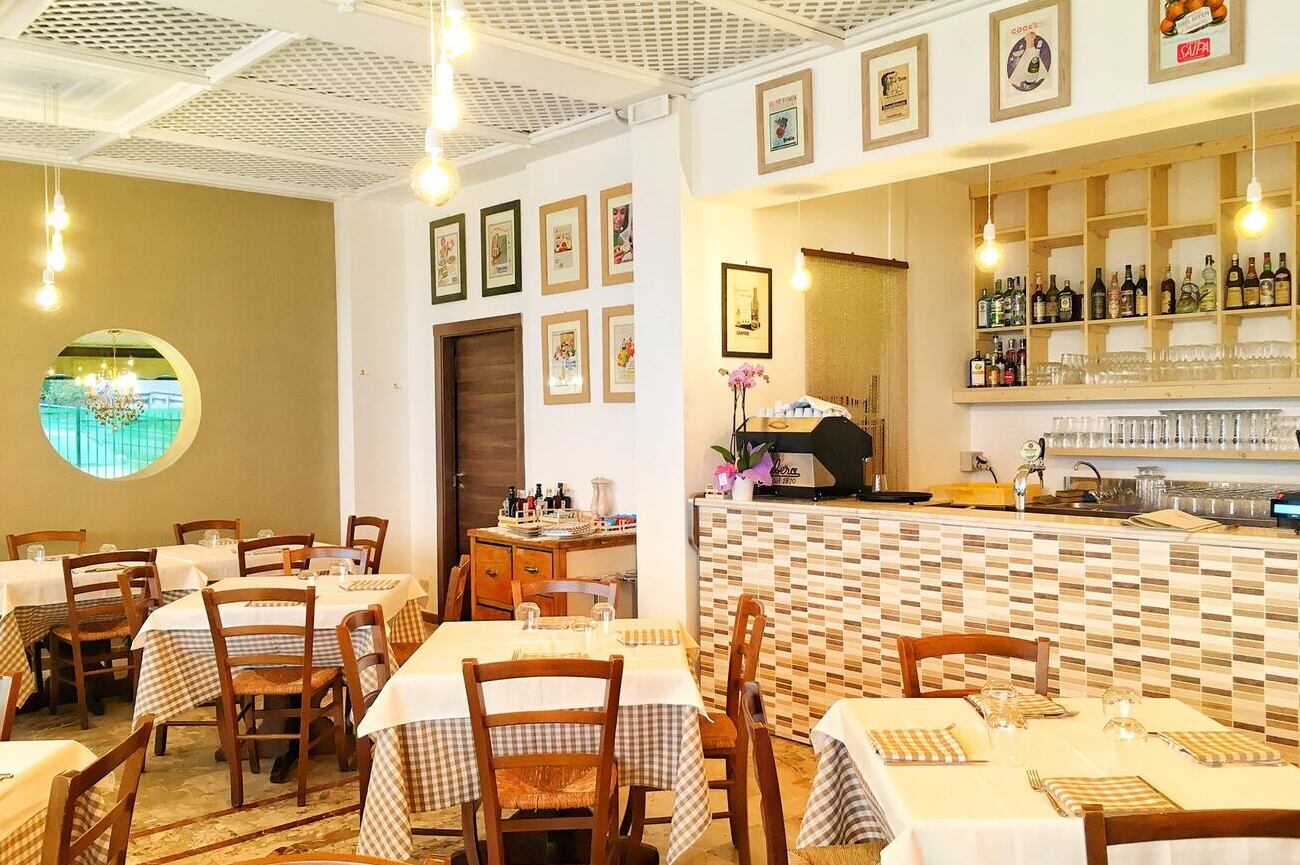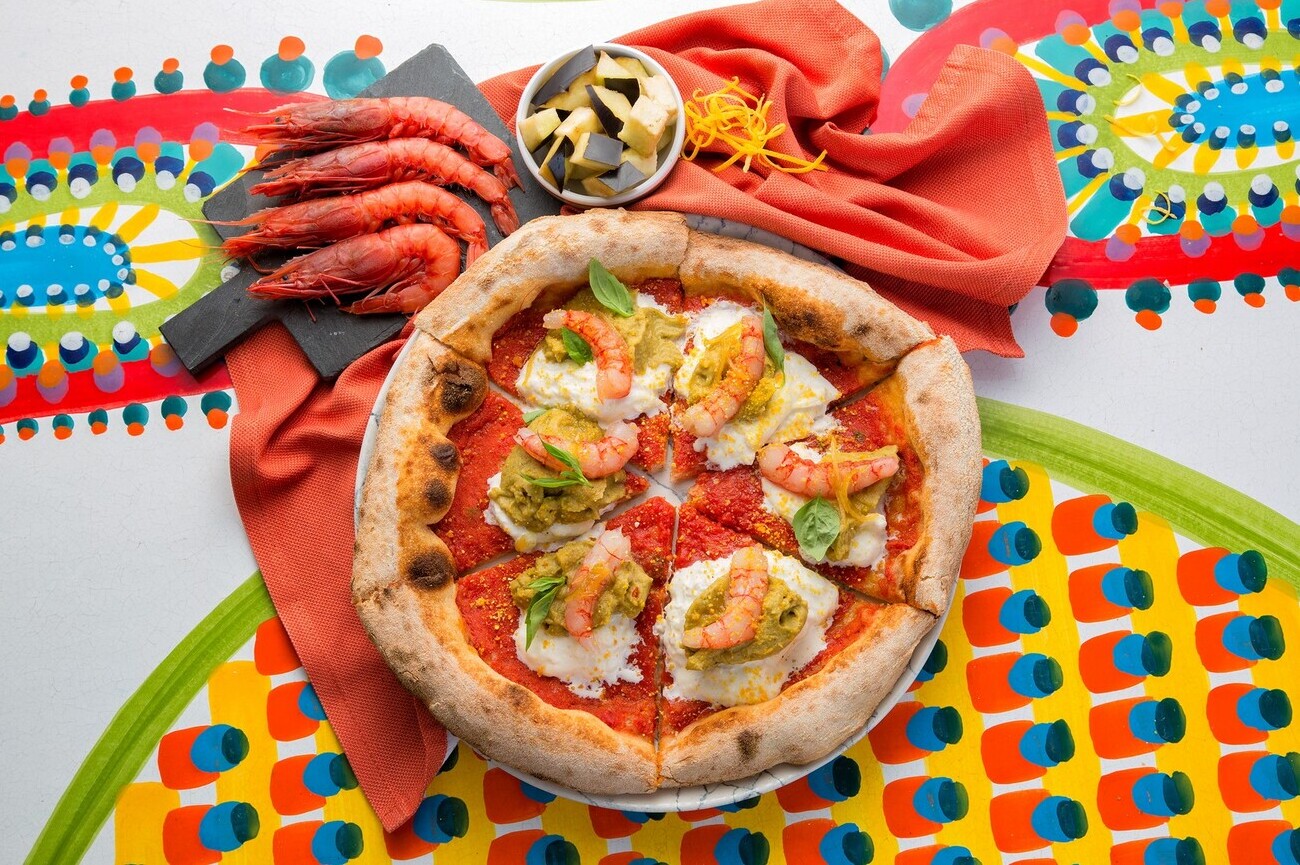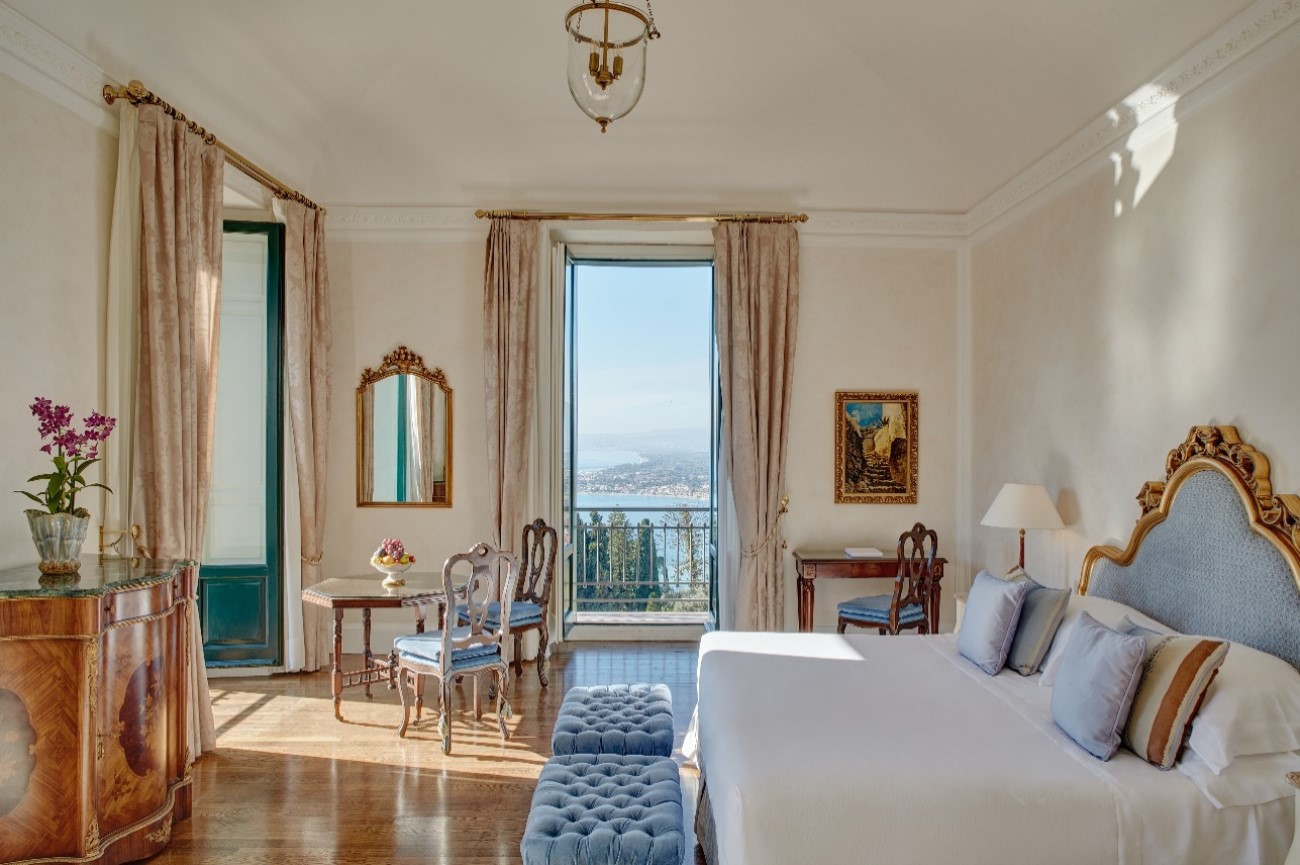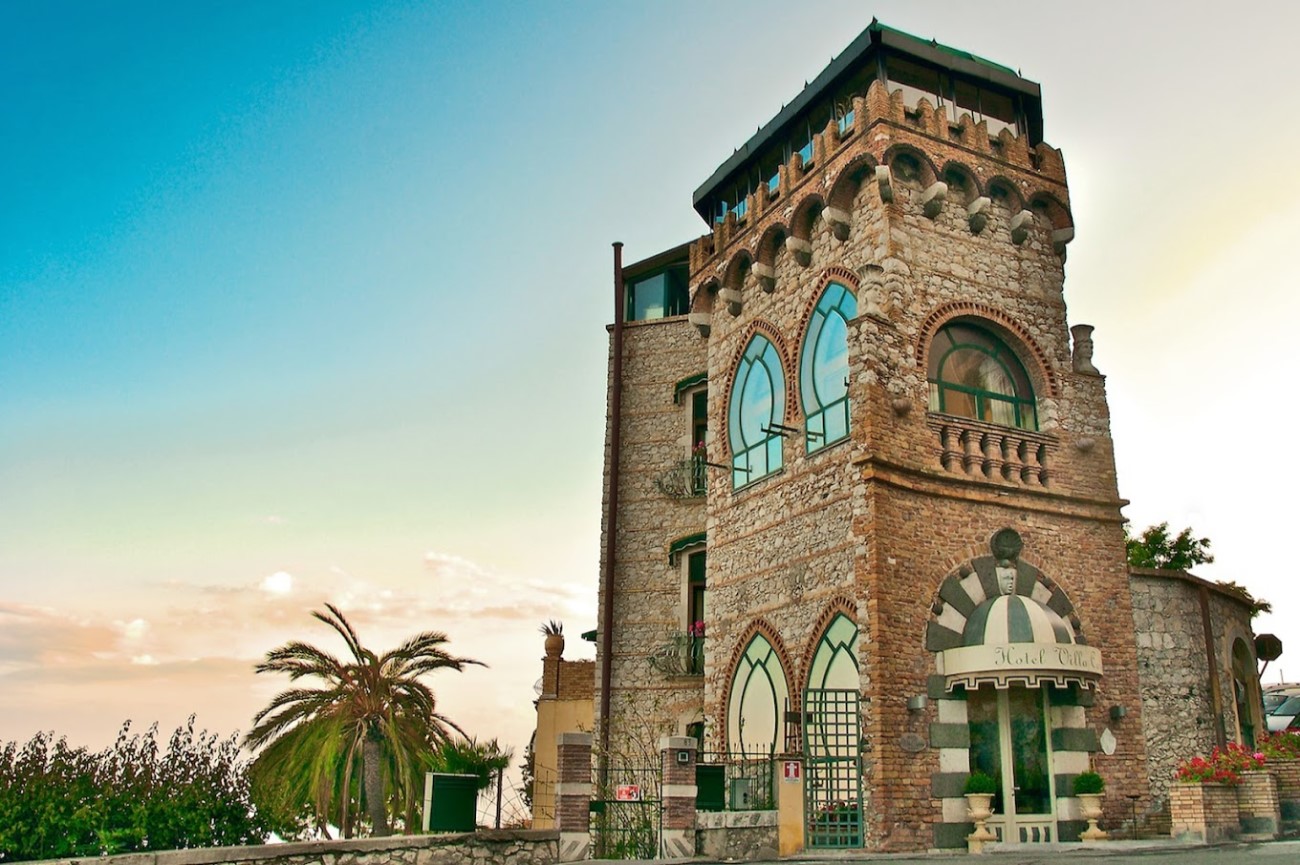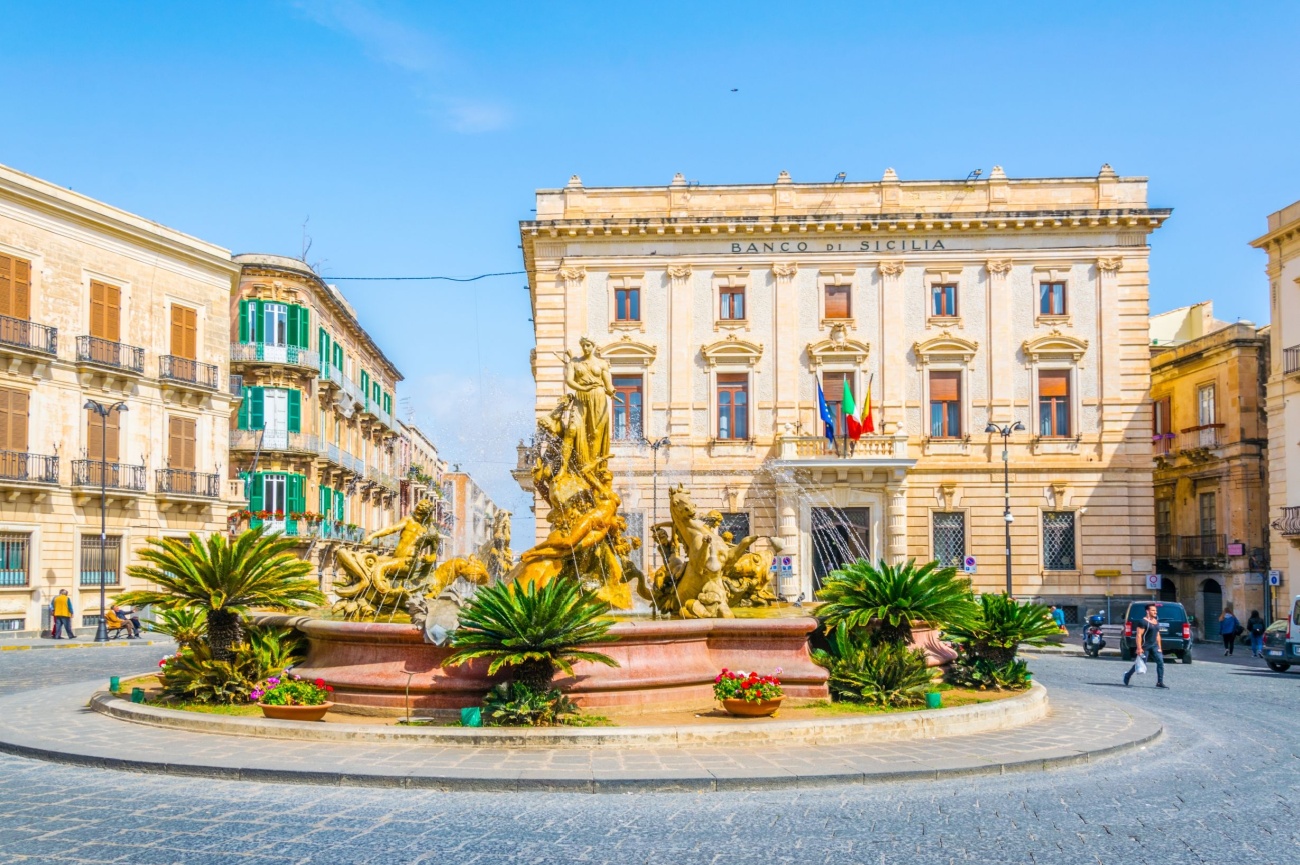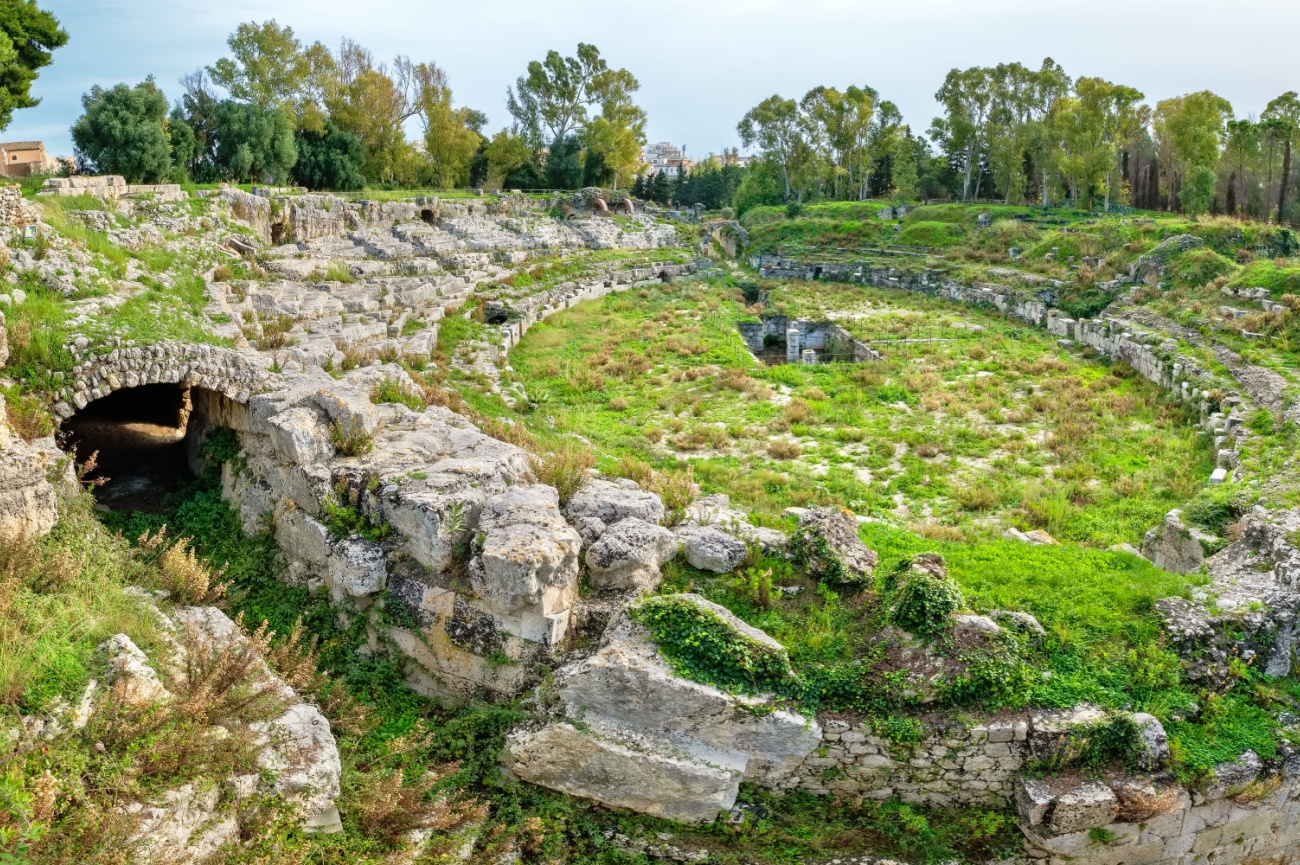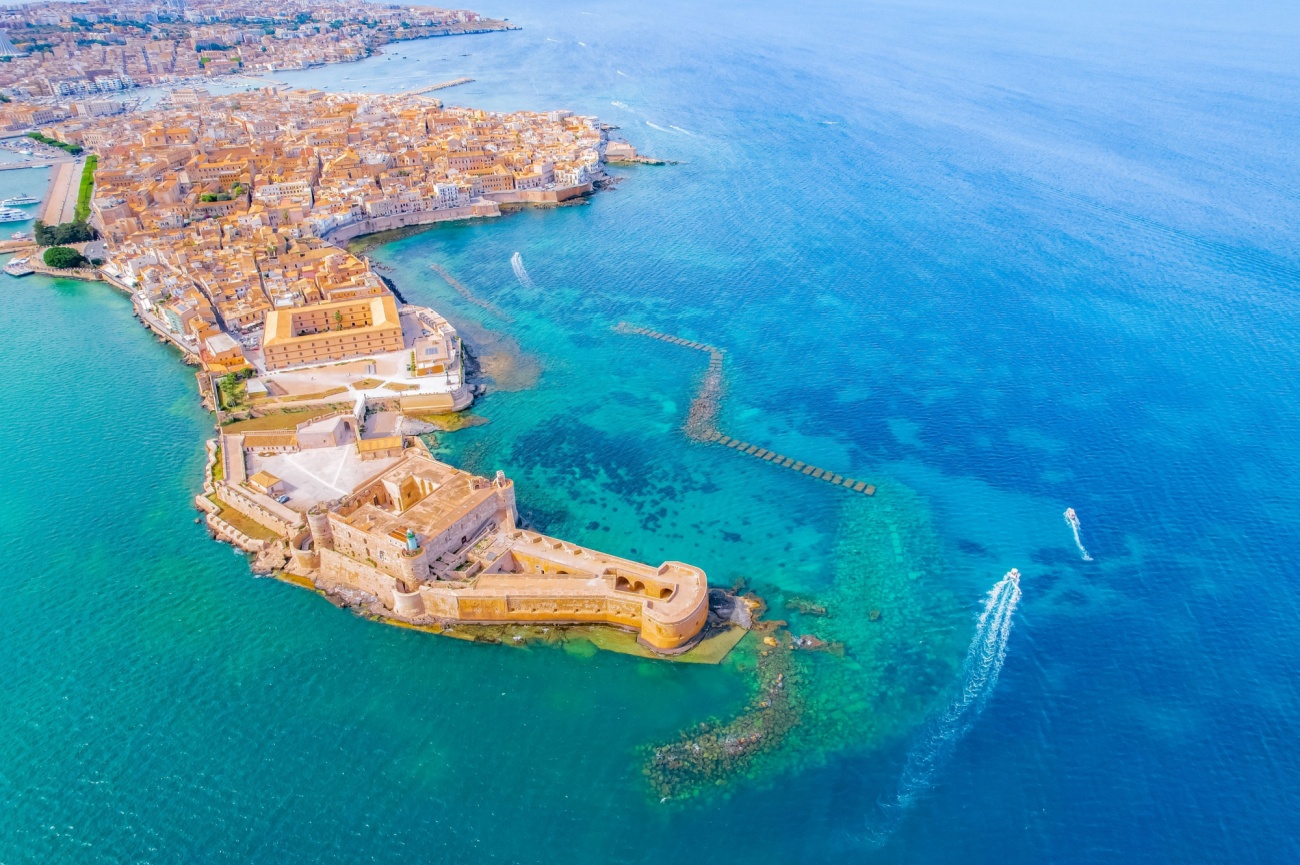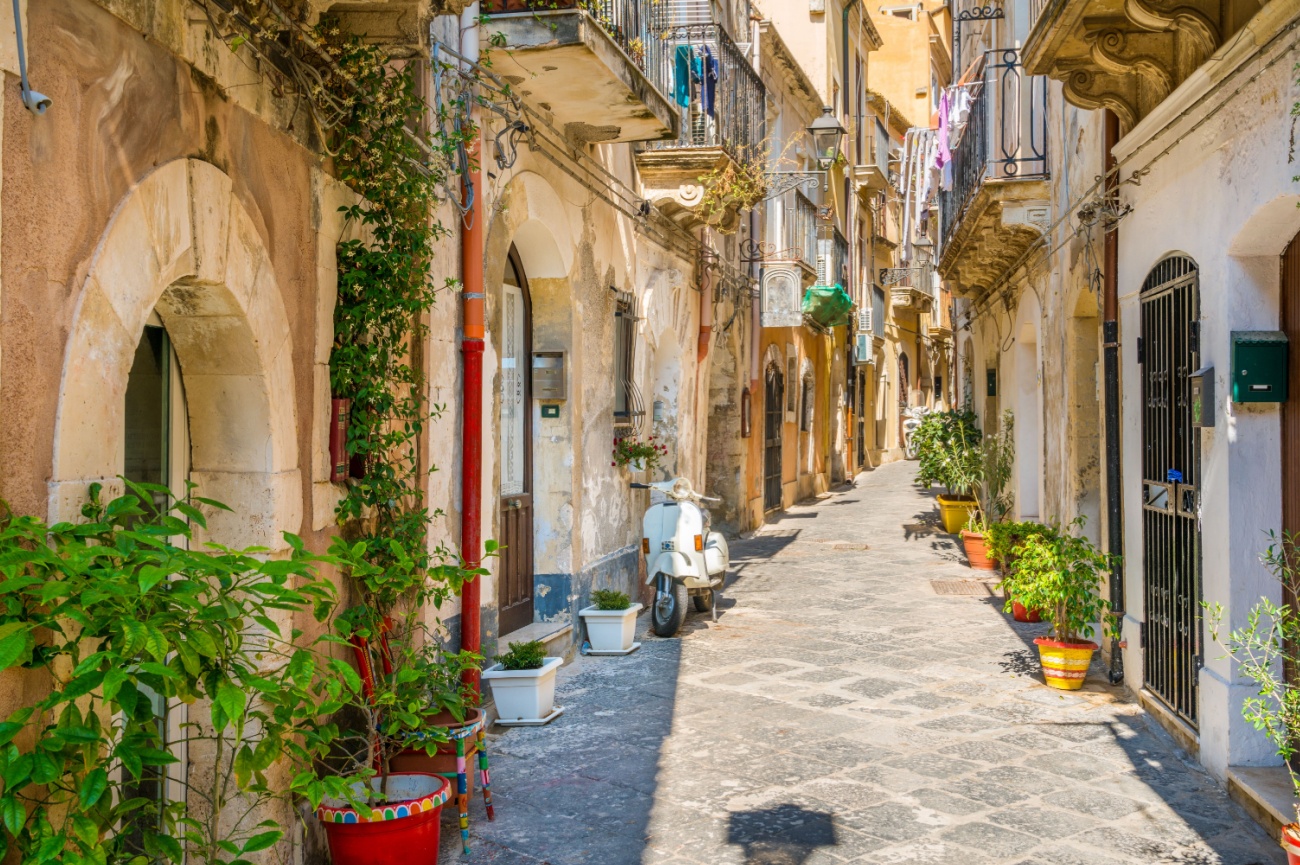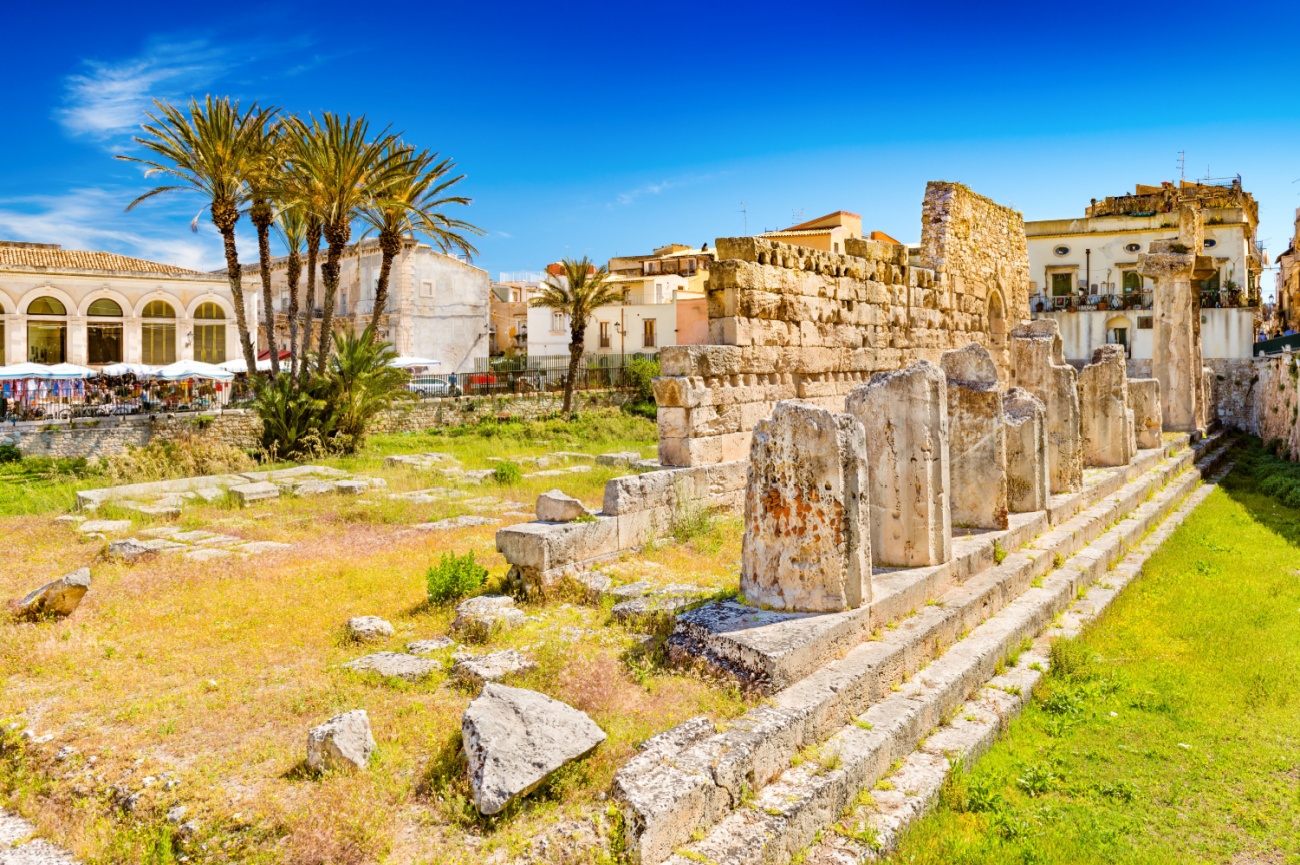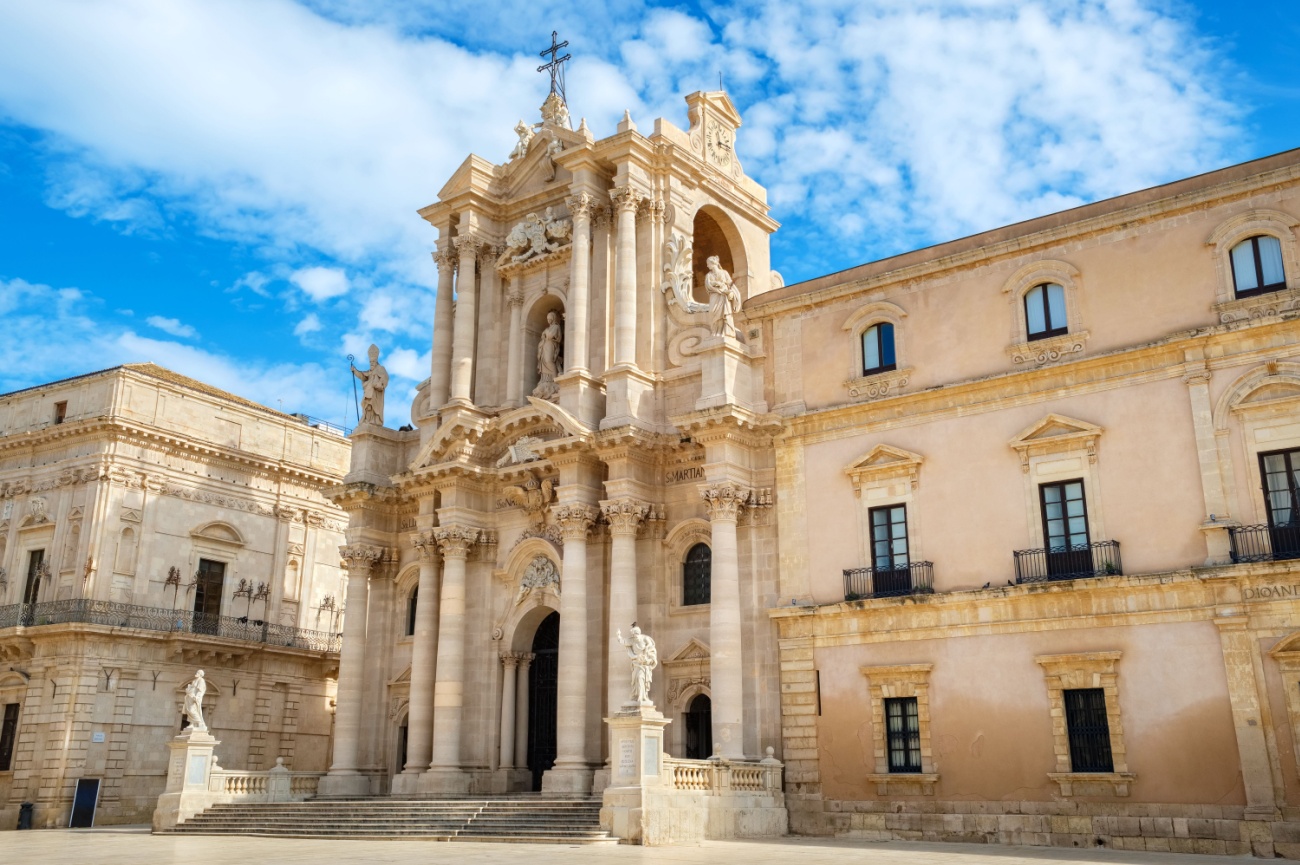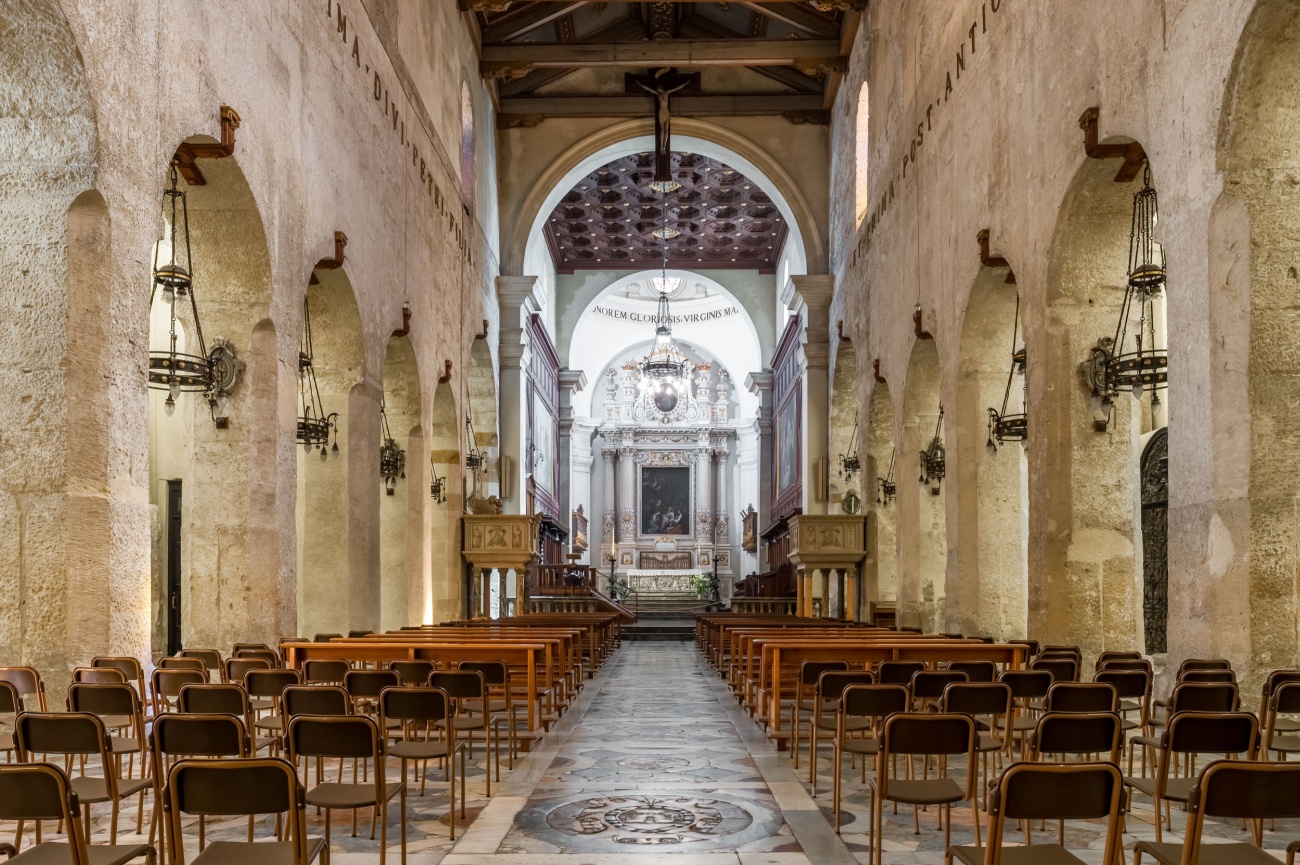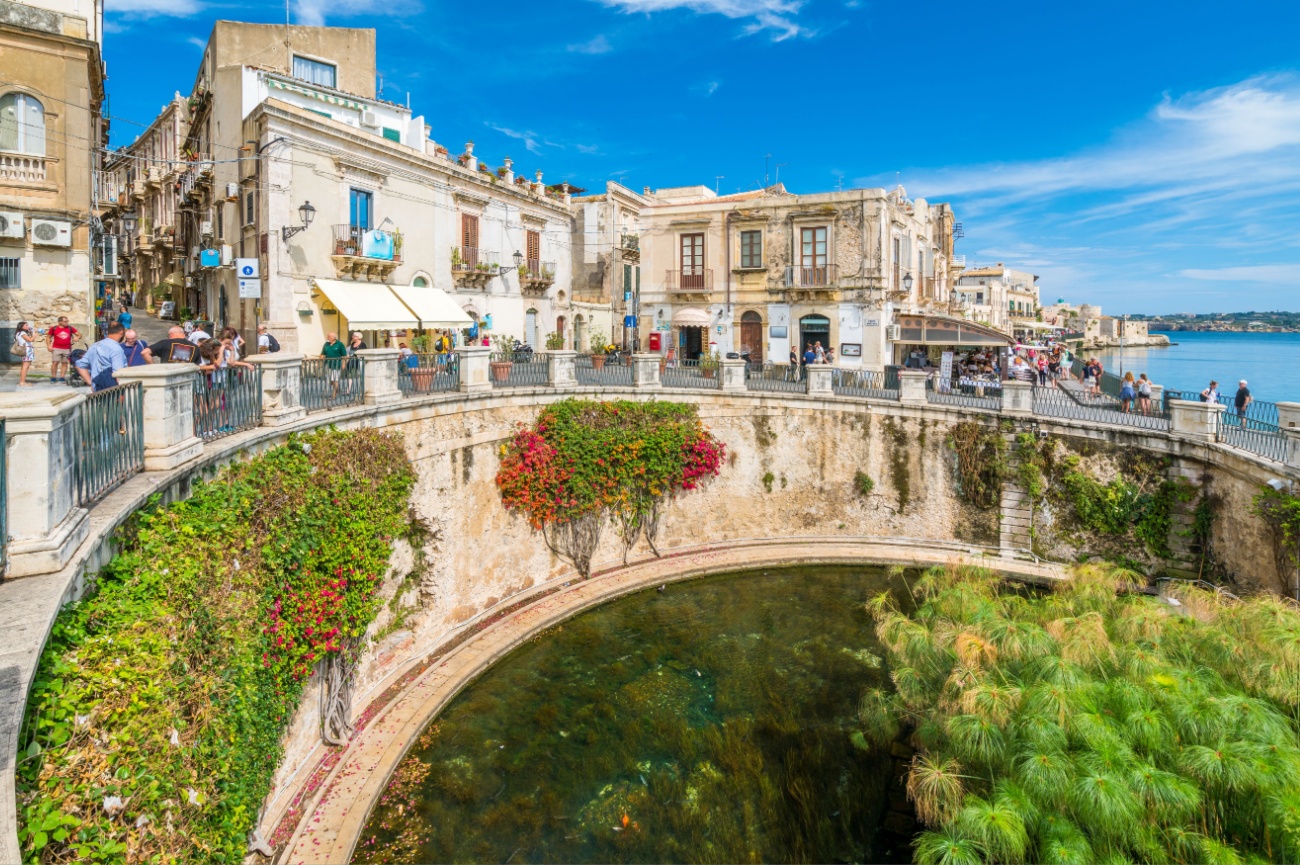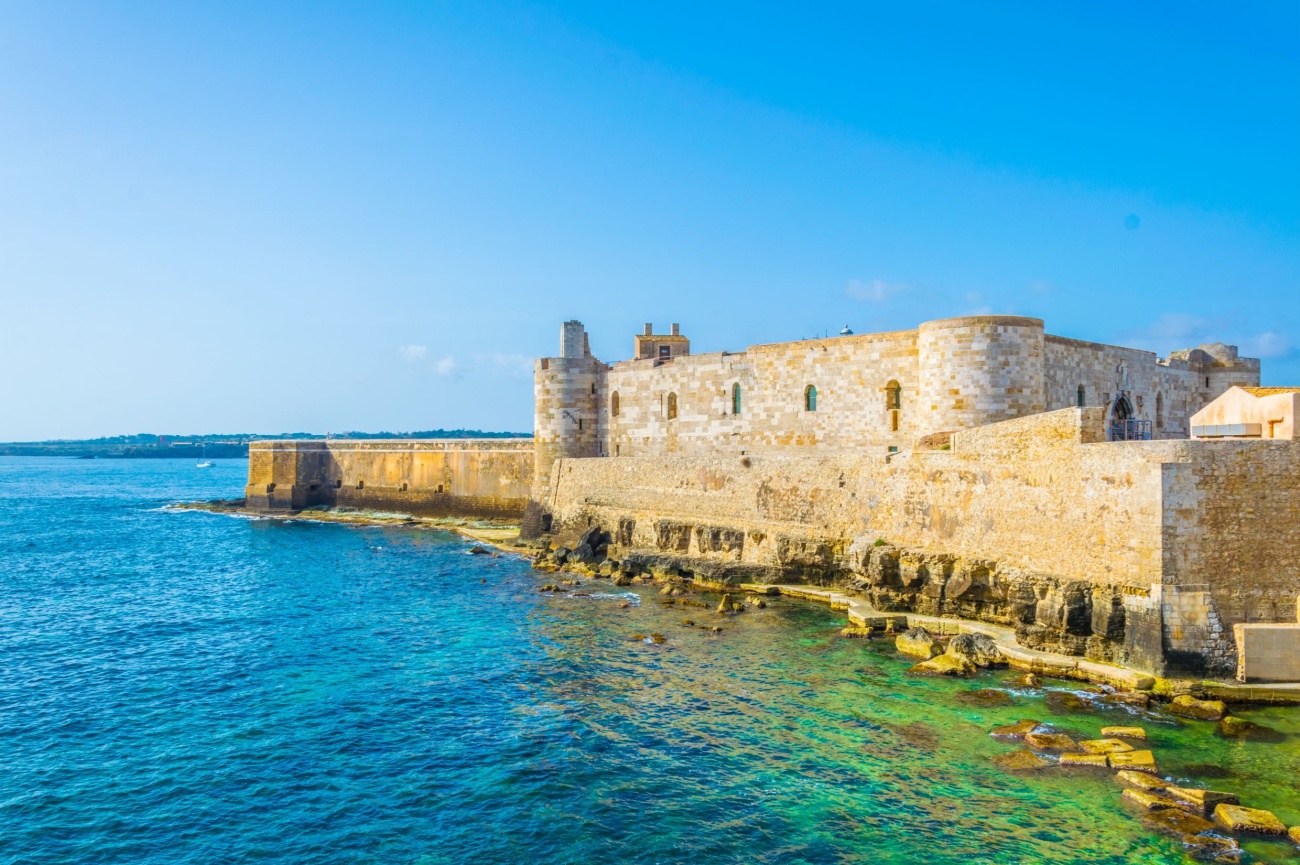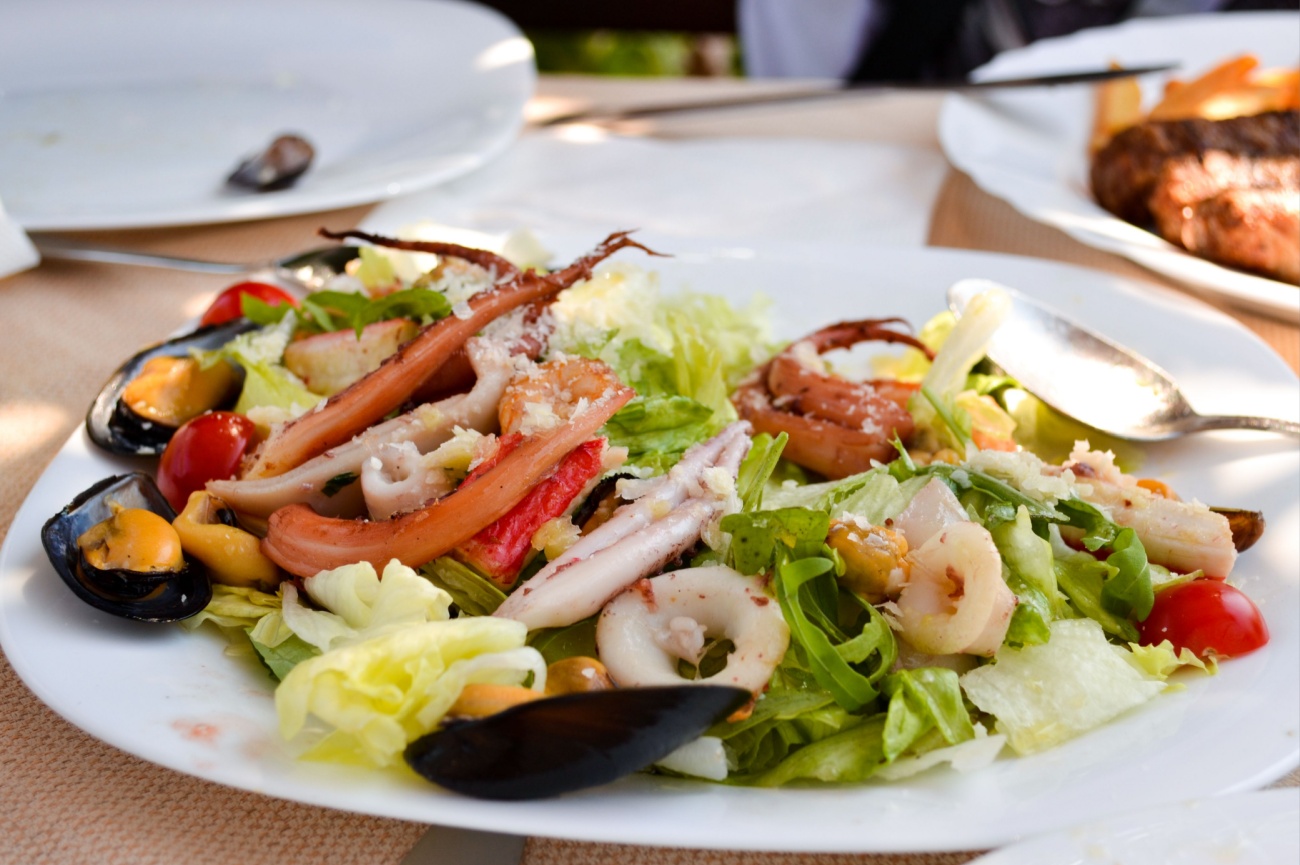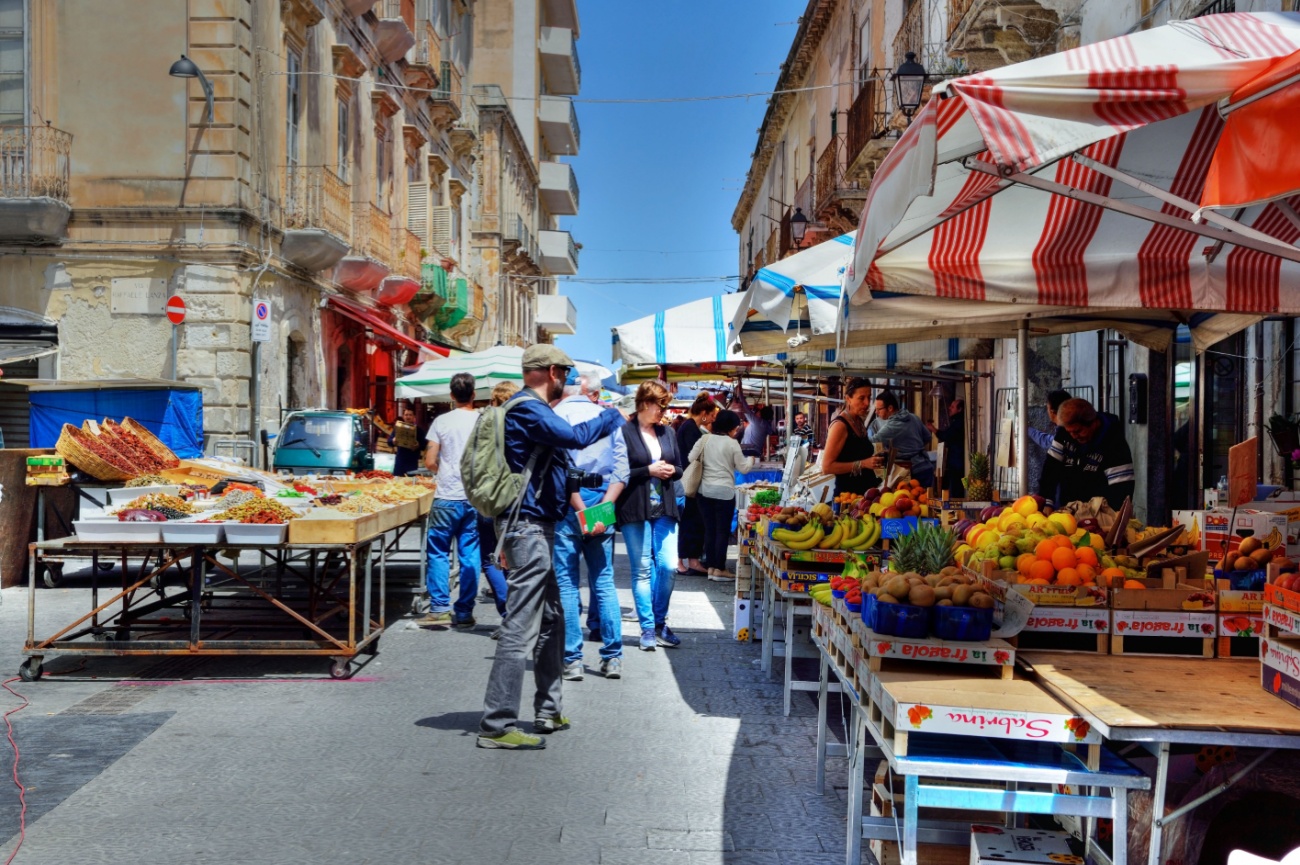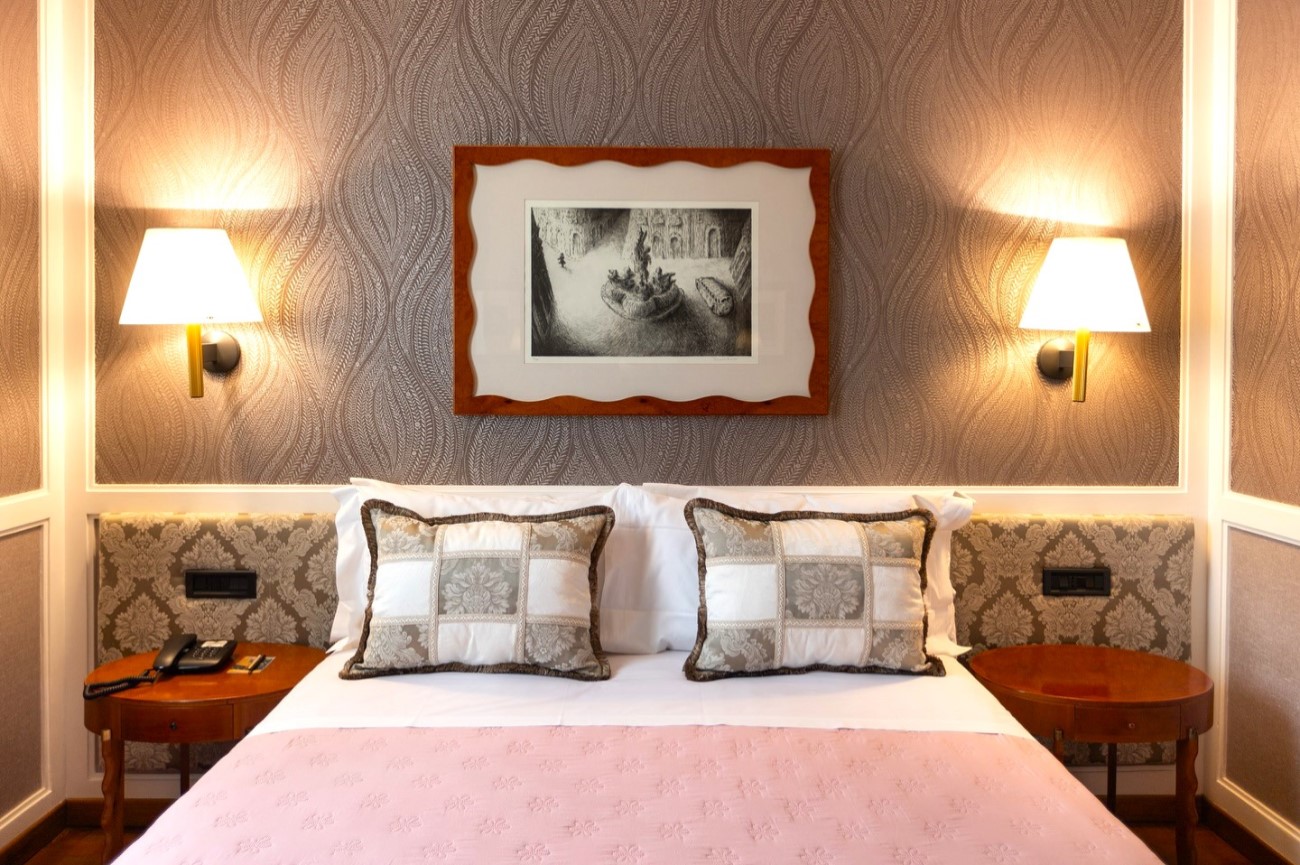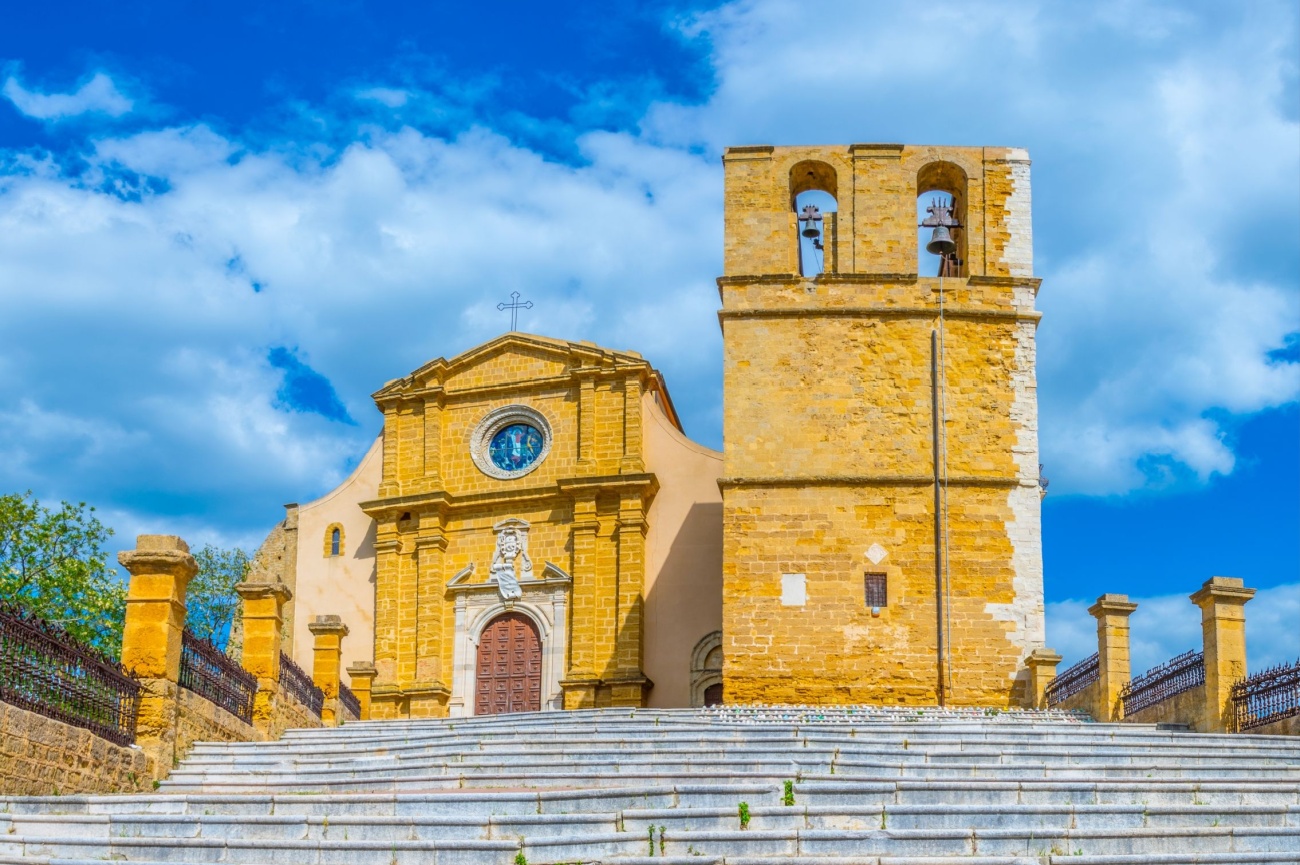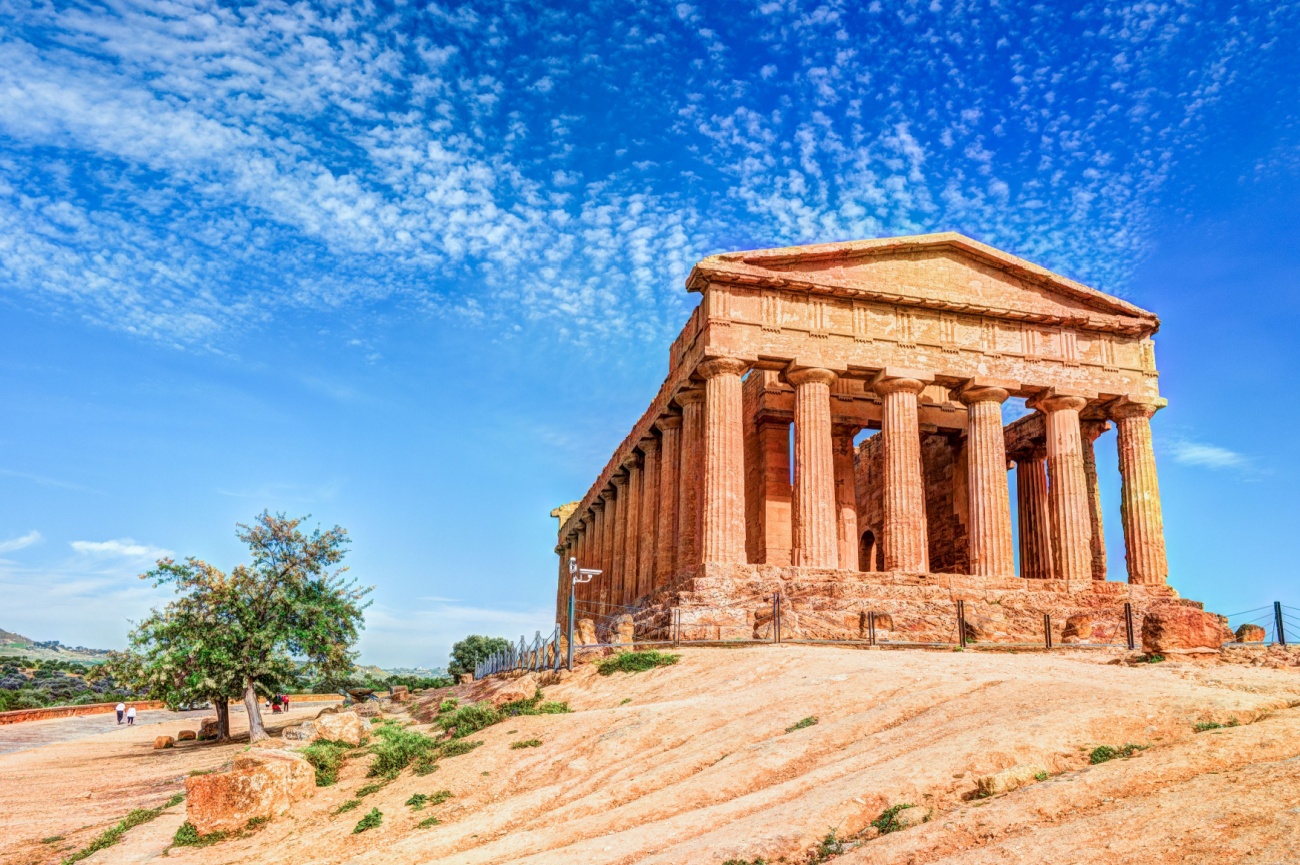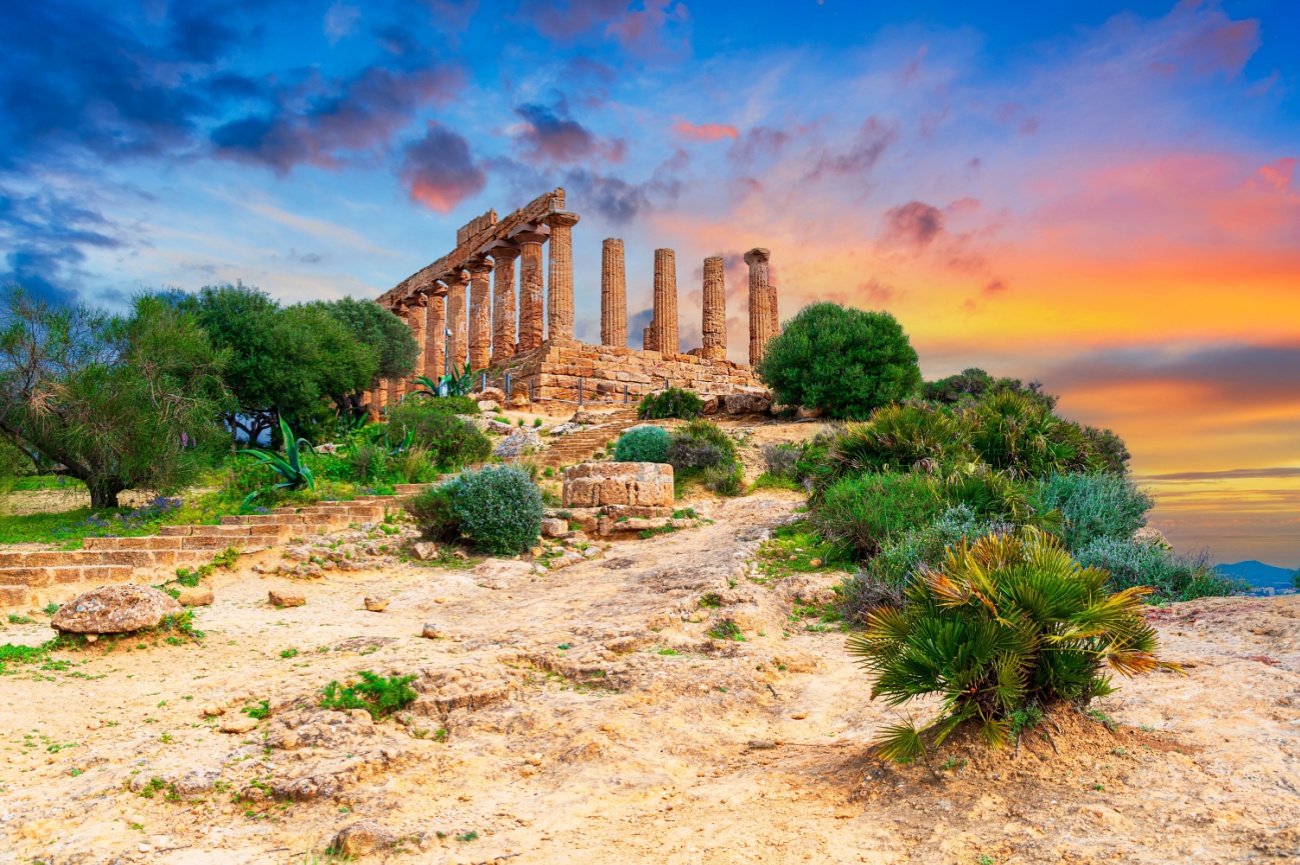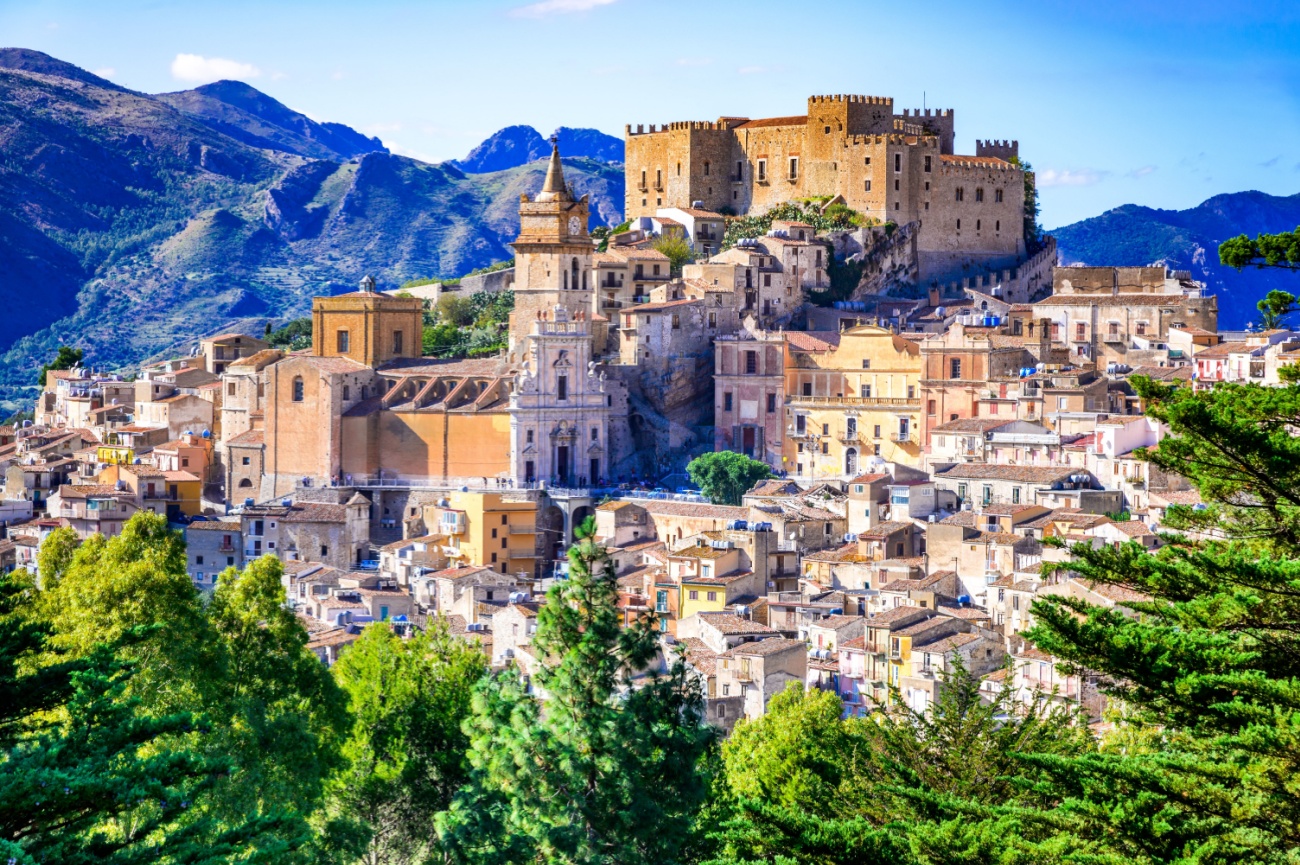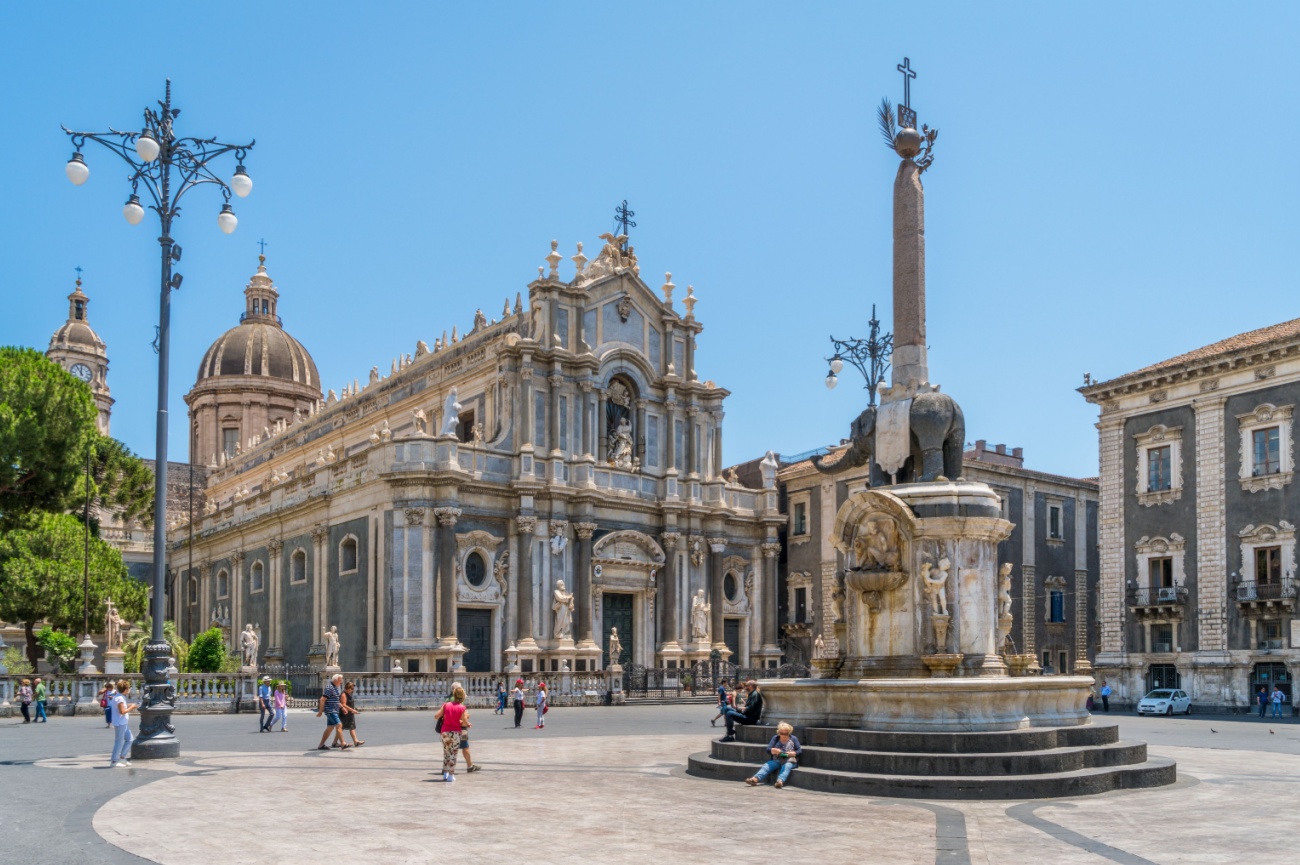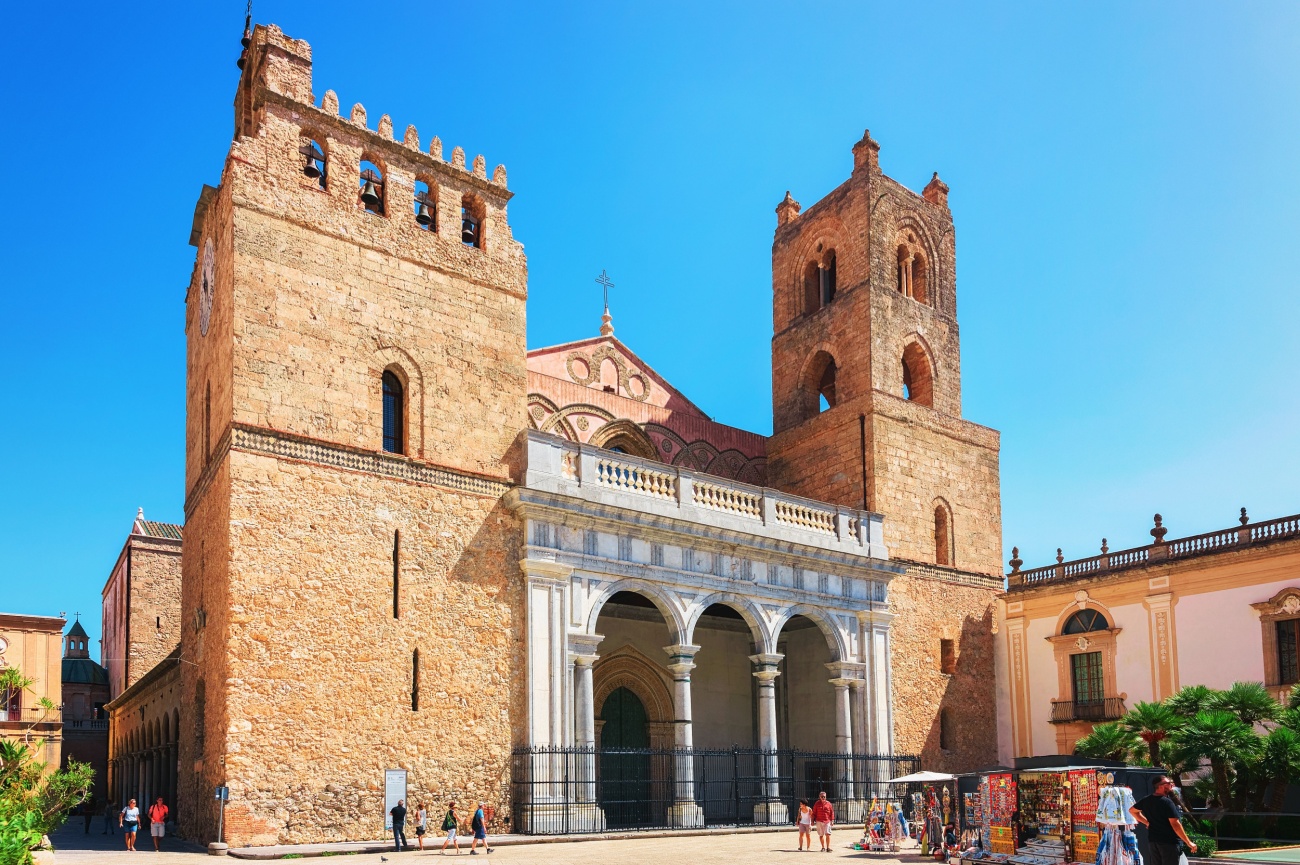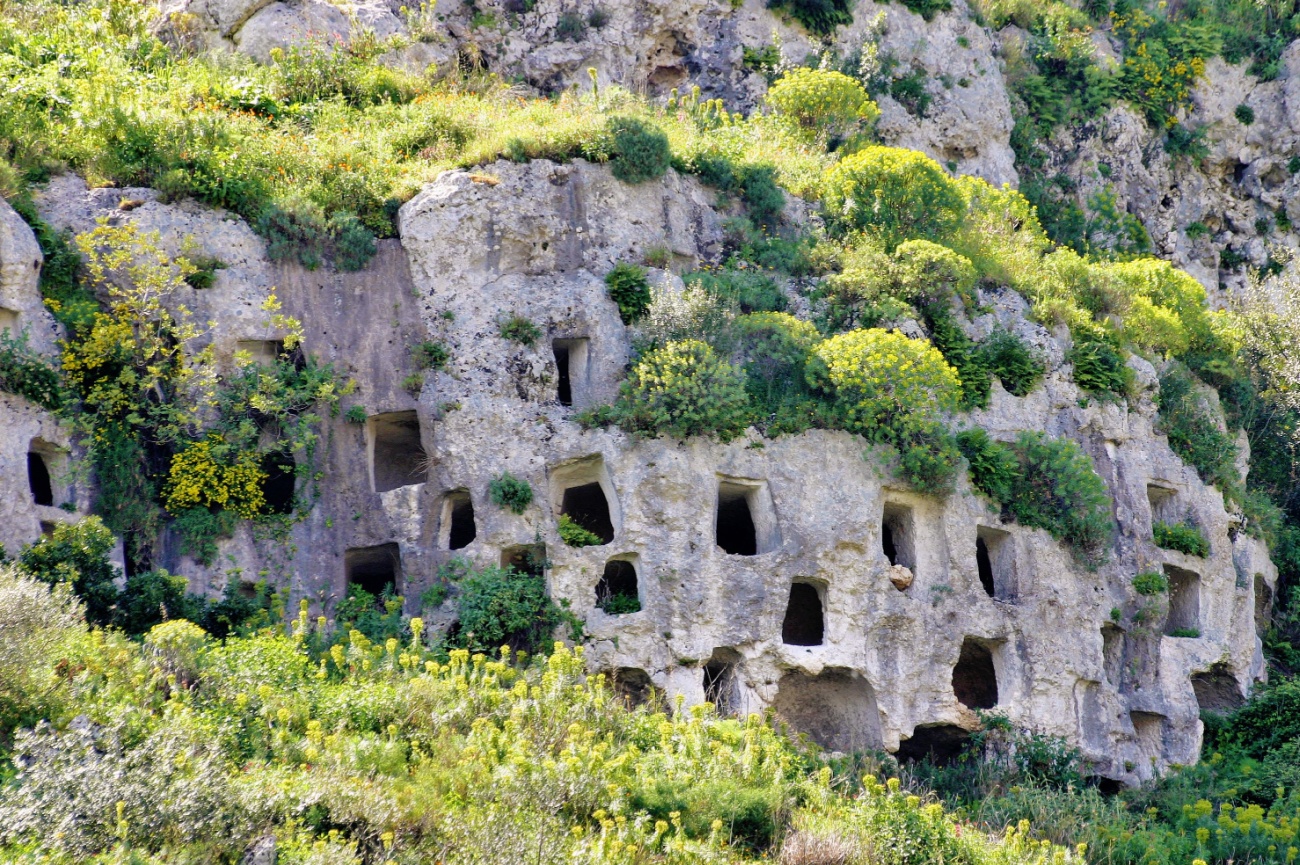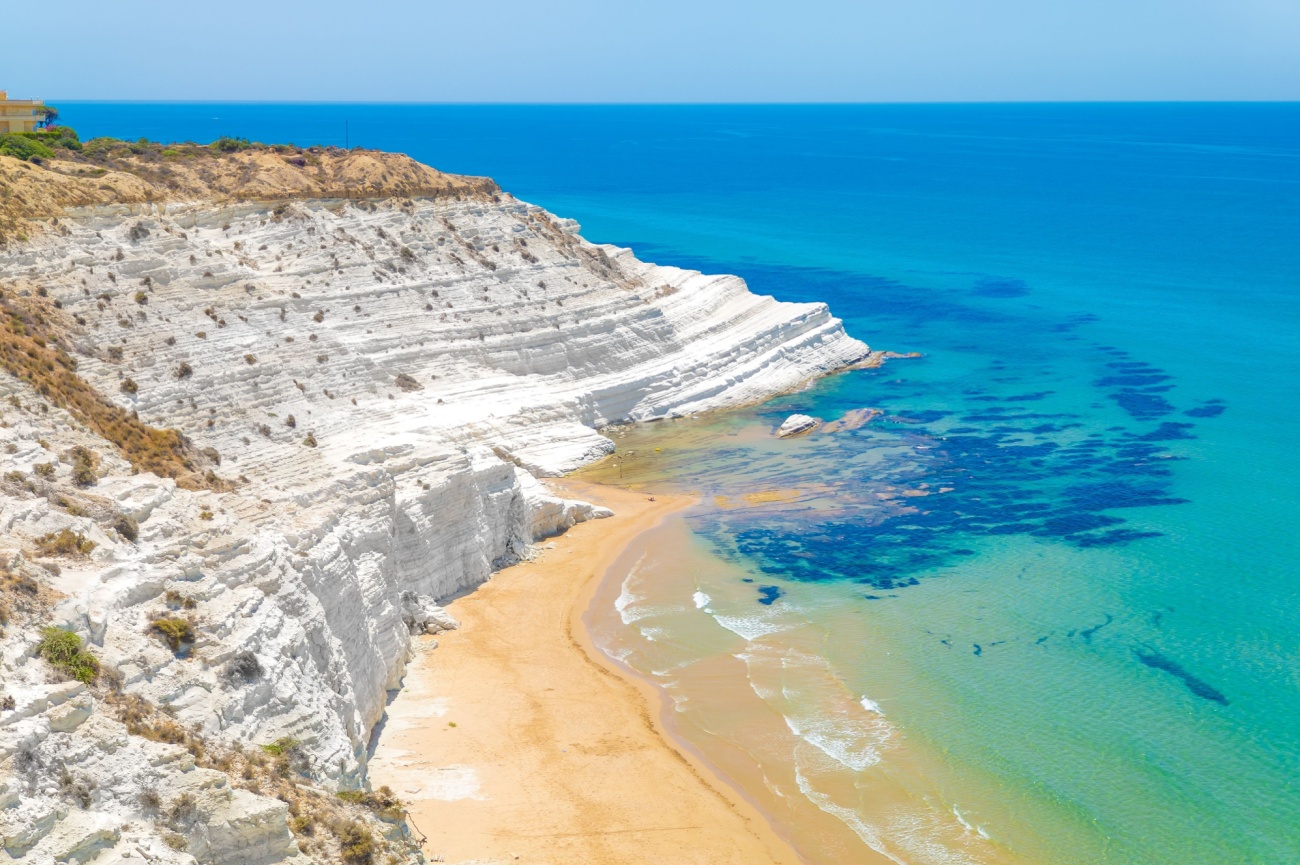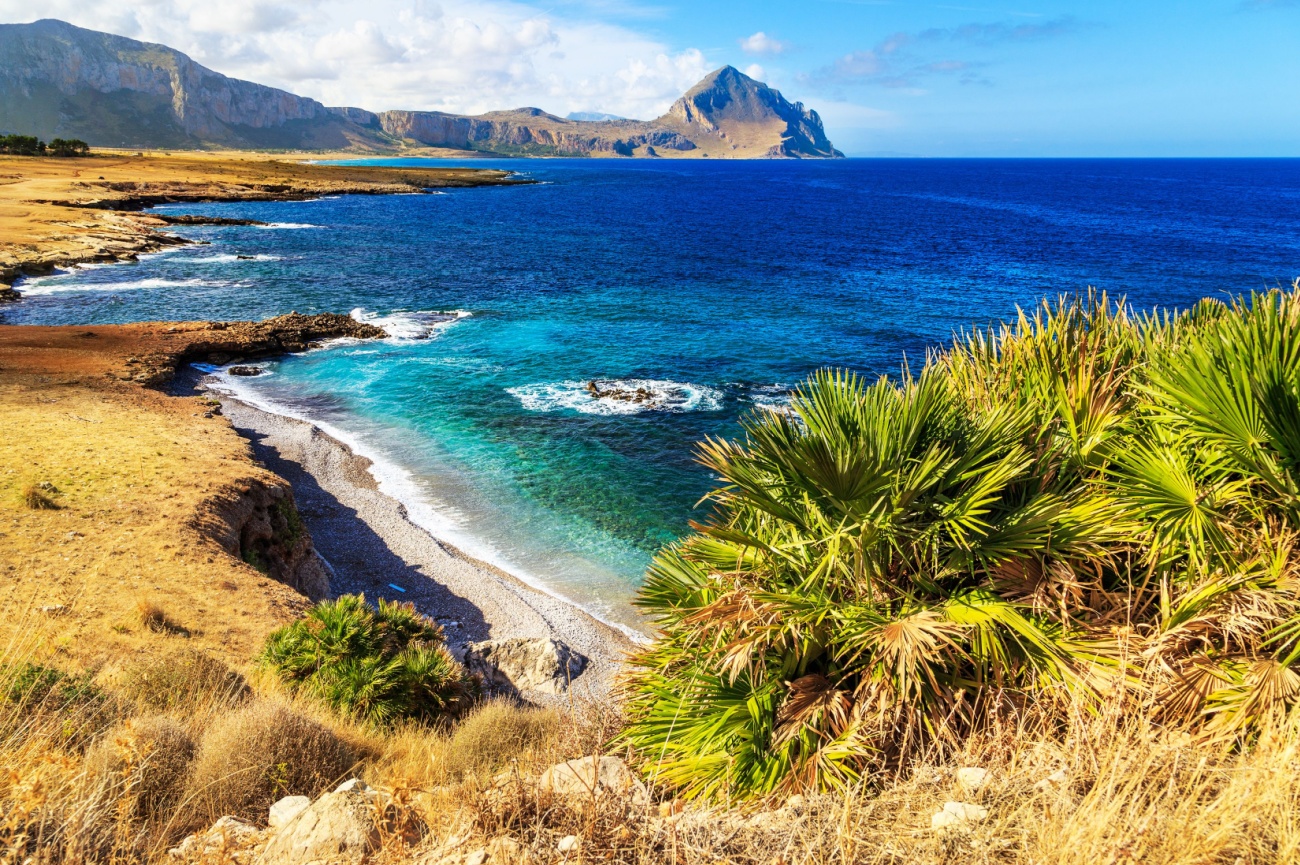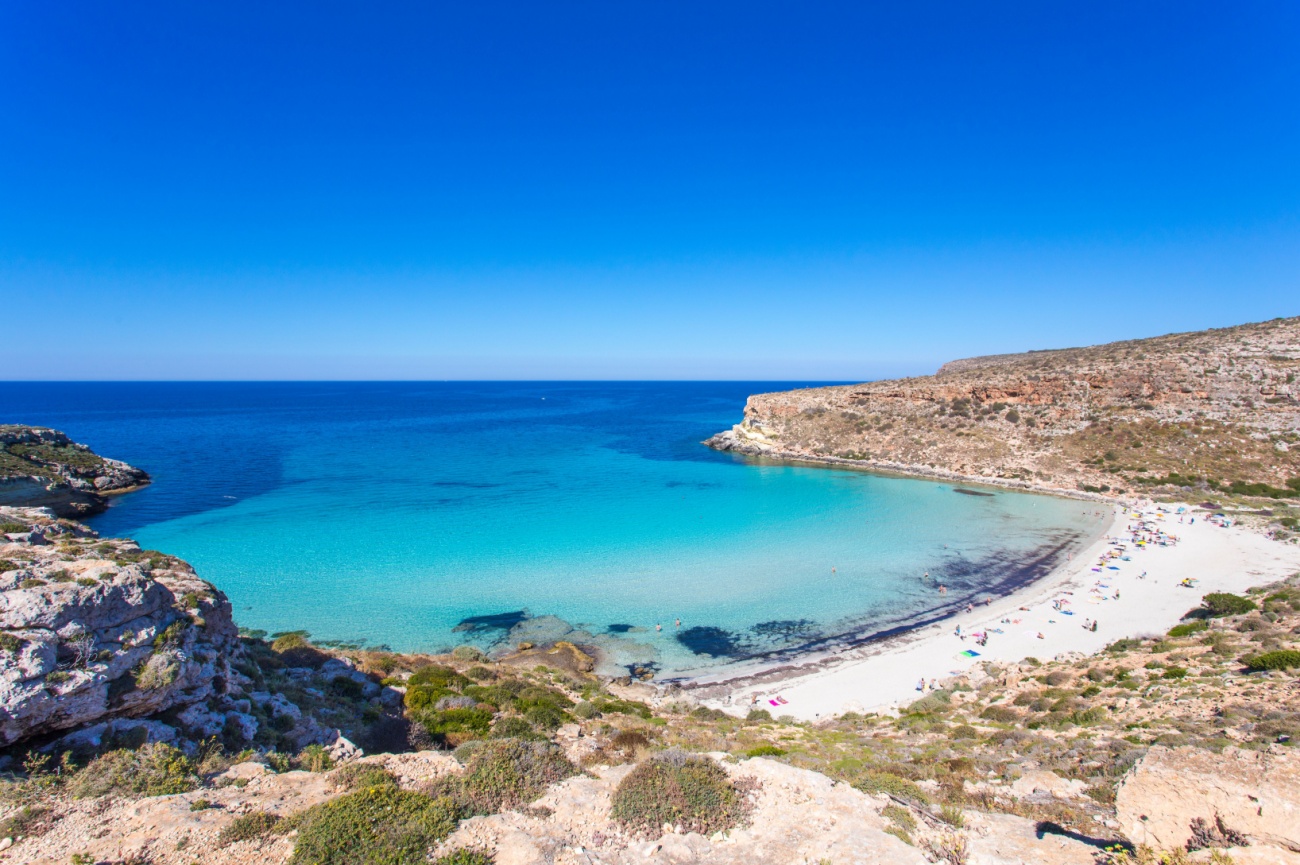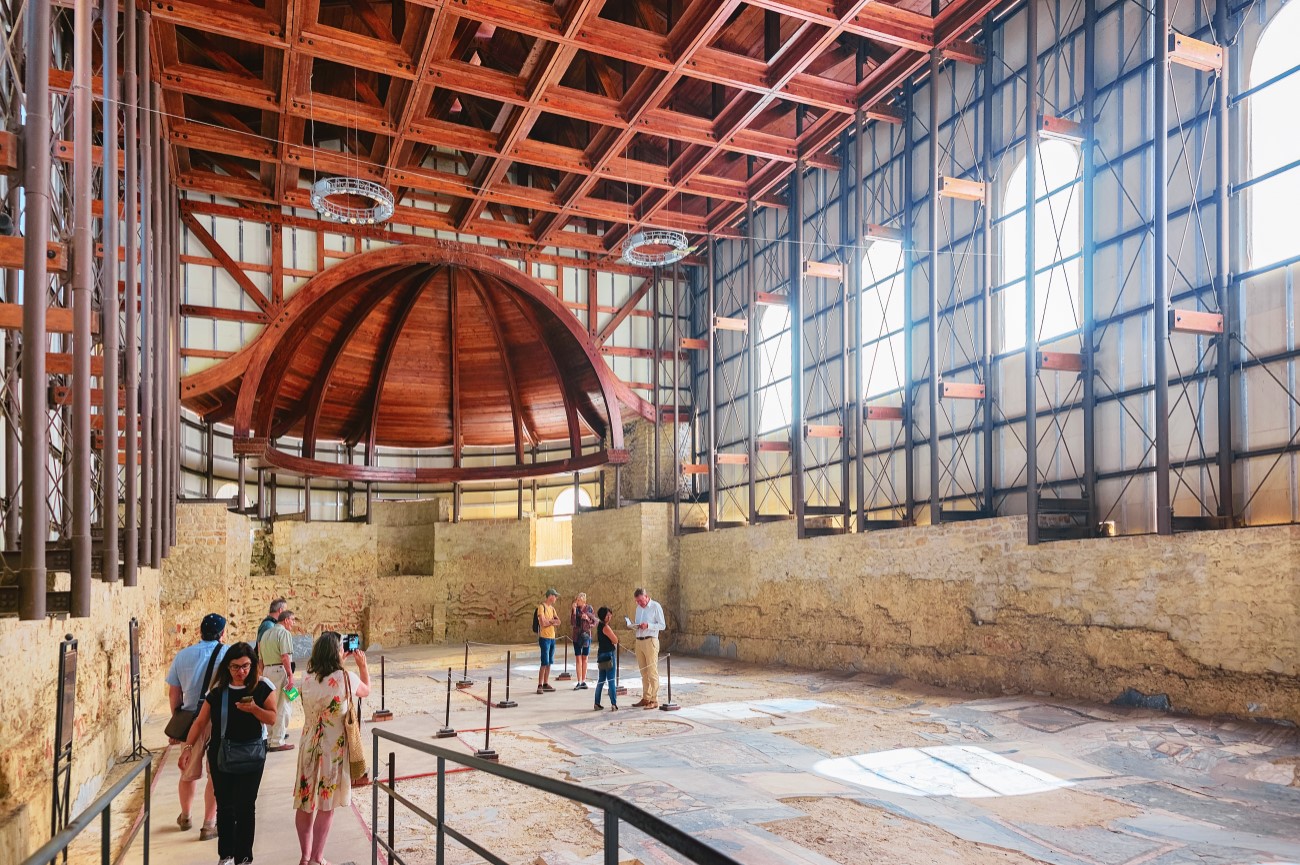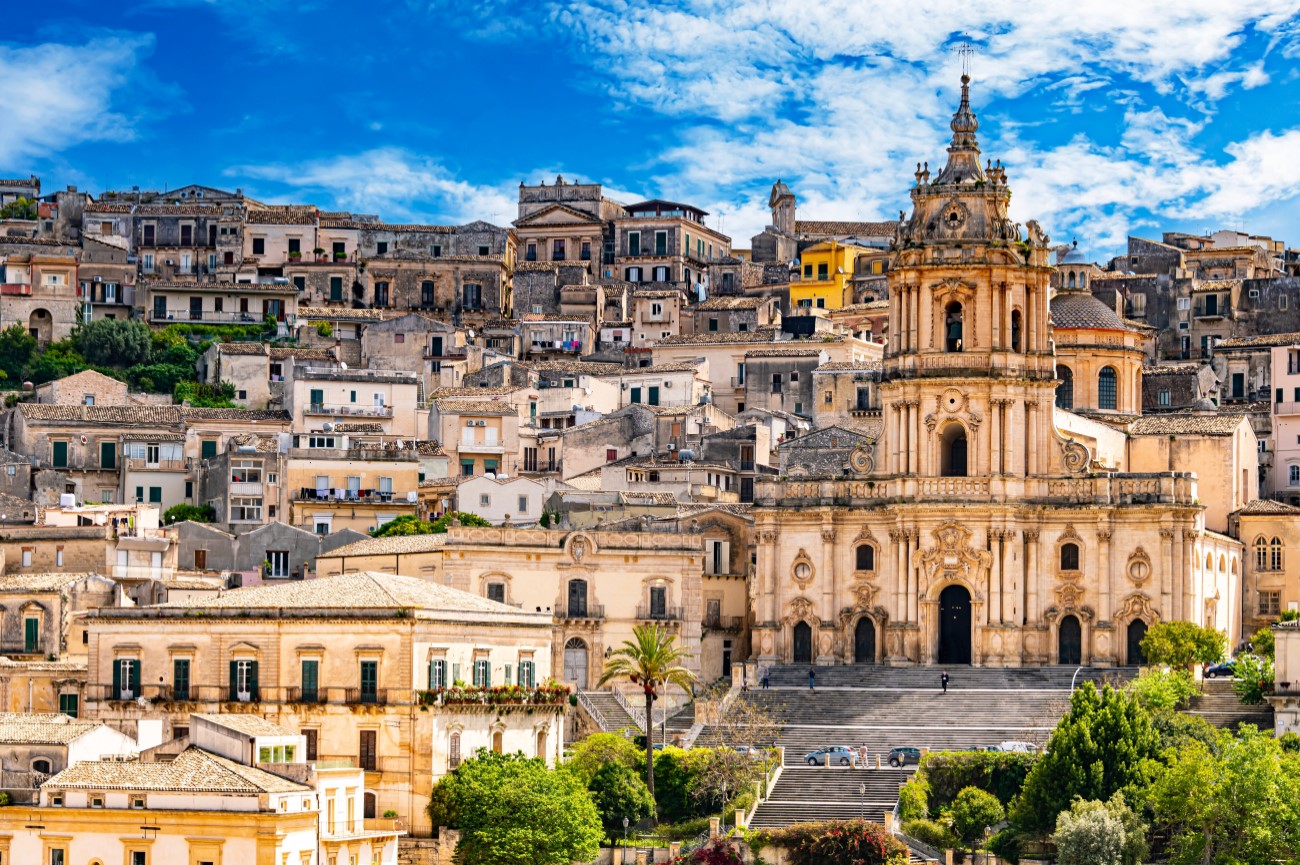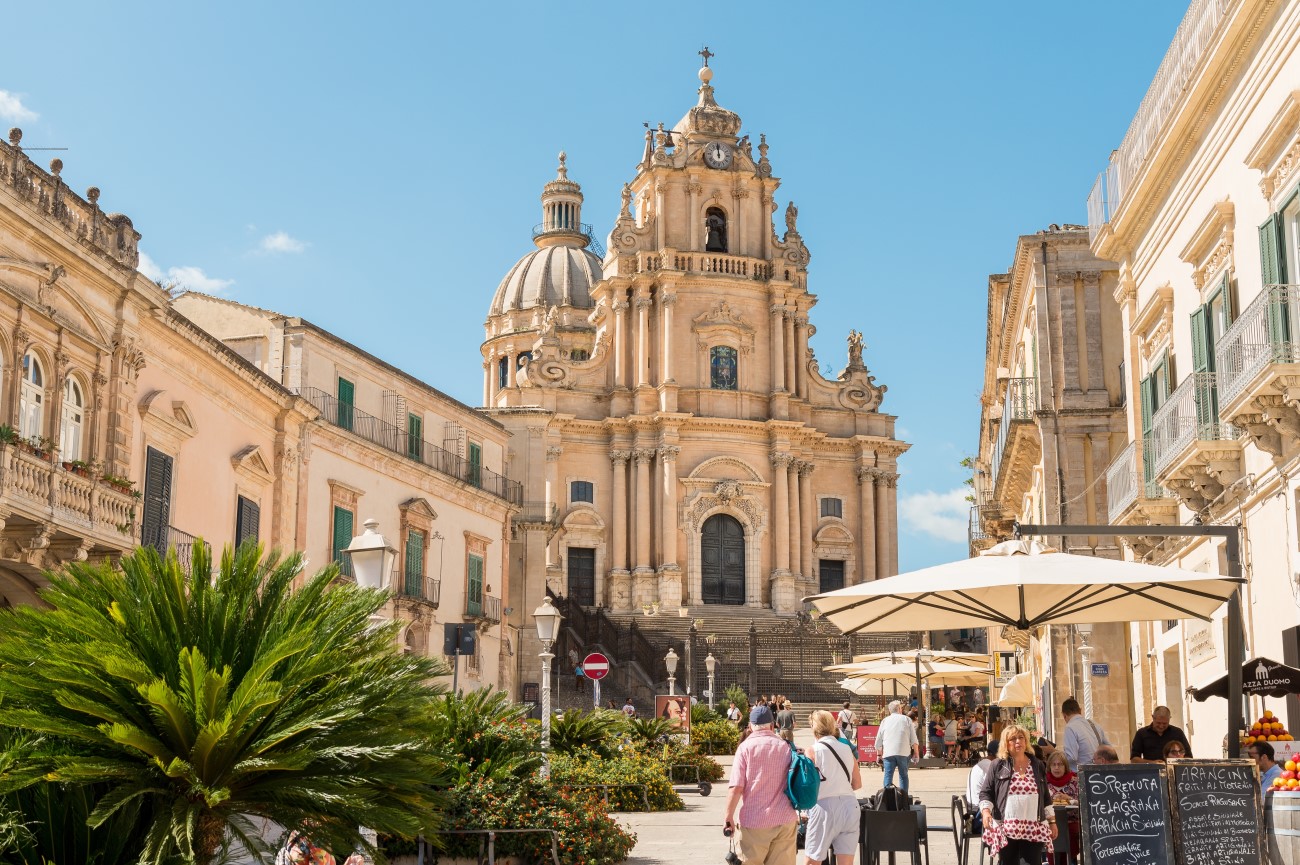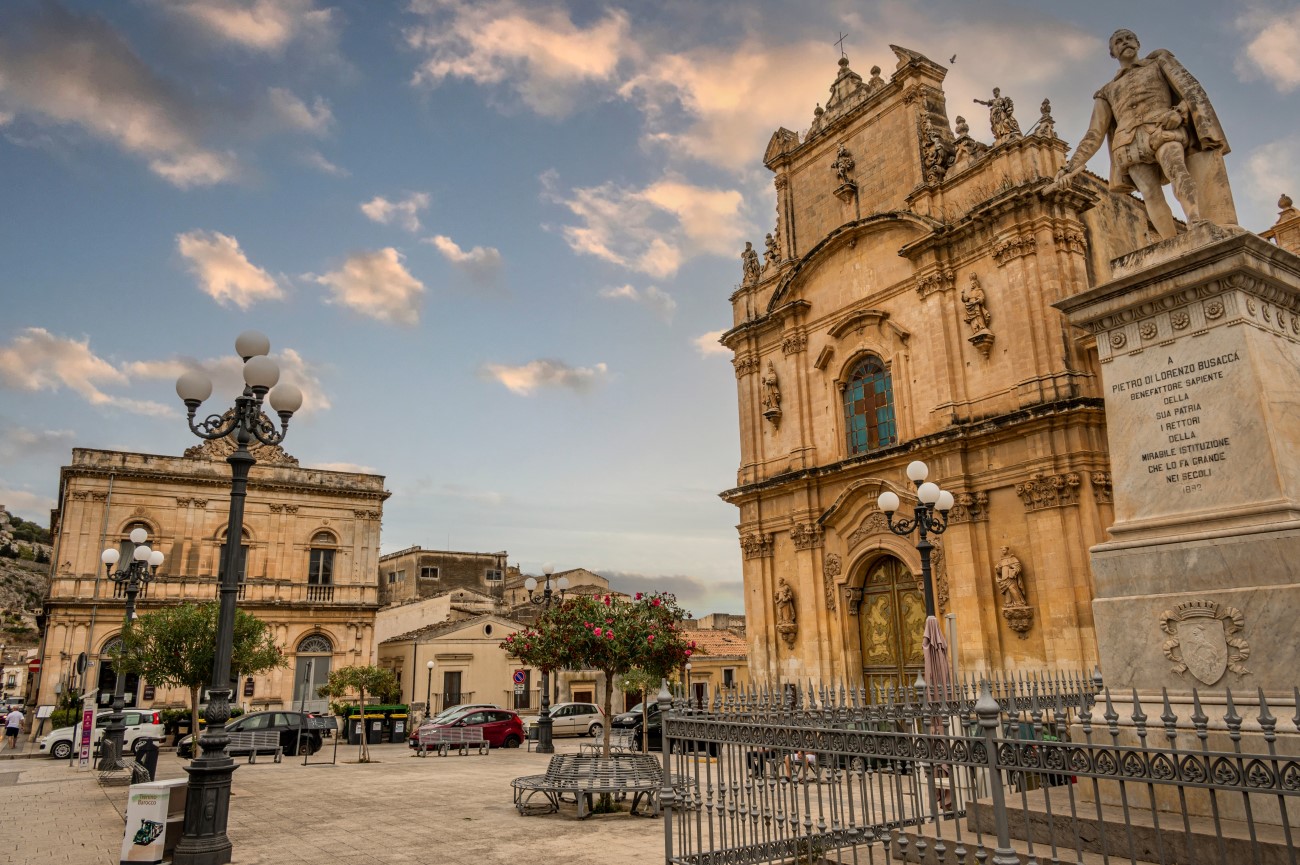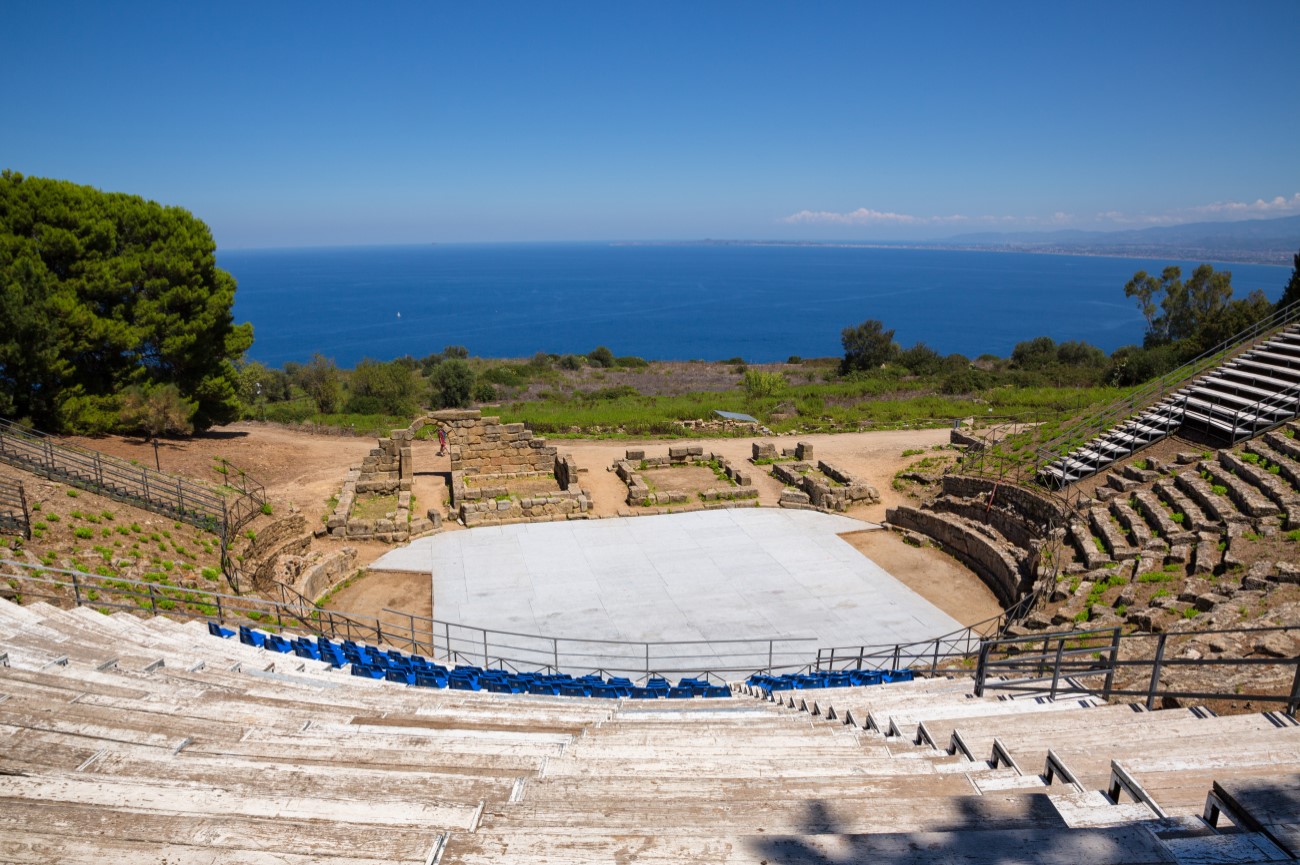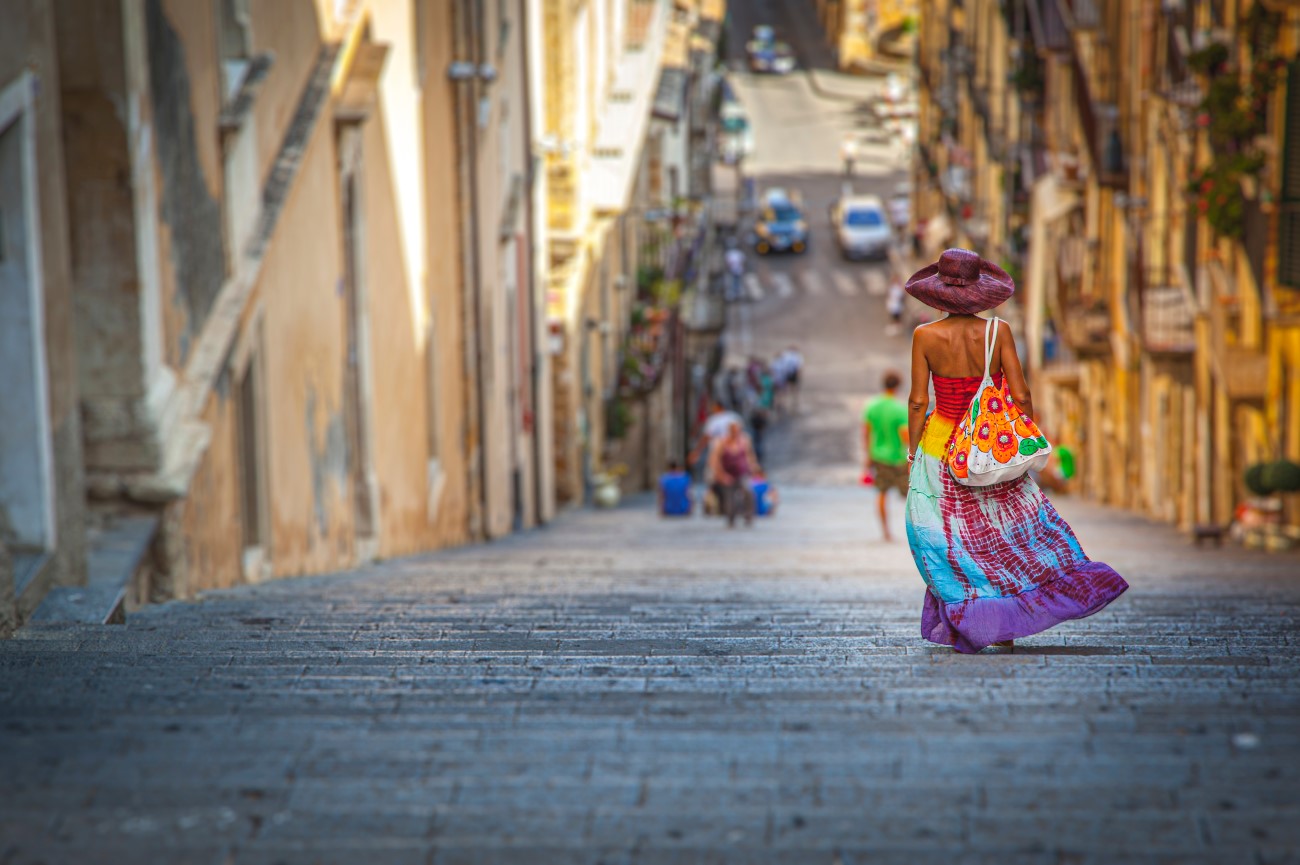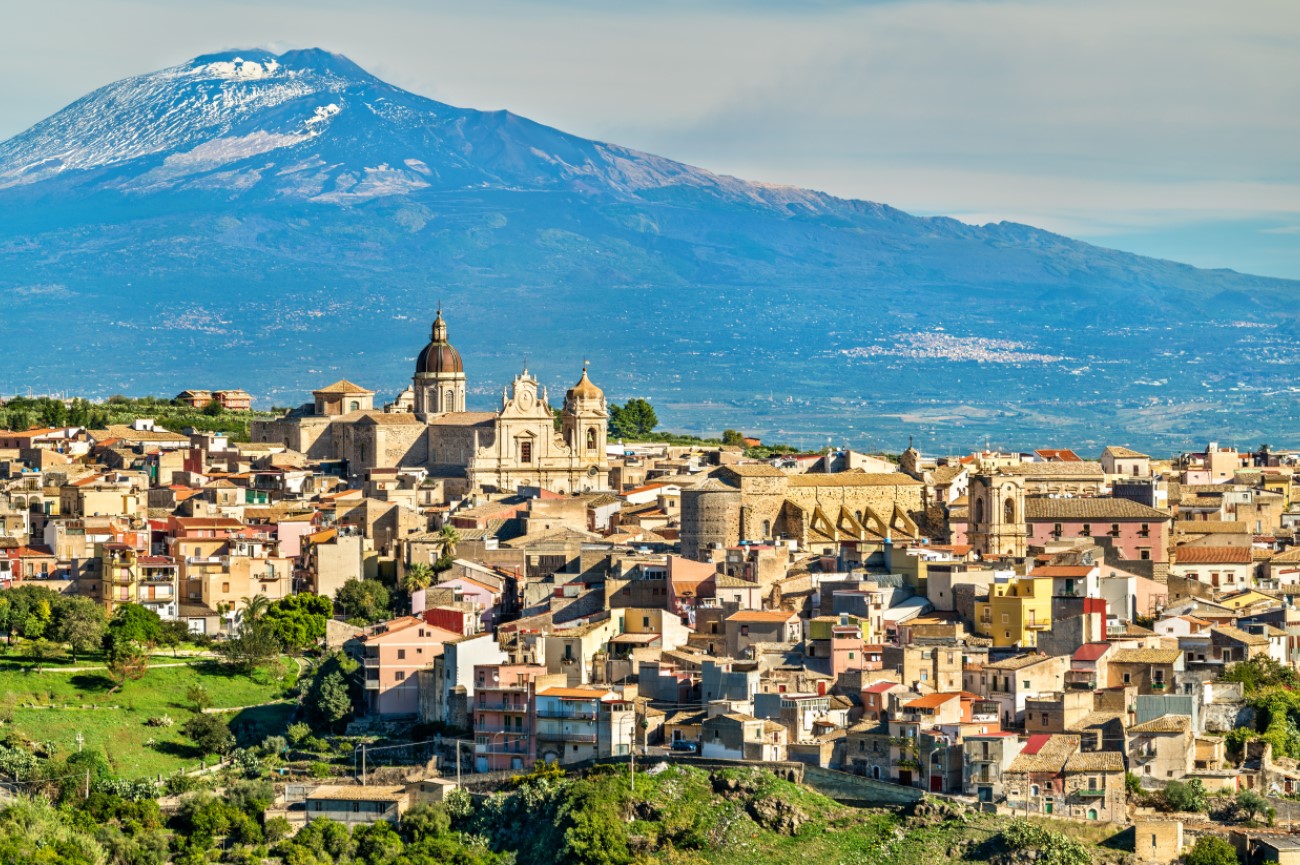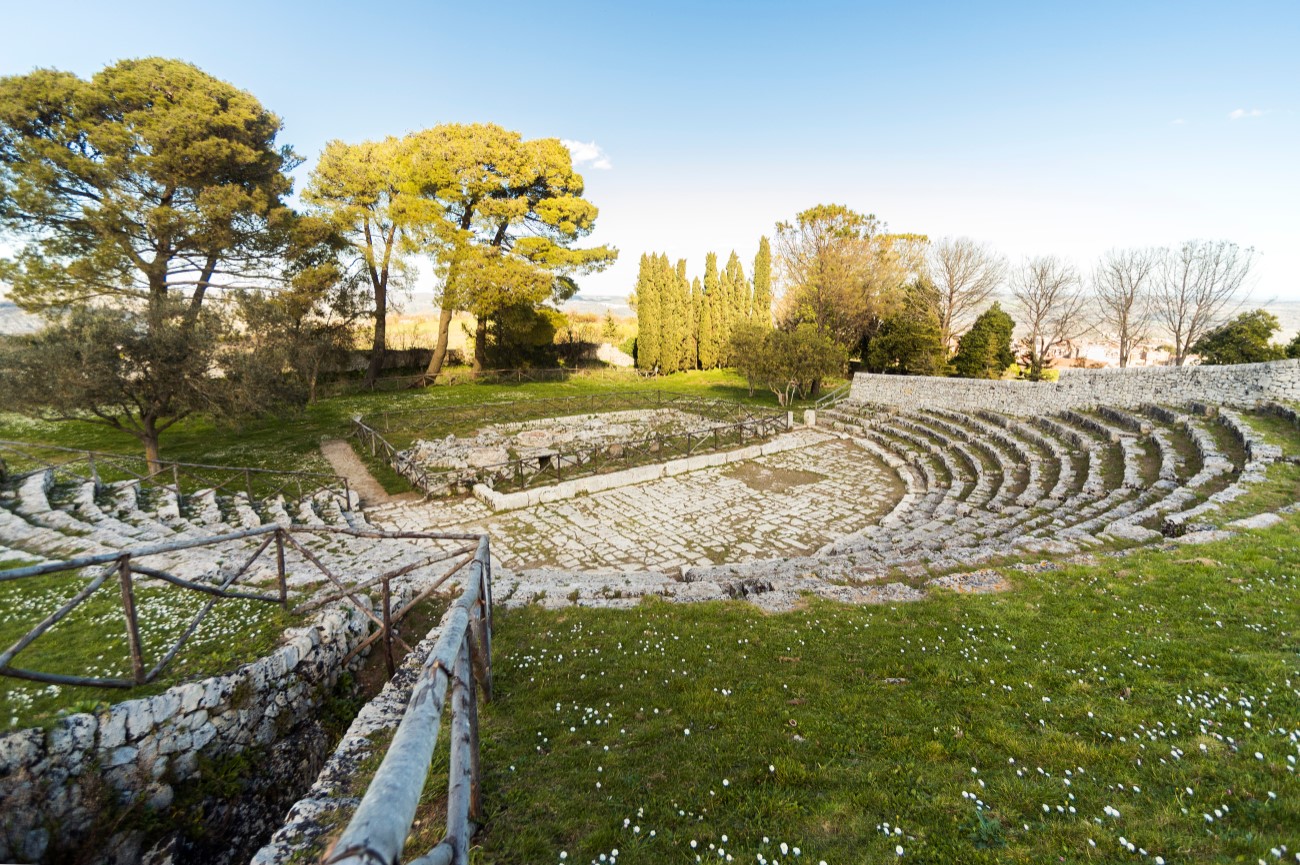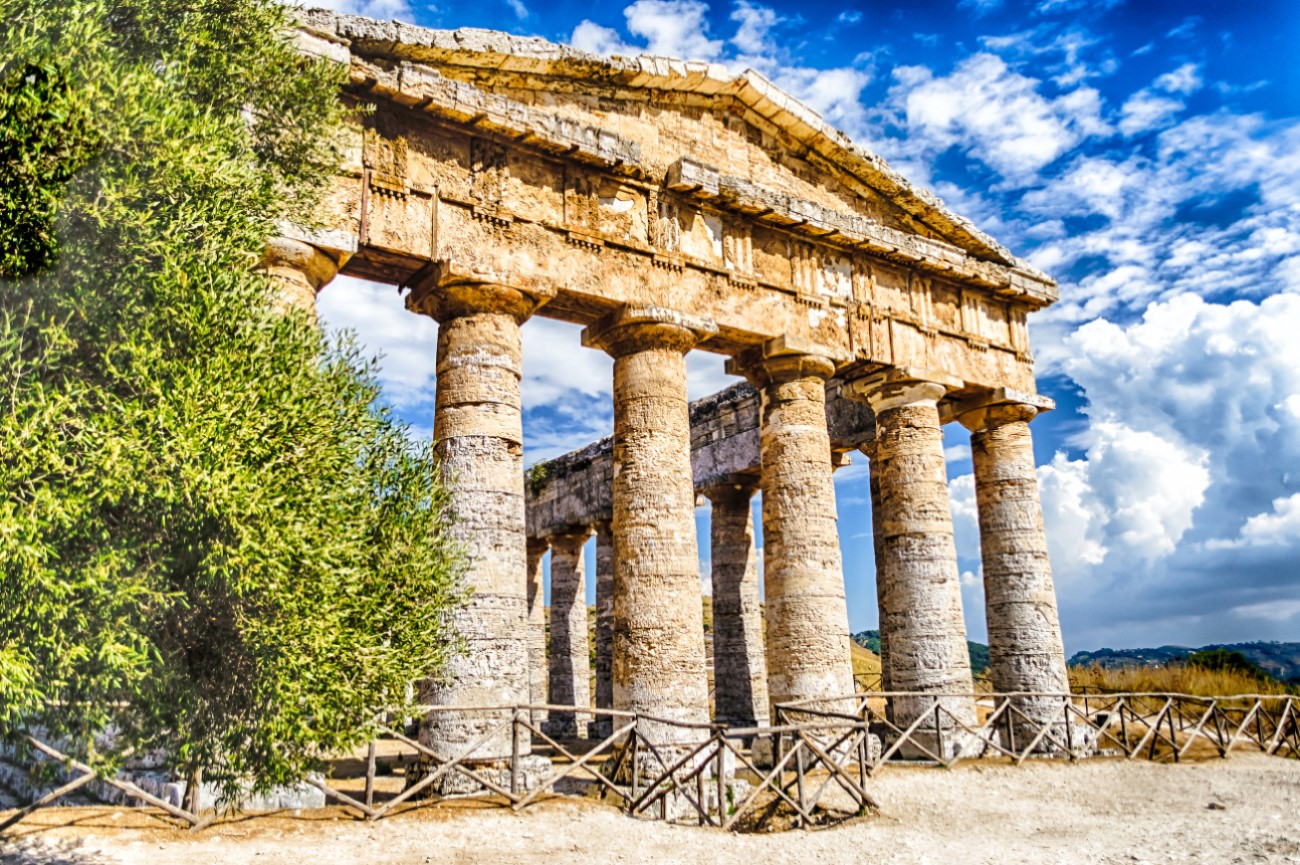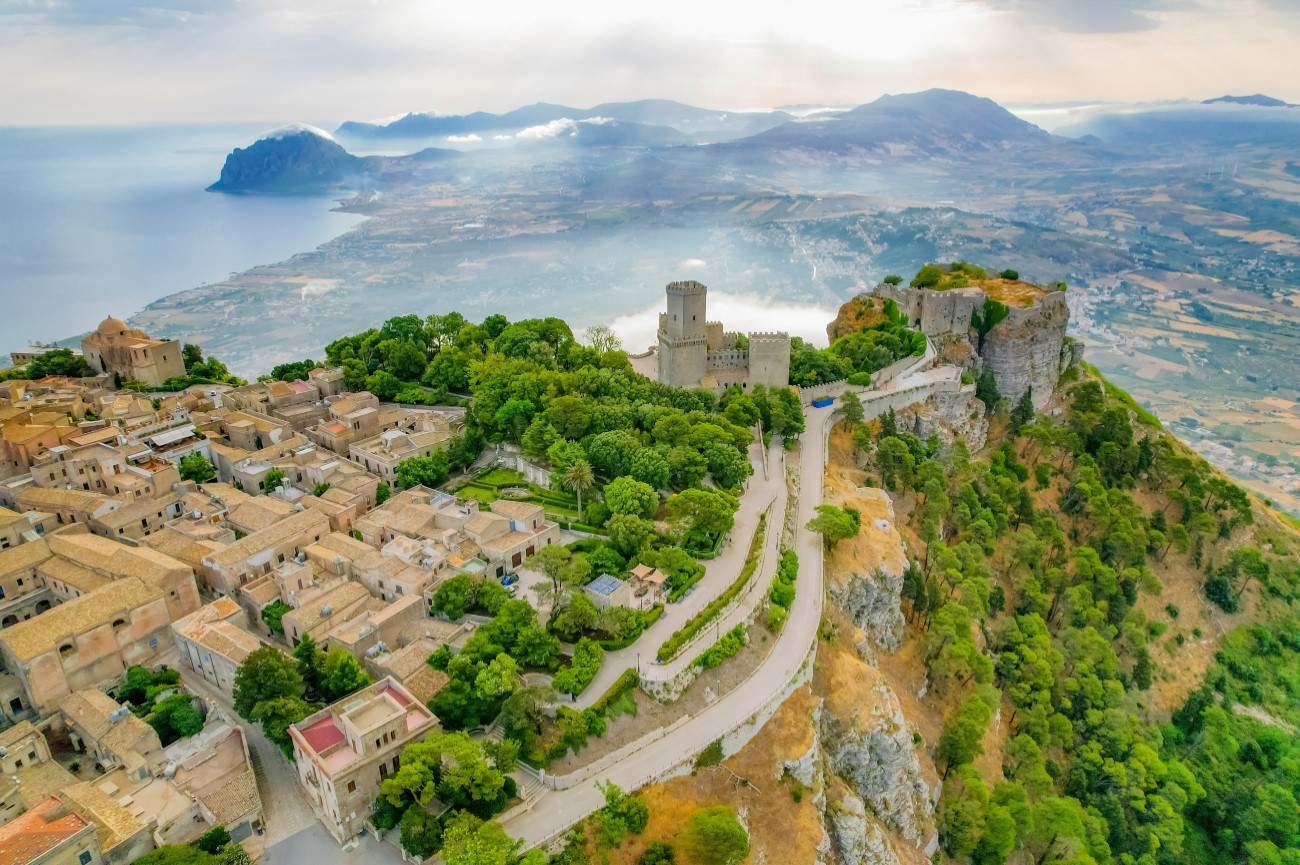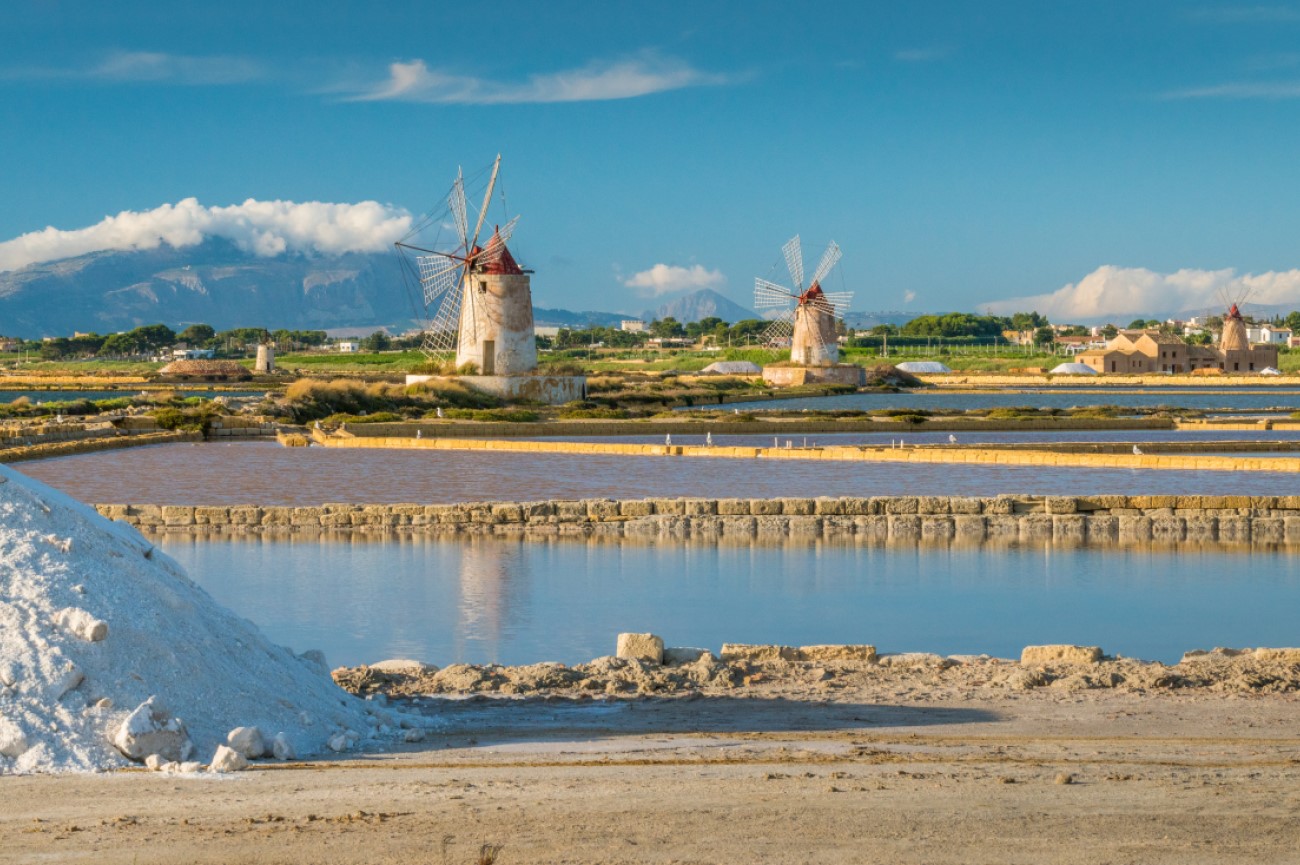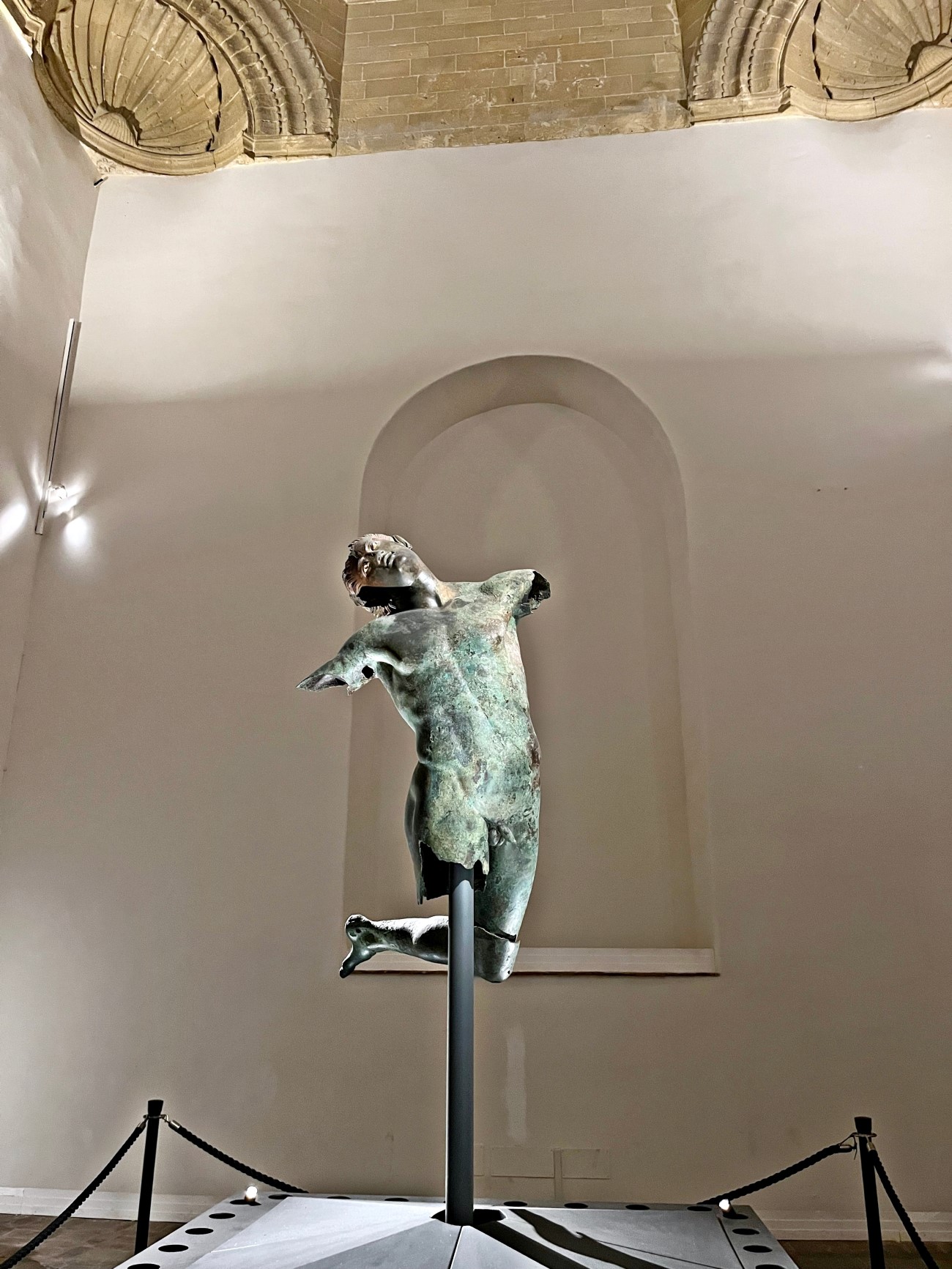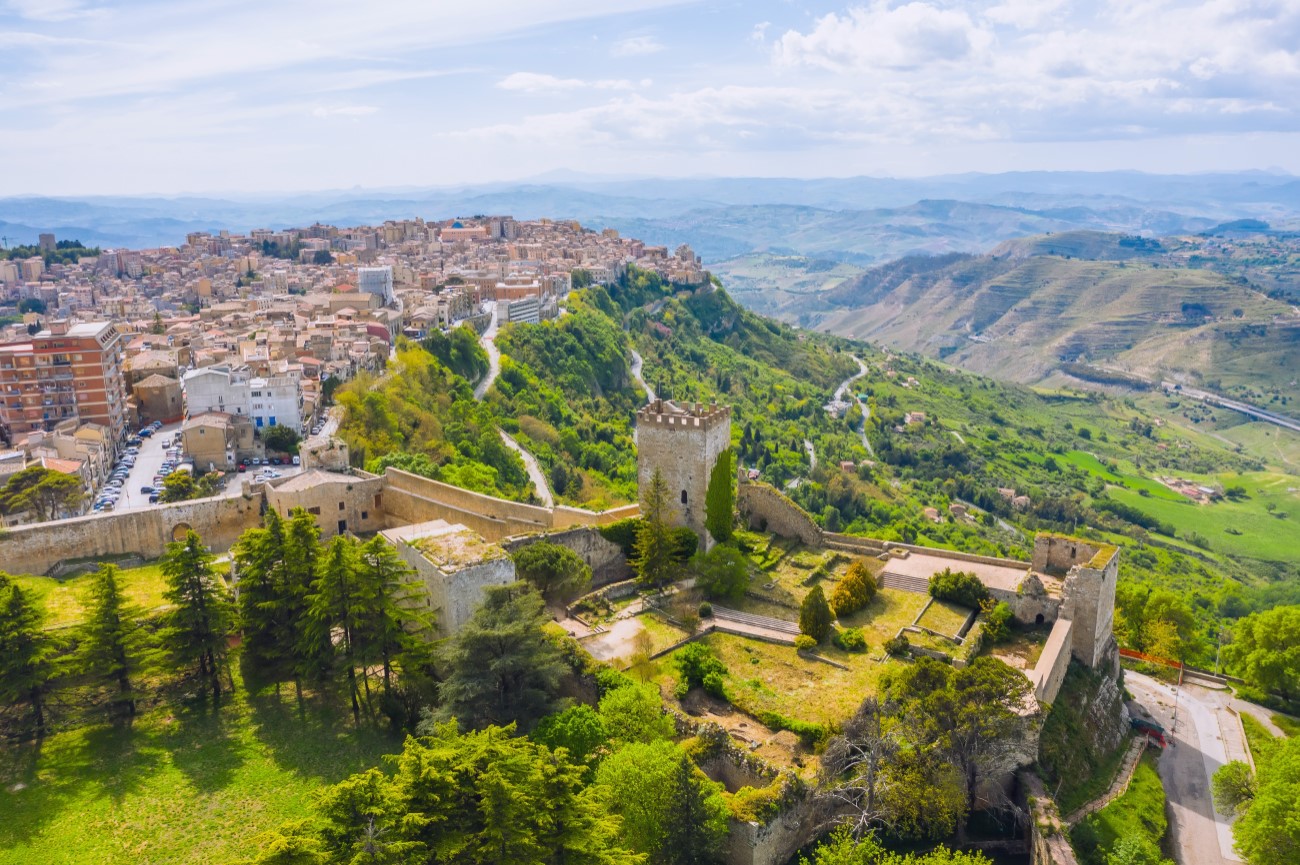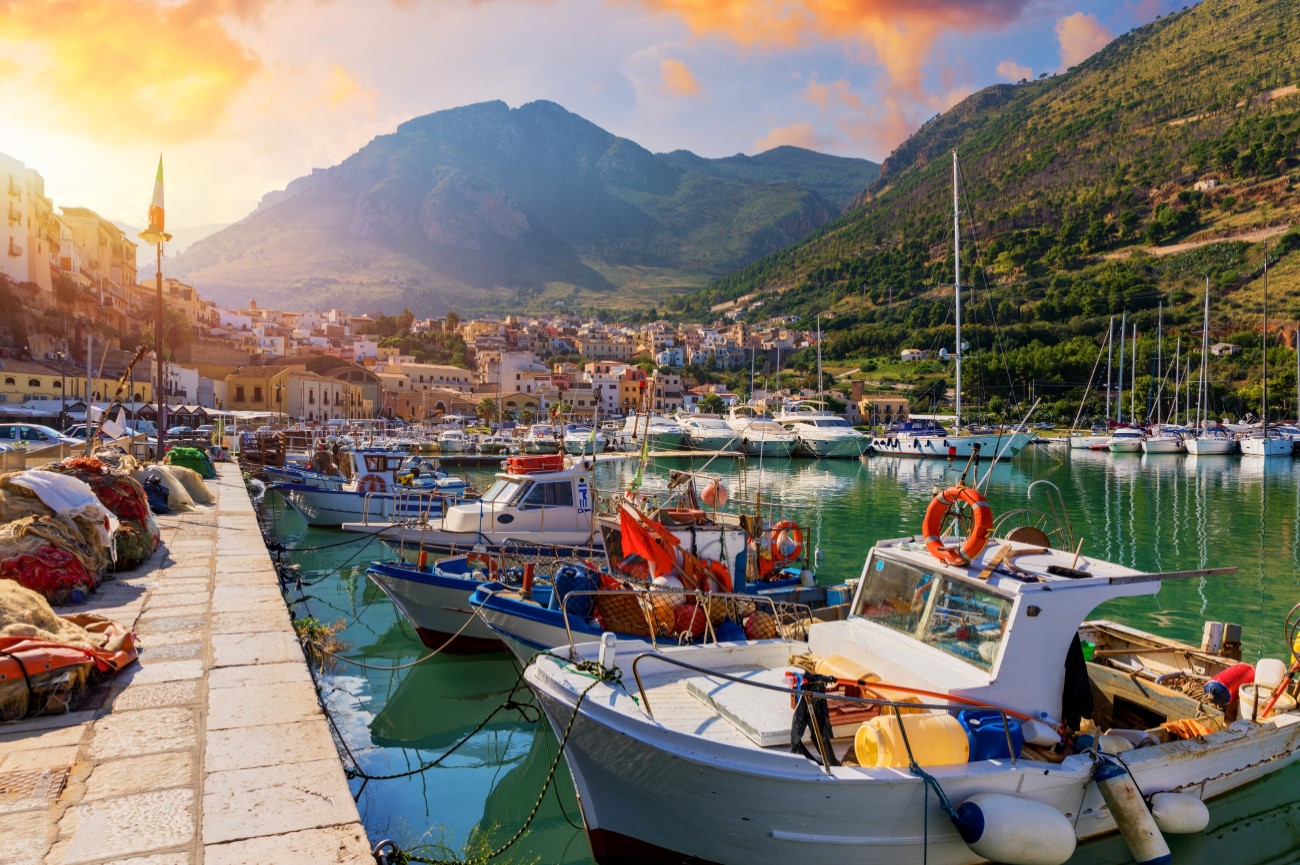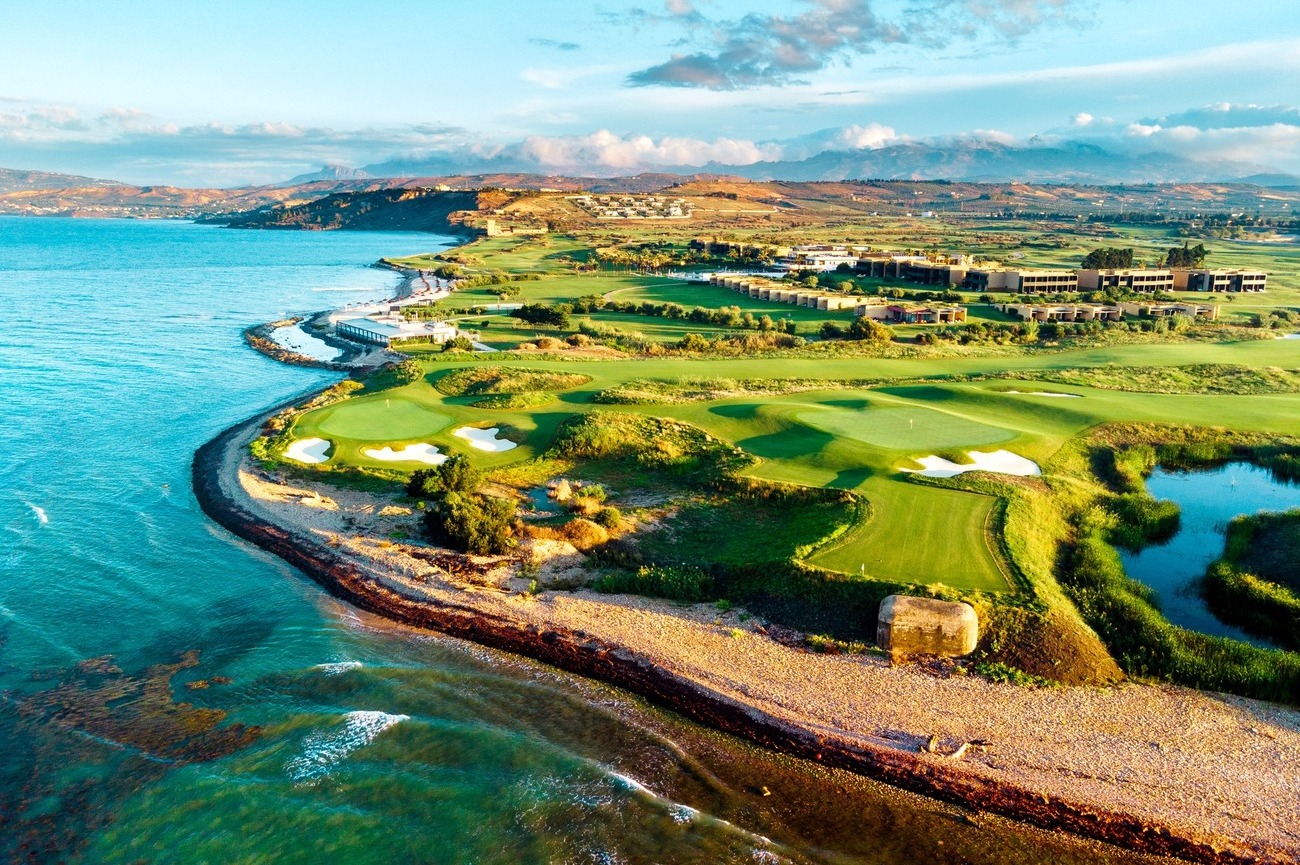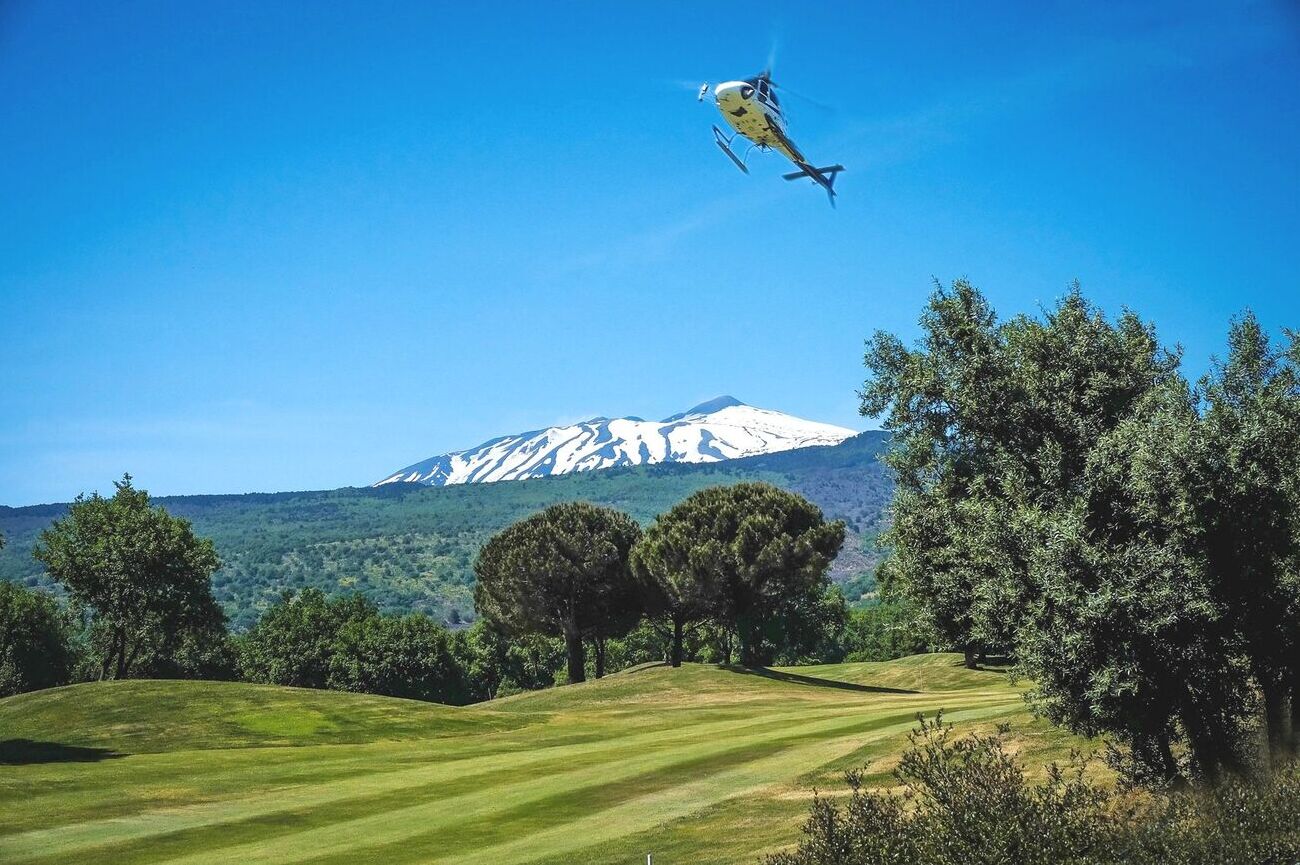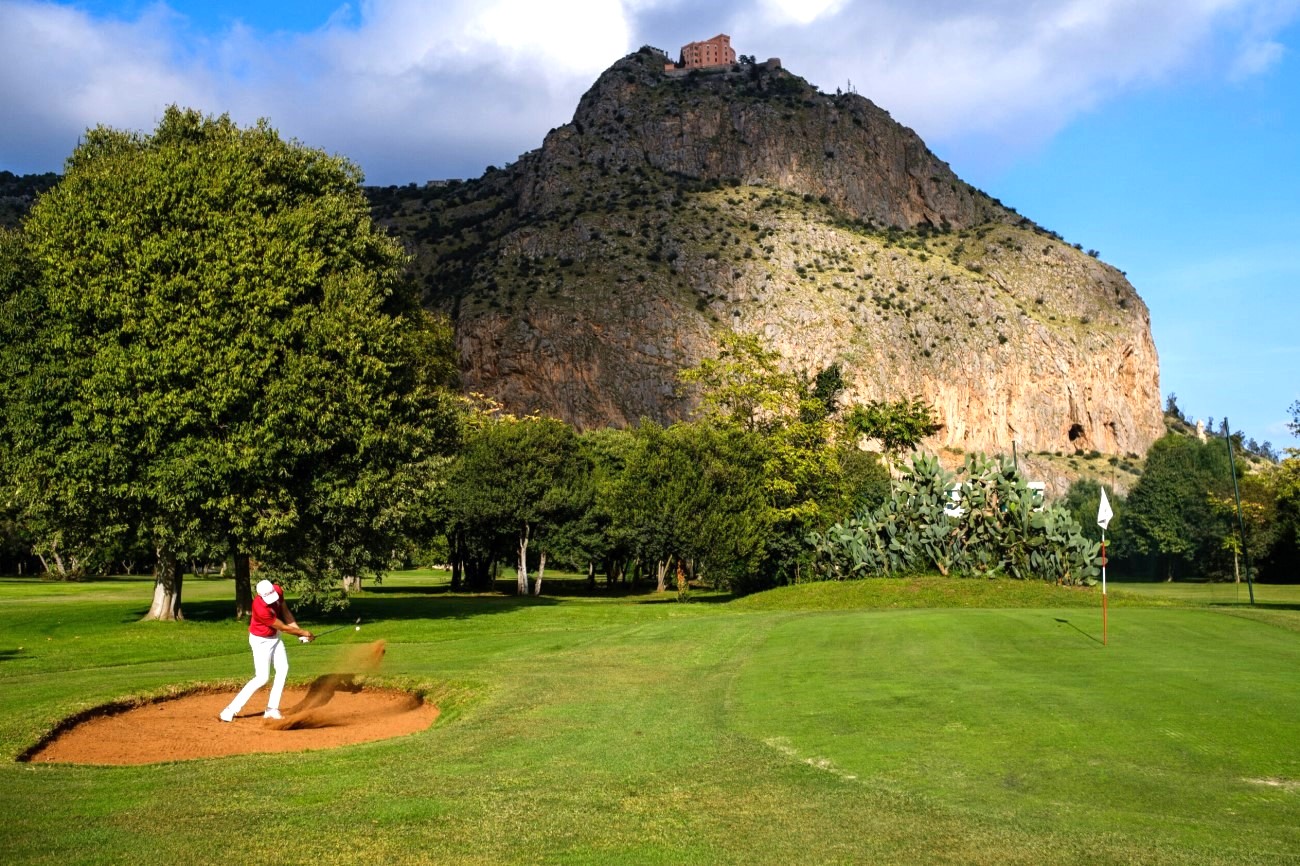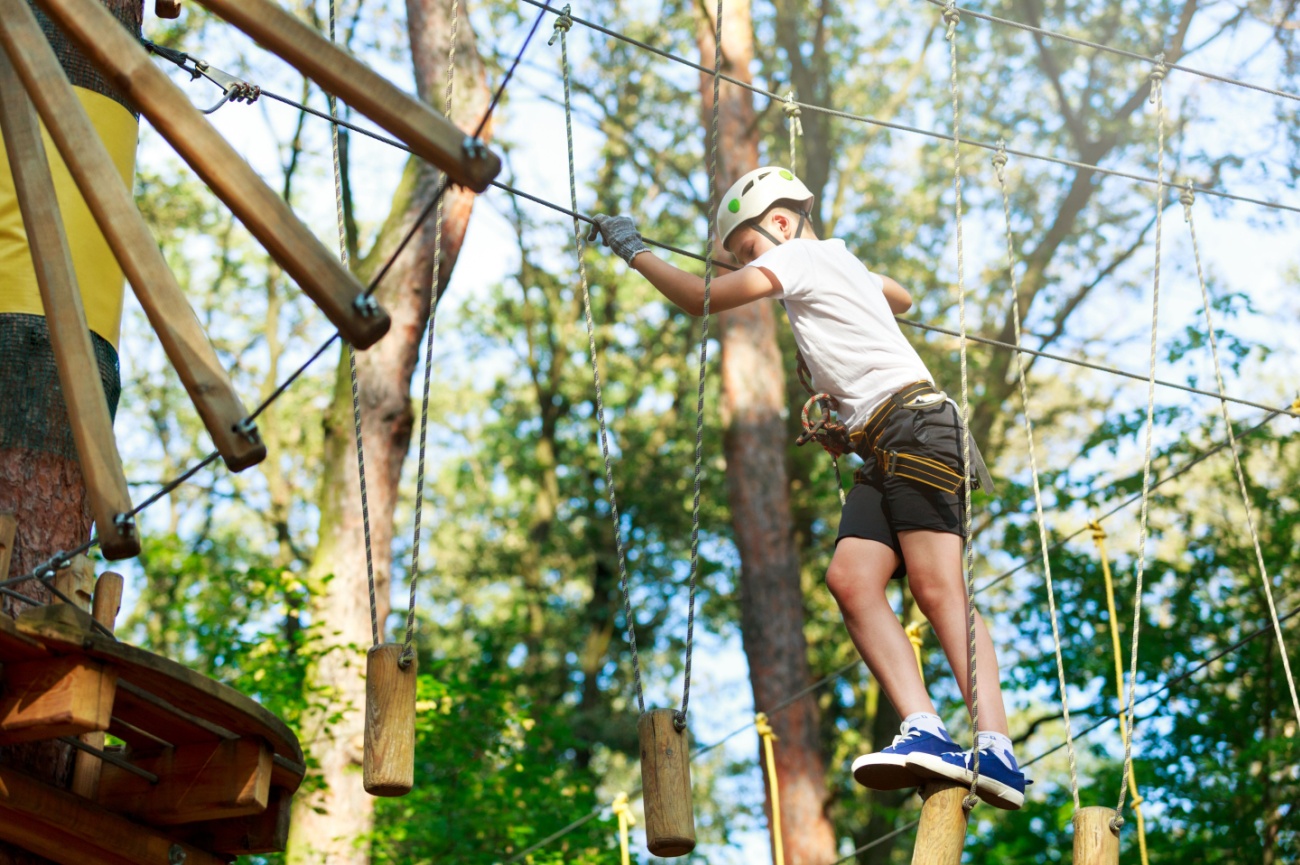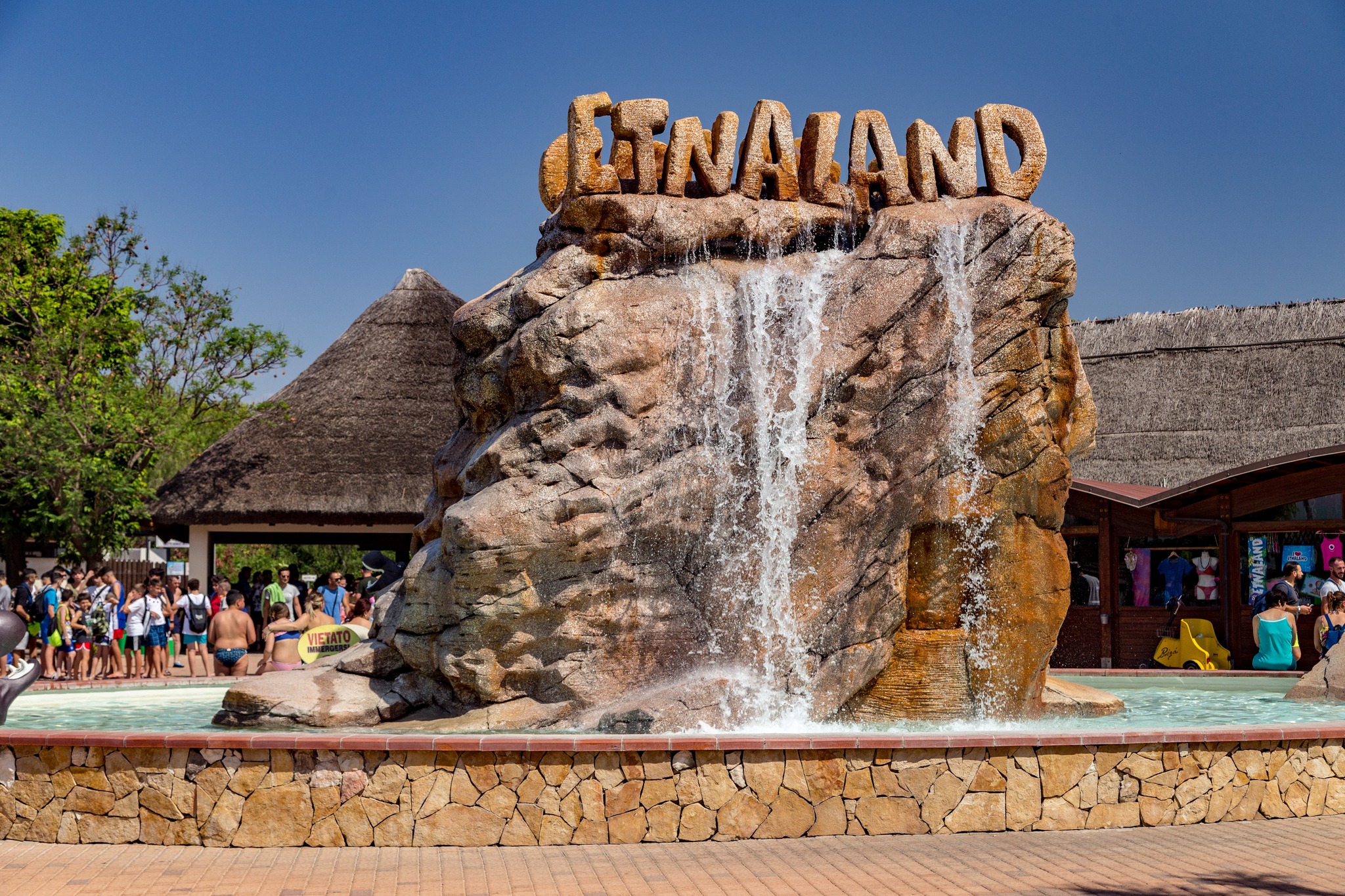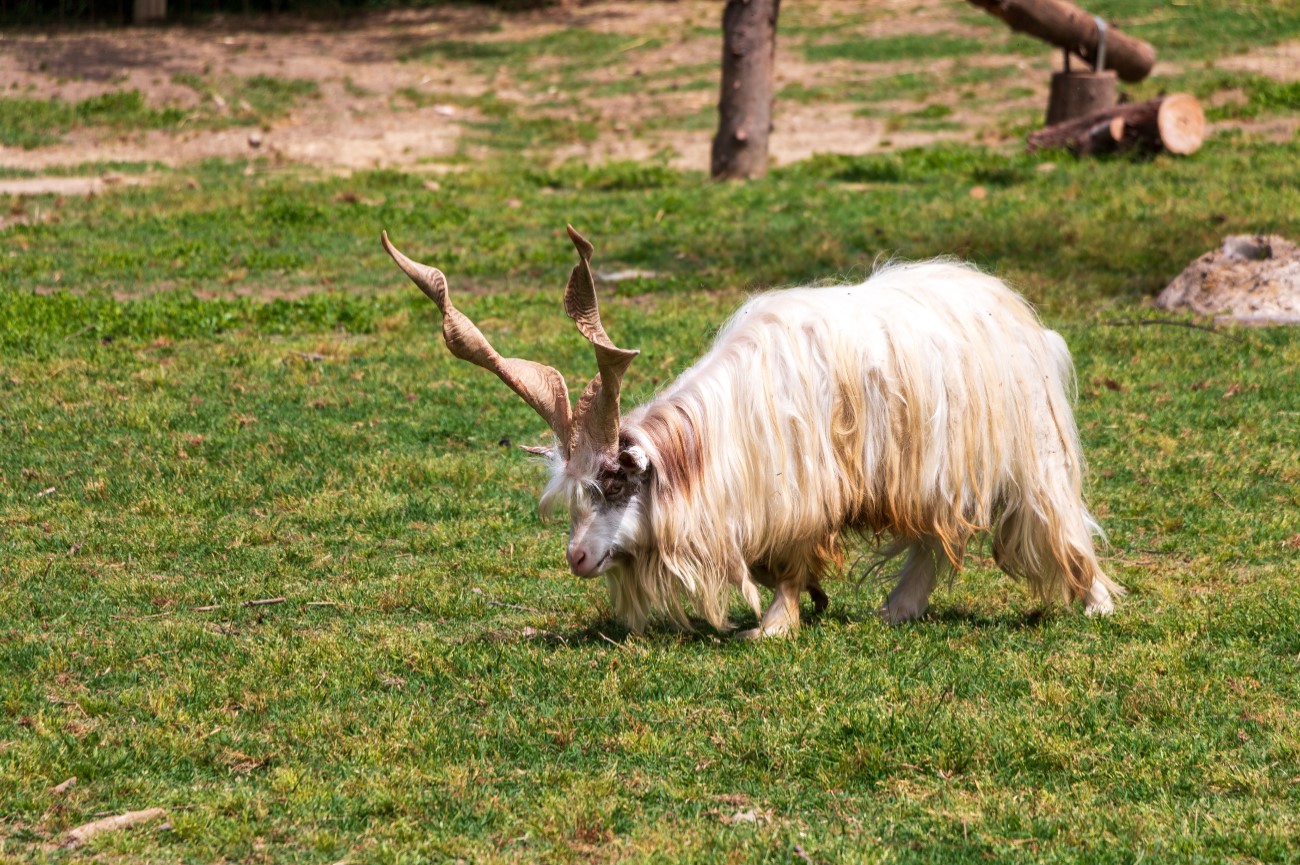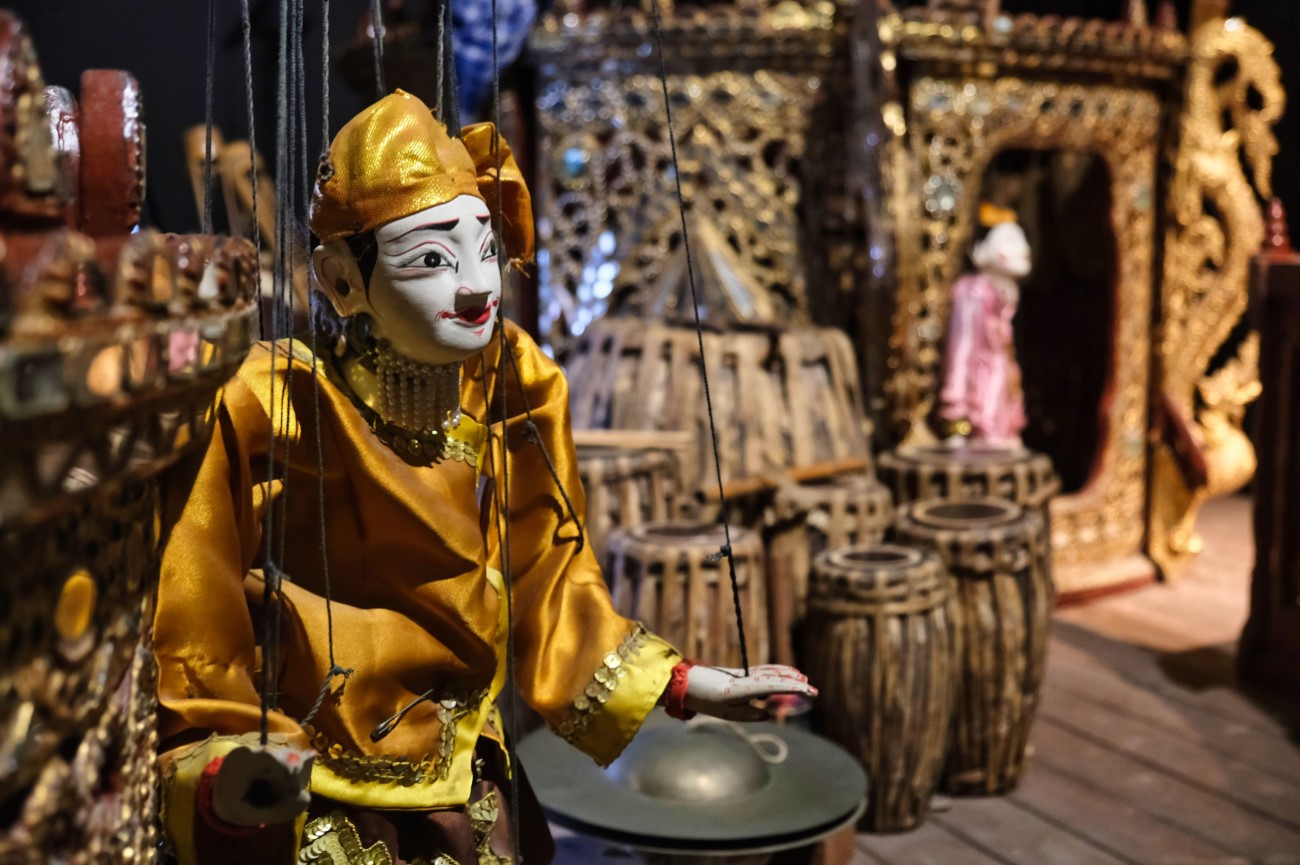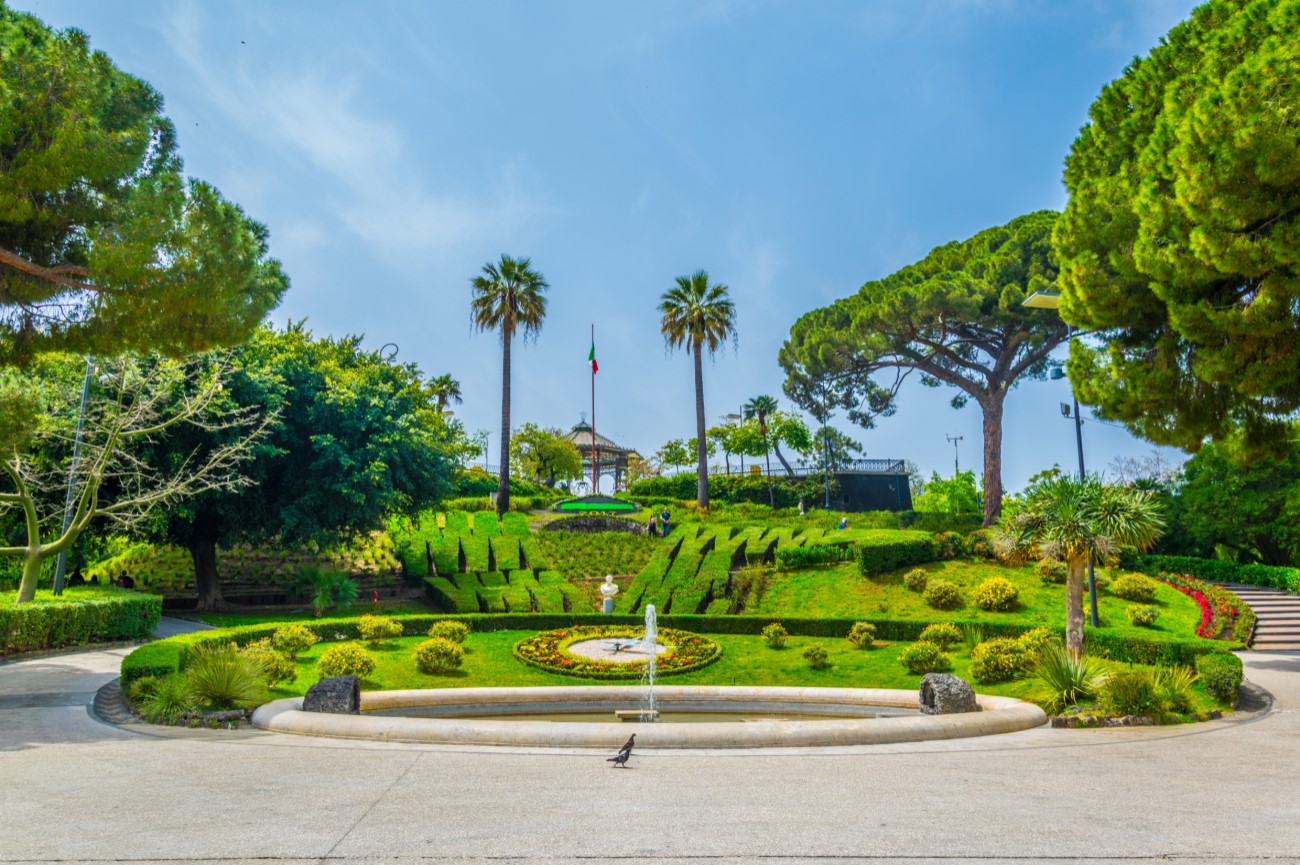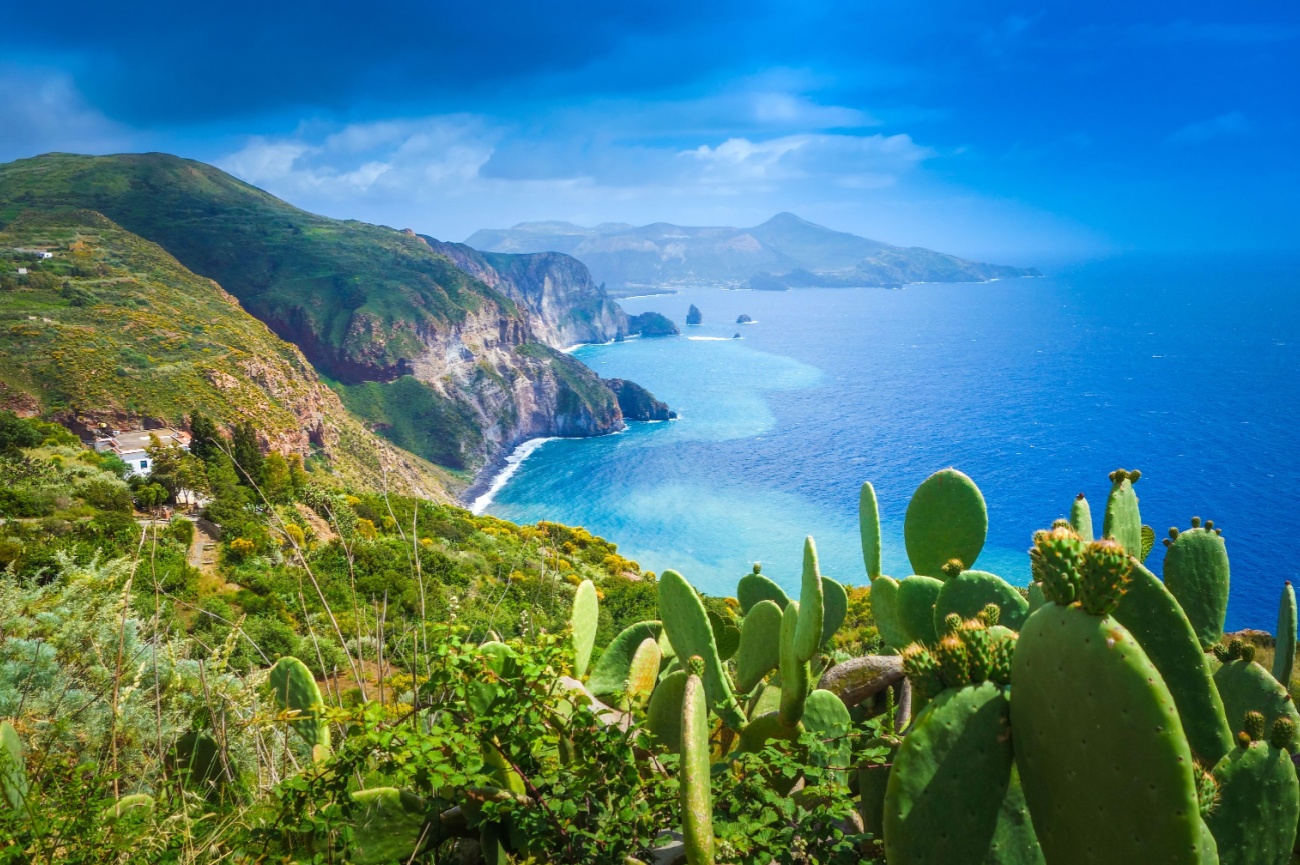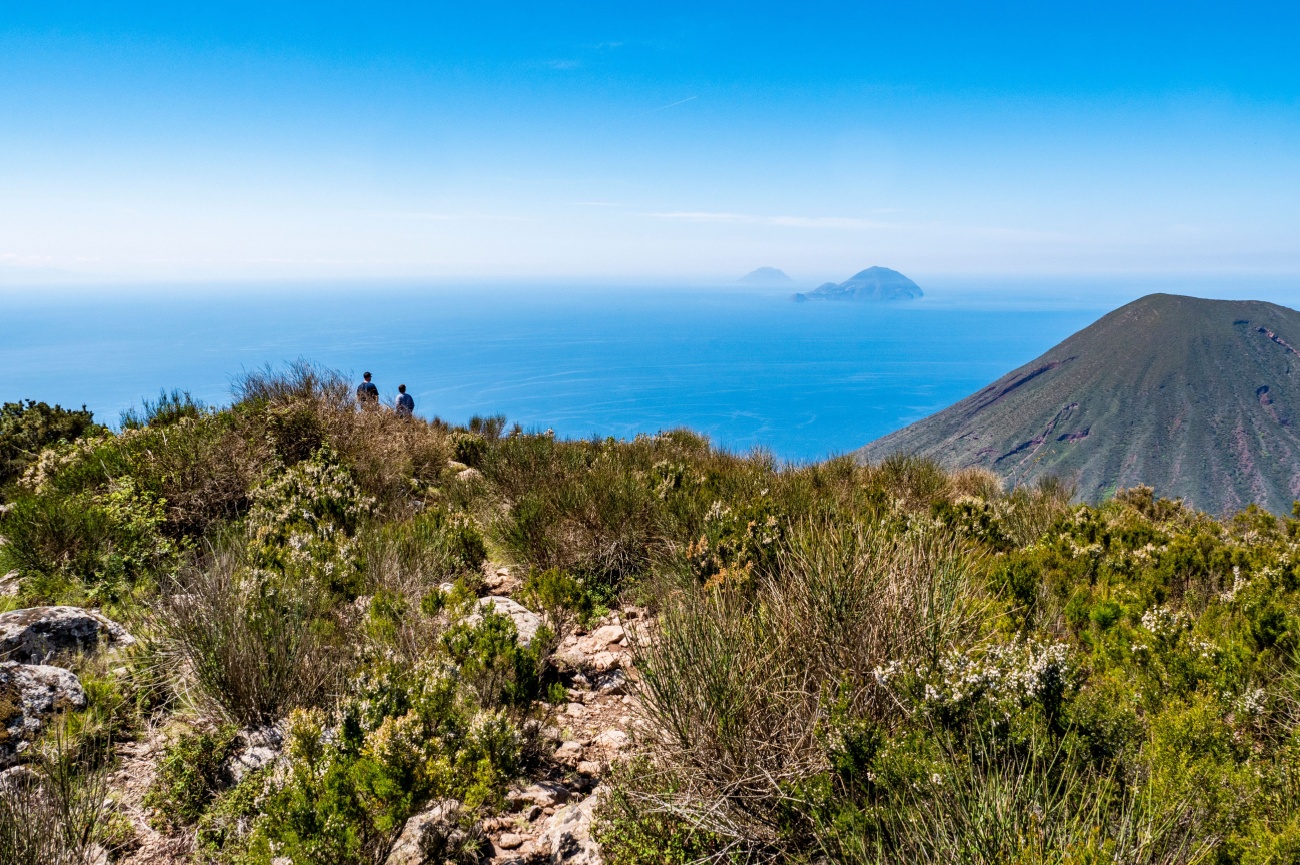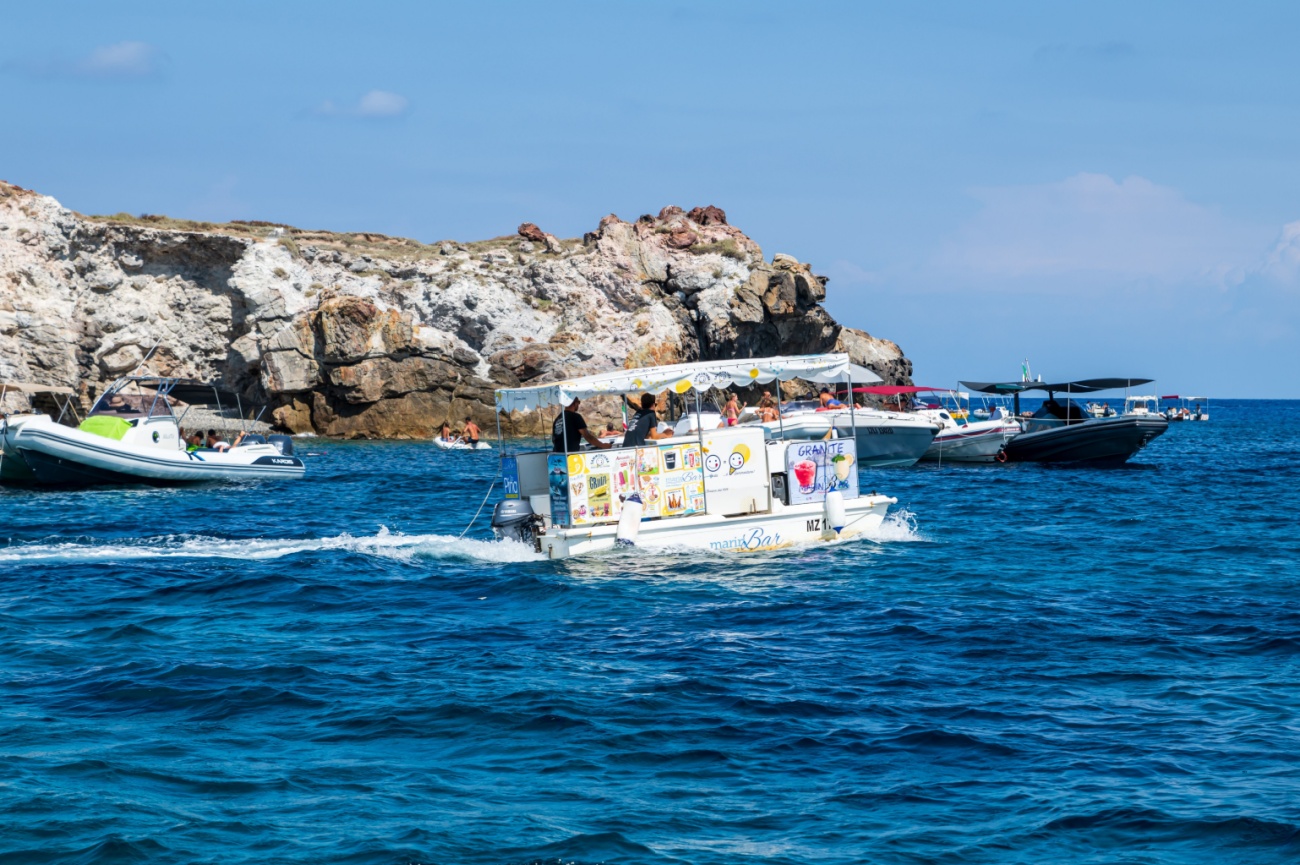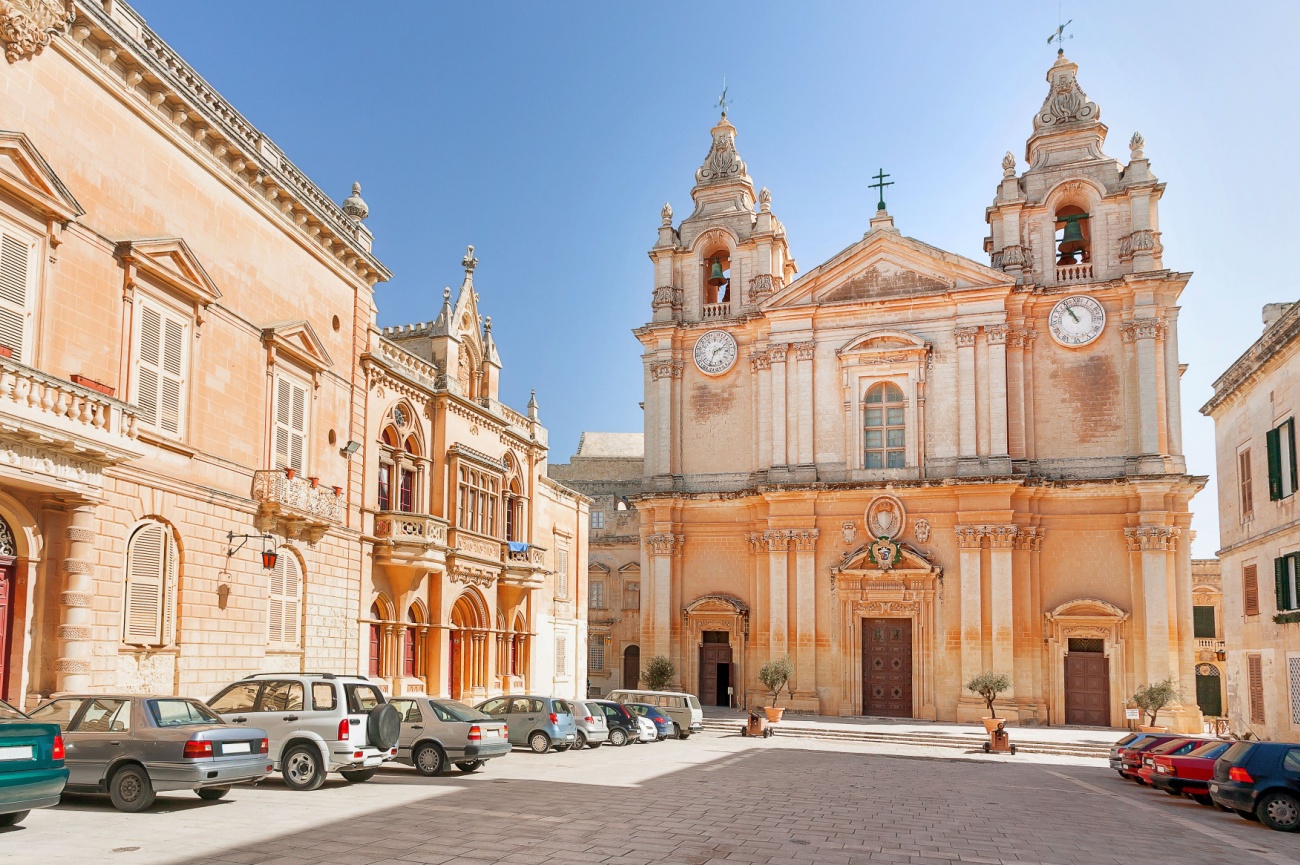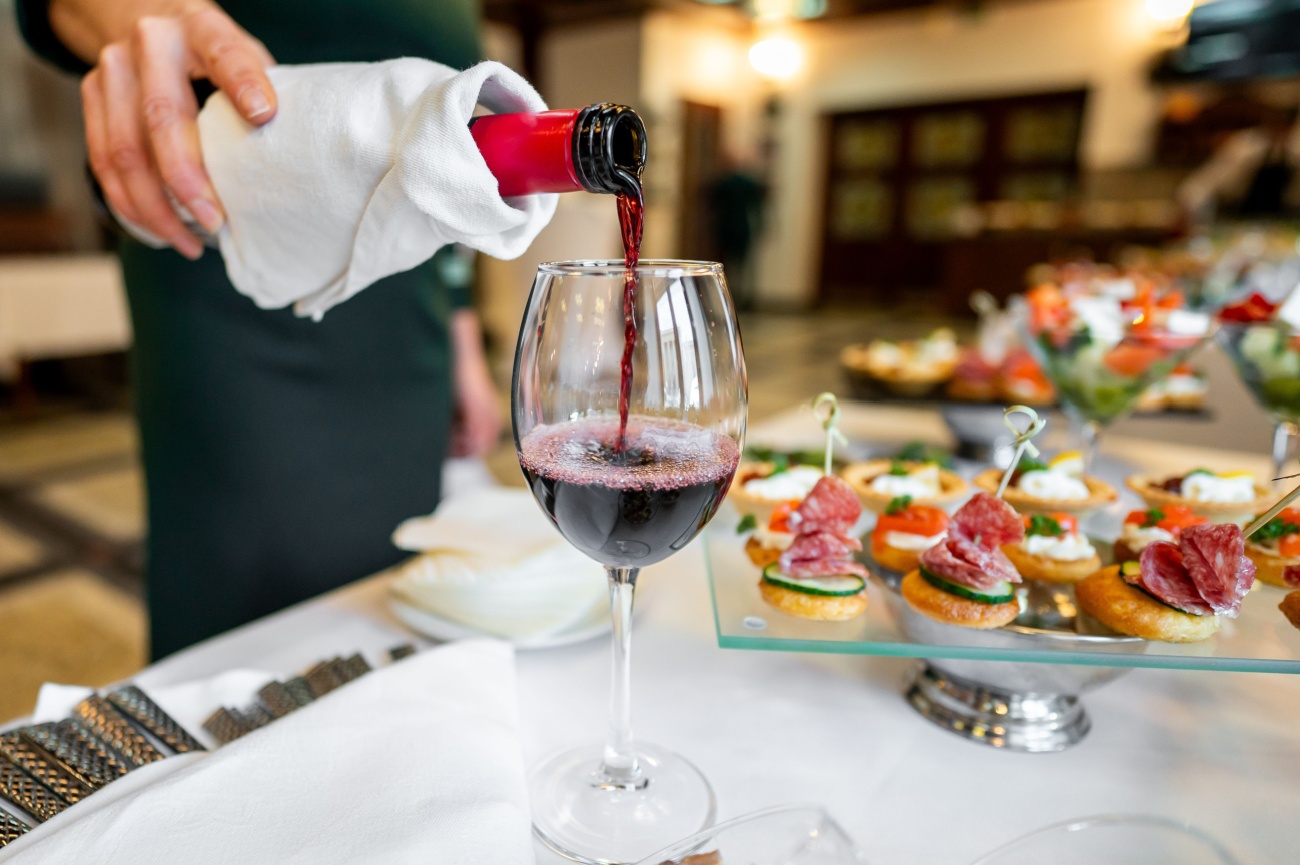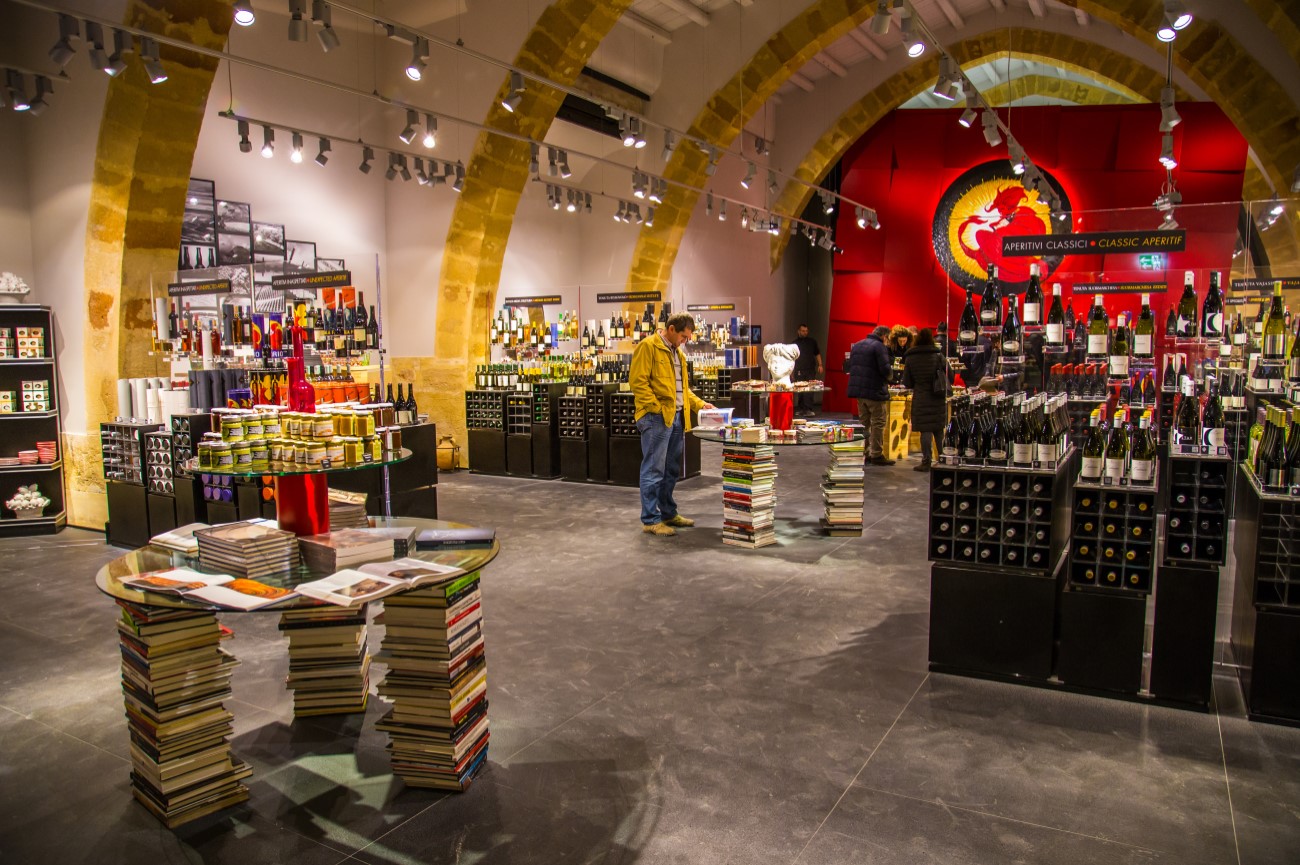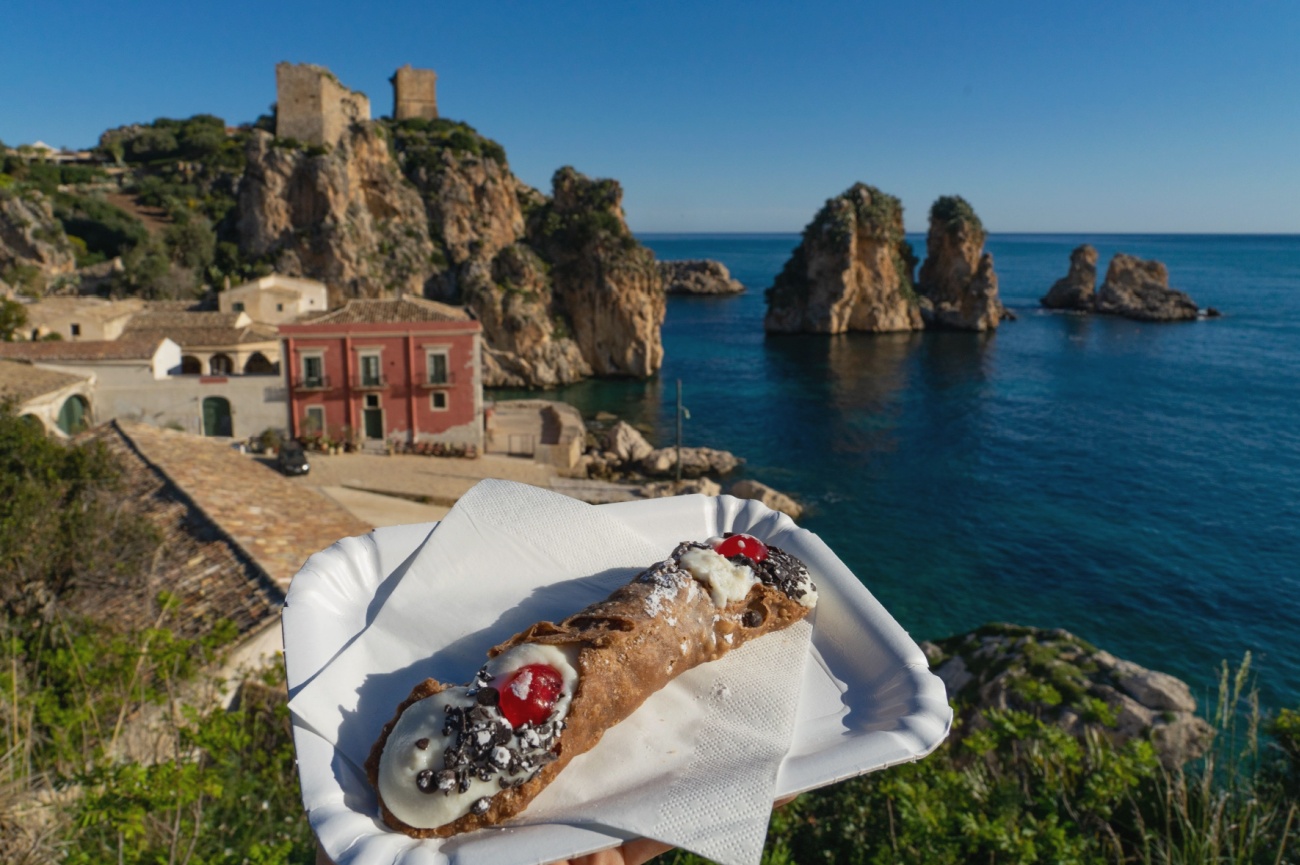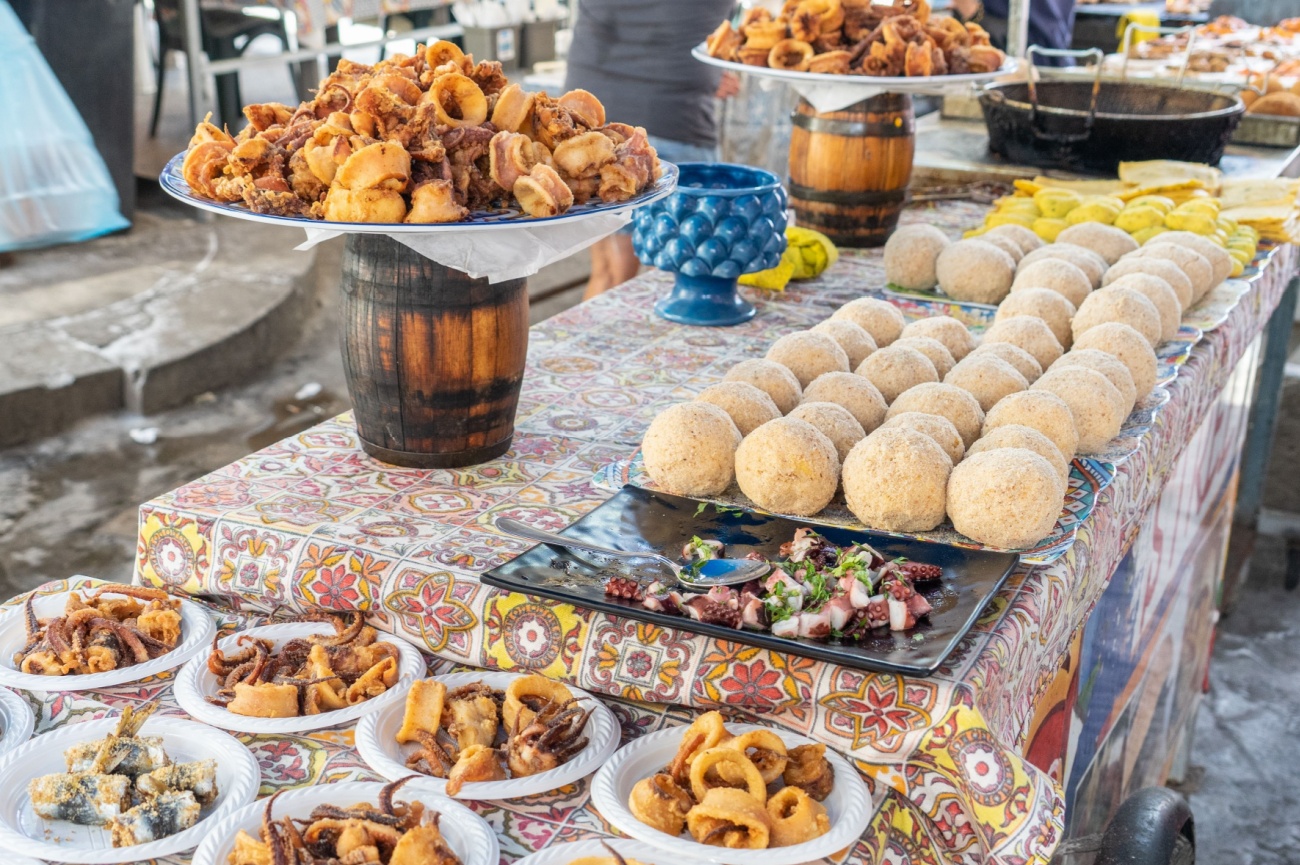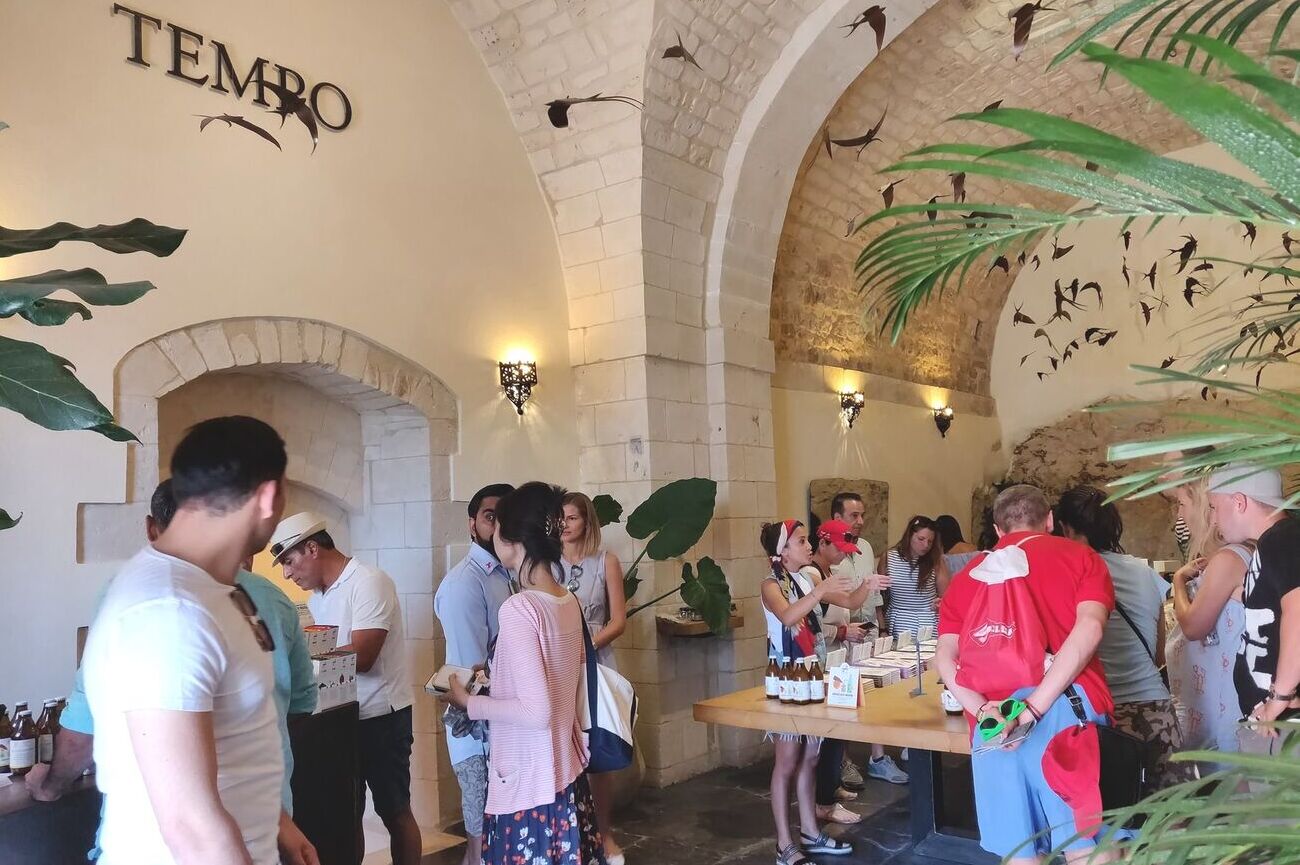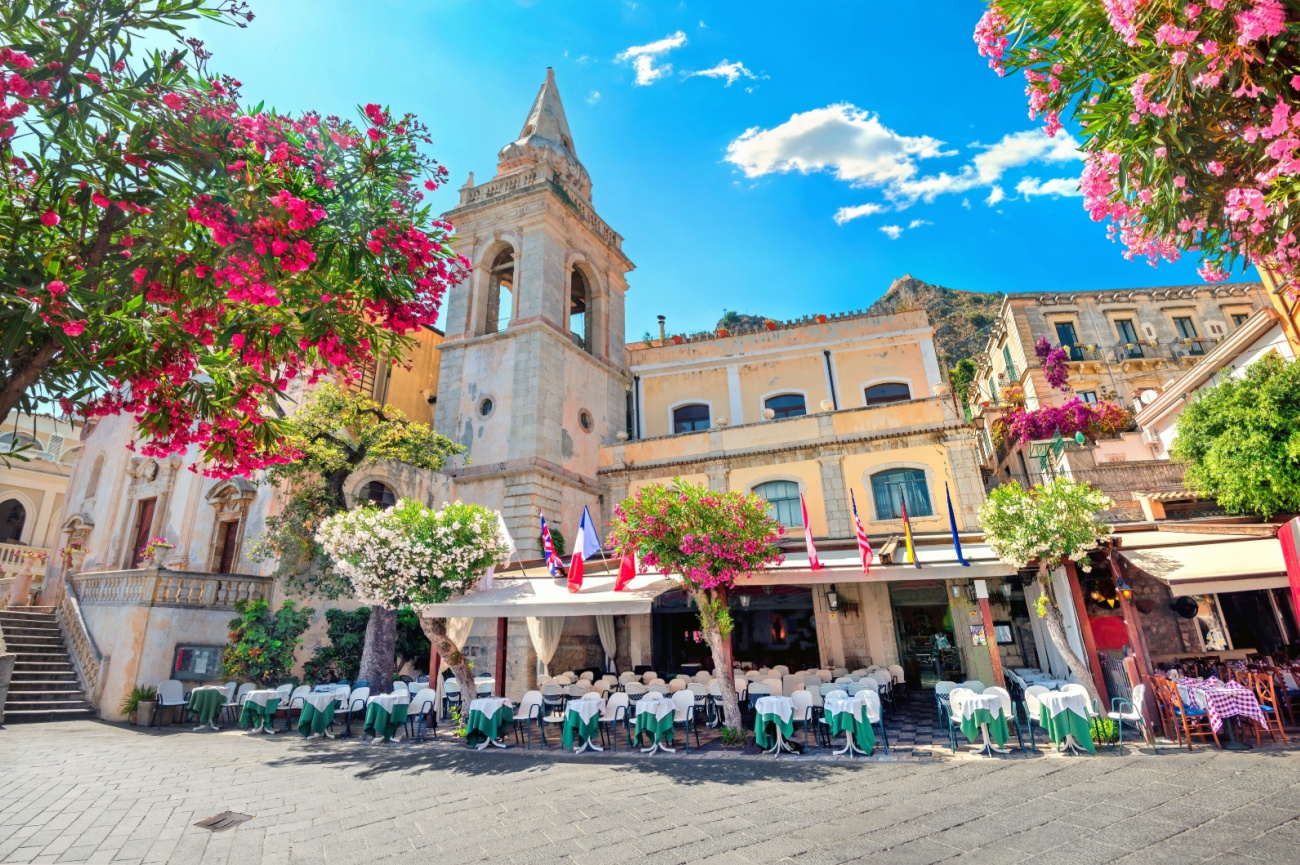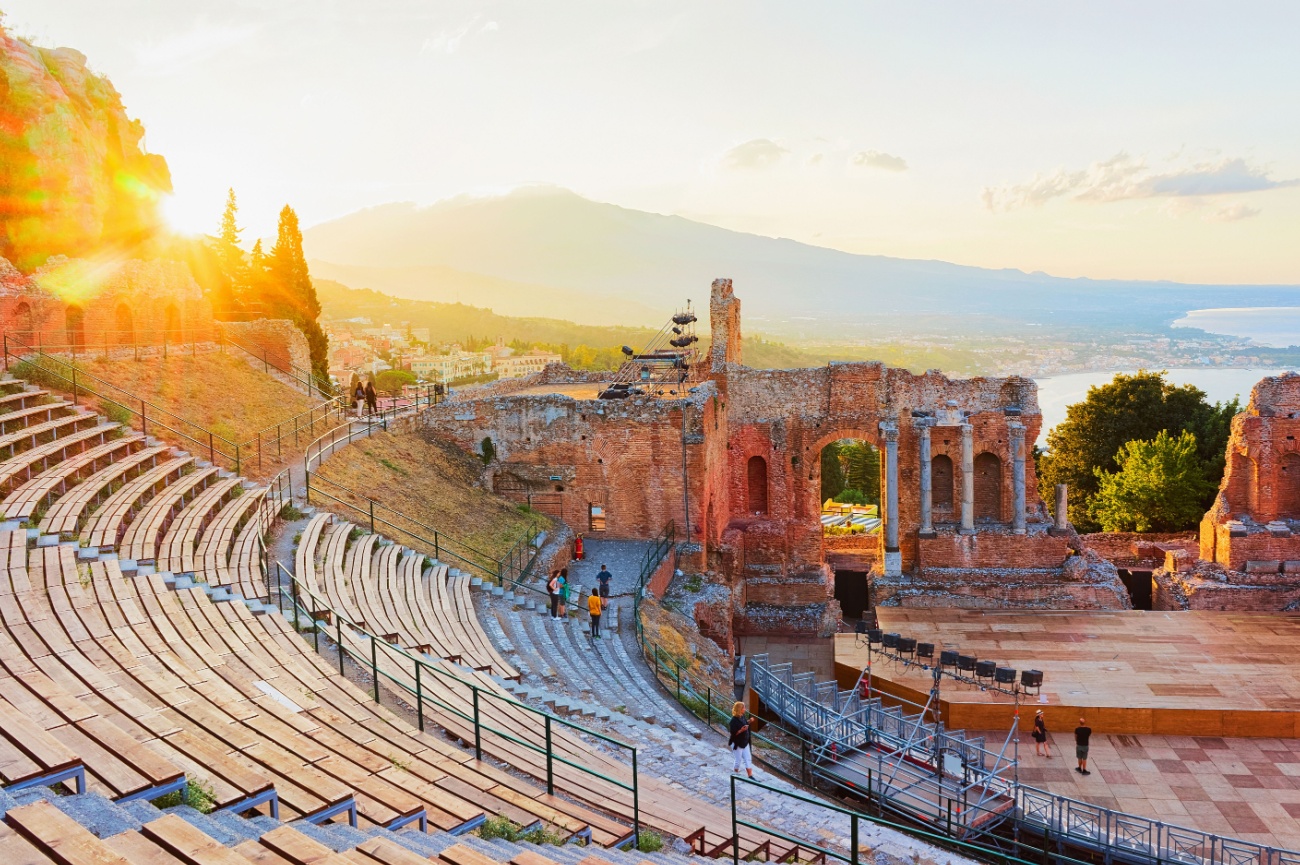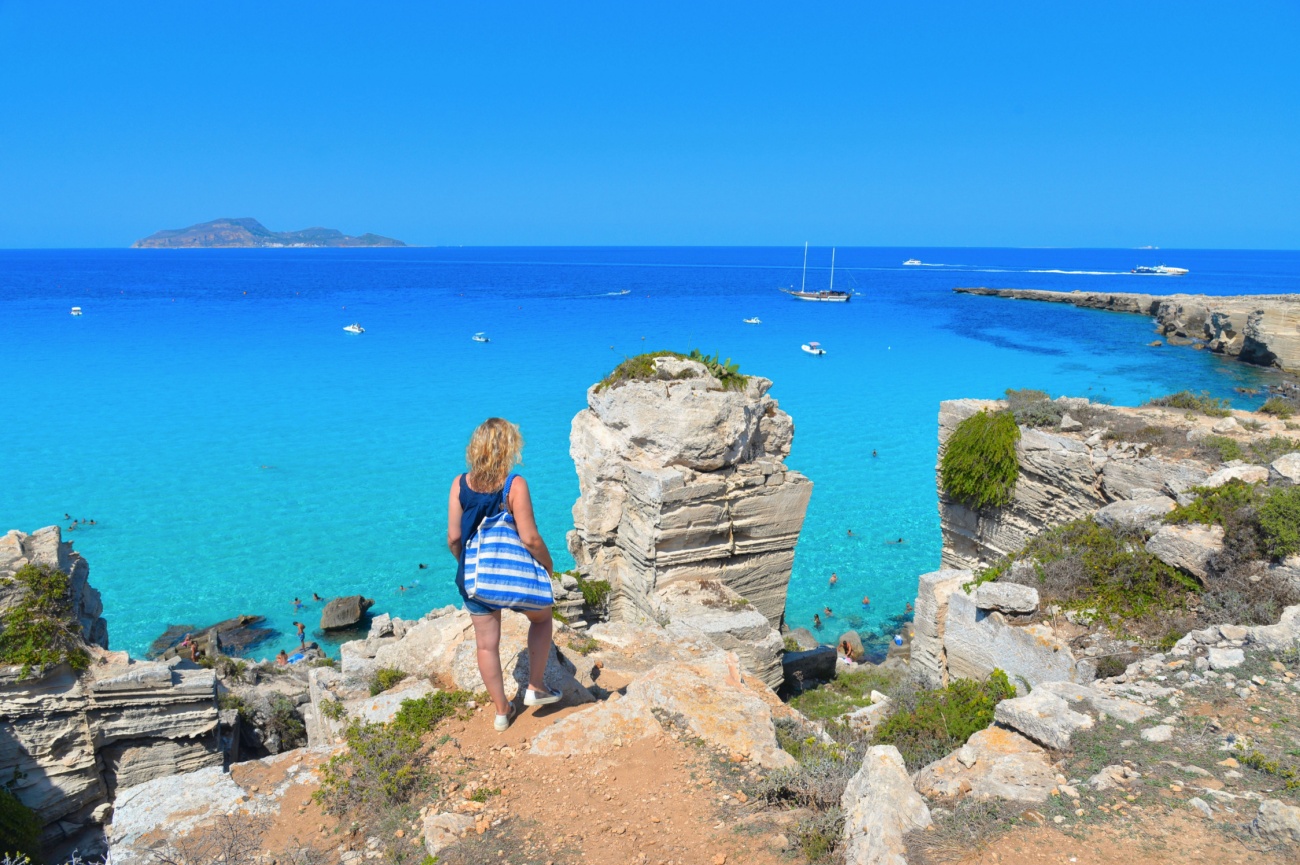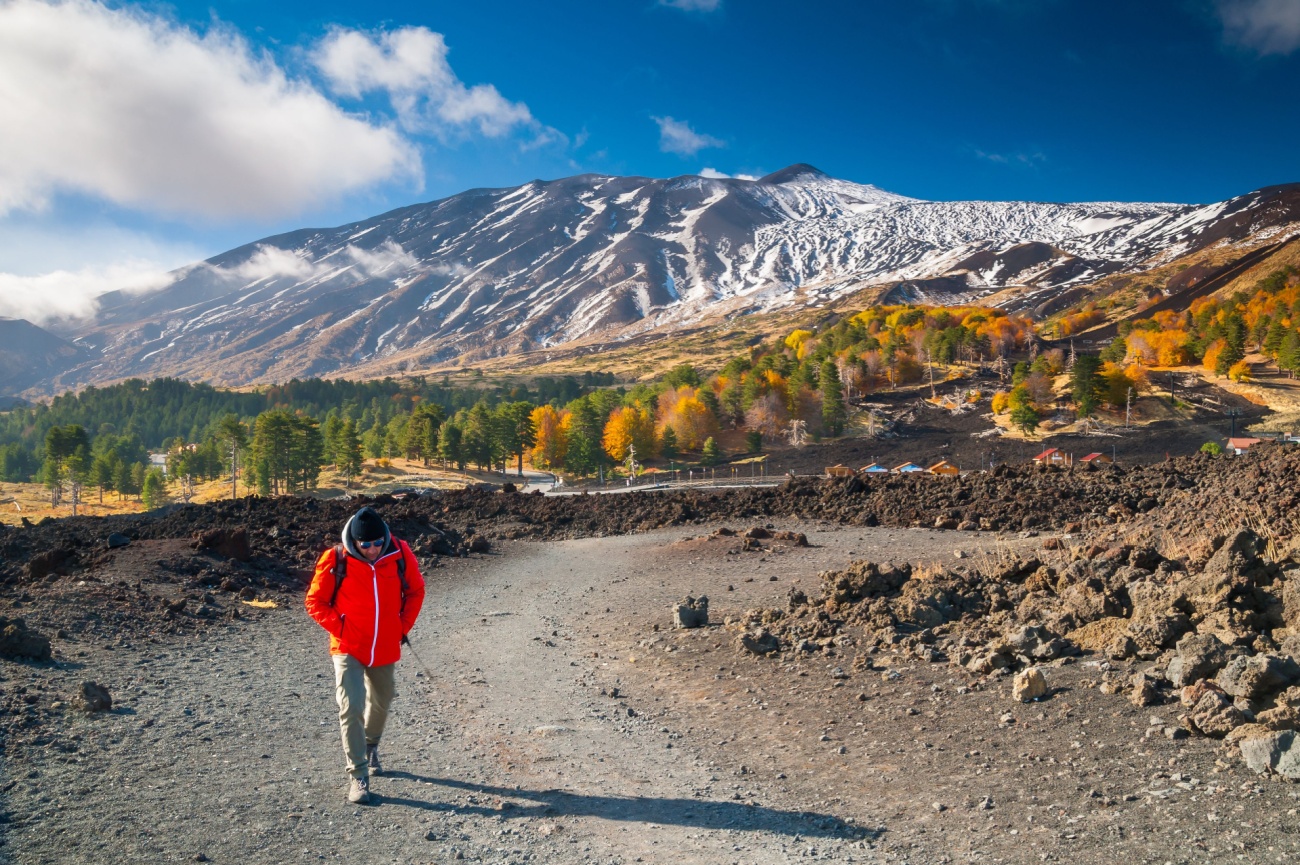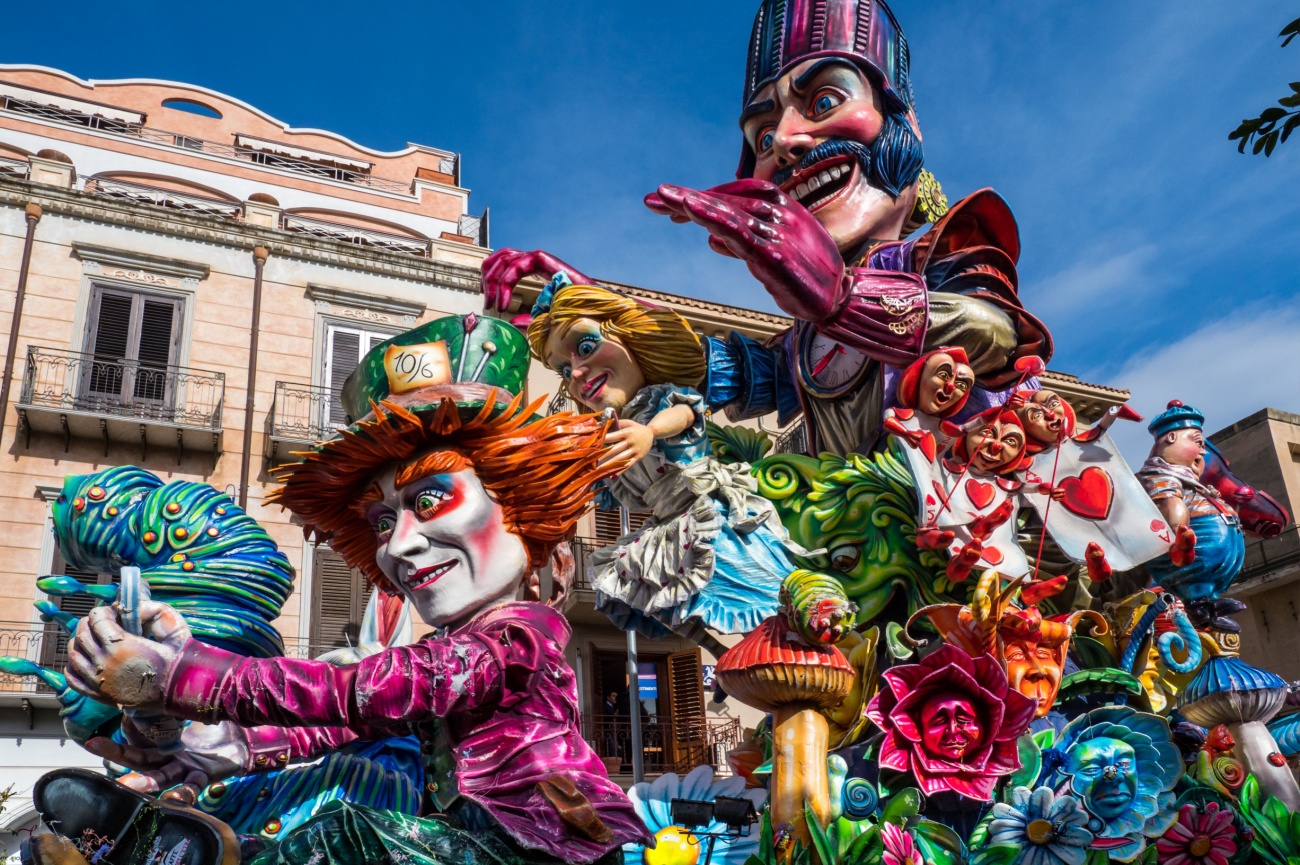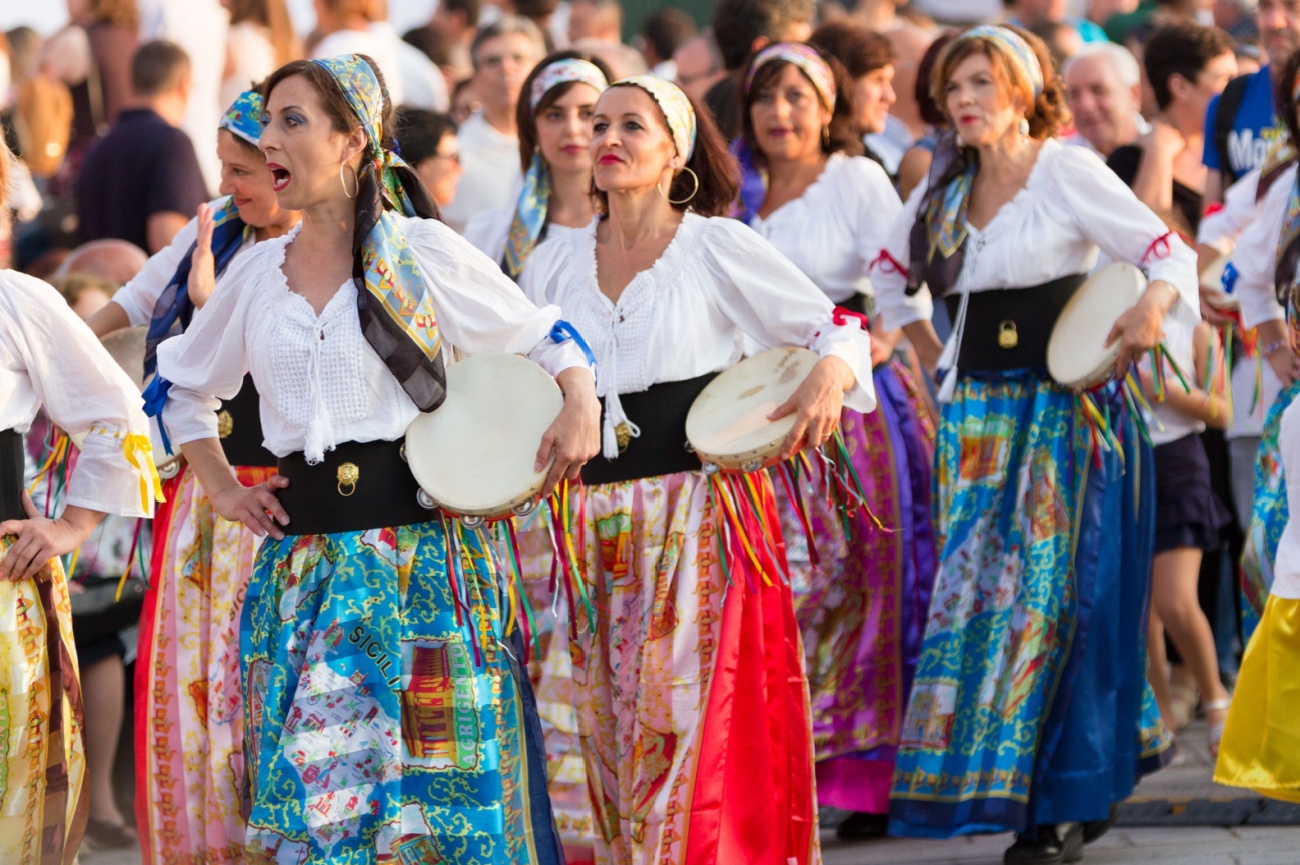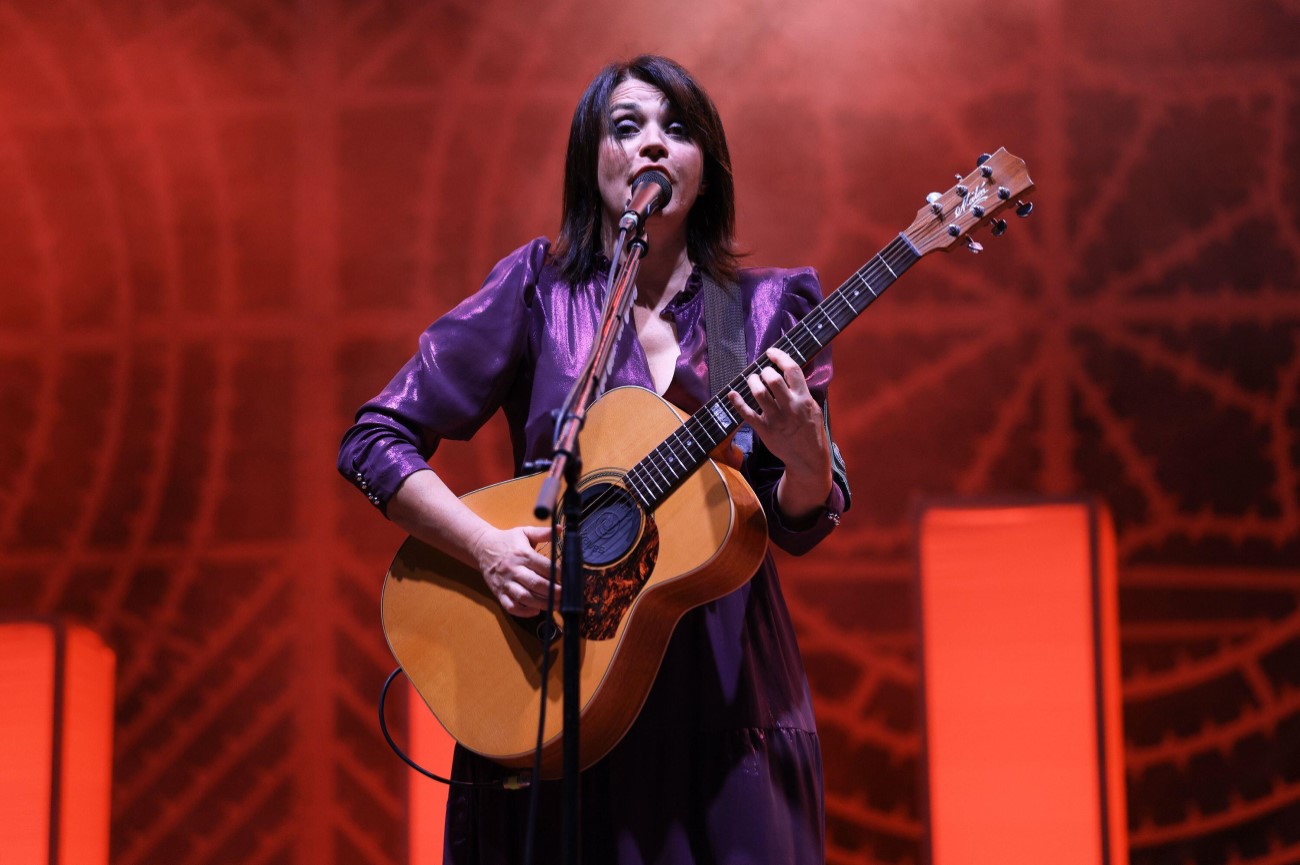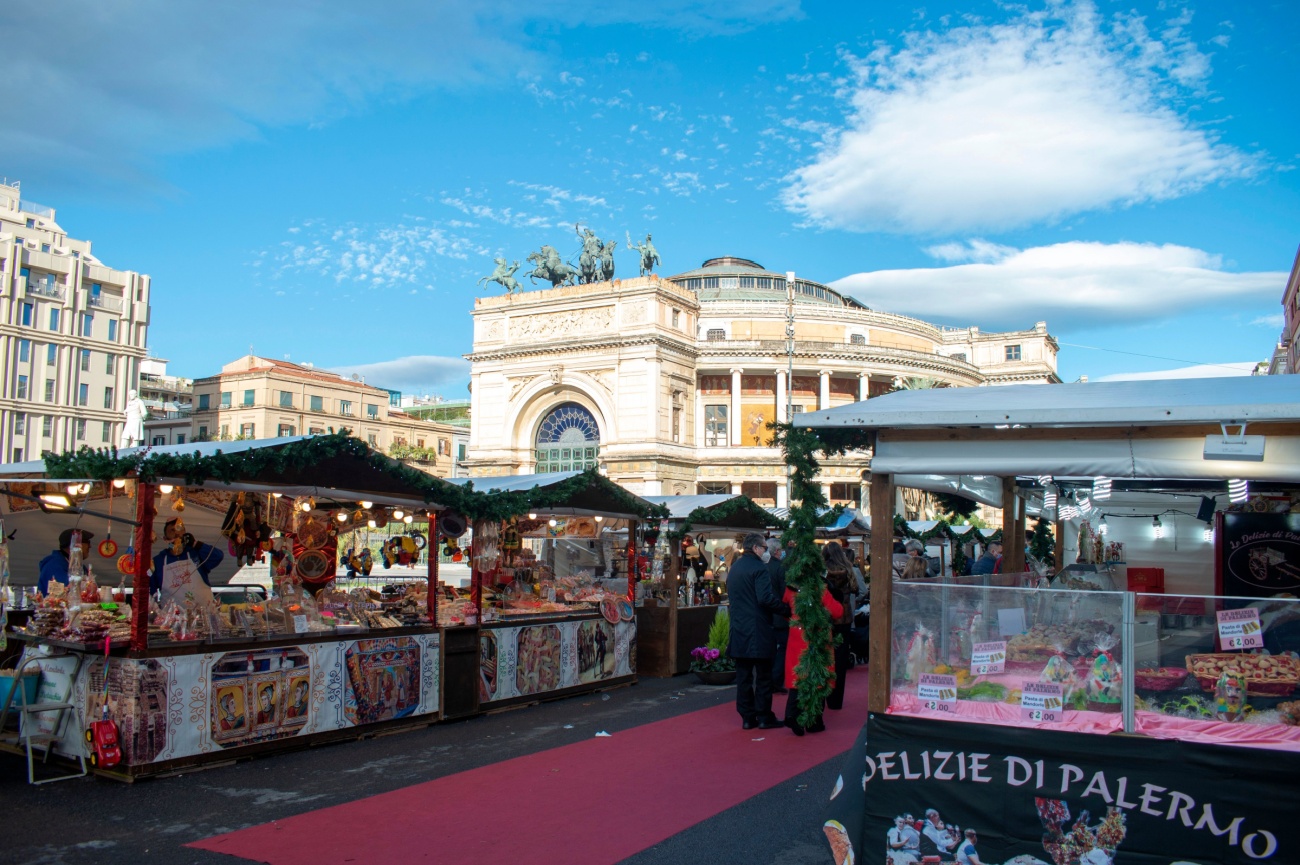Things to Do in Sicily: 5-Day Itinerary
Sicily, just off the southwestern tip of Italy, is the largest island in the Mediterranean. Travelers are drawn to its rich history, sandy coves, and dramatic landscapes, including Mount Etna, the world’s most active volcano.
The island has a fascinating and complex history shaped by many civilisations, including the Phoenicians, Greeks, Romans, Byzantines, Arabs, Normans, and Spanish, each leaving a distinct mark on the architecture, cuisine, and culture. It is home to many UNESCO World Heritage Sites, such as the Arab-Norman buildings in Palermo, the Valley of the Temples in Agrigento, the mosaics in Monreal Cathedral, and the ancient theatre in Taormina.
Base yourself in the capital city of Palermo, known for its bustling markets, and vibrant street food scene. Spend a few nights in Syracuse to be immersed in ancient Greek history and visit the massive Neapolis Archaeological Park. Catania’s UNESCO-protected Baroque buildings and golden sweeps of sandy beaches, and lively fish market are a full day trip. Taormina, a picturesque hilltop town is a good starting point to visit Mount Etna and then revel in its exquisite ancient theatre.
While Italian is Sicily’s official language, the distinct Sicilian dialect is widely spoken. Equally distinct is the spicy, herbaceous Sicilian cuisine drawing on African and Arabic influences. Couscous restaurants sit side-by-side with pizza trattorias, while Palermo’s world-famous street food scene is as rich and diverse as the city’s history.
Exploring the island by car allows you to visit beautiful remote beaches and villages, but regular train service also runs between the major cities suggested here. Whether you're wandering the markets of Palermo, revelling in magnificent ancient ruins, or savouring delicious Sicilian pizza, our 5-day itinerary helps you to create an unforgettable adventure in Sicily.
Day 1 - Palermo

The fascinating capital of Sicily is known for its rich, cross-cultural history as reflected in the city's architecture, cuisine, and traditions. The UNESCO-protected Arab-Norman buildings, such as the Norman Palace and Cathedral, express this unique socio-cultural blend of Western, Islamic and Byzantine architecture. The lively Ballarò and Vucciria markets have been hubs of local life and culture since the medieval days. Palermo, with its crystal-clear water and sandy white beaches, is wedged into dramatic mountain scenery, stretching from Monte Pellegrino to the natural stone arch, Arco Azzurro.
Morning: Centro Storico
The Cassaro, now named Via Vittorio Emanuele II, is Palermo’s oldest street, dating to the foundation of the city in 734 BC by the Phoenicians. It connects the Palazzo Reale to the sea. A walk along il Cassaro takes you from the original gates of Porte Felice, past churches, palaces, and cafés to the magnificent Arab-Norman quarter.
Palazzo dei Normanni
The Palazzo dei Normanni (Norman Palace) was the seat of the Kings of Sicily after the Normans invaded the island in 1072. As the oldest royal residence in Europe, it passed hands between the Arabs, French and Spanish and remained a symbol of power for the Sicilian rulers through the 18th century. The massive palazzo is an imposing blend of Byzantine-Norman design with signature hulking Norman towers, rounded arches, Arabesque courtyards, splendid chapels, and grand halls. The palace’s most magnificent space is the Capella Palatina built in 1130 by King Roger II. The palace chapel glows with golden mosaics of saints and an enormous image of an almighty Christ looking down from the dome. The most impressive part of the chapel is the striking ceiling with its Islamic-inspired muqarnas, sculpted niches resembling stalactite stone formations.
Palermo Cathedral
Palermo's magnificent Romanesque cathedral was built in 1185 on the site of a 9th-century mosque, which in turn was built atop a former Byzantine basilica. The façade’s complex Islamic-style geometric patterns, majolica-tiled domes, and soaring Gothic portico emphasise Sicily’s unique Norman-Arab architecture. The most important points of interest are the 12th-century crypt, a Baroque altar to the patron Saint of Palermo Santa Rosalia, the treasury with a precious gem-encrusted medieval crown, and tombs of Sicily's great rulers, King Roger II and the Holy Roman emperors Henry VI and Frederick II. If you have time, climb the 100 steps to the roof for panoramic views and an up-close look at the towers.
Palazzo Conte Federico
A few steps from the Royal Palace is one of the oldest buildings in Palermo. This is a pleasantly surprising but often overlooked attraction dating to the 12th century, with an Arab tower, Norman windows, and a central courtyard with delicate wrought iron balconies. The palace has been the ancestral home of Count Alessandro Federico since the 17th century. The family offers guided tours that give a rare personal look at their ancestral furnishings and artworks throughout opulent rooms with majolica tiled floors and frescoed ceilings. The palazzo has a few stately apartments, should you want to spend the night in aristocratic style.
Church of the Gesù (Chiesa del Gesù)
The historic Church of the Gesù complex (Casa Professa) is one of Palermo's most extraordinary churches. Started in 1564 incorporated into a larger church in 1633, the building was restored after suffering major bomb damage in WWII. While the church's facade is typical of the late 16th century, its transept, apses and dome burst with 17th-century baroque extravagance. The dome's vault is decorated with a fresco attributed to Pietro Novelli.
Church of San Giovanni Degli
Eremiti
One of Sicily’s finest examples of Arab-Norman architecture is a 12th-century monastic church with distinct red onion domes and a hulking interior featuring blind arches and tiny windows. The church boasts a beautiful Norman-era cloister and is surrounded by a garden of citrus trees, palms, and herbs. Like many of Palermo’s churches, San Giovanni is built on a former mosque, which in turn was established on top of a 6th-century Benedictine chapel.
Capuchin Catacombs
Descend underground into one of Sicily’s most bizarre and macabre tourist attractions. The Capuchin Catacombs were constructed in 1599 on the site of a monastic cemetery, are a series of vaulted corridors containing the remains of nearly 2,000 mummies and a total of 8,000 corpses. Mummified bodies are pinned to the walls, while partial skeletons sit on benches or are tucked into open coffins. The catacomb’s long-deceased residents range from monks and priests wearing clerical vestments to professionals, artists, and women. Their clothing and accoutrements are a study in 400 centuries of fashion and burial techniques. The last interment took place in 1939, and be warned, there is a section containing children.
Teatro Massimo
Teatro del Popolo, the “People’s Theatre” built in 1874, is one of the largest and most prestigious opera houses in Italy. Five thousand spectators fill a huge horseshoe-shaped auditorium dominated by a gallery of lavish boxes. The façade features impressive neo-classical architecture with massive columns and a grand staircase that unfurls down to the Piazza Verdi. Take a guided tour behind the scenes to learn about the theatre’s history and significance.
Day 1, morning - palermo Tour Map
Afternoon: Palaces and Gardens
Piazza Vigliena, known as Quattro Canti, is a historic square at the intersection of Palermo’s two main streets dividing the old city into four quarters or “mandamenti” (the Loggia, the Capo, the Kalsa and the Albergheria). The piazza is bounded by beautiful Baroque buildings with statues of Palermo’s patron saints, representations of the four seasons, and the four Spanish kings who ruled Sicily. The square is bustling with activity while the surrounding streets radiate with bustling shops, churches, cafés, and plenty of street food. Spend the afternoon strolling by historic palazzos, touring their sumptuous interiors, and treasure troves of art.
Palazzo Chiaramonte Steri
The boxy Gothic building, built in the 14th century, was once the palace of the powerful Chiaramonte family, which later served as a royal palace and a prison. Its striking facade features Arabesque stonework and Romanesque windows, while the interior boasts beautiful frescoes and a fascinating history, including its role as Sicily’s seat of the Spanish Inquisition. Today, it is home to the University of Palermo. Tour the magnificent lecture halls and Inquisition Museum with haunting graffiti made by the prisoners for insights into the building’s rich and poignant past.
Porte Felice
Palermo’s monumental city gate, built in the 16th century as part of the city’s defensive walls, is one of the few remaining gates from the Renaissance period. After being bombed during WWII, the right tower has been restored and is topped with eagles, the symbol of
Palazzo Butera
Constructed in 1701, the sprawling eighteenth-century palace buttresses the ancient Arab quarter of the city from the sea. After years of renovation, a fabulous collection of contemporary art is displayed alongside magnificently restored frescoes and gilded architectural elements. Ancient tree roots intertwined into the castle foundations are creatively displayed through a glass floor in channels artfully lined with colourful majolica tile. The lushly planted terrace stretches elegantly along the ancient city wall with irresistible views of the gulf.
Palazzo Abatellis
The 15th-century palace was originally constructed as a residence for a prominent businessman, and it now houses the Regionale di Sicilia Gallery, a marvellous collection of Gothic and Renaissance paintings and sculptures. The most significant piece is the 1446 Triumph of Death by an unknown Sicilian artist, moved here from its original location in the Palazzo Sclafani. The palazzo, celebrated for its detailed stonework, intricate wooden beam ceilings, and artistic treasures, is one of Palermo’s premiere attractions.
Palazzo Forcella De Seta
The Baroque palace is one of the most significant examples of 19th-century eclectic architecture in Sicily. The 18th-century aristocratic residence is even more majestic as it sits atop the city’s original walls with a Renaissance gate, the Porta dei Greci (1553), passing through its centre. The palace is best-known for its opulent grand halls decorated using a fusion of influences, especially the elaborate Byzantine-style mosaics depicting floral motifs and geometric designs.
Foro Italico
Detour to the waterfront for a stroll along the walkway built in the 16th-century as an aristocratic promenade. It is now a popular pedestrian path with wide lawns, trees, benches, and public art.
Palermo Botanical Garden
End your tour at the Palermo Botanical Garden (Orto Botanico), a green oasis featuring plants showcasing the botanical diversity of Sicily and beyond, including tropical and subtropical species. Stroll the serene pathways and historic greenhouses, palm groves, succulent gardens, and a medicinal garden.
Fontana del Genio di Palermo
The Fontana del Genio di Palermo, one of the city’s symbolic sculptures, stands within Villa Giulia, a historic public garden adjacent to the Botanical Garden. Though often visited together, the two are distinct spaces. Set among elegant pathways and neoclassical design, the fountain depicts Palermo’s ancient protector—Il Genio—seated with a serpent feeding from his chest, blending myth and nature in a serene setting.
Day 1, afternoon - palermo Tour Map
Where to Eat in Palermo
Fine dining
- Buatta Cucina Popolana: Look no further than Buatta Cucina Popolana in Palermo’s historic city centre for traditional yet upscale Sicilian cuisine. The restaurant’s warm bistro-like atmosphere is a lively and inviting place to experience Sicily’s rich culinary heritage of Sicily, as the menu features stuffed lobster, creative sfincione pizza, and of course, crispy cannoli. This is the sort of place to have dinner if you enjoy people-watching and don’t mind a bit of a wait.
- Osteria dei Vespri: Osteria dei Vespri is a highly regarded, stylish restaurant located in a quiet square. The restaurant’s creative, forward-thinking menu is known for its innovative twists on traditional Sicilian cuisine, featuring seafood, pasta, and meat. Choose from a la carte options, multi-course tasting menus, fixed-price surf and turf menus, and a lovely vegetarian menu.
Casual Dining
- La Galleria: La Galleria is a rustic trattoria tucked down a charming alleyway not far from the Duomo. A cosy, but not too cramped dining room sets the tone for delicious mom-and-pop cooking. Classic Sicilian dishes, like spaghetti and clams or eggplant caponata, are delivered on colourful majolica plates. Dine al fresco at one of the cute wooden tables tucked against the stone building.
- Il Cullinario: The charming bistro, located a few streets from the theatre, is an eclectic little restaurant dishing up a modern take on Sicilian seafood. The atmosphere is cheery, with colourful tiled walls, racks of wine, and a welcoming canopied patio. Il Cullinario is a great place to share small plates, classic street food, and antipasti, or indulge in seafood laden couscous, soups, and pasta. And don’t miss out on the desserts or breads, which are all made in-house.
Markets
- La Vucciria: La Vucciria market is Palermo's oldest and best-known market. With roots dating back to the 16th century, La Vucciria reflects the city’s diverse heritage. The market is filled with vendors selling fresh produce, seafood, meats, and local delicacies. You can also find ani international range of spices and traditional Sicilian street food. This is a good opportunity to graze on arancini (fried risotto balls), pane e panelle (chickpea fritters), and sfincione (Sicilian pizza). Surrounding the market are local artisans and street artists, making it a lively place to visit beyond just shopping.
- Mercato di Ballarò: Dive into the heart of Palermo's food scene at the fascinating food market full of vendors singing and shouting to peddle their products. Strings of bright red chilis dangle over heaps of colourful produce, spices, and olives. Marketgoers stroll elbow to elbow through the bustling alleyways full of the sights, sounds, and smells of market life. The Sicilian experience doesn’t get more authentic than this.
Where to Stay in Palermo
- Villa Igiea, a Rocco Forte Hotel 5*: Step into a world of Belle Époque elegance at Villa Igiea, perched on the shimmering Gulf of Palermo. This majestic palazzo-turned-luxury retreat enchants with its grand frescoed halls, lush Mediterranean gardens, and sweeping sea views. Once a haven for aristocrats and Hollywood icons, the hotel now offers an exquisite blend of old-world charm and contemporary indulgence. Guests can unwind by the serene pool, dine on Sicilian delicacies in opulent surroundings, or simply soak up the timeless glamour that makes Villa Igiea an unforgettable escape.
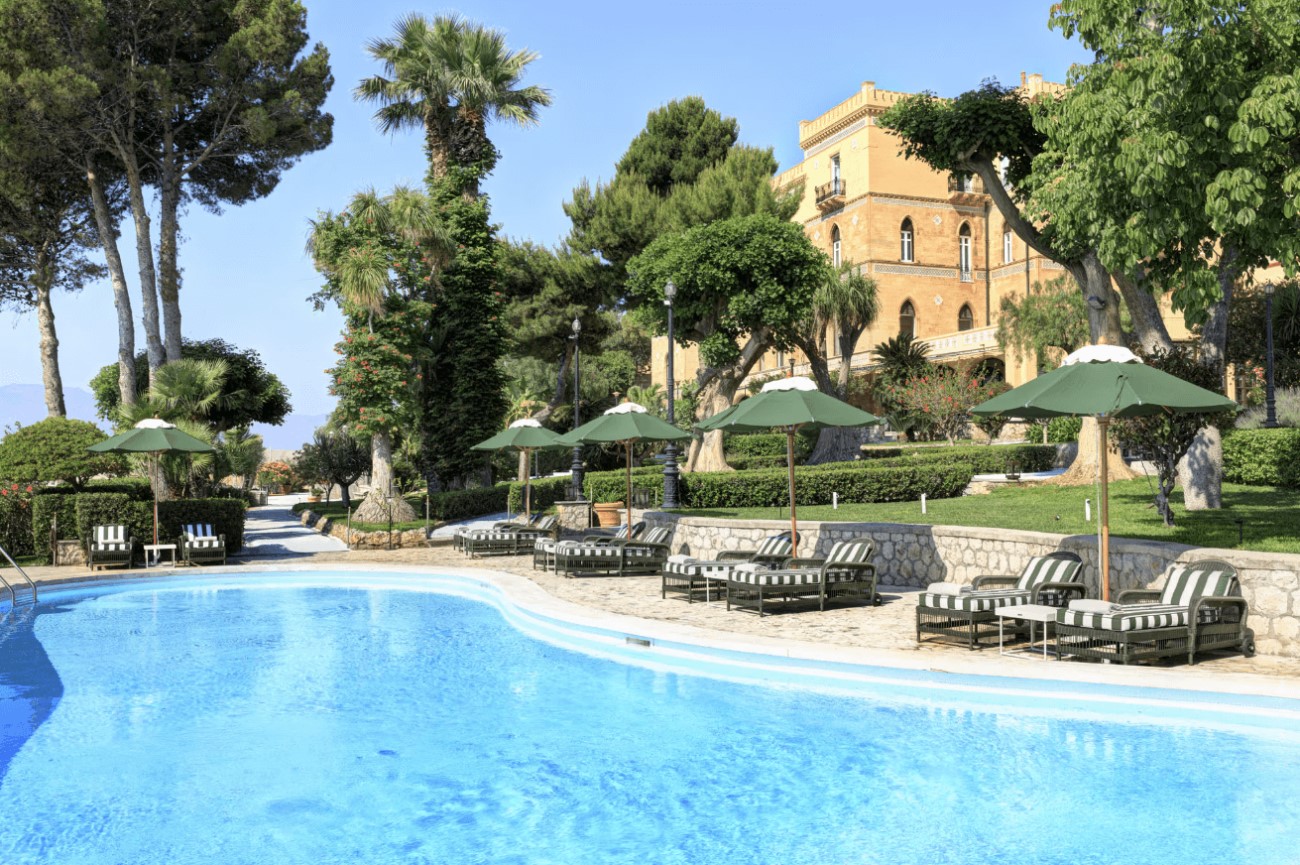
- Grand Hotel et Des Palmes 5*: Grand Hotel et Des Palmes is a place full of history and elegance in the heart of Palermo. This beautiful 19th-century hotel has welcomed writers, artists, and famous guests for over a century. With its high ceilings, marble floors, and classic décor, it feels like stepping back in time. The hotel is close to many of the city's main sights, making it easy to explore. Guests can enjoy delicious Sicilian food in the stylish restaurant or relax with a drink in the cosy piano bar.
- Grand Hotel Piazza Borsa 4*: Set in a historic building in the heart of Palermo, Grand Hotel Piazza Borsa blends elegance with modern comfort. Once a monastery and later a grand financial hub, the hotel retains its timeless charm with marble floors, grand staircases, and a peaceful central courtyard. Guests can relax in stylish rooms, enjoy fine Sicilian cuisine at the restaurant, or unwind in the spa. With its prime location, just a short walk from Palermo’s main sights, markets, and seafront, it’s a perfect base for exploring the city’s rich history and culture.
- Hotel Trinacria 3*: In the heart of Palermo, Hotel Trinacria is a cosy and stylish place to stay. This small hotel combines modern comfort with traditional Sicilian hospitality. It's just a short walk from the city's historic sights, making it easy to explore. Guests can start their day with a tasty Sicilian breakfast, including freshly baked cornetti and rich espresso. With its friendly atmosphere and great location, it’s a perfect base for discovering Palermo’s lively markets, beautiful piazzas, and charming streets.
Day 2 - Cefalù

Drive or take a train to Cefalù, about an hour from Palermo on the north coast of Sicily Explore the spectacular old town hugging the base of an imposing mountain known as La Rocca. If you have time, hike to the top for astounding views over the coast and historical sites along the trail.
Cefalù Cathedral: Basilica di San Marco
The Cathedral of Cefalù, built in the 12th century by King Roger II, is one of nine structures included in the UNESCO World Heritage Site known as Arab-Norman Palermo. Its architecture combines elements of Norman, Arab, and Byzantine styles in the striking façade and two imposing bell towers reflect the rich history of the Norman conquest of Sicily and the blending of multiple cultures. The basilica’s most significant feature is the incredible artistry of the dome’s gold mosaics, particularly the large Christ Pantocrator dominating the apse.
Museo Mandralisca
Not far from the old fishermen's houses, the museum houses an eclectic collection of art works from the 14th to the 19th centuries, with a particular emphasis on Sicilian artists. One of the museum's highlights is the iconic Portrait of an Unknown Man, painted in 1465 by Antonello da Messina. The smile of the sitter is said to be every bit as enigmatic and expressive as that of the Mona Lisa. In addition to paintings, Museo Mandralisca features a range of archaeological finds from ancient Cefalù and the surrounding region.
Porto Pescara
The historic streets of the old town lead to the waterfront, where only one of the original medieval gateways remain. Cefalù’s “window on the sea” is a pointy arched gate that perfectly frames the sea and is often crowded for its beautiful photo ops.
Medieval Washhouse
The levatolo medievale flume, built in the 16th century near the town's main square, was once a vital part of daily life in Cefalù. Locals would gather at large stone basins fed by a freshwater spring to wash clothes and socialise. Visiting the medieval washhouse illustrates how vital water sources were to the community.
FoodSicily Market
The food market showcases a wide array of fresh fruits, vegetables, seafood, meats, and cheeses, along with prepared food options. You will find grocery and artisanal products like olive oils, honey, preserves, and handmade pasta. Grab lunch from one of the delicious street food vendors, such as arancini, panelle, and cannoli. FoodSicily is a fun spot to experience the authentic flavours of Sicily in a lively market atmosphere.
Piazza Garibaldi
Named after Giuseppe Garibaldi, the Italian military leader, the namesake square is flanked by beautiful buildings, including the stunning Cefalù Cathedral, which is a UNESCO World Heritage Site. The square is a great starting point for exploring the surrounding medieval streets.
Calette Reef Beach Club
Spend the day by the sea at the Calette Reef Beach Club where you can take in views of the Tyrrhenian Sea and the surrounding cliffs. While away the day on king-size sun loungers under shady umbrellas. Grab lunch or drinks at the terrace restaurant then take a dip in the sparkling water. The club facilitate water activities such as snorkelling, paddleboarding, and kayaking. Other amenities include parking, showers and changing rooms.
Hike Up La Rocca for Stunning Views
The trail to the summit of La Rocca is well-marked and moderately challenging, taking takes about 30 minutes to an hour. At the summit, you are rewarded with commanding views of Cefalù, the Tyrrhenian Sea, and the Madonie Mountains. Along the trail, stop to explore the ancient fortress and the Norman Castle.
Day 2 - Cefalù Tour Map
Where to Eat in Cefalù
Fine dining
- B.I.F. Braceria Italiana Fuorimondo: The B.I.F. restaurant features a gourmet steakhouse menu specialising in grilled beef, lamb, and dry-aged chops. In addition to meat, the menu features traditional Italian dishes, such as fresh pasta and seafood, showcasing the rich culinary tradition of Cefalù. C. B.I.F. has a warm, rustic modern ambience set within ancient stone walks. The service is top-notch, and the careful curated wine cellar has a separate tasting room for a more casual outing.
- Qualia: Wander a few streets from the waterfront for a high-quality gastronomic experience tucked away on a side street in the centre of town. Qualia’s nature-inspired menu is full of surprising contemporary seafood, pasta, and meat dishes, with a heavy emphasis on vegetables, prepared with creativity and care. The restaurant is known for its polished service, rustic atmosphere, and exceptional modern interpretation of Sicilian cuisine.
Casual Dining
- History Pinsa: Pinsa Cefalù specialises in a traditional Roman dish similar to pizza but with a unique dough known for being lighter and airier than traditional pizza dough due to a longer fermentation process. Pinsa Cefalù uses ancient recipes with modern techniques to create their beloved pizza. Pinsa is a Cefalù favorite for locals and tourists, offering a casual dining atmosphere and a unique take on pizza.
- Karma The Bistronomy: Karma is a distinctive dining and cocktail spot known for its creative yet casual approach to food. The risto-pub is a modern restaurant fitted into an old stone building. Karma is popular for its original cocktails and for serving breakfast lunch, and dinner.
Where to Stay in Cefalù
- Le Calette Resort: in Cefalù is a stunning, multi-tiered resort offering both 5-star and 4-star areas, each with its own distinct charm. The 5-star, Le Calette N.5, provides an exclusive, boutique experience with upscale rooms, a private pool, and gourmet dining, perfect for those seeking luxury and privacy. Meanwhile, the 4-star area, Le Calette Bay, offers comfortable and stylish accommodations, along with a pool and restaurant, catering to guests who prefer a more laid-back yet still high-quality experience. Despite their differences, both sections share access to the resort's stunning beach, beautiful gardens, and public areas, making it a versatile and relaxing destination for all types of travellers.
- Hotel Alberi del Paradiso 4*: Set in lush Mediterranean gardens, Hotel Alberi del Paradiso offers a peaceful retreat just a short distance from Cefalù's historic centre. This charming hotel features comfortable rooms with beautiful views, a restaurant serving delicious Sicilian dishes, and a relaxing outdoor pool. Whether you’re looking to unwind in the serene garden or enjoy a meal on the terrace, the hotel provides a welcoming atmosphere for every guest. The family-friendly vibe and excellent service make it a perfect spot for both relaxation and exploration.
Day 3 - Mount Etna and Taormina

Morning: Mount Etna
Guided tour of Mount Etna A guided tour of Mount Etna is a fantastic way to explore Europe’s most active volcano and one of the highest in the world. Tours often take you to various viewpoints with stunning panoramic vistas of the surrounding landscape, sea and nearby towns. You'll have the opportunity to see craters formed during recent eruptions, providing insight into the volcano's activity and geological significance.
Enjoy lunch at a local winery on the slopes of Mount Etna, where you can sample wines produced from grapes grown in volcanic soil. Here are a few notable wineries located on the slopes of Mount Etna, each offering unique wines and experiences. Benanti, Tenuta delle Terre Nere, or Pietradolce.
Afternoon: Taormina
The cliffside town of Taormina is a popular base for exploring eastern Sicily. Its perched position, accessible by cable car, offers spectacular views of Mount Etna and the coast. Taormina's main thoroughfare, Corso Umberto, and narrow, winding streets are lined with ancient buildings, shops, and charming cafes. Taormina’s most famous landmark is the Greek Theatre dating to the 3rd century BC. Explore the medieval cathedral, the Palazzo Corvaja, and other historic churches. Isola Bella, a small island connected to the mainland by a sandy beach, perfect for sunbathing and swimming.
Teatro Antico
The Ancient Theatre of Taormina, built in the 3rd century BC was begun by the Greeks and modified by the Romans, reflecting a blend of two cultures that have heavily influenced Taormina through the centuries. The impressive semi-circular theatre could seat around 5,000 spectators, had excellent acoustics, and a most remarkable backdrop of Mount Etna and the Ionian Sea.
Corso Umberto
Browse local shops, boutiques, and artisan stalls along Taormina’s main street, Corso Umberto, while soaking in the vibrant atmosphere. The street features significant landmarks, including the Cathedral of Taormina (Duomo di Taormina) and the Palazzo Corvaja, adding to the cultural richness of the ancient city centre.
Church of San Giuseppe
Located near the main square, this charming Baroque church. elegant façade and a striking bell tower. in the 18th century. Inside, the church is adorned with intricate decorations, frescoes, and altars. The altarpiece, dedicated to Saint Joseph, is of particularly fine craftsmanship. whimsical rococo stuccowork featuring floral motifs and cherubs.
Day 3 - Toarmina Tour Map
Where to Eat in Taormina
Fine dining
- Ethica Chef’s Table and Garden: Ethica offers an á la carte or tasting menu of outstanding Sicilian cuisine with a modern twist. The menus are small but mighty with flavor and innovation. Reserve the chef’s table to watch the kitchen team in action or share an intimate dinner al fresco in the romantic stone-walled garden.
- Vineria Modì: Whether you dine in the sleek modern dining room or on the romantic outdoor patio, expect fantastic service, original haute cuisine, and a cellar full of exclusive labels. The refined menu elevates fresh, seasonal ingredients in fascinating, modern ways. Expect unexpected flavour combinations, surprising textures, and a brilliant interpretation of Sicilian cuisine.
Casual Dining
- Osteria Pizzeria Le Tre Vie: There is something for the whole family at Taormina’s beloved pizzeria just a short walk from the port. Osteria Pizzeria Le Tre Vie in known for its authentic Sicilian comfort food and wood-fired pizzas with fresh toppings and perfect crust. The dining room has your classic red checked tablecloths and shelves full of vino, while the patio has the not-so-standard breathtaking scenery of Taormina.
- Ristorante Pizzeria Porta Messina: There’s something to satisfy every palate at this traditional popular pizzeria located within the city walls near the early 19th-century gateway of Porta Messina. The restaurant’s menu is expansive, offering a wide range of dishes including fresh seafood, seafood pasta, and an impressive selection of wood-fired pizzas. The restaurant is colorful and casual with outdoor seating overlooking the bustling street.
Where to Stay in Taormina
- Belmond Grand Hotel Timeo 5*: A luxurious 5-star hotel with breathtaking views of Mount Etna and the Mediterranean Sea. Just a short walk from the ancient Greek Theatre, it blends classic Sicilian charm with modern comforts. Guests can relax in the beautiful gardens, take a dip in the outdoor pool, or enjoy top-quality dining with stunning scenery.
- Hotel Villa Carlotta 4*: A charming 4-star hotel set in a historic villa, offering stunning views of the sea. Just a short walk from the heart of Taormina, the hotel combines elegance with comfort. Guests can relax in the beautiful gardens, unwind by the outdoor pool, or enjoy delicious meals at the hotel’s restaurant.
Day 4 - Syracuse

The drive to Syracuse takes about three hours from Palermo and is worth staying here for a few days if ancient archeology and glorious Mediterranean sunsets are your thing. This is a city whose architecture spans millennia and is a treasure trove of religious art and timeless riches. The city’s distinctive sweet-savory-spicy cuisine and
Neapolis Archaeological Park
The Neapolis Archaeological Park, built in the 5th century BC, is a fascinating site and one of the most well-preserved ancient theatres in the world. It contains several important ruins, most notably the Greek Theatre that could accommodate 15,000 spectators, and the Ear of Dionysius, a limestone cave known for its remarkable acoustics and distinctive shape resembling a human ear. The cave was named by the famous painter Caravaggio, who believed, according to legend, that the grotto served as a prison for Dionysius and the cave's perfect acoustics allowed him to eavesdrop on prisoners. This archaeological area is a UNESCO World Heritage site.
Ortigia Island
Ortigia is the historical centre of Syracuse and is also known as the Città Vecchia. Spend some time exploring the narrow, winding streets, quaint piazzas, and beautiful baroque buildings as you walk toward the point of the peninsula.
Temple of Apollo
A temple dedicated to Apollo, the Greek god of music and arts, was built in the 6th century BC and is one of the oldest and most significant structures in Sicily. Although much of the original building has been lost, the deep influence of Greek culture in ancient Syracuse is seen in the temple’s Doric architectural style with its sturdy columns and simple capitals. The temple is conveniently located near important, such as the Piazza del Duomo and the Fonte Aretusa.
Duomo di Siracusa
Just beyond the Temple, the Piazza del Duomo is a lively square surrounded by cafes and shops but is dominated by the Cathedral of Syracuse. The remarkable example of baroque architecture seems modern compared to the ancient that have been built upon, including a 6th-century BC Greek temple dedicated to Athena and other pre-Hellenic sites. The most significant holdings in the church are the relics of St. Lucy and Caravaggio’s 1608 painting, Burial of Santa Lucia.
Fountain of Arethusa
Follow via Pompero pichereli to the Fonte Aretusa, a natural freshwater spring located by the sea, which according to Greek mythology the goddess Artemis transformed herself into a spring to escape the river god Alpheus. The area around the fountain and pond with its lush landscaping is a nice place to enjoy a quiet moment.
Castello Maniace
The historic Castello Maniace, built in 1239, looms at the tip of Ortigia Island as if holding back the sea with its massive walls and towers. Explore rooms within the castle, including the impressive main hall, original vaulted ceilings, and remnants of decorative elements. From the fortress walls, you can take in stunning views of the sea, coastline, and the surrounding area.
Day 4 - Syracuse Tour Map
Where to Eat in Syracuse
Fine dining
- Capriccio: The menu features a variety of traditional Sicilian dishes, often highlighting fresh seafood, pasta, and seasonal ingredients. The focus is on authentic flavors and regional specialties but with innovative twists on classic recipes.
- Cortile Spirito Santo: Set in a picturesque courtyard, the restaurant provides a cozy and romantic setting, perfect for traditional Authentic Sicilian cuisine made with fresh, locally sourced ingredients. Enjoy the beautiful surroundings while dining outdoors.
Casual Dining
- Cod da Saretta, Merluzzo Fritto: What’s in a name? Here, it is cod served in a variety of ways in a very casual setting. The menu highlights the rich seafood traditions of Syracuse with cod and other fish prepared in a multitude of wonderful ways. Choose from salted cod in tomatoes, olives, and capers or merluzzo fritto, fried cod. Sardines, mussels, calamari, octopus. Order from the counter and squeeze in to tone of the small, tiled tables for a fish feast.
- Old Market of Ortigia: This is a great stop if you have a kitchen and want fresh quality ingredients to prepare your own meals or just to experience the lively local culture. In addition to fresh produce, fish, meats, and cheeses, vendors sell local artisanal products, such as honey, olive oil, and handmade pasta. It’s a nice option for prepared street food, such as arancini (fried rice balls), or pastries and coffee.
Where to Stay in Syracuse
- Grand Hotel Ortigia: A luxurious 5-star hotel on the historic island of Ortigia, Grand Hotel Ortigia offers stunning sea views and elegant, spacious rooms. The hotel blends classic Sicilian style with modern amenities. Guests can enjoy the rooftop terrace, an outdoor pool, and gourmet dining, all within walking distance of the city’s main attractions, including the Temple of Apollo and Piazza del Duomo.
Day 5 - Agrigento and Valley of the Temples

Agrigento, about two hours from Palermo, is a historic city on the southern coast of Sicily, best known for its Valley of the Temples archaeological complex. The town of Agrigento also boasts a few other museums, such as the Archaeological Museum and a Civic Museum, showcasing local history and art. The 11th-century Cathedral of San Gerlando is an important example of Norman Romanesque architecture with an elaborate Baroque interior. Some of the best beaches are along the coast near Agrigento, including the Scala dei Turchi (Turkish Stairs), known for its striking white limestone cliffs and turquoise waters.
Valley of the Temples
One of Sicily's most significant archaeological sites is The Valley of the Temples, built between the 5th and 4th centuries BC and dedicated to various deities, including Zeus, Hera, and Concordia. The UNESCO World Heritage Site features several remarkably preserved ancient Greek temples. including the Temple of Concordia, the Temple of Juno, and the Temple of Hercules. A visit to the Valley of Temples not only provides a glimpse into ancient Greek religious practices but inspires with awe-inspiring views of the surrounding scenery.
Other Things to See in Sicily
- Castello di Caccamo: Built by the Arabs in the 11th century, Castello di Caccamo is a remarkable fortress that was later modified by the conquering Normans. The castle, rising above a rocky promontory, served first as a military stronghold and then as a royal residence. The castle’s impressive stone ramparts, many towers, and fortified courtyards exhibit a mix of Arab, Norman, and later Gothic architectural styles. Explore rooms with period furniture, clothing, and weaponry, including the Great Hall and living quarters offering a glimpse of life in a medieval castle.
- Catania: Catania, just an hour from Syracuse, is often referred to as the "black city" due to the dark volcanic stone used in many of its buildings, a result of the nearby Mount Etna's eruptions. This unique feature contrasts sharply with the stunning white Baroque structures that have earned the city UNESCO World Heritage status. Start your visit in the center of Catania at Piazza del Duomo, where the iconic Elephant Fountain (Fontana dell'Elefante) stands as a symbol of the city. The square is also home to the magnificent Baroque Cathedral of St. Agatha, dedicated to Catania's patron saint. Step inside to see its beautiful frescoes and the crypt housing the saint's relics. A short walk from the cathedral, La Pescheria, Catania’s bustling fish market is a sensory delight, filled with the sights and sounds (and smells) of fresh seafood and chatty vendors. Whether shopping or not, this is a great way to experience local culture. The 13th-century castle of Castello Ursino is home to the Museo Civico, showcasing an eclectic collection of paintings, sculptures, and archaeological artefacts from the region. The picturesque park surrounding the castle offers a shady setting for a stroll to enjoy views of the castle. Monastery of San Nicolò l’Arena, the massive 17th-century Benedictine monastery is an excellent example of Sicilian Baroque architecture, featuring a fortress-like facades and undulating arcaded cloisters, intricate decorations, and vast, opulent interiors. As a vital centre for education and spirituality, the complex is part of UNESCO’s "Late Baroque Towns of the Val di Noto," a site recognized for its cultural significance.
Catania Tour Map
- Cathedral of Monreale: The Cathedral of Monreale, located just outside Palermo, is the world’s greatest masterpiece of Arab-Norman architecture and is protected as part of Palermo’s UNESCO World Heritage Site. Constructed in the 12th century, its grand façade is a stunning hodge-podge of French-Norman, Fatamid-Arab, and Byzantine influences, featuring elaborate inlaid tiles and intricately sculpted doorways and arches. The massive bronze Doors of Paradise were sculpted in 1182 by Bonanno Pisano, architect of the Leaning Tower of Pisa. The cathedral’s interior is covered with a staggering 6,000 square meters of golden mosaics depicting Bible stories, larger-than-life saints, and remarkable geometric motifs. The most famous mosaic is that of Christ Pantocrator, with his arms outstretched around the apse. The masterful interplay of light and colour creates a captivating atmosphere that is all-consuming. Adjacent to the cathedral is the large cloister with magnificently carved capitals and columns surrounding the tranquil gardens. It's a peaceful space to reflect on the beauty of the cathedral.
- Pantalica Nature Reserve: Pantalica Nature Reserve, along with Syracuse, is another UNESCO World Heritage Site, renowned for its natural beauty and archaeological significance. Located near Sortino in southeastern Sicily, Pantalica features an extensive ancient burial site dating back to the 13th century BC. The reserve is famous for its thousands of rock-cut tombs carved into limestone cliffs, showcasing the funerary practices of the Elymian civilisation. A variety of hiking trails allows you to explore the cliffs, ravines, and lush vegetation along the picturesque Anapo River. These ancient burial grounds are a fascinating testament to Sicily’s rich cultural and natural history.
- Scala dei Turchi, near Realmonte: Scala dei Turchi is a breathtaking white limestone rock formation located along the southwest coast of Sicily, near the town of Realmonte. Its striking, step-like terraces were formed through the natural processes of erosion and the sea, resulting in an other-worldly landscape. The name "Scala dei Turchi," which translates to "Stair of the Turks," is linked to local legends about Turkish pirates who, according to legend, used these cliffs as a landing point. There are walking paths that lead to scenic overviews at the top of the cliffs and down to the beaches. The shallow waters are an ideal spot for sunbathing and swimming in the shadow of these iconic cliffs.
- Scenic Hikes: Sicily offers a variety of scenic hiking opportunities, with Mount Etna, Zingaro Nature Reserve, and Madonie Regional Park among the most popular. Mount Etna is Europe’s highest and most active volcano, standing at approximately 3,329 meters (10,922 feet). Its diverse volcanic landscapes include craters, lava fields, and lush vineyards. Depending on the time of year, you might have a chance to see flowing lava. Etna Summit Trail is a challenging hike to the summit craters. Guided tours are recommended for safety and to learn about the volcanic activity. Sapienza Refuge to Torre del Filosofo is a more moderate hike with stunning views of the craters and surrounding areas. Zingaro Nature Reserve is a stunning coastal reserve known for its rugged cliffs, crystal-clear waters, and diverse flora and fauna. The combination of sea views, hidden beaches, and the chance to see local wildlife makes this a popular choice for hikers. The main coastal trail runs along the coastline for about 7.5 kilometers (4.6 miles), connecting the entrance points of Scopello and San Vito Lo Capo. The trail features several coves and scenic viewpoints. Various shorter trails lead to beautiful beaches, such as Cala dell'Uzzo, perfect for swimming and sunbathing. Madonie Regional Park, located in the northern part of Sicily, is home to some of the highest peaks in Sicily, including Pizzo Carbonara. The stunning natural area is known for its rich biodiversity, from dense forests to rocky peaks. The trails range from easy to more challenging, providing opportunities for both casual strolls and adventurous hikes. Within the park, you'll find several charming villages, such as Castelbuono and Polizzi Generosa, where you can stop for a meal and visit the local markets. Make the challenging trek to Pizzo Carbonara, the highest peak in the park, for rewarding panoramic views of the surrounding mountains and the sea. Montalbano Elicona Trail is a more moderate trail that winds through beautiful landscapes and picturesque little villages.
- Beaches: Sicily is home to some of the most beautiful beaches in Italy, offering a mix of crystal-clear waters and sandy shorelines enveloped in mountainous scenery. Many beach clubs rent sunbeds and umbrellas. San Vito Lo Capo, near Trapani is famous for its white sand and turquoise waters in a sheltered bay, making it a perfect choice for sunbathing and swimming. The nearby town of San Vito Lo Capo also hosts a popular couscous festival. Spiaggia di Cefalù in the resort town of Cefalù has a long sandy beach, crystalline waters, and a stunning backdrop of the Norman cathedral and jagged cliffs. The calm, crescent-shaped bay is one of the most popular beaches in Sicily, so prepare for crowds. Lido di Mondello in Palermo is a busy suburban beach with golden sand and clear, shallow waters popular with families. It is home to beach clubs, seaside restaurants, and waterfront activities. Spiaggia dei Conigli (Rabbit Island) in Lampedusa is frequently ranked among the most beautiful beaches in the world for its soft white sand and transparent waters. Don’t let the name fool you. The untouched islet is not home to any rabbits but is a major nesting site for loggerhead turtles.
- Villa Romana del Casale is a UNESCO World Heritage Site near Piazza Armerina and home to the world’s most extensive collection of late Roman mosaics. Built in the early 4th century AD, this vast imperial villa was buried under a mudslide for centuries, preserving over 3,500 square metres of dazzling floor mosaics. The artwork ranges from mythological scenes and elaborate hunting parties to the iconic “bikini girls”—female athletes captured in mid-competition. The complex includes a basilica, private apartments, thermal baths, and grand halls that reflect the opulence and daily life of the Roman elite.
- Modica, a UNESCO-listed Baroque town nestled in a deep gorge, is famed for both its architecture and its chocolate. The town was rebuilt in grand style after the 1693 earthquake, with highlights including the magnificent Church of San Giorgio, crowned by a curving staircase and richly decorated façade. Modica’s most unique claim to fame, however, is its ancient method of chocolate-making, brought from the Aztecs via Spanish rule. The cold-processing technique results in a crumbly, intensely flavoured chocolate, now celebrated through artisan shops and the city’s annual chocolate festival.
- Ragusa Ibla rises dramatically on a limestone hill and showcases some of the finest late Baroque architecture in Sicily. After being largely destroyed by the 1693 earthquake, the town was rebuilt on two levels, with Ibla retaining the most historic character. The Duomo di San Giorgio, with its Neoclassical dome and grand stairway, stands as a centrepiece. The peaceful Giardino Ibleo offers panoramic views across the Irminio Valley, while narrow lanes weave past over 50 churches and noble palaces, making this UNESCO site an essential stop along the Val di Noto trail.
- Scicli is a hidden UNESCO World Heritage treasure, often bypassed in favour of better-known neighbours, yet no less impressive. The town is set at the confluence of three valleys and features a graceful blend of late Baroque architecture and natural scenery. Highlights include the cliffside Church of San Matteo and the stately Via Francesco Mormino Penna, lined with palaces, chapels, and cafes. Scicli’s atmospheric streets also served as a filming location for the TV series Inspector Montalbano, lending it modern-day cultural charm.
- Tindari, perched high above the Tyrrhenian Sea, is a captivating archaeological site founded by the Greeks in the 4th century BC. Later expanded by the Romans, the complex features a semi-circular theatre with stunning sea views, remains of basilicas and bathhouses, and residential quarters from ancient times. The nearby Sanctuary of the Black Madonna adds a layer of religious significance, while the shimmering Lago di Marinello nature reserve below the cliffs connects myth, legend, and natural beauty in one scenic spot.
- Caltagirone is a UNESCO-listed town in central Sicily, famed for its ceramics tradition that dates back over a thousand years. The town’s crowning glory is the Scalinata di Santa Maria del Monte, a dramatic 142-step staircase, each riser decorated with hand-painted majolica tiles representing different historical periods and styles. Caltagirone’s historic centre is full of baroque palazzi, ornate churches, and artisan workshops where you can watch potters at work. The town also hosts an annual ceramics festival in July, during which the staircase is illuminated by candles in intricate patterns—a spectacular sight.
- Militello in Val di Catania, a small but culturally rich town in southeastern Sicily, is part of the UNESCO listing for the Late Baroque Towns of the Val di Noto. Rebuilt after the 1693 earthquake, Militello boasts a compact but elegant historic centre. Highlights include the Church of San Nicolò and the Abbey of San Benedetto, adorned with elaborate stucco work and vibrant frescoes. Its quiet streets are lined with noble residences and intricately detailed façades that reflect the height of 18th-century Sicilian craftsmanship.
- Palazzolo Acreide, another UNESCO town rebuilt after the 1693 earthquake, combines archaeological interest with baroque beauty. Set in the Hyblaean Mountains, it is home to the ancient Greek theatre of Akrai, one of the oldest in Sicily, and a series of rock-cut tombs from the pre-Hellenic period. The town’s baroque heart includes the twin churches of San Paolo and San Sebastiano, both lavishly adorned with balconies, statues, and decorative columns. With its blend of antiquity and ornamentation, Palazzolo offers a quieter yet culturally rich detour from Sicily’s more tourist-heavy destinations.
- Segesta is one of the most evocative ancient sites in Sicily, though not on the UNESCO list. Its Doric temple, built in the 5th century BC, stands isolated on a hilltop, perfectly preserved despite never being completed. A short climb away, the Greek theatre is carved into the mountainside and offers sweeping views over the valleys and distant coastline. Segesta was founded by the Elymians and later influenced by both Greek and Roman cultures, creating a compelling blend of histories amidst an unforgettable setting.
- Erice is a perfectly preserved medieval town perched 750 metres above sea level on Monte San Giuliano, offering panoramic views over the western coast of Sicily, including the Egadi Islands and Trapani. Enclosed within ancient stone walls, Erice is a maze of cobbled alleys, stone houses, and historic churches. The standout is the Chiesa Madre, with its Gothic-style bell tower and striking rose window. The town is also known for its traditional almond pastries, best sampled at one of the historic pasticcerie near the main square.
- Trapani & the Salt Pans offer a striking blend of history, nature, and industry along Sicily’s western coast. The shimmering salt flats, dotted with traditional windmills, have been in operation since Phoenician times and are still used today in artisanal salt production. Visit the Museo del Sale to learn about ancient harvesting methods, or take a sunset walk through the Riserva Naturale Saline di Trapani e Paceco for dazzling light over crystalline salt mounds and resident flamingos. Trapani itself boasts a handsome old town, elegant promenades, and easy ferry access to the Egadi Islands.
- Mazara del Vallo is a unique cultural crossroads, reflecting centuries of Arab, Norman, and Sicilian influences. The town’s highlight is the Dancing Satyr, a rare and expressive Greek bronze statue pulled from the sea by fishermen and now displayed in the Museum of the Satyr. Wander through the Kasbah, a maze-like quarter with intricate tilework and narrow lanes that feel more North African than Italian. Mazara’s seaside location also ensures excellent seafood dining, particularly around the vibrant Piazza della Repubblica.
- Enna, known as the “navel of Sicily,” is the island’s highest provincial capital at over 900 metres above sea level. From this dramatic perch, the Castello di Lombardia commands panoramic views over the central Sicilian countryside. Once one of the largest medieval fortresses in Italy, the castle complex includes towers, courtyards, and remnants of ancient foundations stretching back to Roman and Norman times. Nearby, the Duomo di Enna features an elaborate Baroque interior and artworks by Sicilian masters. With its cool climate and historic depth, Enna offers a refreshing inland escape.
- Castellammare del Golfo is a postcard-perfect harbour town cradled between dramatic cliffs and the sparkling Tyrrhenian Sea. Once a strategic port for nearby Segesta, its name means “Sea Fortress of the Gulf,” referencing the Arab-Norman castle that still overlooks the marina. Today, the town is a relaxed base for exploring western Sicily, with waterfront restaurants, boat tours, and access to the pristine coves of the Zingaro Nature Reserve. The nearby beaches and clear waters make it a favourite summer retreat for locals and visitors alike.
Racecourses in Sicily
- Ippodromo di Palermo, also known as the Ippodromo delle Madonie, is a prominent horse racing venue located in Sicily. Established in the late 19th century, the Ippodromo di Palermo has a rich history and hosts numerous horse racing events throughout the year, including flat racing and harness racing. It is particularly known for the prestigious "Premio della Repubblica."
Golf Courses in Sicily
- Verdura Golf & Resort, Sciacca: Verdura Golf & Resort is a contemporary luxury golf resort featuring two stunning 18-hole championship golf courses set against a beautiful coastal backdrop with challenging layouts for golfers of all skill levels. The par-73 East Links has water to the left, bunkers to the right and undulating greens up the middle. Channelling greens on the par-70 West Shore Course will test your short game while offering dramatic views of the sea. You can stay and play for days at Vendura. The resort’s elegant rooms and suites feature a blend of modern and natural elements, and many have spectacular sea views and patios. Unwind after a round of golf with a holistic treatment at the spa, indoor or outdoor pool, and sauna. With direct access to private beaches, you can enjoy water sports, sunbathing, and swimming in the sea. Other amenities include tennis, yoga, fitness classes, multiple restaurants and a sophisticated pool bar.
- Il Picciolo Golf Club, Castiglione di Sicilia, near Mount Etna: Stay and golf in the shadow of Mount Etna at Il Picciolo Golf Club, Sicily’s first 18-hole, par-72 course designed to challenge golfers with the hilly, volcanic terrain. The layout integrates the natural undulating terrain into the fairways and strategically placed hazards. The club offers a range of amenities, including a well-equipped clubhouse, driving range, putting and pitching green, Golf club hire, and pro shop. The 4-star club rooms are swanky, and the spa draws on the rich volcanic properties for specialized treatments using lava stones, salts, and mineral waters. Check the greens fees as golf players are required to have a valid certified handicap or green card to play the demanding course.
- Golf Club Palermo, Villagrazia di Carini: One of the oldest golf courses in Sicily, is a 9-hole course in the middle of Palermo, set among historic fountains and monuments in an 18th-century park. The Villa Airoldi Golf Club is suitable for golfers of all skill levels and offers dramatic scenic beauty is a nice way to squeeze in a quick round of golf without leaving the city. Golf Club Palermo offers a range of amenities including a pro shop and multiple practice areas. The clubhouse is a beautiful, historic space to relax and enjoy a meal and glass of wine after a round of golf.
Things to Do with the Kids
- Aquarium of Palermo, established in the late 19th century, is one of the oldest in Italy. It is a small but engaging aquarium that showcases the rich local marine life and the development of marine biology. in a fun and interactive way. Stop by the visitor center at the base of Mount Etna Volcano to brush up on the geology of the volcano, its eruptions, and the ecology of the area. Hitch a ride on the cable car for a thrilling ride from the Rifugio Sapienza station to the top where easy hiking trails around the Silvestri Craters are suitable for children. Consider joining a family-friendly guided tour as many operators cater to families and share insight about the volcano's geology, history, and flora and fauna.
- Parco Avventura (Adventure Park): For a fun-filled family day, head to the Parco Avventura (Adventure Park) for adventure activities like zip-lining, wall climbing, and obstacle courses in a safe outdoor environment. The tree-top options include a series of zip lines, suspension bridges, and climbing courses set high among the trees with varying skill levels for both children and adults. Smaller climbing structures and play areas are perfect for toddlers. In addition to the adventure courses, Parco Avventura has easy scenic walking paths to enjoy the natural beauty of the landscape.
- Etnaland, located near Catania, is Sicily’s largest and most exciting amusement complex. Divided into two sections—Acquapark and Themepark—it offers everything from thrilling water slides and lazy rivers to roller coasters, log flumes, and a dinosaur-themed zone. Open from late spring through early autumn, Etnaland is a full day of adrenaline and splash-filled fun, perfect for children of all ages and grown-ups who enjoy a good ride too.
- Bioparco di Sicilia, just outside Palermo in Carini, is part zoo, part prehistoric wonderland. Life-sized dinosaur sculptures peek out from behind bushes, creating an interactive experience that’s particularly thrilling for younger children. The park also houses a petting zoo with goats, ponies, rabbits, and turtles, alongside shaded walking trails and picnic spots, making it a relaxed, nature-themed escape for the entire family.
- Museo delle Marionette, or the Puppet Museum, in Palermo is a magical introduction to the world of Sicilian puppetry. This UNESCO-recognised art form is brought to life through over 3,000 puppets, intricate theatre sets, and historic artefacts. Children will love the colourful characters and the dramatic mini-performances held on weekends. It's a delightful cultural experience wrapped in whimsy and theatrical flair.
- Giardino Bellini in Catania is a beautifully landscaped public park ideal for a gentle afternoon break. Shaded pathways lined with fountains lead to panoramic terraces, while a dedicated children’s play area offers swings, slides, and safe space for little ones to run around. It’s a peaceful oasis for families needing a breather after sightseeing in the busy city centre.
Day Trips from Sicily
- Aeolian Archipelago: A UNESCO World Heritage Site, this group of seven volcanic islands is easily reached by ferry from Milazzo and offers dramatic landscapes, thermal waters, and local boats connecting each island. Lipari Island is the largest and a great base, known for Lipari Castle, the Museo Archeologico Regionale, and its beautiful beaches. Vulcano Island draws visitors to its Gran Cratere, mud baths, and sulphuric hot springs. Stromboli Island impresses with its constantly active volcano, Sciara del Fuoco, and black sand beaches. Salina Island, lush and green, is home to Monte Fossa delle Felci, the villages of Malfa and Santa Marina Salina, and is famed for its capers and Malvasia wine. Filicudi Island offers peaceful hiking to Capo Graziano and a scenic coastal road between its three small villages. Alicudi Island is even more remote, ideal for disconnecting, with natural pools, sea stacks, and the spectacular Grotta del Bue Marino. Panarea Island, the smallest and most glamorous, blends chic nightlife and upscale dining with visits to San Pietro Village, boat tours to Basiluzzo and volcanic rocks, and beautiful beaches like Cala Junco.
Aeolian Archipelago Tour Map
- Solfatara Lisca Bianca, near Panarea: If you are an adventurous type looking for a unique experience, hire a private boat from Panarea to sail you out to Solfatara di Lisca Bianca. Its famous fumaroles and sulfur emissions create a unique underwater geothermal environment where you can swim in volcanic vents spouting hydrothermal bubbles.
- Malta: Traveling from Sicily to Malta is a great way to experience the unique culture, history, and landscapes of both Mediterranean destinations. The ferry ride from Pozzallo in southeastern Sicily to Valletta, Malta’s capital, takes about 1.5 hours. The capital city is known for its rich crusading history and stunning medieval architecture. The top attractions are the Co-Cathedral of St. John, the Grandmaster's Palace, and the Upper Barracca Gardens overlooking the Grand Harbour. Malta’s ancient capital of Mdina has a history stretching back 4,000 years, and like Sicily, has been influenced by multiple cultures. The points of interest are the Mdina Dungeons Museum, the National Museum of Natural History, and medieval St. Paul’s Cathedral. Malta’s beautiful beaches like Golden Bay and Mellieha Bay are ideal for a relaxing day or active water sports.
Wineries in Sicily
- Planeta, Menfi: One of the most prestigious wineries, The Menfi estate is set against a beautiful backdrop of rolling hills and Mediterranean landscapes, providing a picturesque setting for wine tasting. Planeta also offers culinary experiences, allowing guests to explore Sicilian cuisine alongside their wines, often featuring seasonal and local ingredients.
- Donnafugata, Marsala: The winery’s name, "Donnafugata", translates to "fugitive woman," inspired by a story of a noblewoman from the 19th century. The beautiful estate produces a wide range of high-quality wines, including renowned varieties like Nero d'Avola, Grillo, and the famous dessert wine Passito di Pantelleria. Each bottle beautifully reflects the unique volcanic terroir of the region, showcasing the rich flavours and character of Sicilian winemaking.
- Cantine Florio, Marsala: Cantine Florio, founded in 1833, is celebrated for its fortified Marsala wine and boasts a long-standing tradition of excellence in winemaking. This historic vineyard offers guided tours and tastings within its charming winery. Visitors can explore the historic cellars where barrels are aged and gain insights into the winemaking process. The tasting experiences are designed to highlight the wine’s complexity and depth, often paired with delectable Sicilian delicacies, emphasising the perfect harmony between local cuisine and wine.
Must-Try Dishes in Sicily
Sicilian cuisine is celebrated for its vibrant use of fresh ingredients, including an abundance of seafood, citrus, capers, and seasonal produce. This culinary tradition is a delightful fusion of Arab, Greek, Spanish, and Italian flavours that show up in traditional dishes and modern gastronomy.
Sicily’s street food scene is particularly lively, with Palermo at its heart. Here, you can savour local favourites like arancini (fried risotto balls), panelle (crispy chickpea fritters) and sfincione (Sicilian-style pizza), each bursting with flavour and history.
Eggplant might well be Sicily’s national ingredient. Caponata is a sweet and sour eggplant dish cooked with tomatoes, olives, and capers, while Pasta alla Norma is a hearty eggplant and ricotta-topped pasta. Spaghetti ai ricci di mare (sea urchin spaghetti), pasta with seafood, and grilled fish draw on the local fishing industry. Couscous alla Trapanese nods to the North African influences, incorporating aromatic couscous, fish stew and vegetables. Sicily’s most popular sweet treat, cannoli, are pastries made of crispy pastry shells filled with sweet ricotta cheese.
Food Tours in Sicily
For an immersive culinary experience, consider joining one of the region’s food tours. These tours offer a delicious journey through Sicily’s diverse culinary landscape and traditions. Palermo Street Food Tour visits the bustling markets and street vendors; Syracuse Food and Wine Tour features the city’s local gastronomy paired with fine wines. Experience the unique chocolate-making traditions of this historic town on the Modica Chocolate Tour or explore the rich agricultural heritage while tasting exquisite local oils and wines during the Agrigento Olive Oil and Wine Tour.
Best Time to Visit Sicily
The best time to visit Sicily is from late April to June and from September to October. During these months, you'll enjoy mild temperatures, fewer crowds, and vibrant local festivals. Spring brings blooming landscapes, while autumn offers glowing scenery and harvest activities. Summer is ideal for beach lovers but can be hot and crowded, while winter features milder weather and lower prices, though some sites and shops may have limited hours.
Festivals in Sicily
- February: Carnival of Sciacca, Sciacca – Carnival festivities are held in February leading up to Lent in various Sicilian towns, but Sciacca boasts the most elaborate floats, costumes, and parade. Festa di Sant'Agata, Catania – One of the largest religious festivals in Sicily is held 3-5 February in honour of the patron saint of Catania with processions, fireworks, and traditional music.
- March: Sagra del Mandorlo in Fiore (Almond Blossom Festival), Agrigento celebrate the blooming almond trees with parades, folk music, dancing, and local food, highlighting the region's agricultural heritage.
- May: Infiorata di Noto, Noto - Mid-May brings together the beauty of art and nature in this stunning flower festival where streets are covered in intricate floral designs, attracting thousands of visitors.
- September: Couscous Fest, San Vito Lo Capo - The mid-September food festival celebrates Sicily’s multi-culturalism in the capital of couscous with the North African dish as the star. The festival features cooking competitions, celebrity cooking demos, wine tastings, and concerts. The primary goal of the festival is to celebrate diversity in the crossroads of culture.
- November: Festa dei Morti (Day of the Dead), Various towns is a unique festival celebrated particularly in Palermo on 2 November where families honour deceased loved ones with offerings of food and sweets, with traditional sweets like "picciotti."
- December: Palermo’s traditional Christmas Market, Mercatino di Natale, is held in the Piazza Castelnuovo, where local artisans sell all the usual holiday treats, hot drinks, handmade ceramics and traditional nativity scenes. The churches are usually busy this time of year, and worth visiting for their over-the-top Christmas decorations. The city’s main markets at Capo and Ballarò transform into something magical at Christmas with added smells of roasted chestnuts, seasonal sweets, and vendors singing a melodic “cannoli!!!” on top of its usual liveliness.
